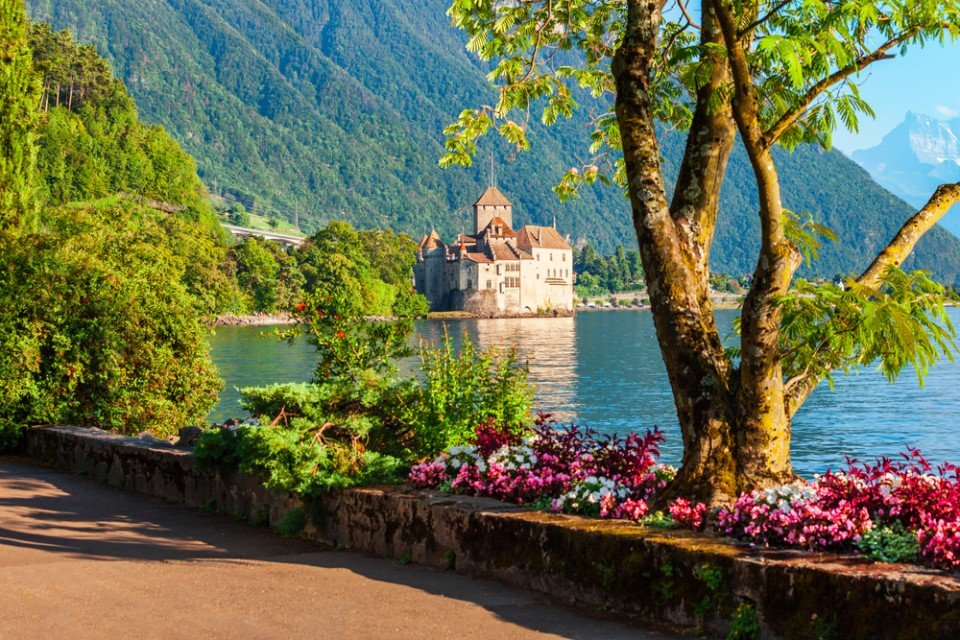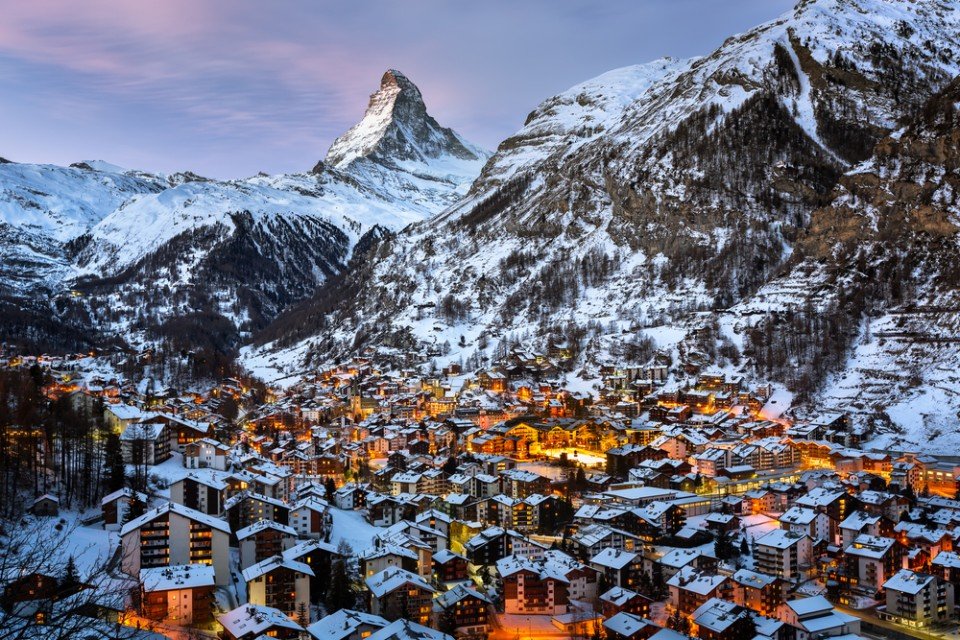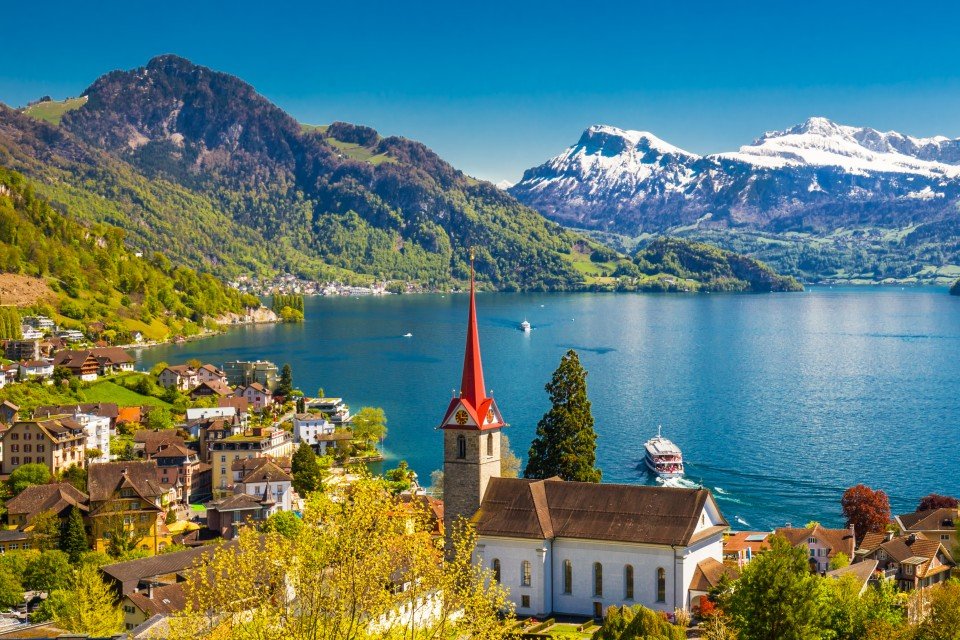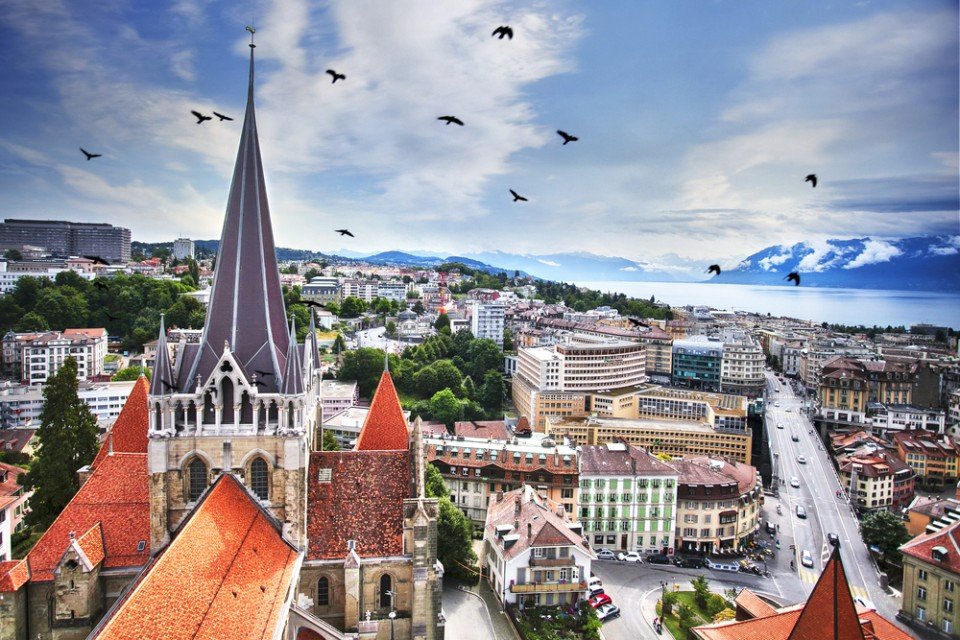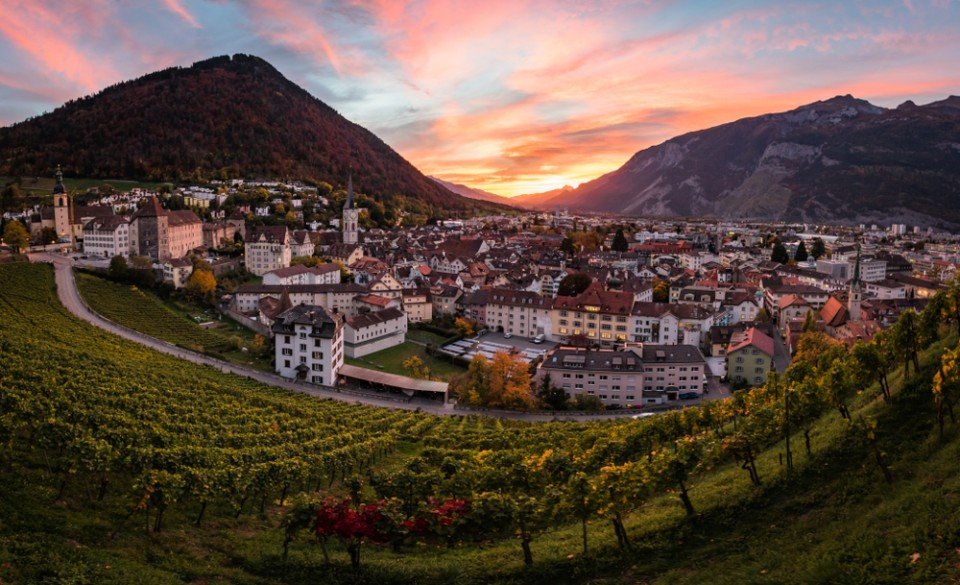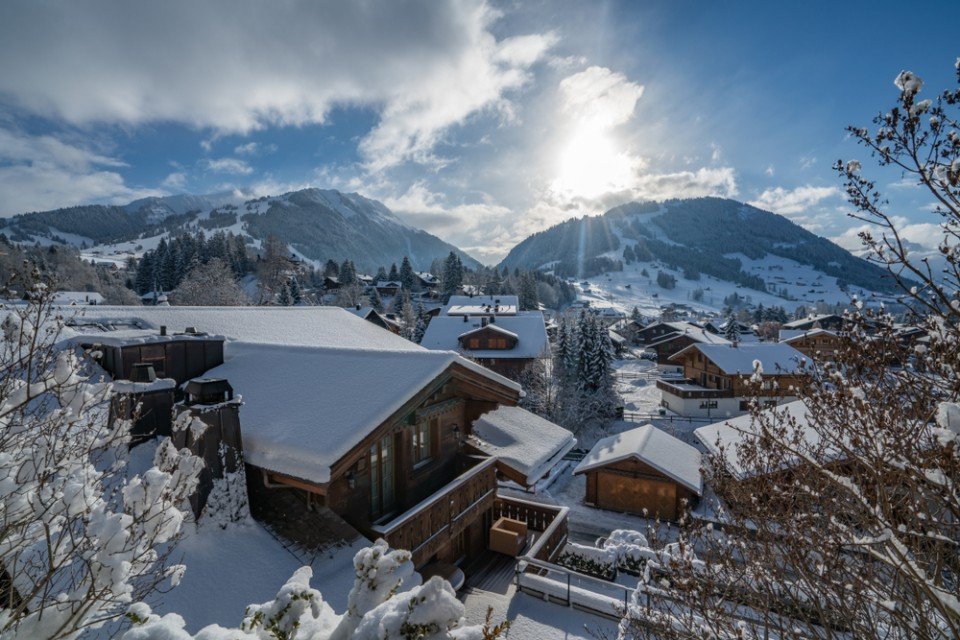Vienna
Vienna is the capital and largest city of Austria. Located o...
View Europe River Cruise Deals View Last Minute Europe River Cruise Deals
Europe is one of the world’s most popular destinations for the best river cruises and provides travellers with plenty of choice. With Europe river cruises you can visit wonderful villages, towns, and cities across a plethora of iconic European nations, from Spain river cruises in the south to stunning cities on a France river cruise, Germany river cruise, in the west; to Hungary river cruises and Serbia river cruises in the east.
From the ancient landmarks and vine-clad hillsides along the banks of the Rhine and Danube to the sun-soaked scenery of the Douro, Europe offers unforgettable cruise experiences in every corner of the continent. Elsewhere, popular European waterways include the Rhone, Moselle, Saone, Main, and Dutch Waterways, among others.
View Rhine River Cruises View Danube River Cruises View Seine River Cruises View Douro River Cruises
At RiverVoyages.com, we have some of the finest European rivers for you to explore. Our major river destinations include the Rhine, Danube, Seine, and Douro. Each river cruise offers amazing city breaks and unbeatable views.
Make the experience all the better with our European river cruise deals.
Destinations along the Rhine range from a river cruise in Holland to the vibrant cities seen in a Basel river cruise, Cologne in a Cologne river cruise, and a Strasbourg river cruise to peaceful settlements including Rudesheim, Speyer, and Breisach in the Rhine Valley—Germany’s gateway to the beautiful Black Forest—offering the perfect blend of cultures and landscapes.
As Europe’s longest river, the iconic Danube offers a captivating and diverse cruise experience, flowing through a plethora of magnificent river ports from its source in the Black Forest of Germany to its end at the mouth of the Black Sea. It makes for the perfect summer river cruise.
This phenomenal waterway either passes through or borders 10 countries and an incredible four capital cities on its way across Europe. These cruises include river cruises in Vienna and Bratislava river cruises, each of which is home to a wealth of historic landmarks and cultural attractions. Other intriguing and popular ports along the river include Linz, Esztergom, Passau, and Vidin.
The Seine flows directly through the French capital of Paris in a beautiful Paris river cruise, that offers guests the ideal opportunity to disembark and explore this world-famous destination, where landmarks and attractions include the Eiffel Tower, the Arc de Triomphe, and the Louvre.
Being a shorter river, the Seine makes for a perfect short river cruise, showing all the beauty that France has to offer from a completely new angle on the water.
Last but by no means least, the river Douro offers some of our Europe river cruises' most beautiful destinations. Enjoying a river cruise in Portugal is the perfect way to soak up the sun on a spring river cruise. Just some of the many amazing locations include Porto, Regua, Pinhao, and Salamanca, as well as the Portuguese capital of Lisbon, which, although not situated on the river, is often included at the start of many Douro itineraries.
At RiverVoyages.com, we have the very best Europe river cruises, and when you take advantage of our fantastic river cruise deals, you can find a fantastic deal on many of our river voyages. If you plan to book a river cruise for 2024, a river cruise for 2025 and beyond, you can take advantage of our amazing early booking deals.
You can find the perfect cruise for great prices with our cheap European river cruises or with our last minute river cruise deals. Get a cruise for an amazing deal without having to wait long to go on your river cruise in Europe.
If you are looking for a Europe river cruise and need some help with your booking or just need some travel advice, then be sure to get in touch with us and call our freephone service at 0800 1970854 or email us at [email protected], and one of our friendly and helpful staff will be on hand to assist you with any queries.
Weissenkirchen, Austria, is situated in the heart of the...
Neuhofen an der Ybbs is a must-visit for adventurers and...
Recognised for the magnificent Engelszell Abbey, Engelhar...
Experience Belgium's capital, a city renowned for its cul...
Brugge (Bruges) is a city pulled straight from a fairy-ta...
Oostende, widely known as Ostend, is a lively coastal cit...
Caudebec-en-Caux, situated along the Seine in the Normand...
Considered Corsica’s primary commercial and cultural hub, th...
Mantes-la-Jolie is a commune in the Yvelines department in t...
Located in the Yvelines department of the Île-de-Fr...
At the mouth of the Rhône in southern France, Port-...
Villefranche-Sur-Mer is located on the Côte d’Azur in Proven...
At first glance, it really doesn't look all that impressive....
Tain-l'Hermitage, France, is a picturesque town in the Rhône...
Located in the South of Corsica, Bonifacio is one of the isl...
Calvi, Corsica's slice of the Riviera, has been described by...
Situated on the Garonne River, 70 miles (113 km) inland from...
A city with long maritime history, Saint-Nazaire is mostly k...
Set on a hillock overlooking a beautiful deep blue bay, Port...
Although one might think that a name like “the beautiful isl...
Beaulieu-sur-Mer, commonly referred to simply as Beaulieu, i...
Rudesheim am Rhine is a town in the Rhine Valley in Germany...
Bernkastel-Kues is an enchanting fairytale town situated...
Formed by a volcanic eruption, Madeira lies in the Gulf Stre...
Offering solace on the long journey across the Atlantic, Pon...
Set on the five-sided island of Faial, Horta is decorated wi...
Situated along the banks of the Douro, Caldas de Aregos i...
Donji Milanovac offers a breathtaking backdrop for explor...
If you look north of the cathedral (La Seu, or the seat of t...
The largest of the Canary Islands, Tenerife is a beautiful a...
Perhaps the prettiest of the Canary Islands, Gran Canaria is...
Also known as ‘La Isla Bonita’ (the beautiful island), La Pa...
A volcanic island designated a UNESCO Biosphere Reserve, Lan...
The second-largest of the Canaries after Tenerife, Fuerteven...
The capital of Menorca since 1721, Mahon has a impressive na...
Weissenkirchen, Austria, is situated in the heart of the...
Neuhofen an der Ybbs is a must-visit for adventurers and...
Recognised for the magnificent Engelszell Abbey, Engelhar...
Experience Belgium's capital, a city renowned for its cul...
Brugge (Bruges) is a city pulled straight from a fairy-ta...
Oostende, widely known as Ostend, is a lively coastal cit...
Caudebec-en-Caux, situated along the Seine in the Normand...
Considered Corsica’s primary commercial and cultural hub, th...
Mantes-la-Jolie is a commune in the Yvelines department in t...
Located in the Yvelines department of the Île-de-Fr...
At the mouth of the Rhône in southern France, Port-...
Villefranche-Sur-Mer is located on the Côte d’Azur in Proven...
At first glance, it really doesn't look all that impressive....
Tain-l'Hermitage, France, is a picturesque town in the Rhône...
Located in the South of Corsica, Bonifacio is one of the isl...
Calvi, Corsica's slice of the Riviera, has been described by...
Situated on the Garonne River, 70 miles (113 km) inland from...
A city with long maritime history, Saint-Nazaire is mostly k...
Set on a hillock overlooking a beautiful deep blue bay, Port...
Although one might think that a name like “the beautiful isl...
Beaulieu-sur-Mer, commonly referred to simply as Beaulieu, i...
Rudesheim am Rhine is a town in the Rhine Valley in Germany...
Bernkastel-Kues is an enchanting fairytale town situated...
Formed by a volcanic eruption, Madeira lies in the Gulf Stre...
Offering solace on the long journey across the Atlantic, Pon...
Set on the five-sided island of Faial, Horta is decorated wi...
Situated along the banks of the Douro, Caldas de Aregos i...
Donji Milanovac offers a breathtaking backdrop for explor...
If you look north of the cathedral (La Seu, or the seat of t...
The largest of the Canary Islands, Tenerife is a beautiful a...
Perhaps the prettiest of the Canary Islands, Gran Canaria is...
Also known as ‘La Isla Bonita’ (the beautiful island), La Pa...
A volcanic island designated a UNESCO Biosphere Reserve, Lan...
The second-largest of the Canaries after Tenerife, Fuerteven...
The capital of Menorca since 1721, Mahon has a impressive na...
Weissenkirchen, Austria, is situated in the heart of the...
Neuhofen an der Ybbs is a must-visit for adventurers and...
Recognised for the magnificent Engelszell Abbey, Engelhar...
Experience Belgium's capital, a city renowned for its cul...
Brugge (Bruges) is a city pulled straight from a fairy-ta...
Oostende, widely known as Ostend, is a lively coastal cit...
Caudebec-en-Caux, situated along the Seine in the Normand...
Considered Corsica’s primary commercial and cultural hub, th...
Mantes-la-Jolie is a commune in the Yvelines department in t...
Located in the Yvelines department of the Île-de-Fr...
At the mouth of the Rhône in southern France, Port-...
Villefranche-Sur-Mer is located on the Côte d’Azur in Proven...
At first glance, it really doesn't look all that impressive....
Tain-l'Hermitage, France, is a picturesque town in the Rhône...
Located in the South of Corsica, Bonifacio is one of the isl...
Calvi, Corsica's slice of the Riviera, has been described by...
Situated on the Garonne River, 70 miles (113 km) inland from...
A city with long maritime history, Saint-Nazaire is mostly k...
Set on a hillock overlooking a beautiful deep blue bay, Port...
Although one might think that a name like “the beautiful isl...
Beaulieu-sur-Mer, commonly referred to simply as Beaulieu, i...
Rudesheim am Rhine is a town in the Rhine Valley in Germany...
Bernkastel-Kues is an enchanting fairytale town situated...
Formed by a volcanic eruption, Madeira lies in the Gulf Stre...
Offering solace on the long journey across the Atlantic, Pon...
Set on the five-sided island of Faial, Horta is decorated wi...
Situated along the banks of the Douro, Caldas de Aregos i...
Donji Milanovac offers a breathtaking backdrop for explor...
If you look north of the cathedral (La Seu, or the seat of t...
The largest of the Canary Islands, Tenerife is a beautiful a...
Perhaps the prettiest of the Canary Islands, Gran Canaria is...
Also known as ‘La Isla Bonita’ (the beautiful island), La Pa...
A volcanic island designated a UNESCO Biosphere Reserve, Lan...
The second-largest of the Canaries after Tenerife, Fuerteven...
The capital of Menorca since 1721, Mahon has a impressive na...
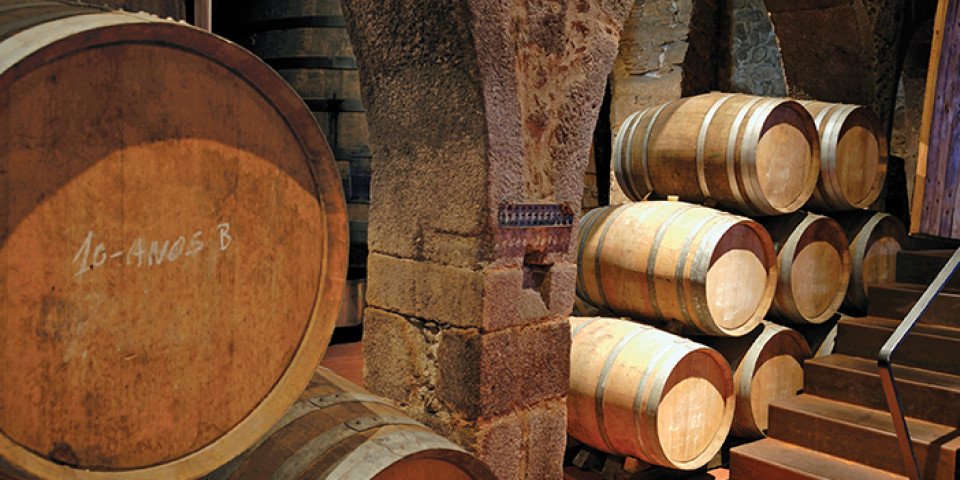

06 May 2025 - 7 Nights

Vienna is the capital and largest city of Austria. Located on the Danube River in the East of the country, the city is renowned for its strong music heritage and rich culture, and is the largest German speaking city in the world, outside of Berlin. In 2001, Vienna was designated a UNESCO World Heritage Site and boasts magnificent architecture. The city is home to over 27 castles and 150 palaces including the symbolic Gothic St Stephen’s Cathedral and the iconic Schönbrunn Palace. Art and music are in abundance and all tastes are catered for. Live music venues offer everything from Rock to Opera. Enjoy world class performances at Vienna State Opera and experience the epicentre of international concert life at Musikverein. Modern and historical art can be found in indoor and outdoor spaces around the city, and a visit to the famous Kunsthistorisches Museum (KHM) is highly recommended. Enjoy views of the city from the Danube Tower and the Giant Ferris Wheel, then relax in the ample cosy coffee houses, cafes, bars and restaurants where traditional and international cuisines are served, as well as the locally produced wines.
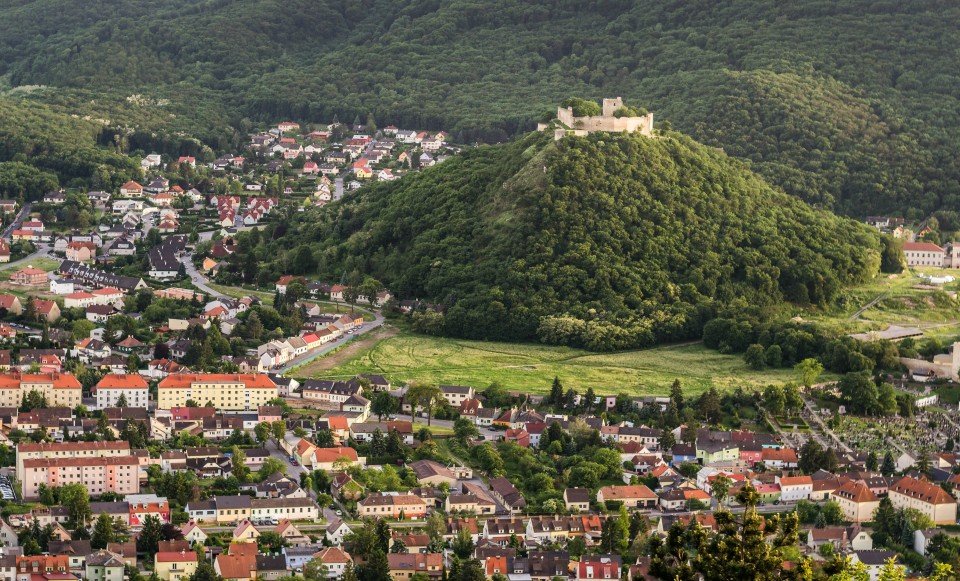
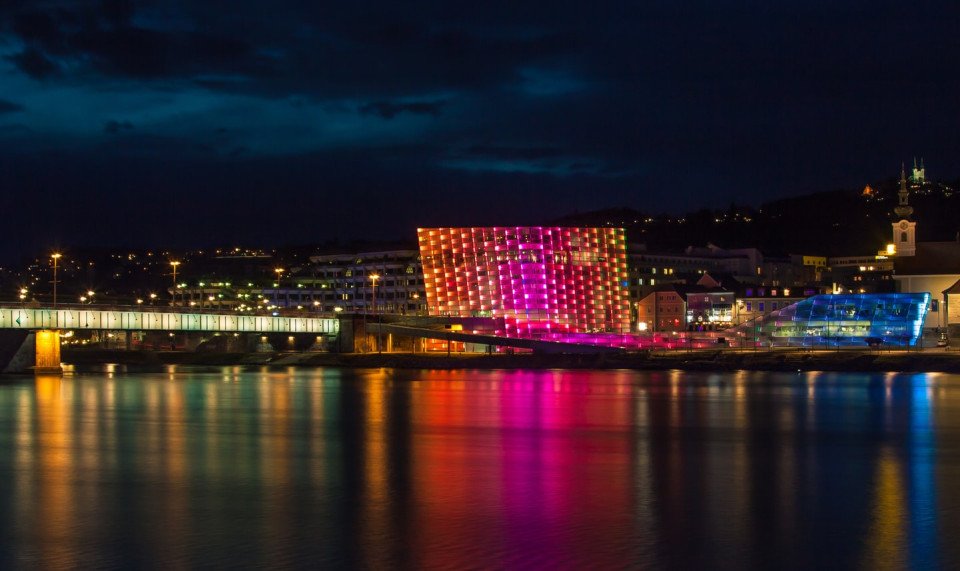
Linz is a city in northern Austria located on both banks of the Danube River and is a short distance from Salzburg and Vienna. Linz has been awarded UNESCO City of Media Arts status and prides itself on offering a broad spectrum of events, activities and cultural institutions. Enjoy popular open air concert such as Klassik am Dom and extravagant street performances, which attract large crowds and popular international artists. Art galleries and centres are in abundance around the city as well as many museums housing international collections and depictions of the history and heritage of Linz. The architecture of the city also plays an important role in Linz’s cultural heritage with Main Square, Old Town and Mariendom Cathedral being some key attractions. Families will enjoy a trip to Postlingberg, located high up in the mountains and featuring a zoo, the Grottenbahn and spectacular views of the river and city below.
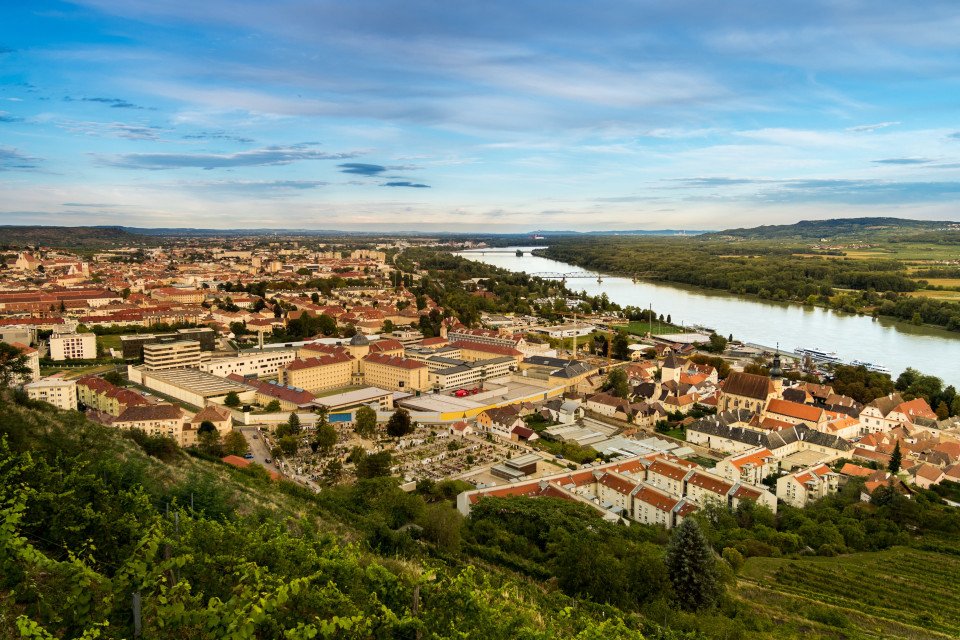
Krems an der Donau is a city in Northeast Austria located approximately forty three miles from Vienna. The city is situated on the banks of the river Danube and is one of the oldest of the Wachau Valley. Krems prides itself on historical preservation and has recently been awarded UNESCO World Heritage Site status. The history of the city dates back more than a thousand years with evidence found in its streets, squares, monasteries, churches and fortifications. Krems is also a modern city which celebrates its contemporary art and modern literature as well as being a leader in biotech application research. Exploring Krems is easily done on foot with city walking tours being very popular. Discover Old Krems and the Art Mile and learn about the city’s rich history at Museum Krems. As with many wine cities, food and drink is in abundance with popular restaurants and wine bars housed in historical buildings which enhance and deepen the dining and wine tasting experience.
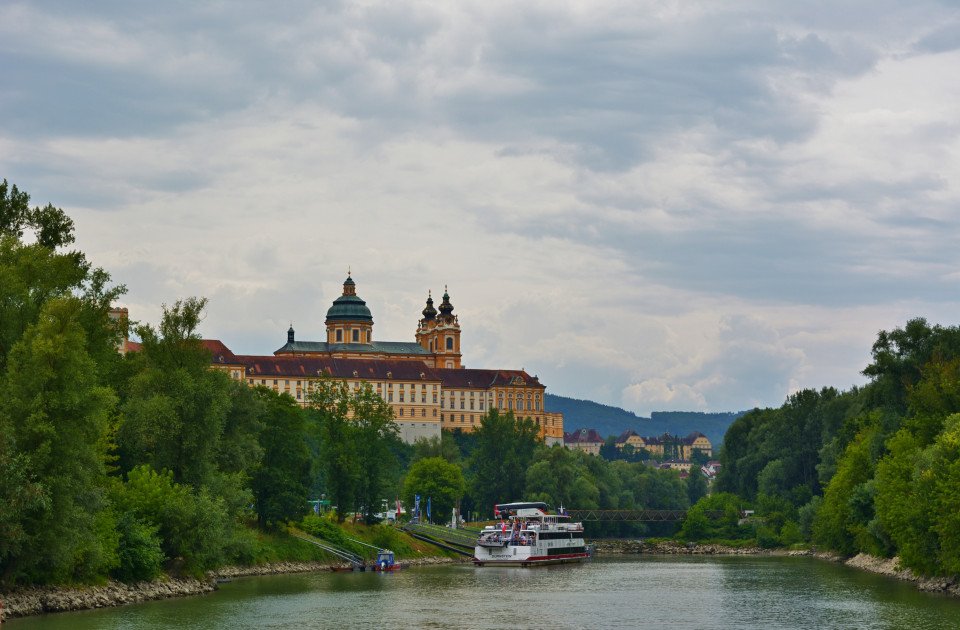
Melk is an Austrian town situated on the River Danube. Located west of Vienna, the town is mostly famous for its 11th Century Melk Abbey, a magnificent monastery built high above the town. Melk Abbey is the largest example of Baroque architecture in the Wachau Valley, with the valley itself awarded UNESCO World Heritage Site status in 2000. Its steep terraced vineyards mean vinters cultivate with traditional manual practices and the springtime sees this unique landscape covered in apricot tree blossoms. Strolling around the streets of Melk Old Town, visitors will find the Town Hall Square, the Main Square, the old Post Office, now a local museum, Old Abbey Tavern, and Kremser Strasse. River cruises, self-guided walking tours and cycle tours are also extremely popular around Melk, as the Wachau Valley offers unique landscape to be explored and enjoyed. Art festivals and Baroque music is celebrated each year with the Melk Baroque Days, an international festival.
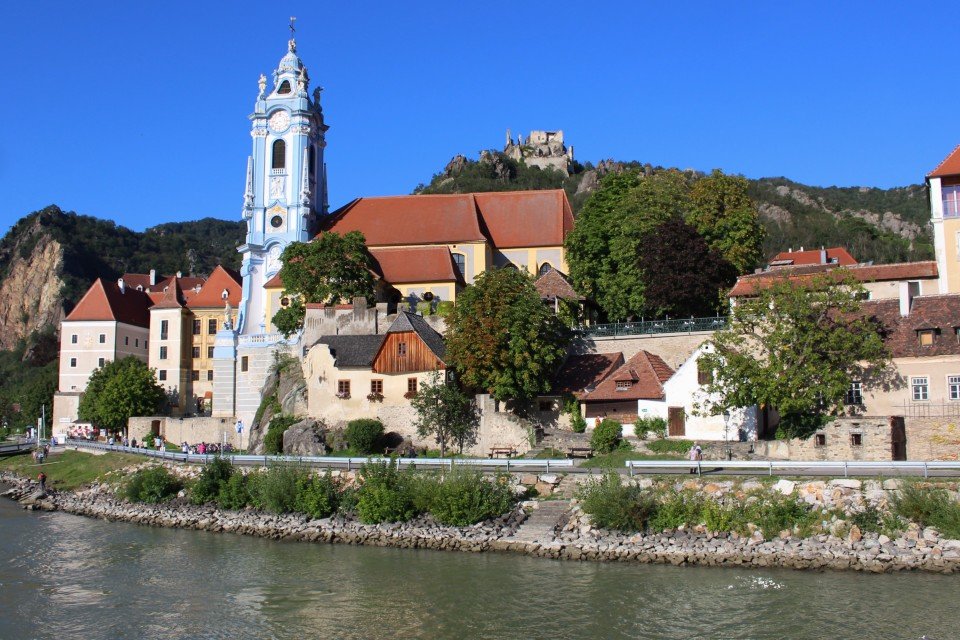
Dürnstein is a town located in the Northeast of Austria, situated on the Danube river. It is part of the UNESCO World Heritage site and wine region of Wachauer. It is a popular destination for wine lovers as many wineries offer accommodation. In addition to wine tasting and vineyard tours, visitors will find exploring the area on foot is easy and enjoyable. Take one of the many beautiful hiking trails across ancient rocks and admire the impressive views across the Danube valley. Children will enjoy exploring the outdoors of Dürnstein too, with outdoor playgrounds and theme trails available to keep them entertained. In addition, children and adults will enjoy Austria’s only outdoor biological swimming pool, Kuenringerbad, with an average temperature of 23 degrees celsius. Enjoy views of the town from overhead helicopter tours, leisurely river excursions, or hike up into the mountains and explore some of Dürnstein’s ruins. The mountains offer the ruins of Dürnstein castle and city wall as well as beautiful flora and fauna to spot.

Situated along the banks of the Danube River, Vilshofen is a charming riverside town best-known for its breath-taking landscapes and traditional architecture. The city seamlessly integrates authentic Bavarian charm with modern amenities, presenting a valuable opportunity to explore the quaint city streets, visit local landmarks and experience the region's rich cultural heritage.
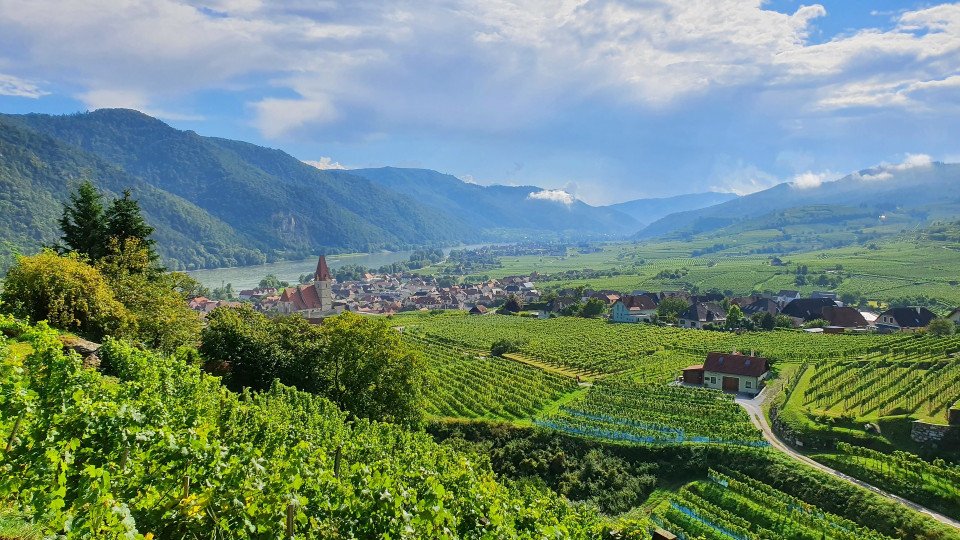
Weissenkirchen, Austria, is situated in the heart of the Wachau Valley, a UNESCO World Heritage Site renowned for its breath-taking hillsides adorned with vineyards. Visitors find themselves enamoured by the village's stunning architecture, in particular the iconic church tower, and are invited to indulge in the local wines for a truly immersive experience.
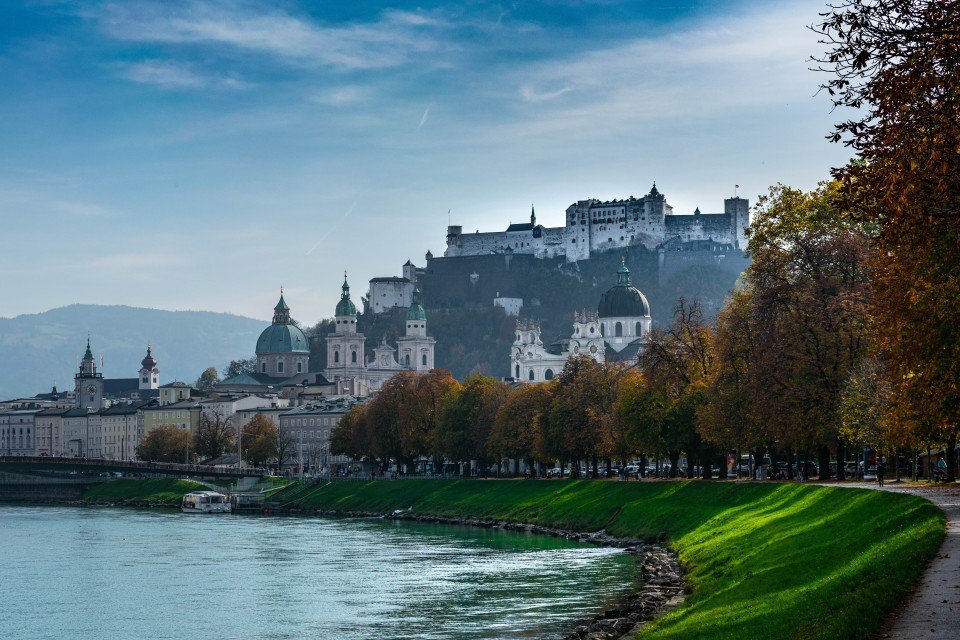
Salzburg, tucked away in the heart of Austria, is a city with music and harmony woven deeply into the tapestry of its culture, as it was once the birthplace of the legendary Wolfgang Amadeus Mozart. Paying tribute to its orchestral legacy, Salzburg now hosts the annual Mozart Festival, attracting a global audience of classical music enthusiasts. What's more, the city's historic old town is a UNESCO World Heritage Site, and features historic landmarks such as Hohensalzburg Fortress and the iconic Mirabell Palace and Gardens, offering visitors a journey through centuries of history.
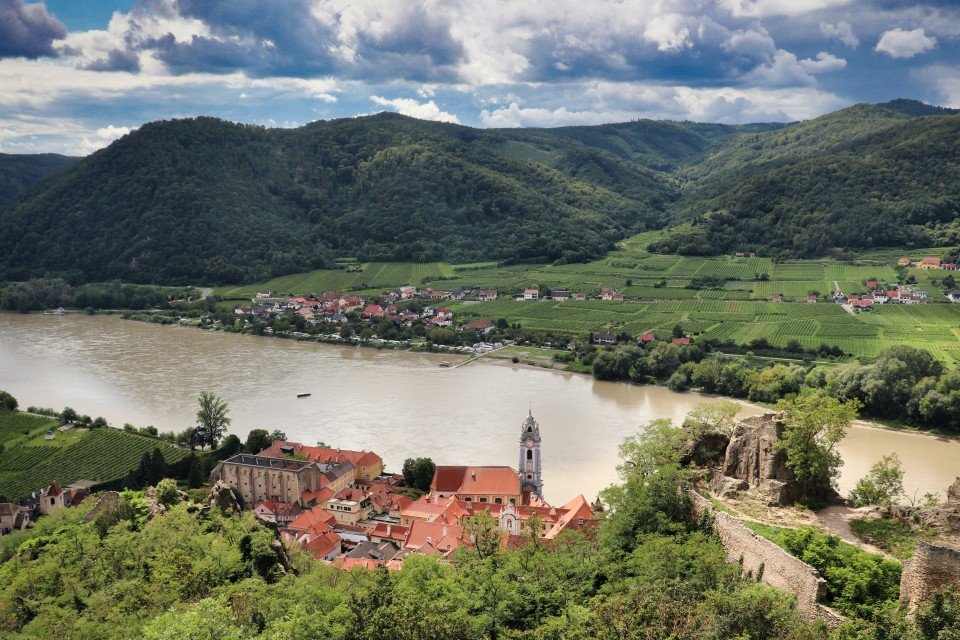
Grein, home of the historic 15th century Greinburg castle, is a delightful town situated on the banks of the Danube River. Overlooked by the historic landmark, the town is set against picturesque mountains and landscapes and offers visitors a glimpse into Austria's abundant culture.
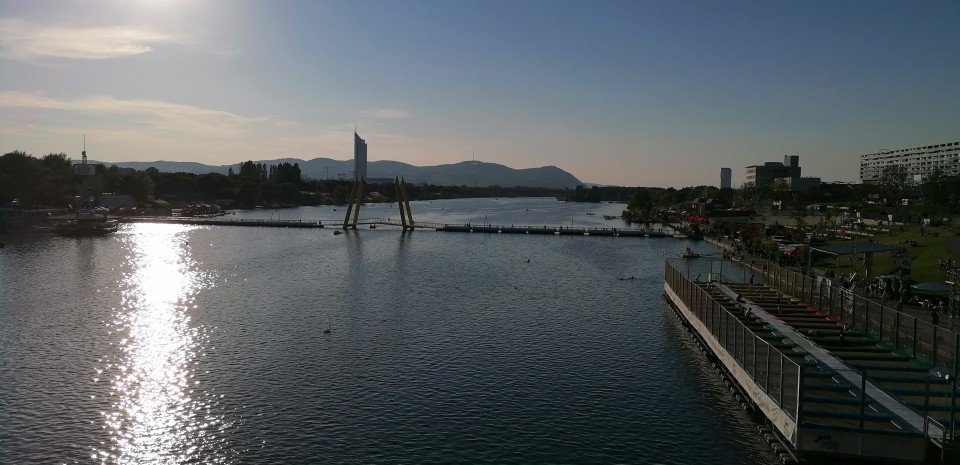
Sitting on the banks of the Danube River, Emmersdorf is an enchanting village recognised for its striking architecture, particularly its parish church. Framed by rolling hills, Emmersdorf is home to a number of breath-taking parks, gardens and vineyards, immersing visitors into the scenic surroundings and cultural richness that defines the village.
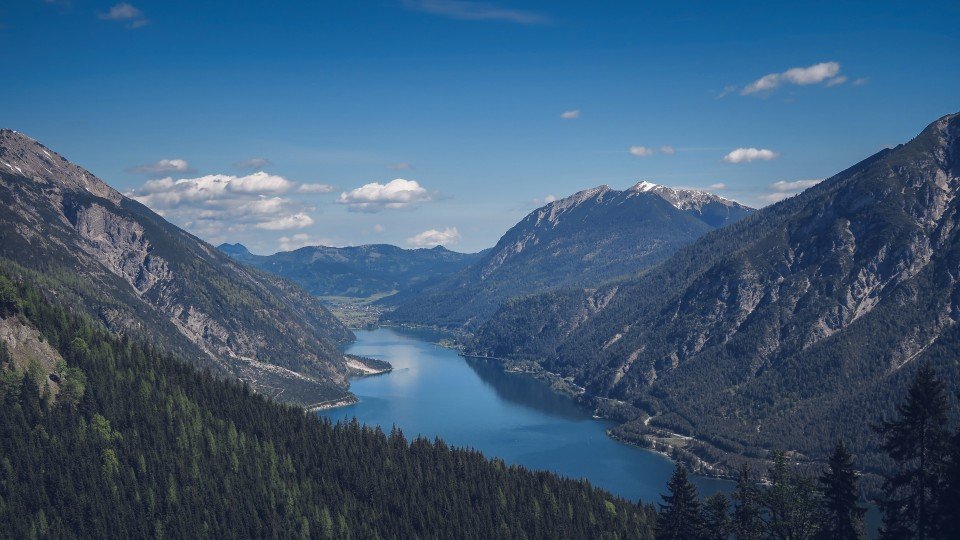
Neuhofen an der Ybbs is a must-visit for adventurers and nature lovers, nestled in the foothills of the Alps. The perfect destination to hike, ski and explore natural wonders, Austria's countryside enchants with its historic architecture, quaint streets and traditional Alpine charm. The Ybbs River meanders gracefully through the town, offering an idyllic retreat for relaxation and outdoor activities.
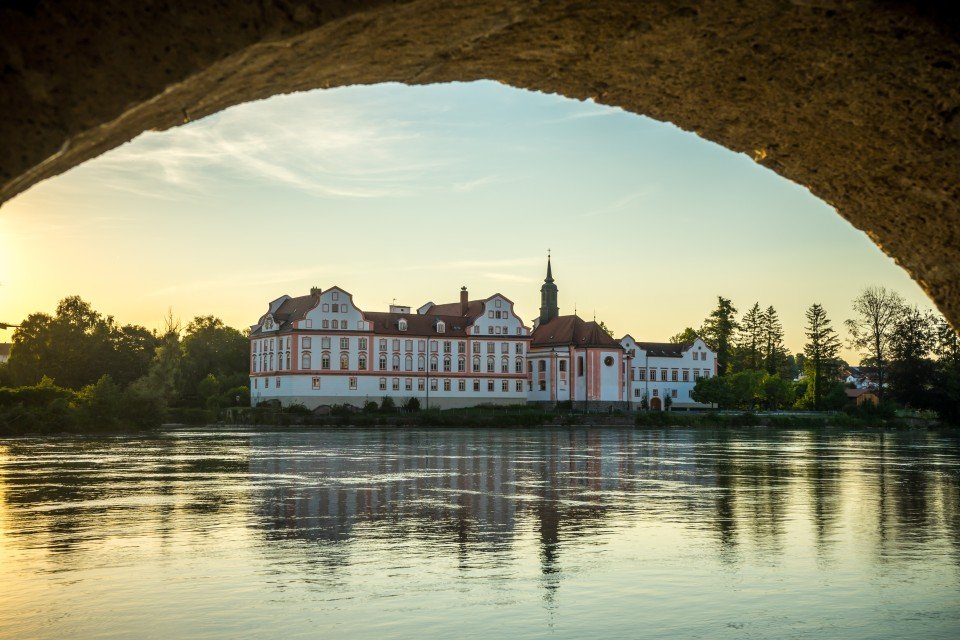
Recognised for the magnificent Engelszell Abbey, Engelhartszell an der Donau is a serene village celebrated for incredible natural beauty and rich history. Characterised by its brewing traditions, idyllic landscapes and lush surrounding forests, Engelhartszell an der Donau is a perfect opportunity for visitors to immerse themselves in Austria's countryside beauty.
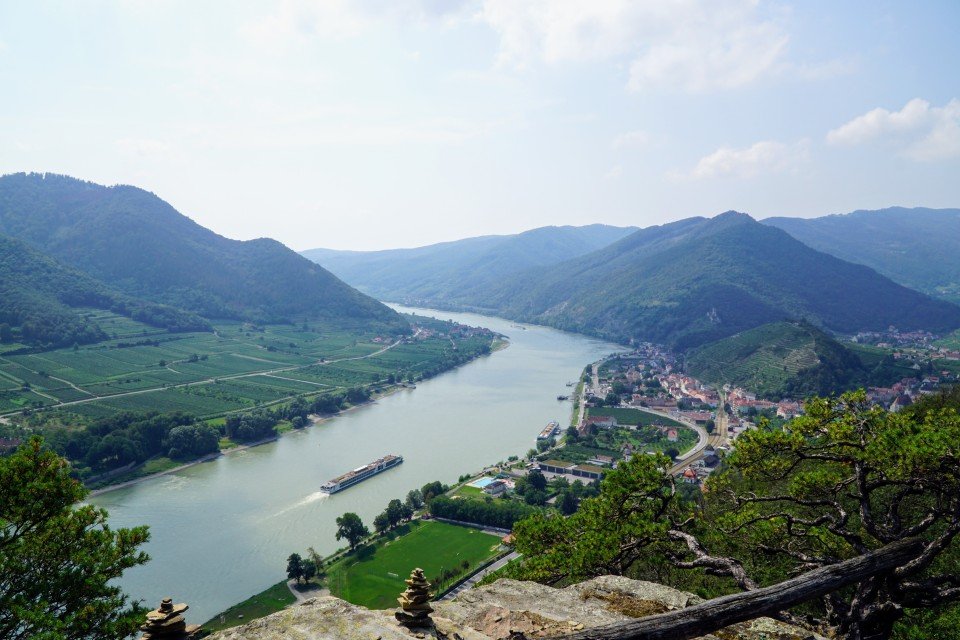
Spitz, Austria, is a charming village situated in the Wachau Valley along the Danube River. A popular destination in the heart of the Wachau region, Spitz lies encompassed by terraced vineyards producing world-renowned Austrian wines, offering an enticing blend of natural beauty and cultural enchantment.
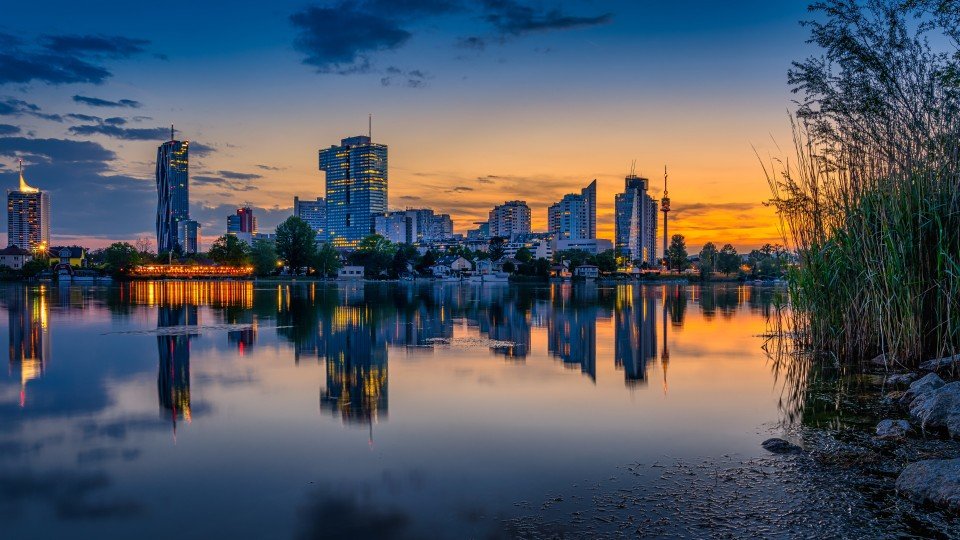
Mauthausen, Austria, was once the site of the notorious Mauthausen concentration camp during World War II. Today, its remnants serve as a sobering reminder of the atrocities, and stand as a poignant memorial site giving visitors a space to reflect on that dark period in history.
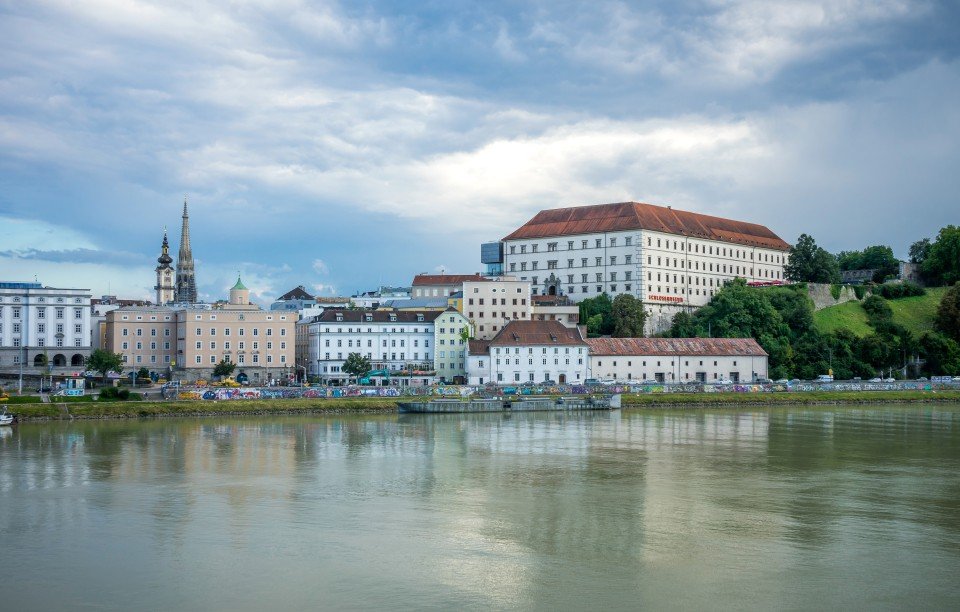
Situated on the banks of the Danube river, Aschach boasts idyllic landscapes, rich culture and a tranquil retreat for visitors. The vibrant local community, serene riverside promenade and historic architecture contribute to the town's appeal as a must-see Austrian destination.
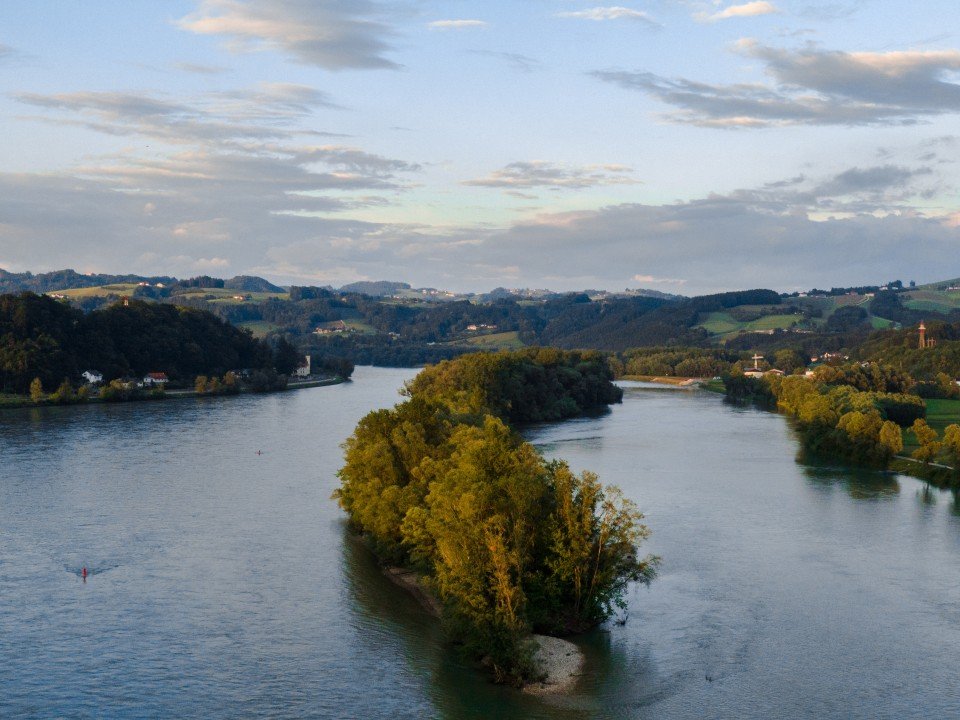
Aggsbach, situated within the Wachau Valley alongside the Danube River, is best known for providing a serene ambience against a backdrop of hillsides adorned with vineyards. Visitors are taken in by the beauty of the surrounding landscapes as they meander along the riverside, entranced by the charm of the picturesque Austrian locale.
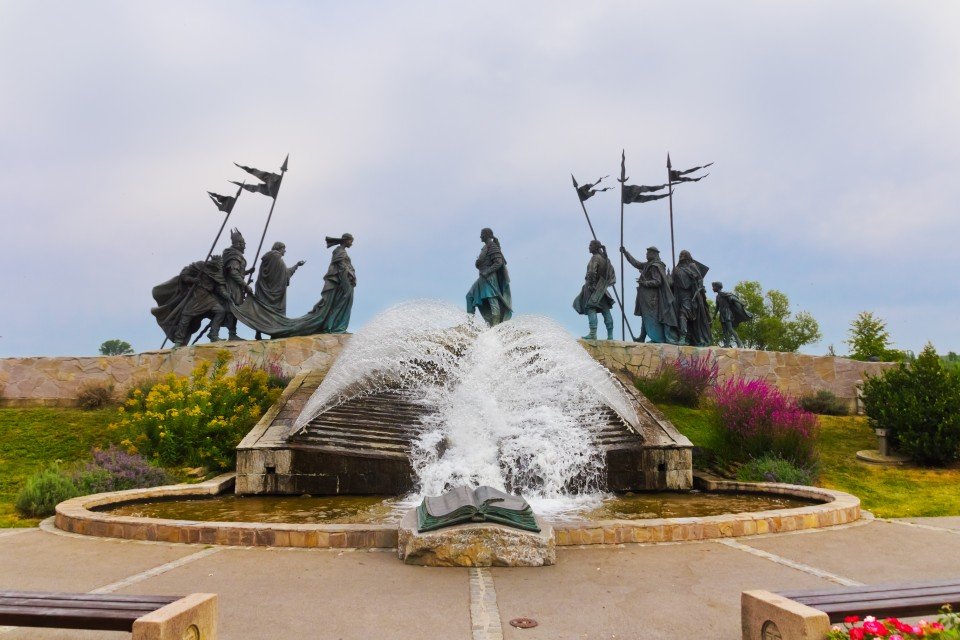
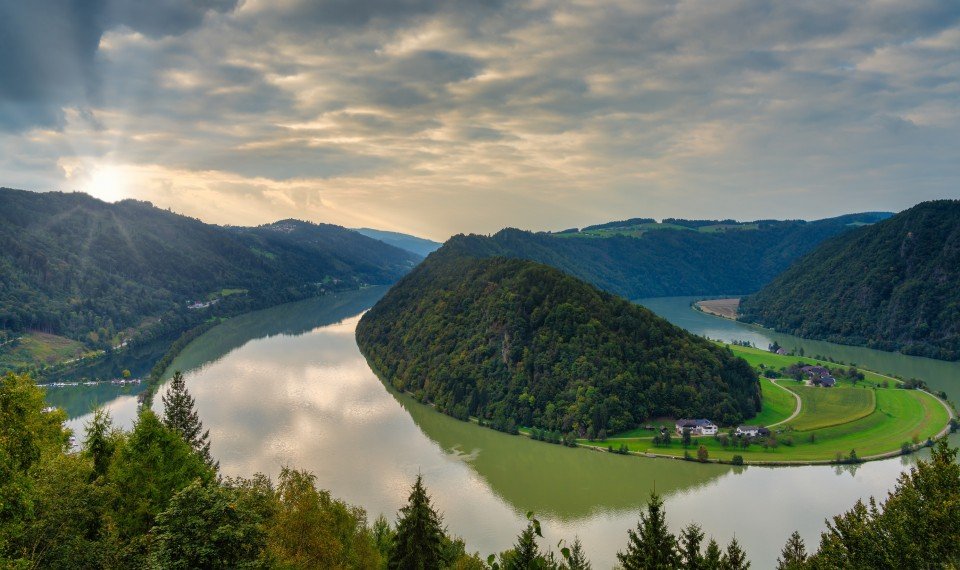
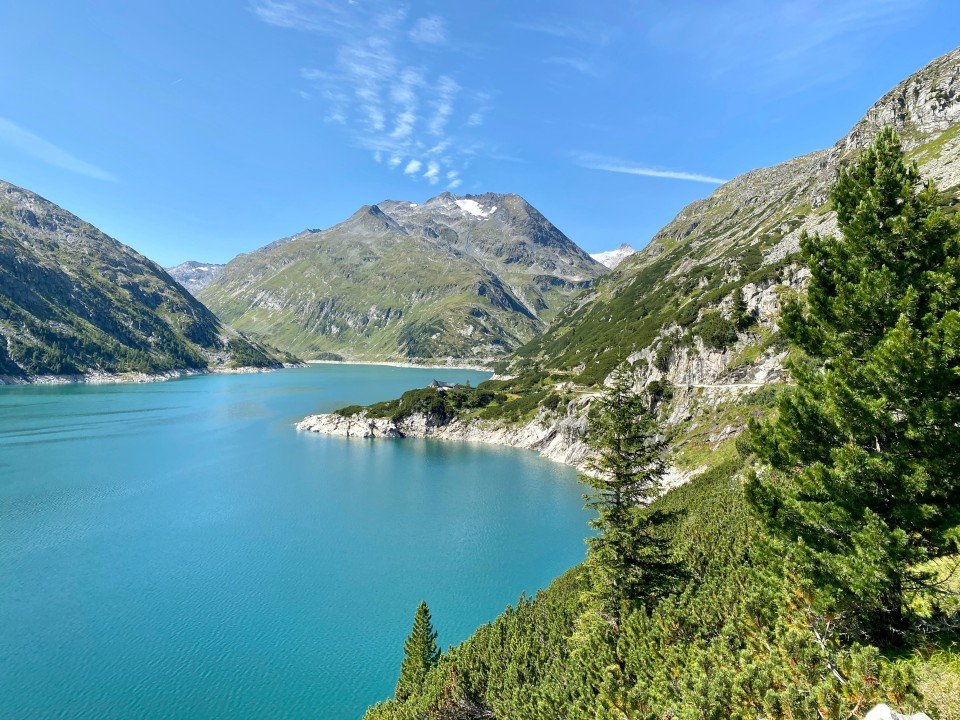
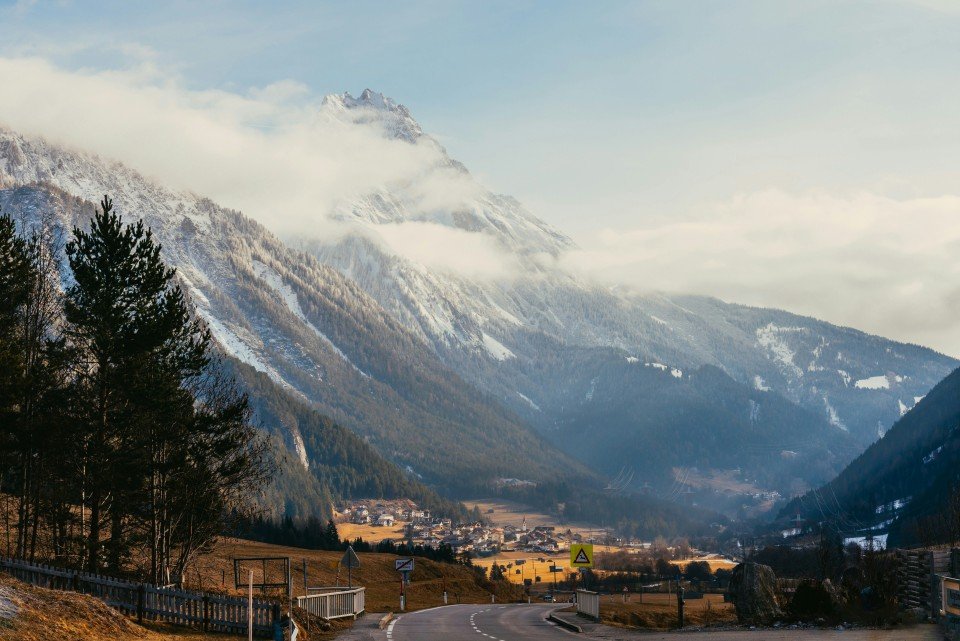
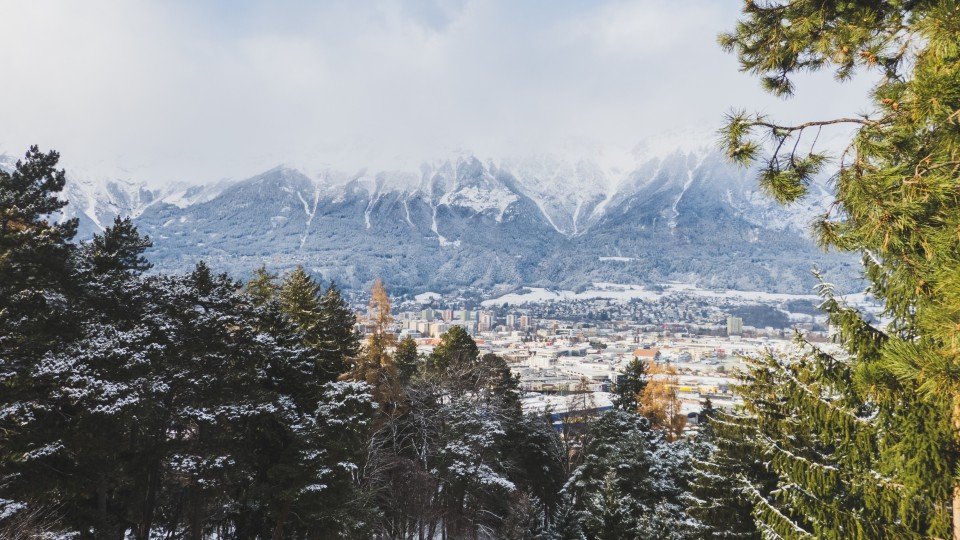

Explore Antwerp, Belgium's second city. Known for its diamond cutting industry, fashion and the many great artists that lived in its vicinity, Antwerp is a city focused on art and culture.

In 1895 work began to construct a new seaport and harbour next to the tiny village of Zeebrugge, situated on the North Sea coast. Today the fast-expanding port of Zeebrugge is one of the busiest in Europe and its marina is Belgium’s most important fishing port. Many attempts were made to destroy this important port during both World Wars. Zeebrugge is ideally located for discovering the historic city of Bruges, and delightful seaside resorts with long sandy beaches can be visited by using the trams that run the whole length of the Belgian coast. Please note that no food may be taken ashore in Belgium. We shall not be offering shuttle buses to Bruges, but you may visit the city on an optional excursion: those visiting Bruges should note that there may be quite a long walk from the coach to the town centre.
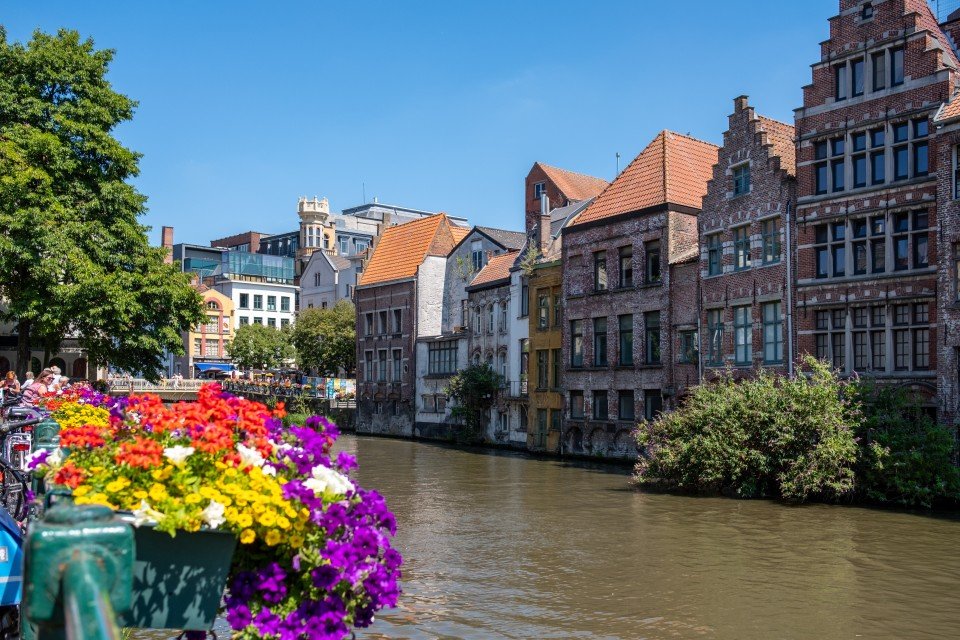
Gent (Ghent) is a must-visit Belgian city adorned with medieval architecture, such as the Gravensteen castle and the iconic Belfry of Ghent. Visitors to Gent are enamoured by charming canals and taken in by the local cuisine, finding opportunities to immerse themselves into the vibrant local culture at every turn.
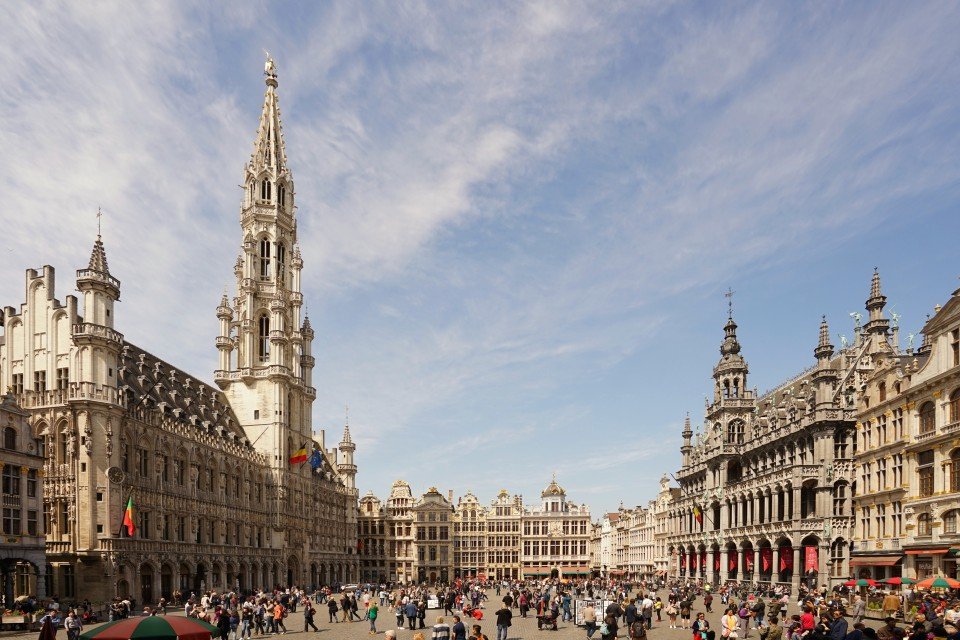
Experience Belgium's capital, a city renowned for its cultural influence and significance in European politics. Brussels (Bruxelles) hosts iconic landmarks such as the Grand Place, Atomium and the Manneken Pis, and seamlessly blends historic allure with contemporary character. Between marvelling at the sites, enjoy world-famous gastronomy, chocolate and Belgian waffles, and find yourself immersed in the essence of Belgian tradition and innovation.
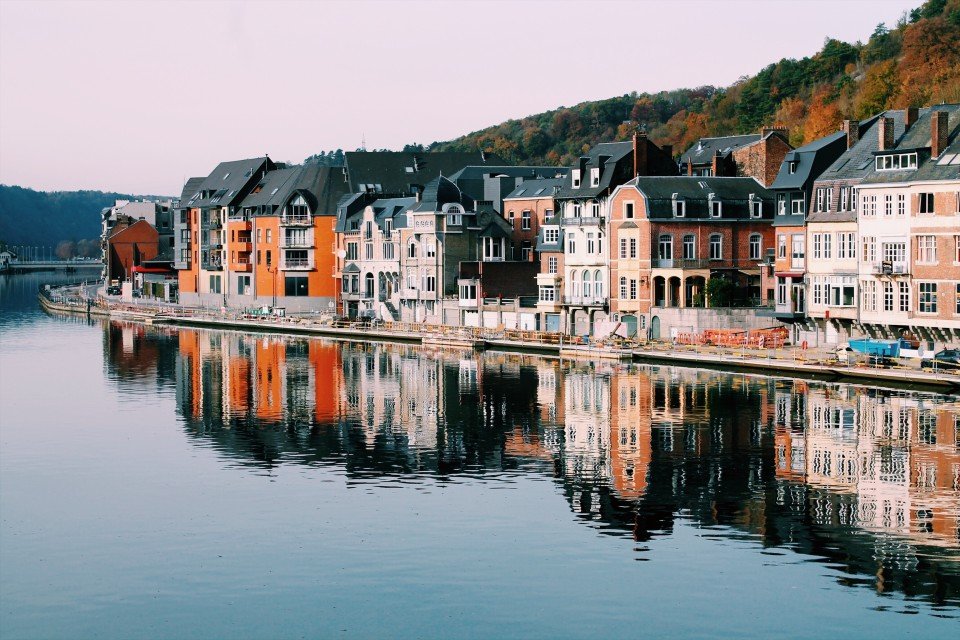
Bossuit, located in Belgium's Flemish region, is a charming village famed for picturesque landscapes and historical architecture. Delightful village streets alongside the peaceful Kortrijk–Bossuit Canal present a welcome opportunity to explore a quiet corner of Belgium and appreciate the country's history and cultural tapestry.
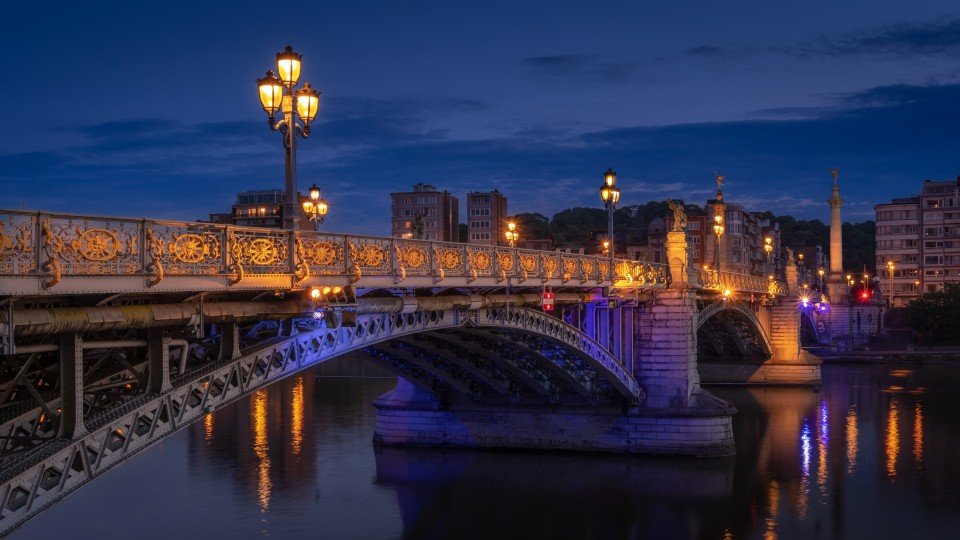
Characterised by lively markets, medieval architecture, and the Meuse river, Liège is a historic city situated in eastern Belgium and home to several renowned landmarks including the impressive Prince-Bishops palace and iconic Liège Cathedral. Blending traditional Belgian allure with contemporary energy, Liège presents a unique experience to explore the diverse cities of Belgium and appreciate the rich cultural tapestry.
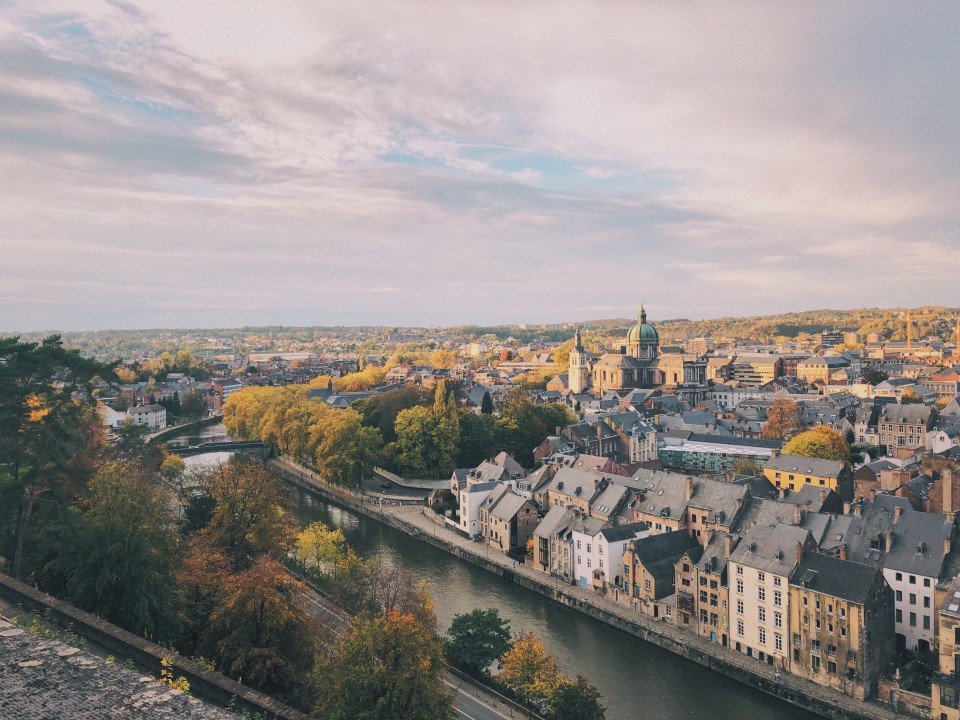
Namur, sitting alongside the Meuse River in Belgium's Wallonia region, is abundant in history and charm. Overlooked by its medieval citadel, which was once the castle of the counts of Namur, the city offers an alluring fusion of old-world allure and modern vibrancy.
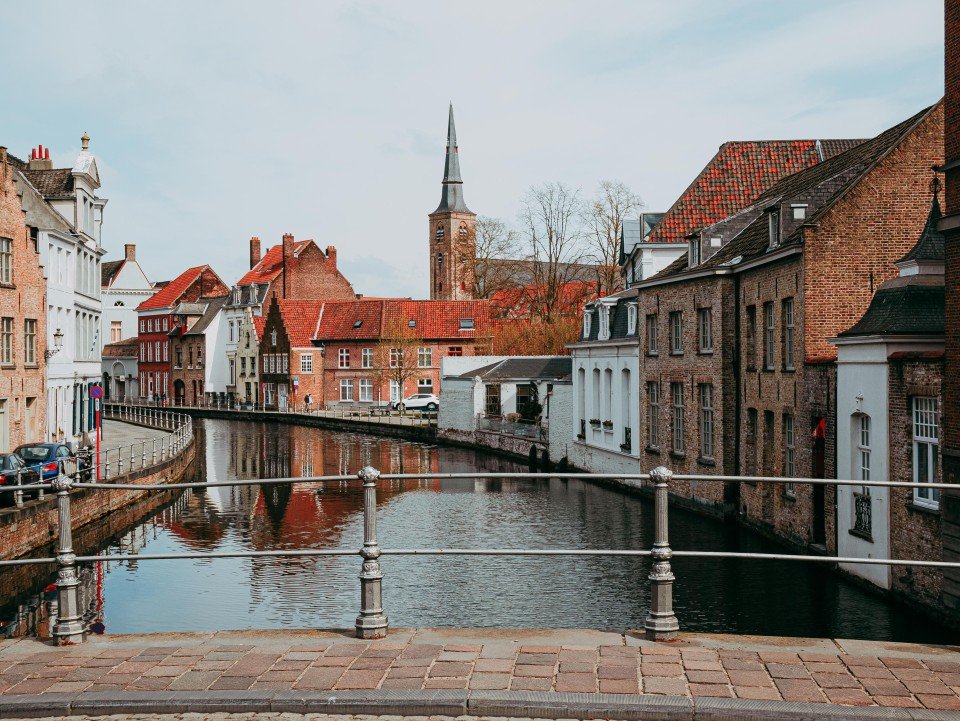
Brugge (Bruges) is a city pulled straight from a fairy-tale, famed for its medieval architecture sitting alongside romantic canals, not to mention the iconic Markt square featuring the historic Belfry. Visitors to Brugge are enchanted by cobblestone streets, traditional chocolate shops, the serene Minnewater lake and a timeless ambiance of the city, transporting them to a bygone era.
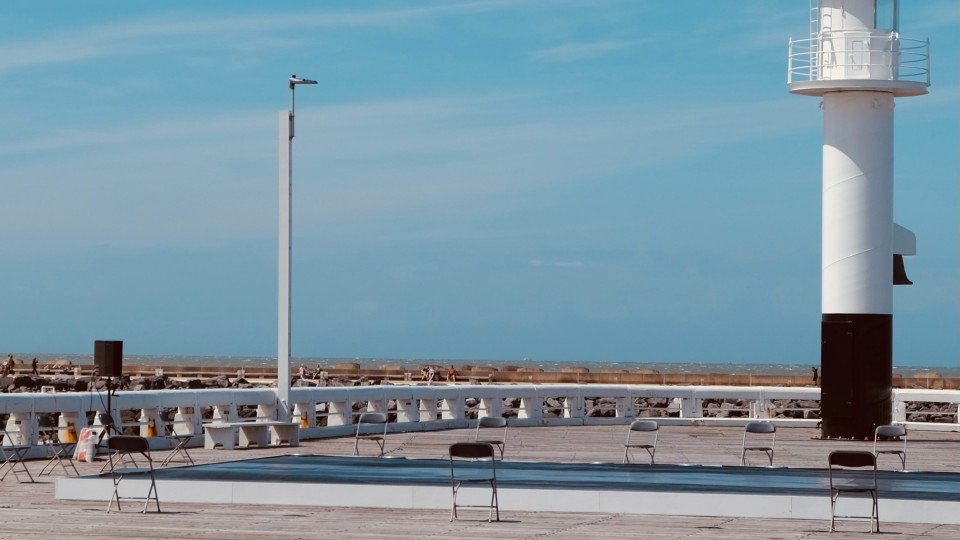
Oostende, widely known as Ostend, is a lively coastal city famed for its vibrant seaside promenade and sandy beaches, as well as the historic Royal Galleries. Oostende blends alluring seaside city charm with rich cultural vibrancy, boasting an elaborate maritime heritage and diverse culinary scene alongside a rare taste of Flemish beach culture.
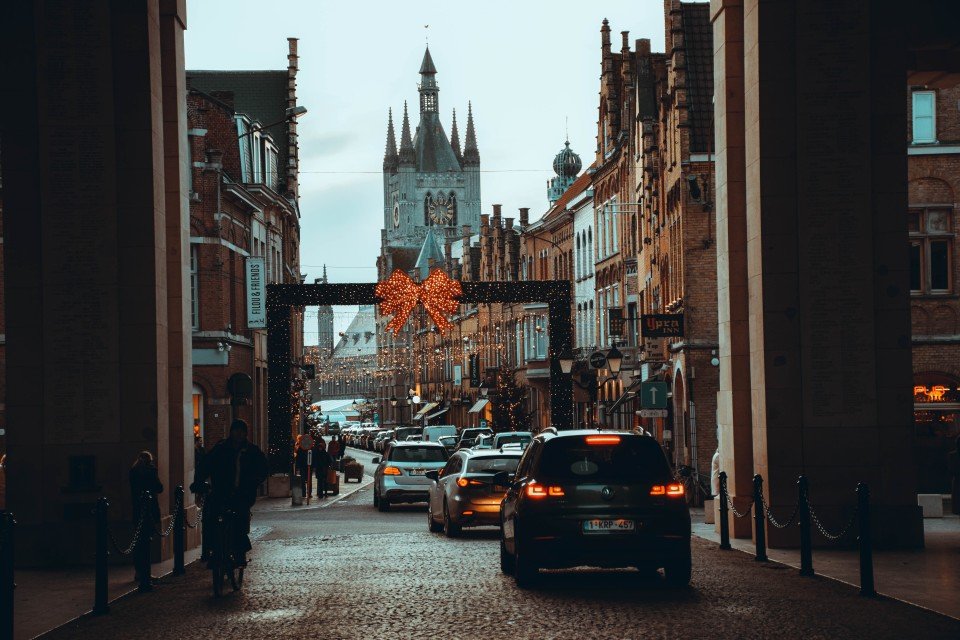
Rich in World War I history, Ypres sits in the Flanders region of Belgium and is world-renowned as home to the Menin Gate, a poignant tribute to the fallen soldiers of the war. With a serene yet nostalgic feel to the city, Ypres is a destination built on expansive and compelling heritage, symbolised by the Cloth Hall and the Belfry.
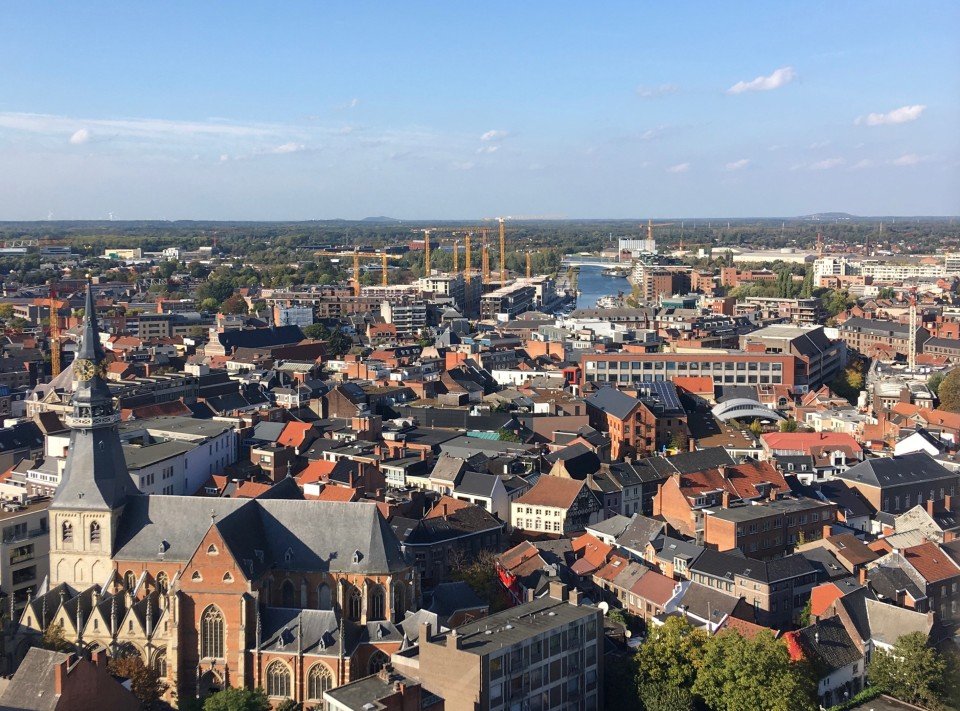
Situated in the Flemish region of Belgium, Hasselt is famed for its welcoming feel and picturesque backdrop. Graced with historic architecture, including the beautiful Virga Jesse Basilica and the compelling Jenever museum that seeks to celebrate traditional Belgian spirit, Hasselt presents a harmonious blend of cultural depth and modern appeal.
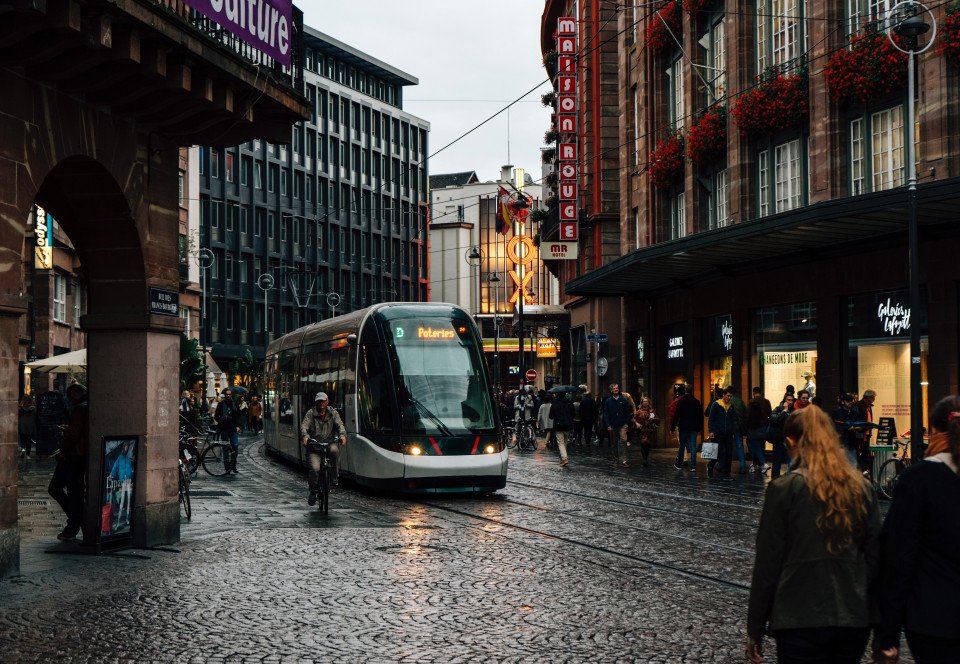
Strasbourg is a picturesque city in northeastern France, notable for its unique blend of French and German influences. Thanks to well-preserved, awe-inspiring medieval architecture such as the stunning Strasbourg Cathedral and the historic La Petite France district, Strasbourg has earned its spot on the map as a famous, must-visit European destination.
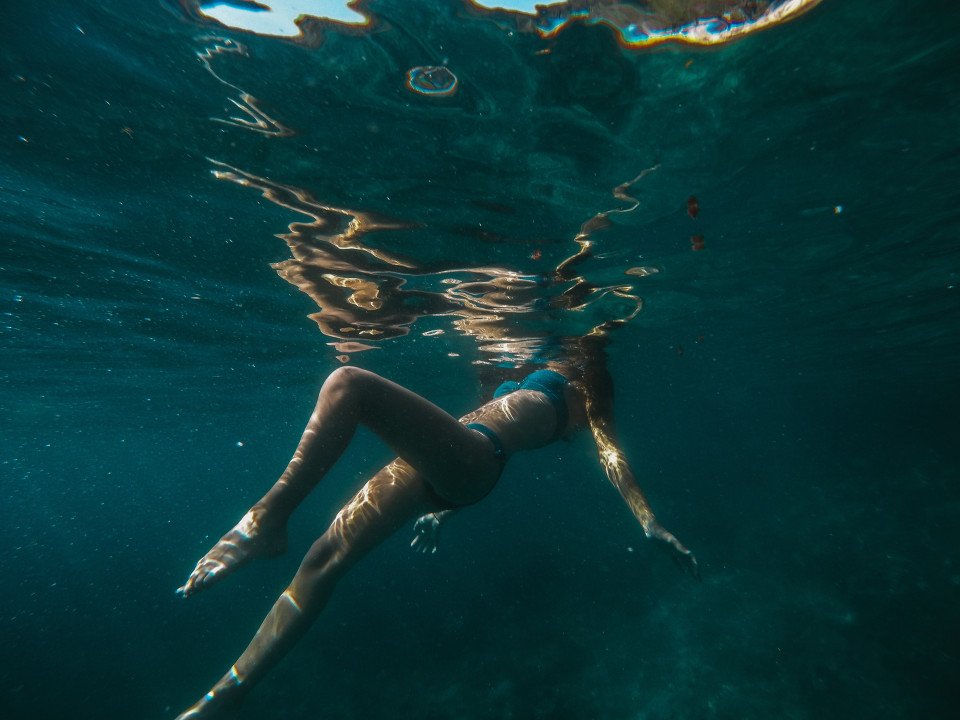
Since being designated a European Capital of Culture for 2013, with an estimated €660 million of funding in the bargain, Marseille has been in the throes of an extraordinary transformation, with no fewer than five major new arts centers, a beautifully refurbished port, revitalized neighborhoods, and a slew of new shops and restaurants. Once the underdog, this time-burnished city is now welcoming an influx of weekend tourists who have colonized entire neighborhoods and transformed them into elegant pieds-à-terre (or should we say, mer). The second-largest city in France, Marseille is one of Europe's most vibrant destinations. Feisty and fond of broad gestures, it is also as complicated and as cosmopolitan now as it was when a band of Phoenician Greeks first sailed into the harbor that is today's Vieux Port in 600 BC. Legend has it that on that same day a local chieftain's daughter, Gyptis, needed to choose a husband, and her wandering eyes settled on the Greeks' handsome commander Protis. Her dowry brought land near the mouth of the Rhône, where the Greeks founded Massalia, the most important Continental shipping port in antiquity. The port flourished for some 500 years as a typical Greek city, enjoying the full flush of classical culture, its gods, its democratic political system, its sports and theater, and its naval prowess. Caesar changed all that, besieging the city in 49 BC and seizing most of its colonies. In 1214 Marseille was seized again, this time by Charles d'Anjou, and was later annexed to France by Henri IV in 1481, but it was not until Louis XIV took the throne that the biggest transformations of the port began; he pulled down the city walls in 1666 and expanded the port to the Rive Neuve (New Riverbank). The city was devastated by plague in 1720, losing more than half its population. By the time of the Revolution, Marseille was on the rebound once again, with industries of soap manufacturing and oil processing flourishing, encouraging a wave of immigration from Provence and Italy. With the opening of the Suez Canal in 1869, Marseille became the greatest boomtown in 19th-century Europe. With a large influx of immigrants from areas as exotic as Tangiers, the city quickly acquired the multicultural population it maintains to this day.
-custom_banner-banner_half.jpg)
Adorned with stunning Gothic architecture, Rouen is a city steeped in history situated in the Normandy region of France. Notable city landmarks include the breath-taking Rouen Cathedral, immortalised by Claude Monet's artwork, and the medieval astronomical clock, the Gros-Holorge. The charming old town paved with cobblestone and lined with half-timbered houses only serves to enhance the medieval charm, providing a fitting backdrop to the city's rich cultural heritage and associations with iconic figures such as Joan of Arc, seamlessly blending historical implication with French provincial charm.
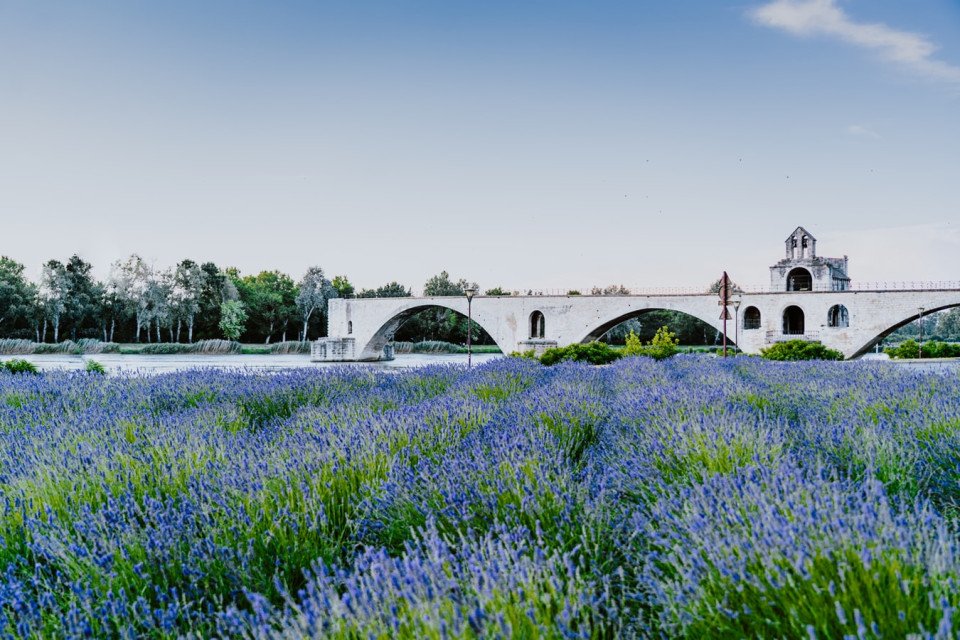
Avignon, France, is a historic city in Provence famed for its stunning medieval architecture. Dominated by the impressive Palais des Papes, a grand papal palace, and the iconic Pont Saint-Bénézet bridge, Avignon offers a rich cultural heritage. Its charming streets, vibrant markets, and annual theater festival, the Festival d'Avignon, add to its allure. Surrounded by picturesque vineyards and the Rhône River, Avignon blends history with a lively contemporary atmosphere, making it a must-visit for history enthusiasts and culture seekers.
-custom_banner-banner_half.jpg)
Lyon, the capital city in France’s Auvergne-Rhône-Alpes region, sits at the junction of the Rhône and Saône rivers. Its center reflects 2,000 years of history from the Roman Amphithéâtre des Trois Gaules, medieval and Renaissance architecture in Vieux (Old) Lyon, to the modern Confluence district on Presqu'île peninsula. Traboules, covered passageways between buildings, connect Vieux Lyon and La Croix-Rousse hill.
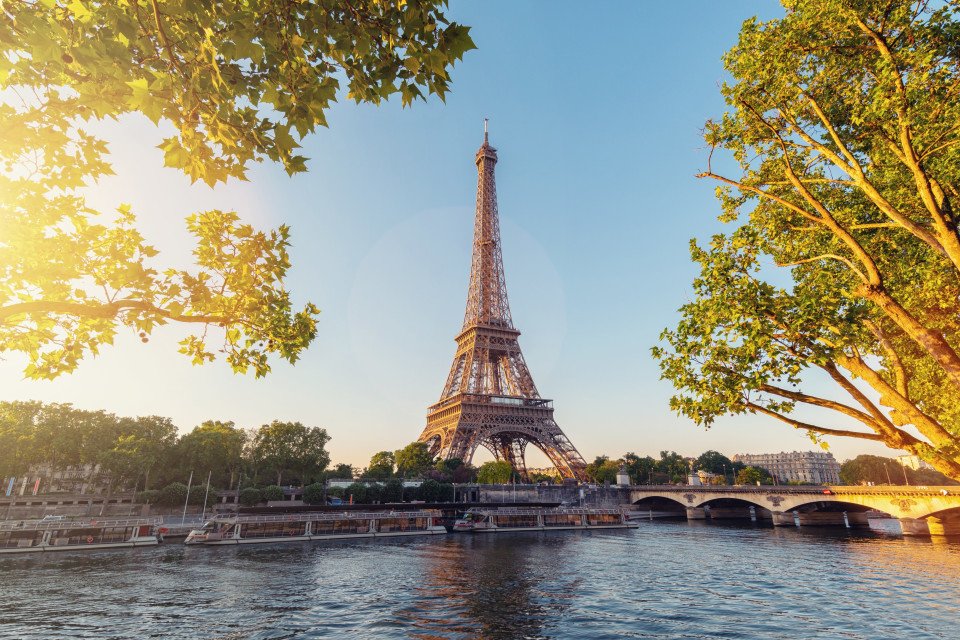
France's iconic and enchanting capital, Paris, is a globally recognised symbol of art, culture and romance, sitting along the banks of the river Seine. Home to world-famous landmarks including the Eiffel Tower, Louvre Museum and the Notre-Dame Cathedral, Paris is a beacon of timeless elegance, cultural richness and historical magnitude. Affectionately named the City of Light and the City of Love, Paris enchants with its stunning boulevards, charming cafes and world-class culinary scene, with the Seine gracefully winding through the city and further enhancing the romantic allure. The artistic haven of Monmartre contributes to the city's heritage and status as a global symbol of fashion, art and culinary excellence, serving as an epitome of sophistication in a destination that seamlessly intertwines history and modernity.
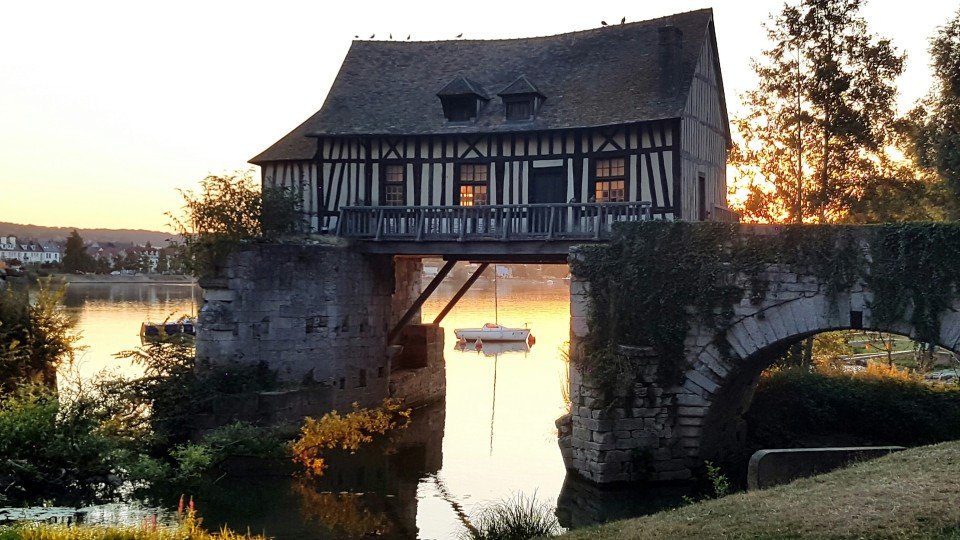
Situated in the Normandy region of France alongside the river Seine, Vernon is a must-visit town best known for the iconic Monet's Garden at Giverny, located just a short distance away. Within the town, art enthusiasts and nature lovers are enchanted by timber-framed houses, a medieval bridge and the awe-inspiring Collegiate Church of Our Lady.
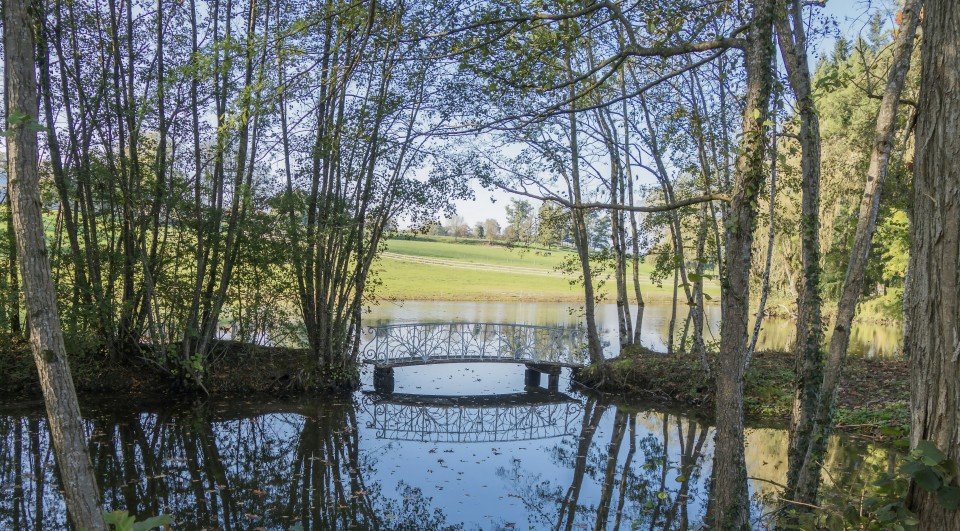
Viviers, France, is a charming medieval town in the Rhône-Alpes region, renowned for its well-preserved historical architecture. Nestled on the banks of the Rhône River, it features narrow, winding streets, ancient stone houses, and the impressive Saint-Vincent Cathedral. The town's Roman and medieval heritage is evident in its old ramparts and historic buildings. Viviers' tranquil atmosphere and picturesque surroundings offer a glimpse into the past, making it a delightful destination for history lovers and those seeking a serene escape.
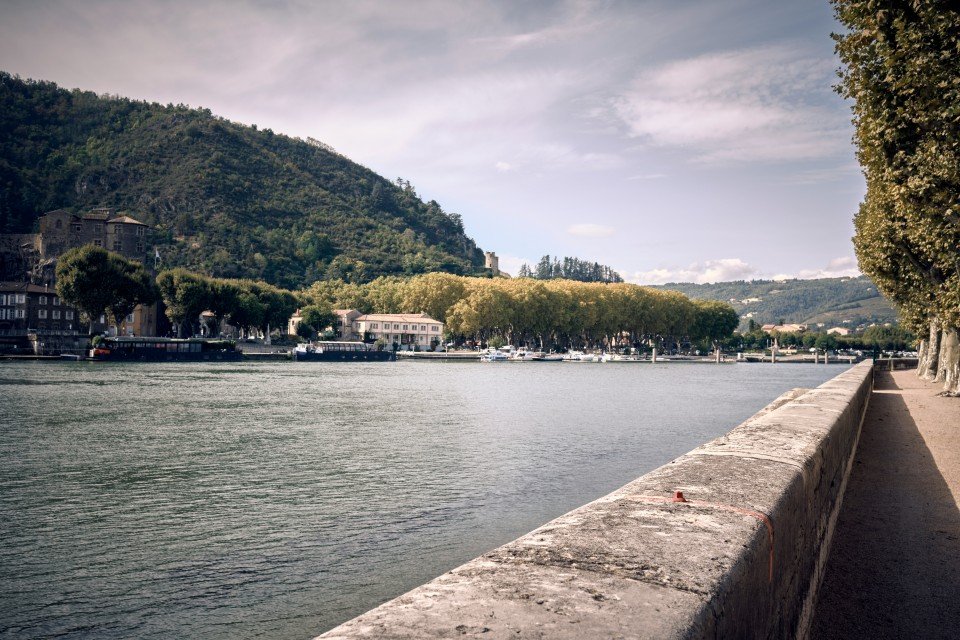

Arles, France, is a historic city in Provence renowned for its Roman heritage and artistic legacy. The ancient amphitheater and the Roman Theater are standout landmarks. Arles also boasts charming streets and vibrant markets, reflecting its rich cultural life. Known for its connection to Vincent van Gogh, the city features scenes immortalized in his paintings. The blend of historical architecture, vibrant local culture, and picturesque landscapes makes Arles a captivating destination for history buffs and art enthusiasts alike.

Caudebec-en-Caux, situated along the Seine in the Normandy region of France, is a charming town known for its medieval charm, half-timbered houses and wonderful blend of history and beauty. The impressive Gothic architecture of The Church of Saint-Pierre is a particular highlight, with its breath-taking façade and panoramic views of the Seine valley.
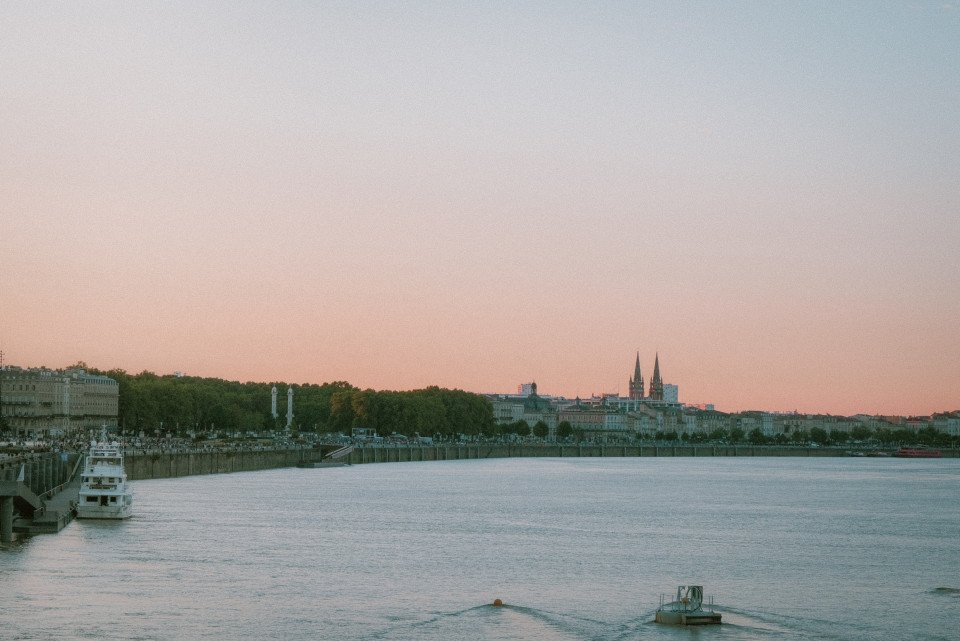
Bordeaux as a whole, rather than any particular points within it, is what you'll want to visit in order to understand why Victor Hugo described it as Versailles plus Antwerp, and why the painter Francisco de Goya, when exiled from his native Spain, chose it as his last home (he died here in 1828). The capital of southwest France and the region's largest city, Bordeaux remains synonymous with the wine trade: wine shippers have long maintained their headquarters along the banks of the Garonne, while buyers from around the world arrive for the huge biennial Vinexpo show (held in odd-number years).Bordeaux is, admittedly, a less exuberant city than many others in France, but lively and stylish elements are making a dent in its conservative veneer. The cleaned-up riverfront is said by some, after a bottle or two, to exude an elegance reminiscent of St. Petersburg, and that aura of 18th-century élan also permeates the historic downtown sector—“le vieux Bordeaux"—where fine shops invite exploration. To the south of the city center are old docklands undergoing renewal—one train station has now been transformed into a big multiplex movie theater—but the area is still a bit shady. To get a feel for the historic port of Bordeaux, take the 90-minute boat trip that leaves Quai Louis-XVIII every weekday afternoon, or the regular passenger ferry that plies the Garonne between Quai Richelieu and the Pont d'Aquitaine in summer. A nice time to stroll around the city center is the first Sunday of the month, when it's pedestrian-only and vehicles are banned.
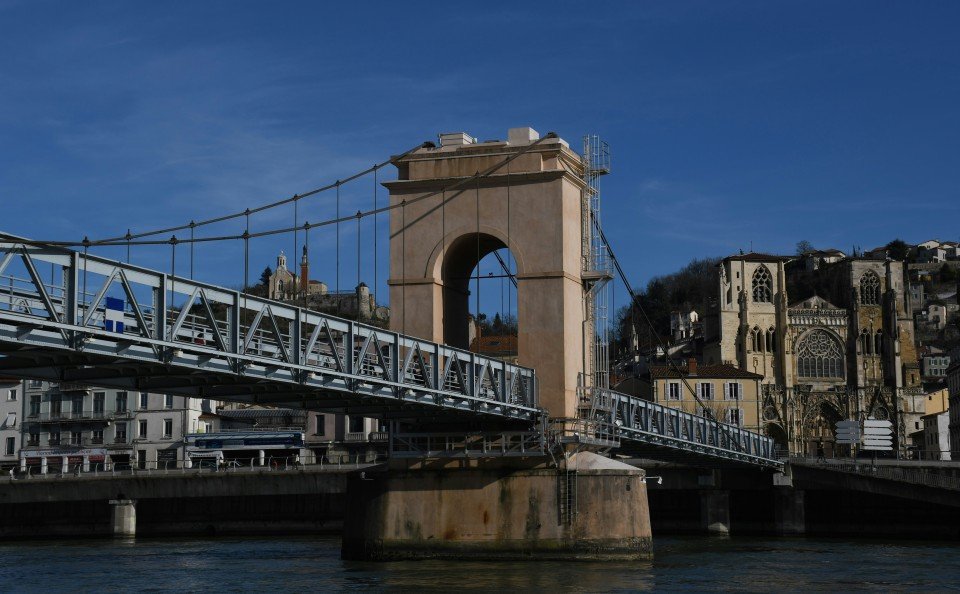
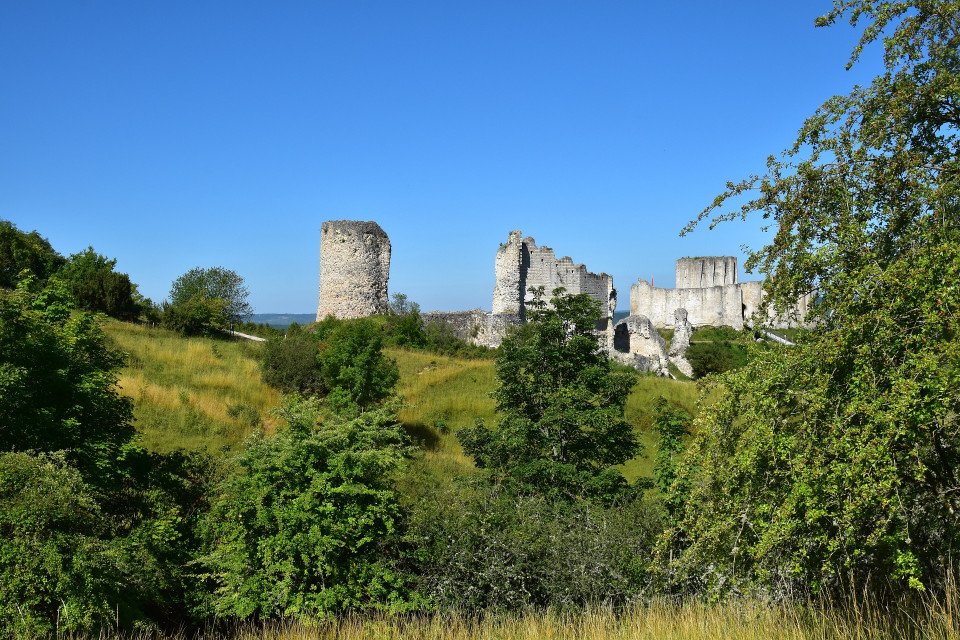
Situated in France's Normandy region, Les Andelys is an enchanting town along the banks of the Seine River. Characterised by its stunning river views and the monumental Château Gaillard, a medieval fortress built by Richard the Lionheart, the town attracts history enthusiasts and nature lovers alike thanks to its quaint streets, half-timbered houses ands vibrant market square.
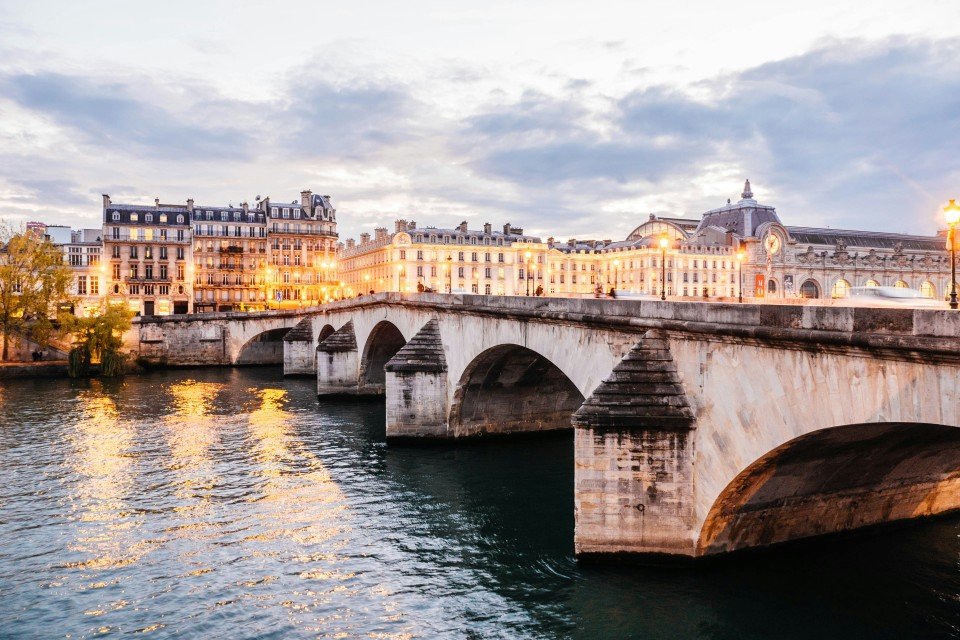
Sitting on the banks of the Saône River is Mâcon, a stunning town in the Burgundy region best known for its wine production. Characterised by its enchanting streets, lively markets and iconic historic landmarks, including the Saint-Pierre Church. Not only is Mâcon a charming town, it is also a significant hub for the wine industry situated amidst the world-famous vineyards of Burgundy, inviting visitors to explore the local vineyards and wineries and to indulge in tastings of the region's exquisite white wines.
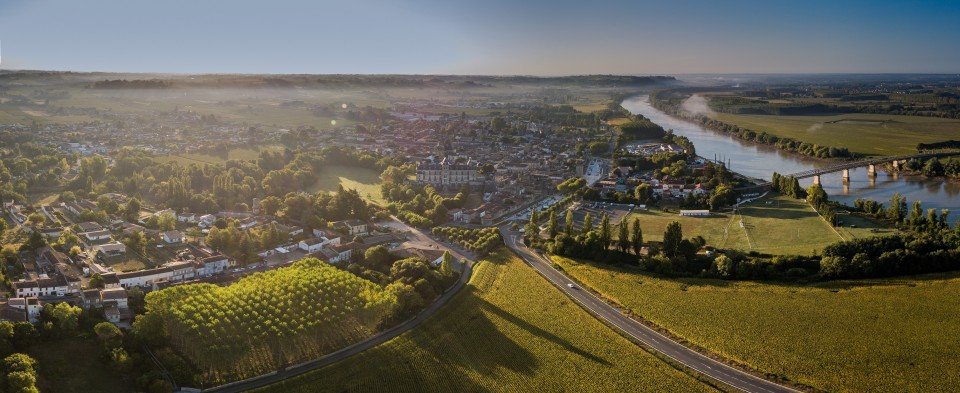
Cadillac, France, is a charming town in the Gironde department, known for its historic architecture and vineyards. Famous for its production of sweet white wines, especially Cadillac Côtes de Bordeaux, the town features a well-preserved 18th-century château and picturesque streets. Set along the Garonne River, Cadillac offers scenic views and a rich heritage, blending historical charm with local wine culture. Its vibrant markets and serene atmosphere make it a pleasant destination for those exploring the Bordeaux wine region.
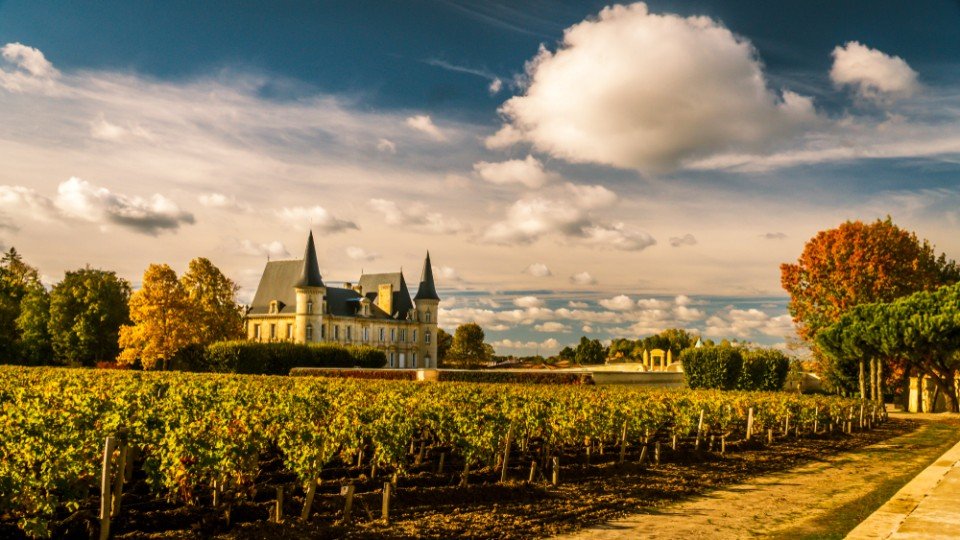
Pauillac, France, is a scenic village in the Bordeaux wine region, renowned for its prestigious vineyards and charming riverfront. Located on the Gironde estuary, it is famed for its high-quality red wines, including those from renowned châteaux like Lafite Rothschild and Mouton Rothschild. The village features historic buildings, vibrant markets, and stunning views of the estuary. Pauillac’s blend of rich winemaking heritage and picturesque landscapes makes it a delightful destination for wine enthusiasts and travellers seeking a taste of Bordeaux’s elegance.
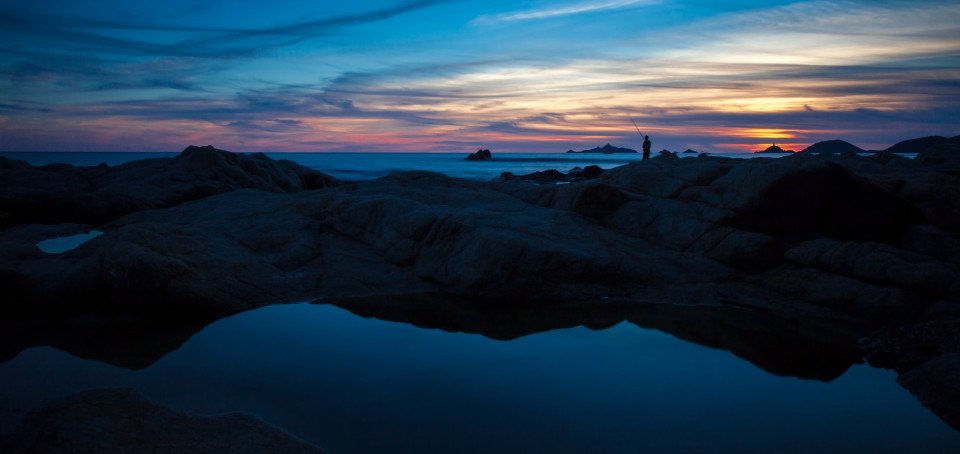
Considered Corsica’s primary commercial and cultural hub, the largest city and regional capital of Ajaccio is situated on the west coast of the island, approximately 644 km (400 miles) southeast of Marseille, France. Founded in 1492, vestiges of ancient Corsica in this ville impériale revolve around the city’s most famous son, Napoléon Bonaparte, whose family home—now the national museum Maison Bonaparte—pays tribute to the emperor’s historical influence.Remnants from what was originally a 12th-century Genoese colony are still visible around the Old Town near the imposing citadel and watchtower. Perfect for exploring, the luminous seaside city surrounded by snowcapped mountains and pretty beaches offers numerous sites, eateries, side streets, and a popular harbor, where sailboats and fishing vessels moor in the picturesque Tino Rossi port lined with well-established restaurants and cafés serving fresh local fare.
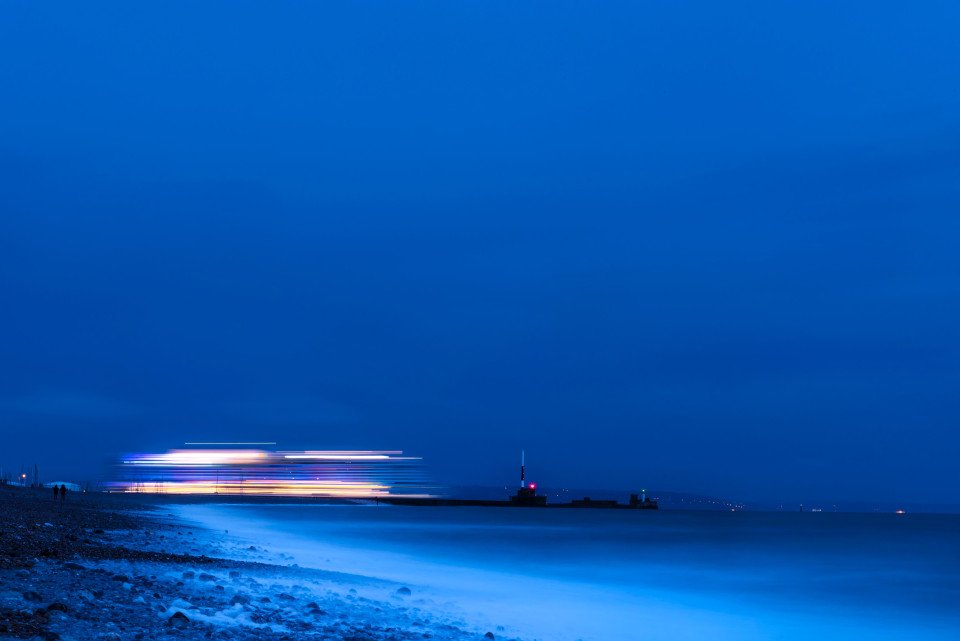
Le Havre, founded by King Francis I of France in 1517, is located inUpper Normandy on the north bank of the mouth of the River Seine, which isconsidered the most frequented waterway in the world. Its port is ranked thesecond largest in France. The city was originally built on marshland andmudflats that were drained in the 1500’s. During WWII most of Le Havre wasdestroyed by Allied bombing raids. Post war rebuilding of the city followed thedevelopment plans of the well-known Belgian architect Auguste Perre. Thereconstruction was so unique that the entire city was listed as a UNESCO WorldHeritage Site in 2005.
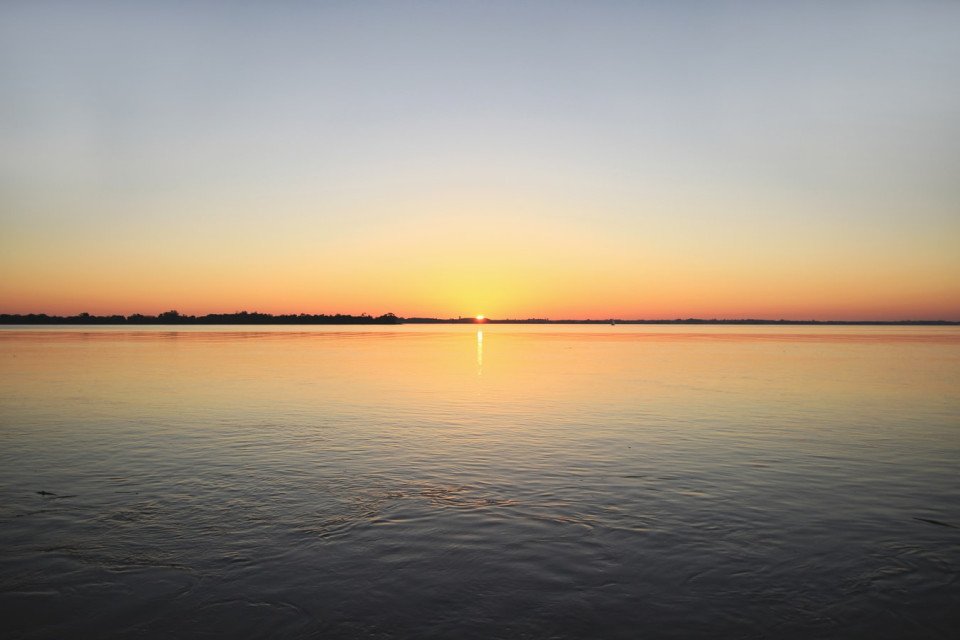
Blaye, France, is a picturesque town in the Gironde department, renowned for its historic Blaye Citadel, a UNESCO World Heritage site with stunning views of the Gironde estuary. The town boasts charming streets, vibrant markets, and renowned vineyards producing exceptional wines, including Blaye Côtes de Bordeaux. Blaye’s blend of historical architecture, scenic river views, and local wine culture makes it an inviting destination for history enthusiasts and wine lovers alike.
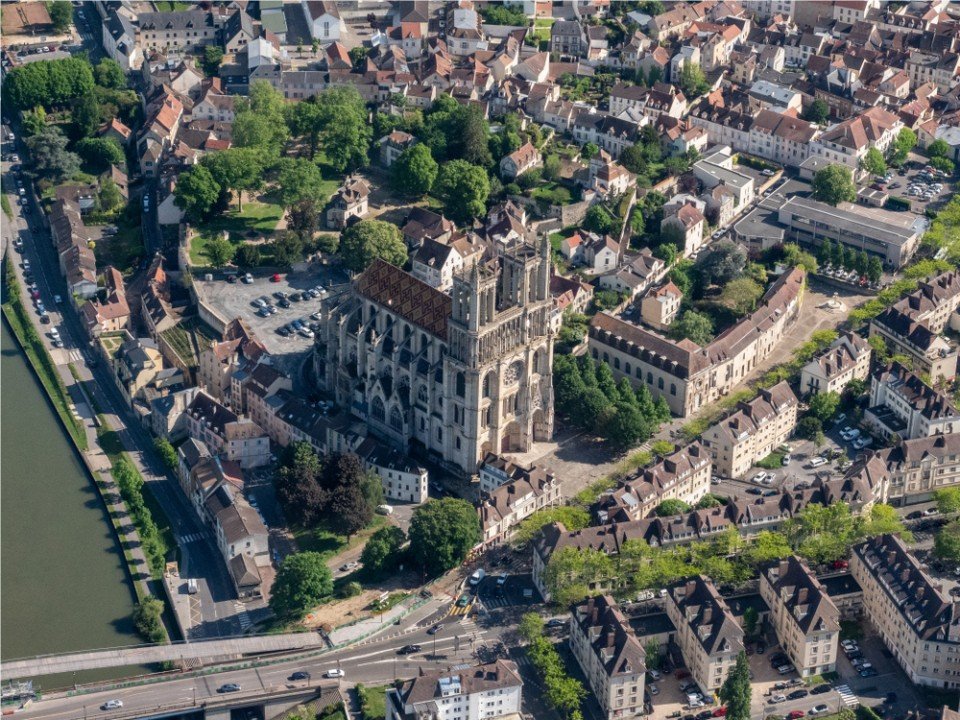
Mantes-la-Jolie is a commune in the Yvelines department in the Île-de-France region of north-central France. It is located to the west of Paris, 48.4 km from the centre of the capital.
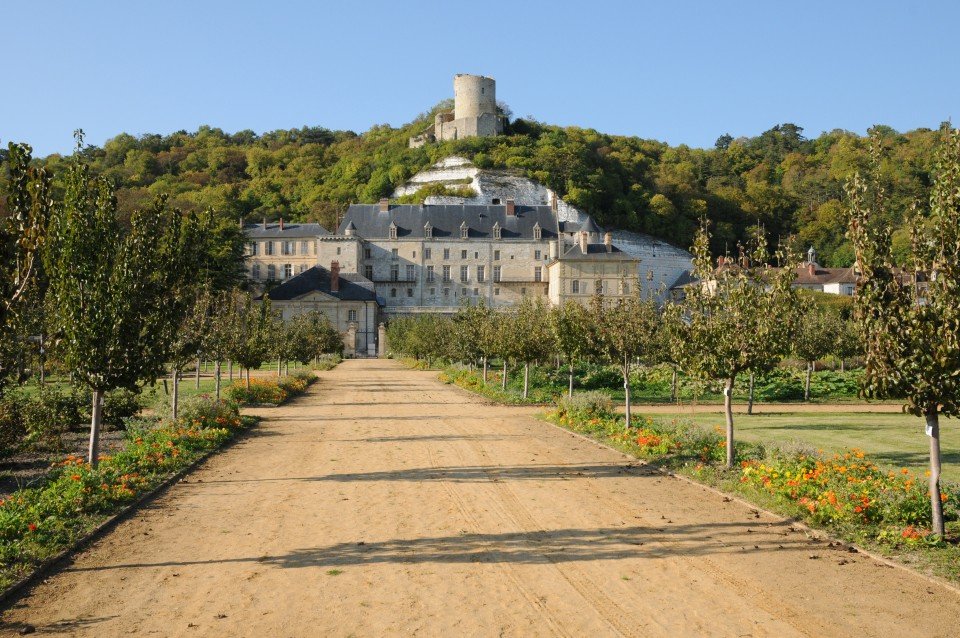
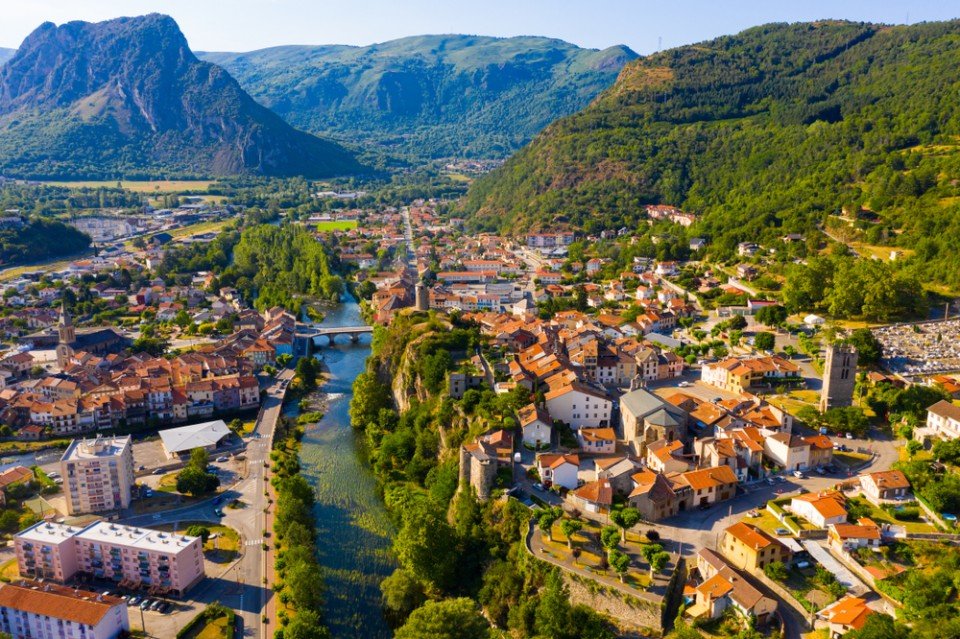
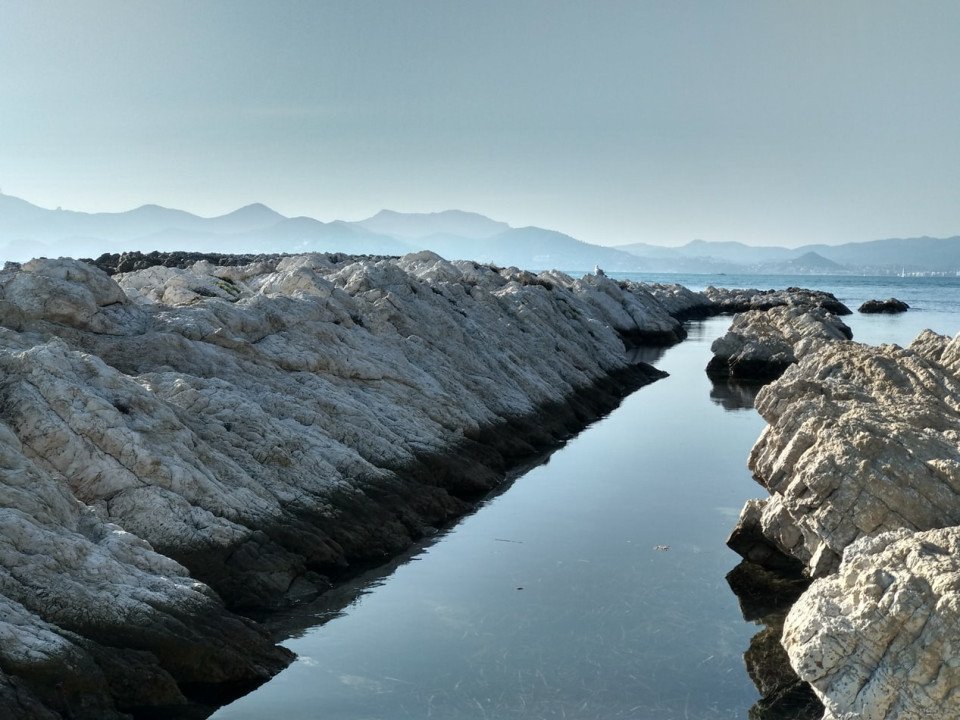
Cannes is pampered with the luxurious year-round climate that has made it one of the most popular resorts in Europe. Cannes was an important sentinel site for the monks who established themselves on Île St-Honorat in the Middle Ages. Its bay served as nothing more than a fishing port until in 1834 an English aristocrat, Lord Brougham, fell in love with the site during an emergency stopover with a sick daughter. He had a home built here and returned every winter for a sun cure—a ritual quickly picked up by his peers. Between the popularity of Le Train Blue transporting wealthy passengers from Calais, and the introduction in 1936 of France's first paid holidays, Cannes became the destination, a tasteful and expensive breeding ground for the upper-upscale.Cannes has been further glamorized by the ongoing success of its annual film festival, as famous as Hollywood's Academy Awards. About the closest many of us will get to feeling like a film star is a stroll here along La Croisette, the iconic promenade that gracefully curves the wave-washed sand coastline, peppered with chic restaurants and prestigious private beaches. This is precisely the sort of place for which the French invented the verb flâner (to dawdle, saunter): strewn with palm trees and poseurs, its fancy boutiques and status-symbol grand hotels—including the Carlton, the legendary backdrop to Grace Kelly in To Catch a Thief —all vying for the custom of the Louis Vuitton set. This legend is, to many, the heart and soul of the Côte d'Azur.
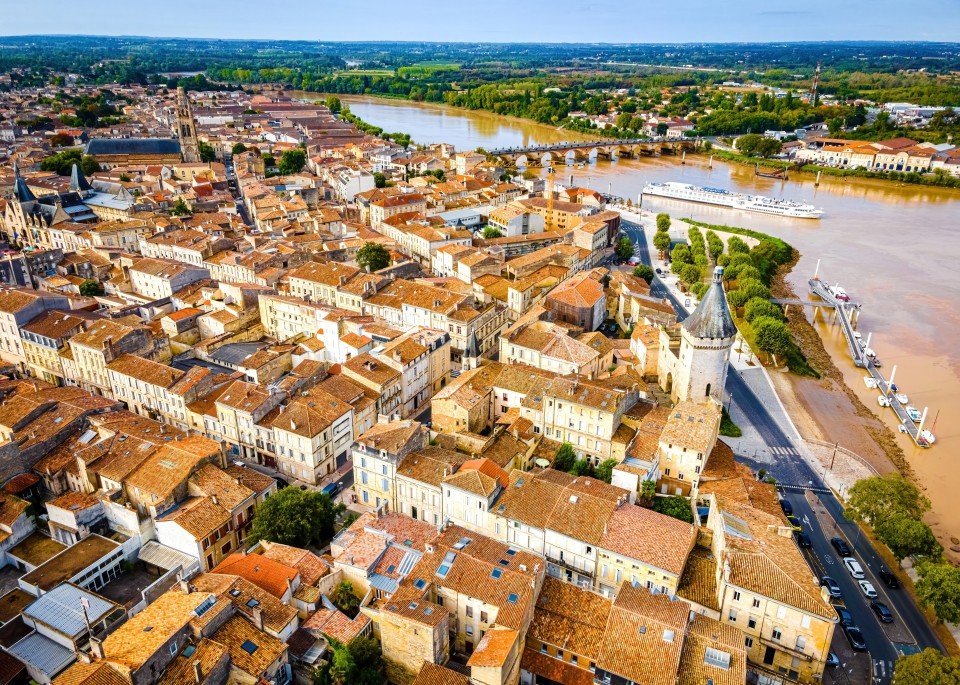
Libourne, France, is a historic town in the Bordeaux wine region, renowned for its vibrant market and beautiful architecture. Located along the Dordogne River, it features a charming blend of medieval and Renaissance buildings, including the striking Church of Saint-Jean-Baptiste. Libourne is a gateway to prestigious wine estates, including Pomerol and Saint-Émilion. The town's bustling market and scenic riverside setting offer a delightful experience for visitors interested in wine, history, and local culture.

The fishing village of Sète serves as gateway to Montpellier, in the North. Other noteworthy destinations in this area include Carcassone, Aigues Mortes, the Abbaye de Fontfroide, and Pezenas. For a look at the real fisherman's life, however, stay right where you are. Sète is the Mediterranean's biggest fishing port. Canals winding through town make it fun to stroll around, and there are a number of good walking paths leading to the beach (about 30 minutes to the west). Although it's small and unspectacular, Plage de la Corniche has calm, pristine waters that are perfect for swimming. For a panoramic view of the area, climb Mont St-Clair or Les Pierres Blanches and pick a beach to settle down on.
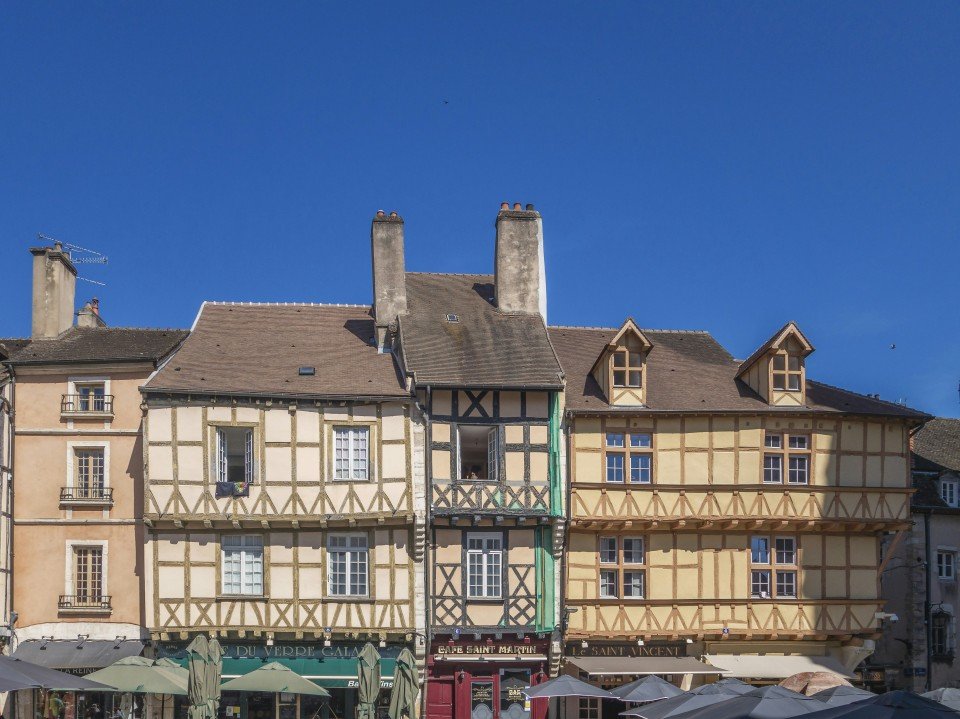
Birthplace of the renowned photography pioneer Nicéphore Niépce, Chalon-sur-Saône celebrates its rich artistic legacy with museums and galleries showcasing the art form. Situated in France's Burgundy region, the town offers opportunities for scenic walks along the riverbanks, indulging in the region's renowned Burgundian cuisine and wines, and an authentic French experience in a town brimming with history and charm.
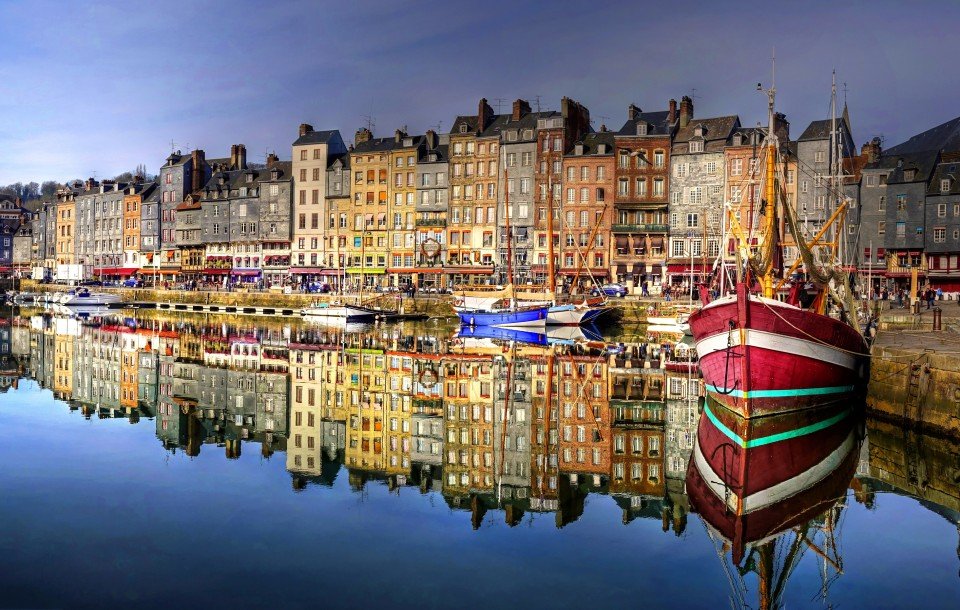
Honfleur, the most picturesque of the Côte Fleurie's seaside towns, is a time-burnished place with a surplus of half-timber houses and cobbled streets that are lined with a stunning selection of stylish boutiques. Much of its Renaissance architecture remains intact—especially around the 17th-century Vieux Bassin harbor, where the water is fronted on one side by two-story stone houses with low, sloping roofs and on the other by tall slate-topped houses with wooden facades. Maritime expeditions (including some of the first voyages to Canada) departed from here; later, Impressionists were inspired to capture it on canvas. But the town as a whole has become increasingly crowded since the Pont de Normandie opened in 1995. Providing a direct link with Upper Normandy, the world's sixth-largest cable-stayed bridge is supported by two concrete pylons taller than the Eiffel Tower and designed to resist winds of 257 kph (160 mph).
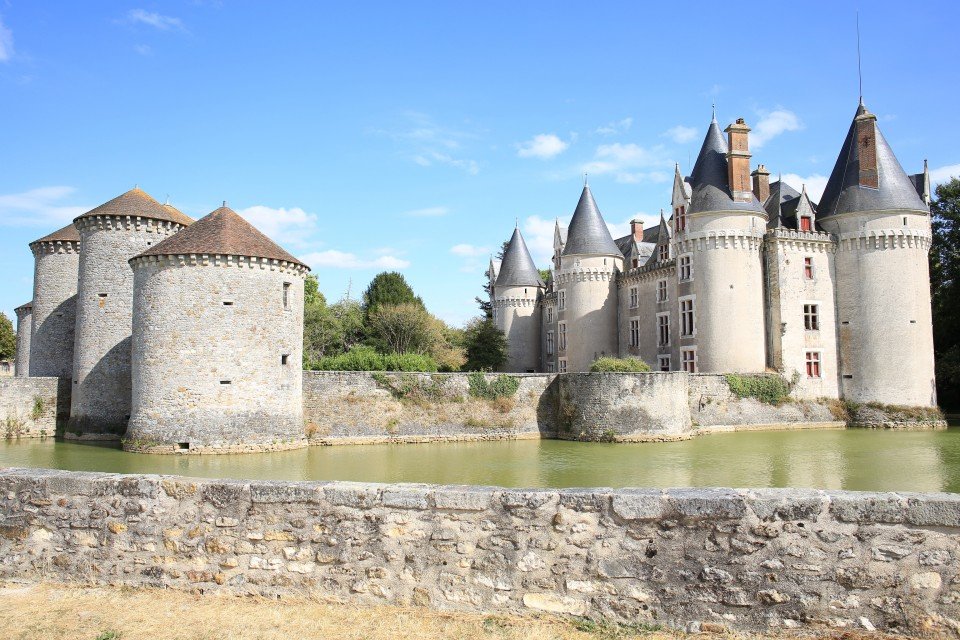
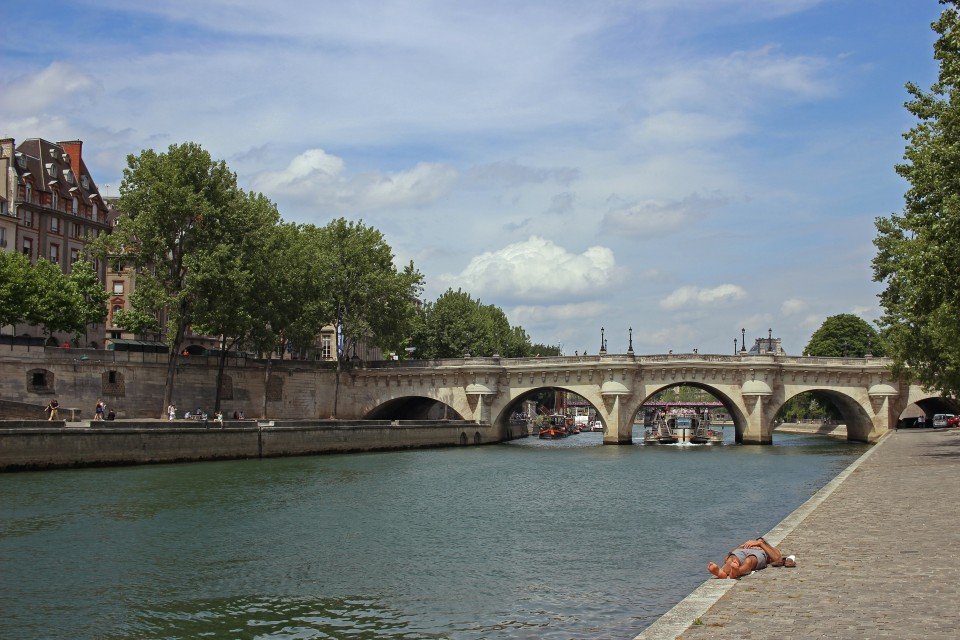
Located in the Yvelines department of the Île-de-France region in France, at the confluence of the Seine and Oise rivers, Conflans-Sainte-Honorine is a charming town with a stunning waterfront and breath-taking views. Steeped in maritime history, Conflans-Sainte-Honorine is home to the Musée de la Batellerie, a museum that chronicles the history of river navigation.
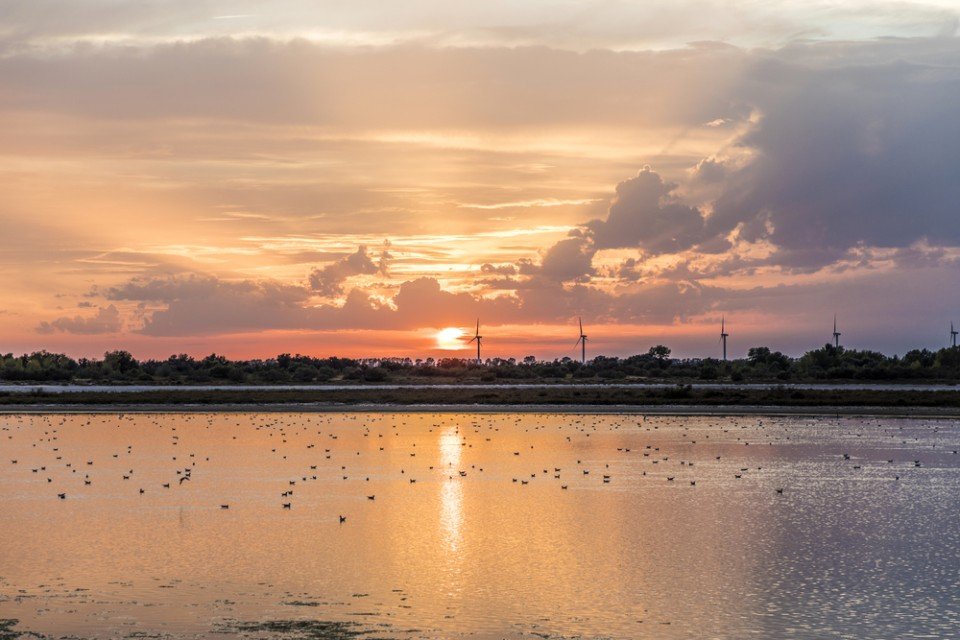
At the mouth of the Rhône in southern France, Port-Saint-Louis-du-Rhône attracts a global audience with its maritime charm and rich history. Bustling with fishing boats and sailboats, the stunning harbour's strategic location along the Mediterranean coast positions the town as a gateway to the Camargue region, and holds a long-standing seafaring heritage. Beyond its maritime significance, the town is also home to cultural treasures such as the Martigues Tower and the nearby Parc Naturel Régional de Camargue, making it a haven for nature lovers and history enthusiasts alike.

Villefranche-Sur-Mer is located on the Côte d’Azur in Provence – known for its fields of lavender and warm weather – and is highly appreciated for its 14th Century architecture.

At first glance, it really doesn't look all that impressive. There's a pretty port with cafés charging €5 for a coffee and a picturesque old town in sugared-almond hues, but there are many prettier in the hills nearby. There are sandy beaches, rare enough on the Riviera, and old-fashioned squares with plane trees and pétanque players, but these are a dime a dozen throughout Provence. So what made St-Tropez an internationally known locale? Two words: Brigitte Bardot. When this pulpeuse (voluptuous) teenager showed up in St-Tropez on the arm of Roger Vadim in 1956 to film And God Created Woman, the heads of the world snapped around. Neither the gentle descriptions of writer Guy de Maupassant (1850–93), nor the watercolor tones of Impressionist Paul Signac (1863–1935), nor the stream of painters who followed (including Matisse and Bonnard) could focus the world's attention on this seaside hamlet as did this one sensual woman in a scarf, Ray-Bans, and capris. Vanity Fair ran a big article, "Saint Tropez Babylon," detailing the over-the-top petrodollar parties, megayachts, and Beyoncé–d paparazzi. But don't be turned off: the next year, Stewart, Tabori & Chang released an elegant coffee-table book, Houses of St-Tropez, packed with photos of supremely tasteful and pretty residences, many occupied by fashion designers, artists, and writers. Once a hangout for Colette, Anaïs Nin, and Françoise Sagan, the town still earns its old moniker, the "Montparnasse of the Mediterranean." Yet you might be surprised to find that this byword for billionaires is so small and insulated. The lack of train service, casinos, and chain hotels keeps it that way. Yet fame, in a sense, came too fast for St-Trop. Unlike the chic resorts farther east, it didn't have the decades-old reputation of the sort that would attract visitors all year around. For a good reason: its location on the south side of the gulf puts it at the mercy of the terrible mistral winter winds. So, in summer the crowds descend and the prices rise into the stratosphere. In July and August, you must be carefree about the sordid matter of cash. After all, at the most Dionysian nightclub in town, a glass of tap water goes for $37 and when the mojo really gets going, billionaires think nothing of "champagne-spraying" the partying crowds—think World Series celebrations but with $1,000 bottles of Roederer Cristal instead of Gatorade. Complaining about summer crowds, overpricing, and lack of customer service has become a tourist sport and yet this is what makes St-Tropez—described by the French daily newspaper Le Figaro as the place you can see "the greatest number of faces per square meter"—as intriguing as it is seductive.
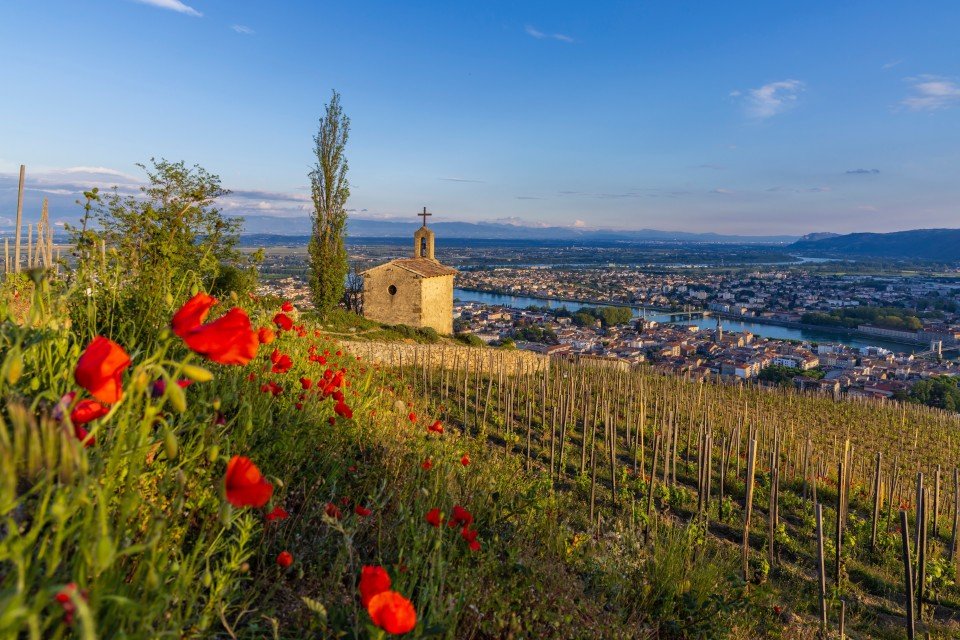
Tain-l'Hermitage, France, is a picturesque town in the Rhône-Alpes region, renowned for its exceptional wines, particularly its Syrah and Hermitage varietals. Nestled along the Rhône River and surrounded by lush vineyards, it offers scenic views and a charming atmosphere. The town features historic sites like the 12th-century Hermitage Chapel and the Cité du Chocolat, celebrating local culinary delights. With its blend of fine wine, rich history, and stunning landscapes, Tain-l'Hermitage is a captivating destination for wine enthusiasts and travelers seeking a taste of Provence.

Located in the southeast of the French Provence region, Antibes ranks among France’s oldest cities. Originally named ‘Antipolis’, Antibes was founded by Greek merchants in the 5th century. The Old City is a maze of small, flower-bedecked streets with Roman and Medieval sections. A portion of the impressive 16th-century ramparts overlooking the Mediterranean Sea still protect the heart of the Old City. Antibes is comprised of three distinct sections. The first is Antibes, which includes the Old City and ramparts. Next is Juan les Pins, a famous beach resort once praised by Francis Scott Fitzgerald and the site of the annual International Jazz Festival. Antibes’ third section is Cap d’Antibes, a wooden peninsula that has become a haunt for the rich and famous. Antibes is also home to Europe’s largest yacht harbor, Port Vauban, where the super-yachts of the wealthy are anchored. For cruise vessels, Antibes offers an opportunity to visit some of Provence’s prettiest areas. It also serves as a convenient starting point for trips to the walled-in hilltop village of St. Paul de Vence. Pier Information The ship is scheduled to anchor in the bay and tender guests ashore. The town centre is within walking distance from the tender pier. Taxis are not easy to find; therefore, it is recommended that private travel arrangements be planned in advance. Shopping The Old City offers a wide range of souvenir shops, home decoration, antiques and Provencal artifacts. Postcards are easily found, and must be sent with French postage stamps. Most shops, however, do close between 12:00 p.m. and 2:00 p.m. The local currency is the euro. Cuisine The cuisine in the southeastern part of France is considered to be varied and healthy, thanks to the common use of quality fresh products and olive oil. Fresh local fish caught daily, excellent vegetable stew, or ratatouille , and great local wines highlight the wide range of gastronomical delights that can be found here. In addition, restaurants in the harbor area typically offer the chef’s daily special, or plat du jour , on their menus. Other Sites Antibes primarily serves as a starting point for trips into the surrounding areas, which are included in the organized excursions. An early-morning stroll through the local fruit and vegetable market may also be of interest. Private Arrangements For those guests interested in touring at their leisure, we are pleased to offer .Silver Shore Privato - both half-day and full-day private arrangements by private car or van. This program may be booked in advance at silversea.com or purchased on board the ship, subject to availability. Other private arrangements for independent sightseeing may be requested through the Tour Office on board the ship.
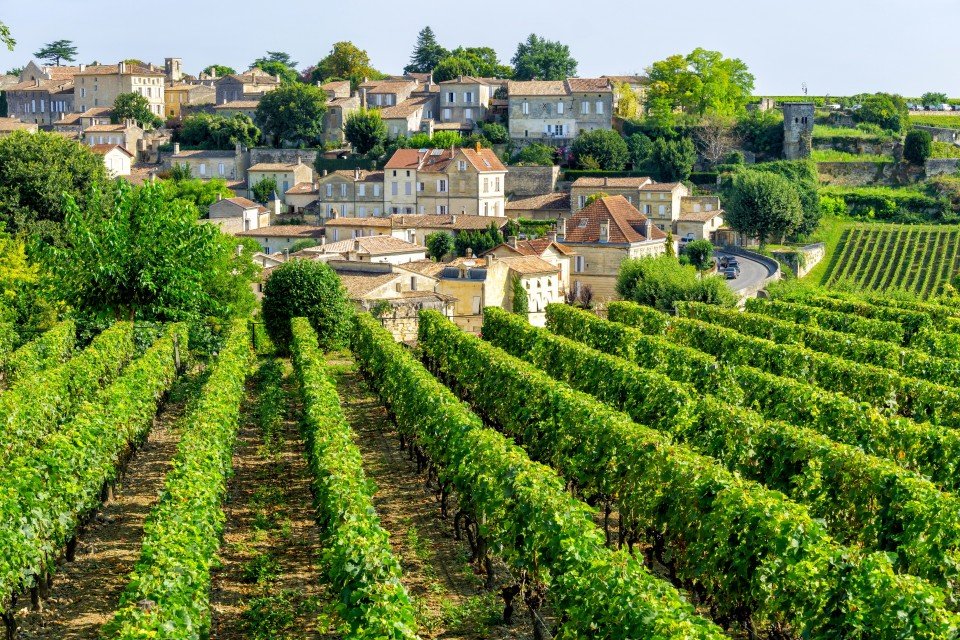
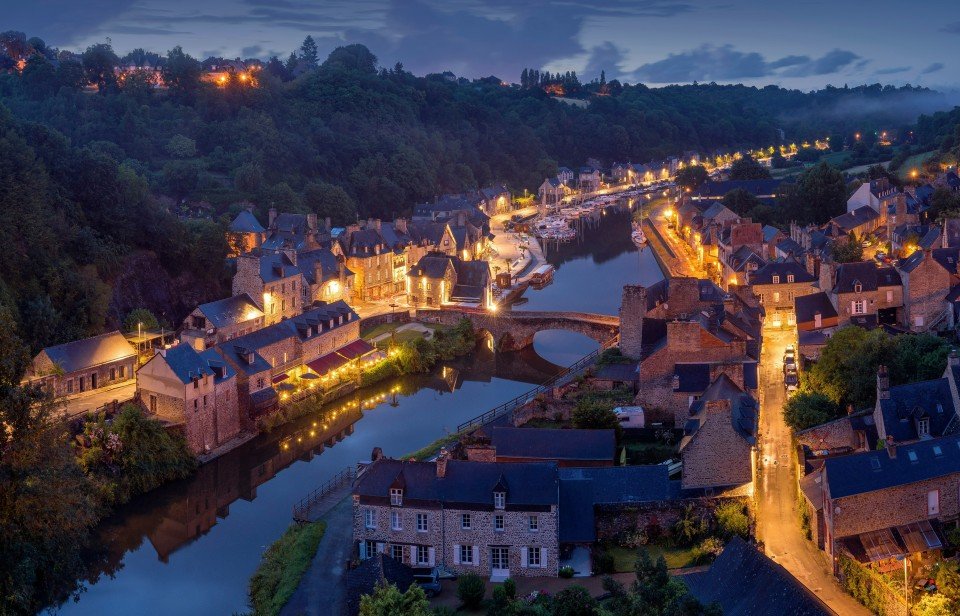
Tournus, characterised by Romanesque architecture and the iconic Abbey of Saint-Philibert, is a historical town situated in the Saône-et-Loire department. Its cultural significance exudes through its well-preserved structures, and visitors find themselves immersed in vibrant local markets showcasing regional produce, or enjoying serene walks along the stunning Saône River.
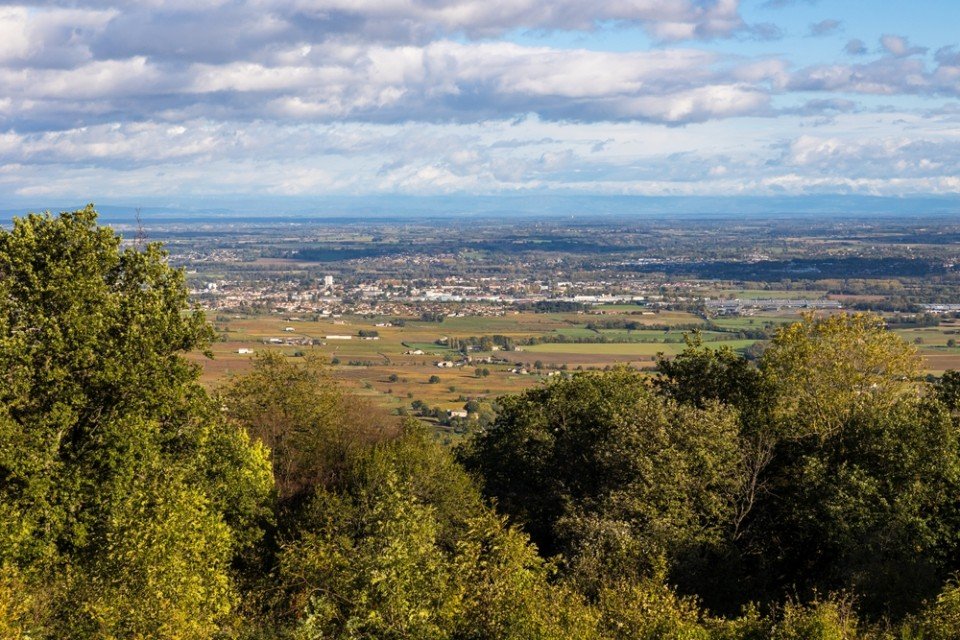
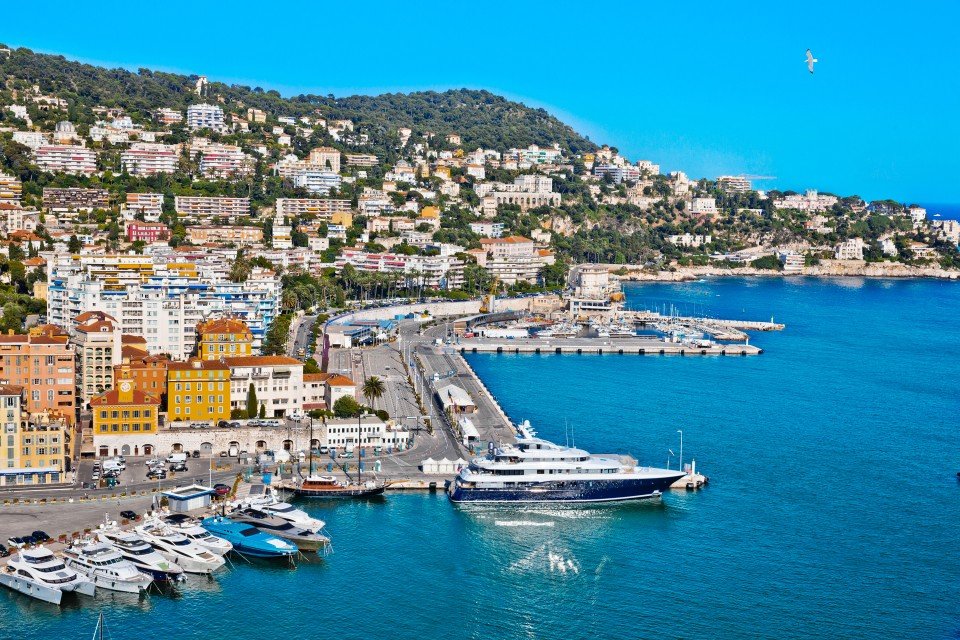
United with France only since 1860, Nice has its own history and atmosphere, which dates back 230,000 years. It was on Colline du Château (now château-less) and at the Plage des Ponchettes, in front of the Old Town, that the Greeks established a market-port in 350 BC and named it Nikaia, which would become Marseilles' chief coastal rival. The Romans established themselves a little later on the hills of Cimiez (Cemenelum), already previously occupied by Ligurians and Celts, and quickly overshadowed the waterfront port. After falling to the Saracen invasions, Nice regained power as an independent state, becoming an important port in the early Middle Ages. So cocksure did it become that in 1388, Nice, along with the hill towns behind, effectively seceded from the county of Provence, under Louis d'Anjou, and allied itself with Savoie. Thus began its liaison with the House of Savoy, and through it with Piedmont and Sardinia, it was the Comté de Nice (Nice County). This relationship lasted some 500 years, tinting the culture, architecture, and dialect in rich Italian hues. By the 19th century Nice was flourishing commercially, locked in rivalry with the neighbouring shipping port of Genoa. Another source of income: the dawning of tourism, as first the English, then the Russian nobility, discovered its extraordinary climate and superb waterfront position. A parade of fine stone mansions and hotels closed into a nearly solid wall of masonry, separated from the smooth-round rocks of the beach by what was originally named Camin deis Anglés (the English Way), which of course is now the famous Promenade des Anglais. This magnificent crescent, which is seeking UNESCO recognition, is one of the noblest in France. Many of Nice's most delightful attractions—the Cours Saleya market, the Old Town streets, the Hotel Negresco, and the Palais Masséna—are on or close to this 10-km (6-mile) waterfront, making it the first stop for most visitors, while the redevelopment of Nice's port, around the other side of the Colline du Château, makes it easier for amblers who want to take in the Genoese architecture or peruse the antiques at the Puces de Nice, now part of the Promenade des 100 Antiquaires, along Quai Papacino. Nice also has the distinction of the "Family Plus" label, with free strollers, play areas, and restaurants with child-friendly activities.

Thrust out into the sea and bound to the mainland only by tenuous man-made causeways, romantic St-Malo has built a reputation as a breeding ground for phenomenal sailors. Many were fishermen, but others—most notably Jacques Cartier, who claimed Canada for Francis I in 1534—were New World explorers. Still others were corsairs, "sea dogs" paid by the French crown to harass the Limeys across the Channel: legendary ones like Robert Surcouf and Duguay-Trouin helped make St-Malo rich through their pillaging, in the process earning it the nickname "the pirates' city." The St-Malo you see today isn’t quite the one they called home because a weeklong fire in 1944, kindled by retreating Nazis, wiped out nearly all of the old buildings. Restoration work was more painstaking than brilliant, but the narrow streets and granite houses of the Vieille Ville were satisfactorily recreated, enabling St-Malo to regain its role as a busy fishing port, seaside resort, and tourist destination. The ramparts that help define this city figuratively and literally are authentic, and the flames also spared houses along Rue de Pelicot in the Vieille Ville. Battalions of tourists invade this quaint part of town in summer, so arrive off-season if you want to avoid crowds.
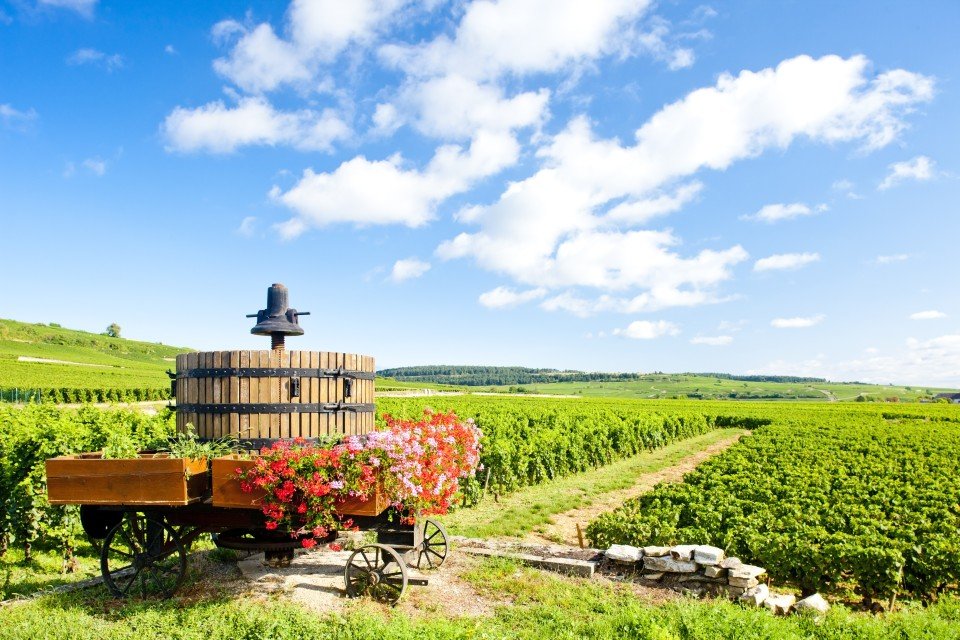
Renowned for its wine heritage, prestigious vineyards and medieval past, Beaune is a stunning town in the heart of the Burgundy wine region that exudes quaint charm and a unique, traditional Burgundian-Flemish feel. With cobbled streets and historic architecture, Beaune offers a wealth of sights to explore and a vibrant culinary scene, all against a backdrop of timeless beauty.

Located in the South of Corsica, Bonifacio is one of the island’s most beautiful destinations. From its breathtaking views and sandy white islands to its historic citadel, the city is a must visit for anyone travelling to the island.


Corsica's northern capital, Bastia, is the centre of commerce and industry and a thriving freight and passenger port. Commerce, more than tourism, is its main focus, providing employment for many Corsicans. Bastia's industrial sprawl, however, is offset by its aged charm. The presence of an overwhelming Italian atmosphere adds to the city's attraction. Two distinct areas comprise the city: Terra Vecchia, the old quarter, consisting of haphazard streets, flamboyant Baroque churches and lofty tenements, with their crumbling golden-grey walls set against a backdrop of fire-darkened hills; and the more orderly Terra Nova, the historic district favoured by prominent doctors, lawyers and architects. The city dates from Roman times, when a base was set up at Biguglia to the south. Under the Genoese, Bastia was the island's capital for four centuries and of major importance for the export of wine to the Italian mainland. They built a fortress (bastiglia), which gave the town its name. The Genoese also were responsible for laying the foundation for the area's prosperity by planting vines, olives, chestnut trees and other experimental crops. This resulted in an energetic and enterprising region, still a characteristic of today's northern Corsica. Although Napoleon had appointed Ajaccio the capital of the island in 1811- initiating a rivalry that still exists - Bastia established a stronger trading position with mainland France. As a result, the Nouveau Port was created in 1862 to cope with the increasing traffic with France and Italy. Bastia's economic prominence and a German division based here during World War II accounted for severe bombing attacks. Many buildings were destroyed, including much of the old governor's palace. Of the two largest towns on the island, Ajaccio and Bastia, the latter boasts a more genuine Corsican character. Visitors can experience an authentic feel of island life by wandering through the maze of narrow streets of Bastia's old quarter and by exploring its fortifications. Don't miss the vast Place Saint-Nicolas just north of the old quarter; it is the focal point of the city. Open to the sea and lined with shady trees and sidewalk cafes, it is a perfect place for people watching and for taking in the local ambiance. Pier Information The ship is scheduled to dock at the port of Bastia. The city's focal point, Place Saint-Nicolas, is a distance of 650 feet (200 metres) to walk. Taxis are generally available at the pier but it is highly recommended to book in advance if you want to be sure to get one. It is recommended to establish the fare before leaving the port. Shopping The main shopping streets, Boulevard Paoli and Rue Cesar Campinchi, are less than one half miles (500 metres) from the port terminal. Handicrafts and the area's specialties such as honey, wine and liqueurs may be of interest. Most shops are open from 9:00 a.m. to 12:00 p.m. and 2:30 p.m. to 7:00 p.m. Shops are closed for the day on Sundays and some shops may also close Monday mornings (some souvenirs shops may open Sundays during the high season of July-August). The local currency is the euro. Cuisine A variety of restaurants offer a good choice of eating possibilities. Some of the best restaurants are found around the Vieux Port and on the Quai des Martyrs. French cuisine and seafood feature prominently on menus as well as such Corsican specialties as wild boar, charcuterie and aziminu, a local version of bouillabaisse. Evidence of Bastia's strong Italian influence is apparent in the numerous pizza and pasta places in the Nouveau Port area. For outdoor dining and people watching, cafes around lively Place Saint-Nicolas are a perfect place. Other Sites Oratoire de Saint-Roch Located in the Terra Vecchia quarter, the chapel is a Genoese Baroque extravaganza built in 1604. The walls are covered with finely carved wooden panelling and the organ is magnificent with its decoration of gilt and wooden sculpture. Oratoire de L'Immaculee Conception Although its exterior is rather austere, the flamboyant interior of this 17th-century church with gilt and marble ceiling, frescoes and crystal chandeliers creates an ambiance of an opera house. Vieux Port Site of the original Porto Prado, the area around the Vieux Port is the most appealing part of town. Its soaring houses seem to bend inwards towards the water. Once busy with Genoese traders, the building of the ferry terminal and commercial docks have reduced much of the action at Vieux Port. Terra Nova As the administrative core of old Bastia, Terra Nova displays a distinct air of affluence. Its most impressive building is the 14th-century Governor's Palace. During the Genoese heyday the governor and the bishop lived here, entertaining foreign dignitaries and hosting massive parties. Private arrangements for independent sightseeing may be requested through the Tour Office on board, subject to the availability of English-speaking guides.
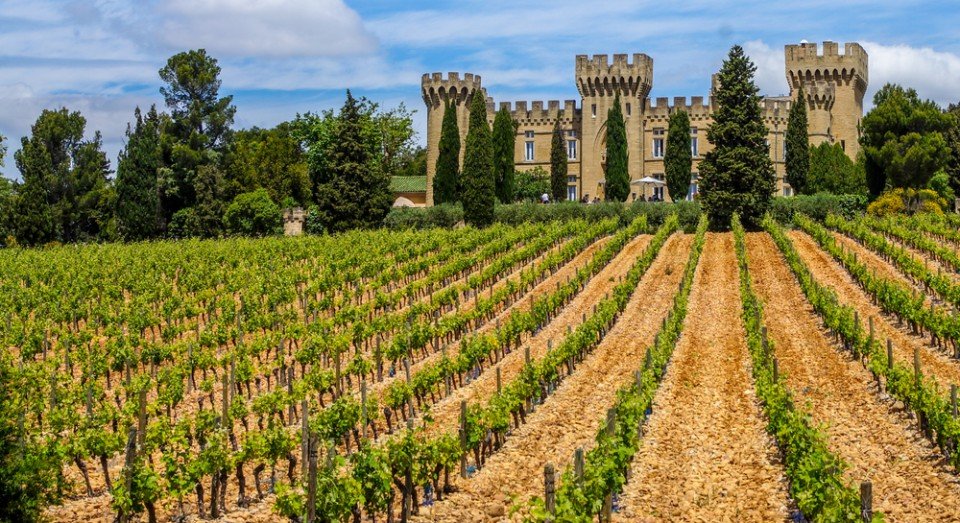

Calvi, Corsica's slice of the Riviera, has been described by author Dorothy Carrington as "an oasis of pleasure on an otherwise austere island." Calvi prospered by supplying products to Genoa; its citizens remained loyal supporters of Genoa long after the rest of the island declared independence. Calvi also claims to be the birthplace of Christopher Columbus. During the 18th century the town endured assaults from Corsican nationalists, including celebrated patriot Pasquale Paoli. Today Calvi sees a summertime invasion of tourists, drawn to the 6-km (4-mile) stretch of sandy white beach, impressive citadel overlooking the Old Town, lively restaurants, and buzzing nightlife.
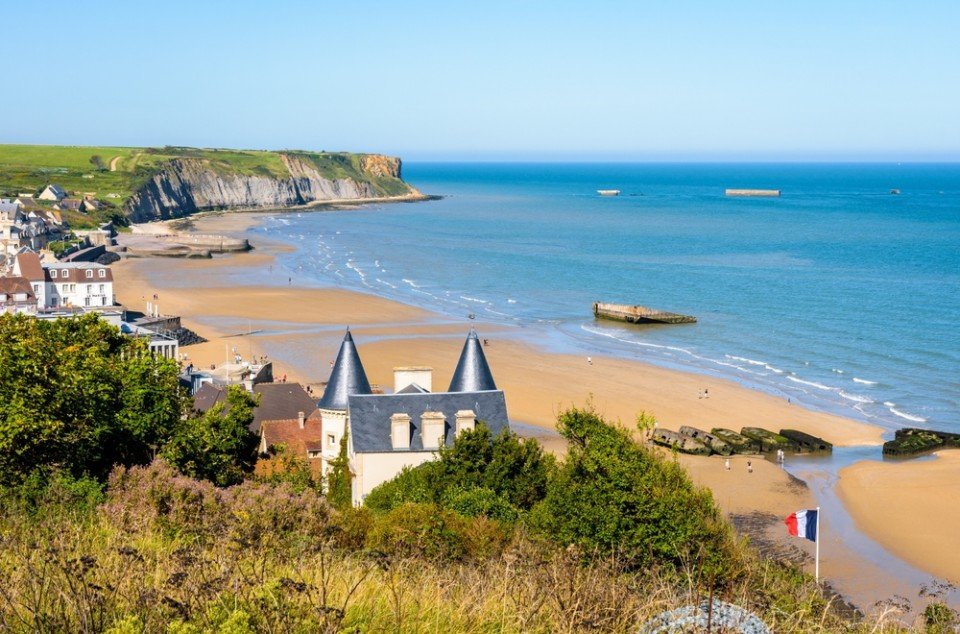

“Where the mountains meet the sea,” the beautiful island of Corsica, set in the blue waters of the Mediterranean between Italy and France, is steeped in history. Ile Rousse is built on the site of an old roman settlement. She rivals Calvi as a seaside resort, with nice sandy beaches and good accommodation facilities. The port of Ile Rousse was built by Pasquale Paoli –most famous Corsican Patriot-in 1758 to replace Calvi, still in Genoese hands, has taken the place of first port in this region for exporting fresh fruit and olive oil. The harbour is located on an peninsula, red coloured rock, that just comes out of the sea hence the name of Ile Rousse which means “ reddish island”. There is a lighthouse at the outer end of the island with an old ruined tower. Returning to the mainland a street leads from port to town centre along a nice sandy beach, towards the main square Place Paoli. In the middle of the square there is a statue of Pascal Paoli. During Summer season, the square surrounded by palm trees welcomes numerous tourists looking for some shade and refreshing ice cream. The old market situated in the middle of the town, faced to the Paoli square, offers a large choice of fresh fruits and veggies as well as fish from the catch of the day, or a sample of the famous Corsican delicatessen, cheeses, honeys and wines.

Originally a little fishing village, Cherbourg has developed into a historic port designed by Vauban. This was also a strategic naval port during the Napoleonic wars; there is a marina with over 1000 moorings. “Cap de la Hague” is to the West and the “Pointe de Barfleur” to the East. This port, which belongs to Normandy, is a region that has provided inspiration for countless artists and writers, and is the land of apple orchards and rolling farmland dotted with villages of half-timbered houses. Boasting a wealth of abbeys and châteaux, as well as a superb coastline, it offers something for everyone. Cherbourg was also the first stop of RMS Titanic after it left Southampton, England. On 19 June 1864, the naval engagement between USS Kearsarge and CSS Alabama took place off Cherbourg. The Battle of Cherbourg, fought in June 1944 following the Normandy Invasion, ended with the capture of Cherbourg on June 30.

The gateway to the Atlantic Ocean and the country’s seventh largest city, Nantes is located on the north bank of the Loire River. Although officially no longer the capital of Brittany since Nantes was included in the Pays de Loire administrative region, many of the city’s inhabitants regard themselves still an integral part of Brittany. During medieval times, much of the city’s prosperity resulted from colonial expeditions and the slave trade. Today Nantes is the most important commercial and industrial centre in west-central France, and appears as a particularly well-managed city with fine museums and carefully tended parks and gardens. One of the museums is dedicated to Jules Verne, born here in 1828. The Loire, foundation of Nantes’ riches, has dwindled from the city centre. As recently as the 1930s the river crossed the city in seven separate channels. However, they were filled in after World War II but, fortunately, left the area’s 18th-century mansions intact. They once were the trademark of rich merchants who made their fortunes from the slave trade. French influence was brought to Nantes by the Loire and its trade from the end of the 18th century when the city became known as "Little Paris." The Place Royale and the Place Graslin were first laid out during that time. One of the most impressive landmarks is the Chateau des Ducs, most of which is preserved in its original form built by the last two rulers of independent Brittany, Francois II, and his daughter Duchess Anne, born here in 1477.
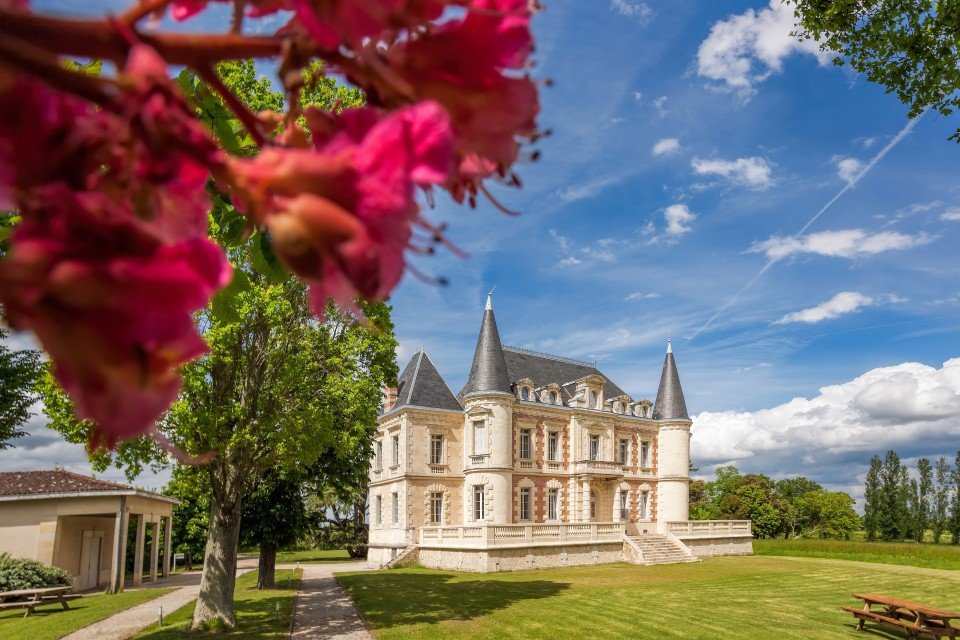

Situated on the Garonne River, 70 miles (113 km) inland from the Atlantic, Bordeaux's origin can be traced back to the 3rd century when it was Aquitaine's Roman capital called Burdigala. From 1154 to 1453, the town prospered under the rule of the English, whose fondness for the region's red wines gave impetus to the local wine industry. At various times, Bordeaux even served as the nation's capital: in 1870, at the beginning of World War I, and for two weeks in 1940 before the Vichy government was proclaimed. Bordeaux's neo-classical architecture, wide avenues and well-tended public squares and parks lend the city a certain grandeur. Excellent museums, an imposing cathedral and a much-praised theatre add to the city's attractions. The principal highlights, clustered around the town centre, can easily be explored on foot.

A city with long maritime history, Saint-Nazaire is mostly known for its shipbuilding industry. Rebuilt after World War II, it offers activities and sights for a wide range of interests, from history buffs to sports enthusiasts.

Set on a hillock overlooking a beautiful deep blue bay, Porto Vecchio, 15 miles (25km) north of Bonifacio, was rated by Scottish author James Boswell as one of "the most distinguished harbours in Europe". It was founded in 1539 as a second Genoese stronghold on the east coast, Bastia being well established in the north. The site was perfect; close to the unexploited and fertile plain, it benefited from secure high land and a sheltered harbour, although the mosquito population spread malaria and wiped out the first Ligurian settlers within months. Things began to take off mainly thanks to the cork industry, which still thrived well into the twentieth century. Today, a third of Corsica's wine is exported from Porto Vecchio, but most revenue comes from visitors. Around the centre of town explore the well-preserved fortress and the small grid of ancient streets backing onto the main place de la République. East of the square you can't miss the Porte Génoise, which frames a delightful expanse of sea and salt pans and through which you'll find the quickest route down to the modern marina, lined with cafés and hotels.
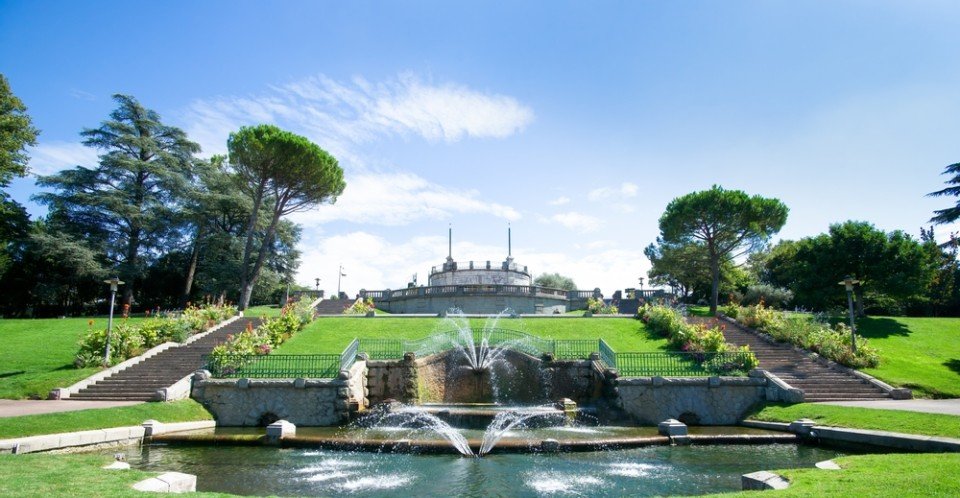
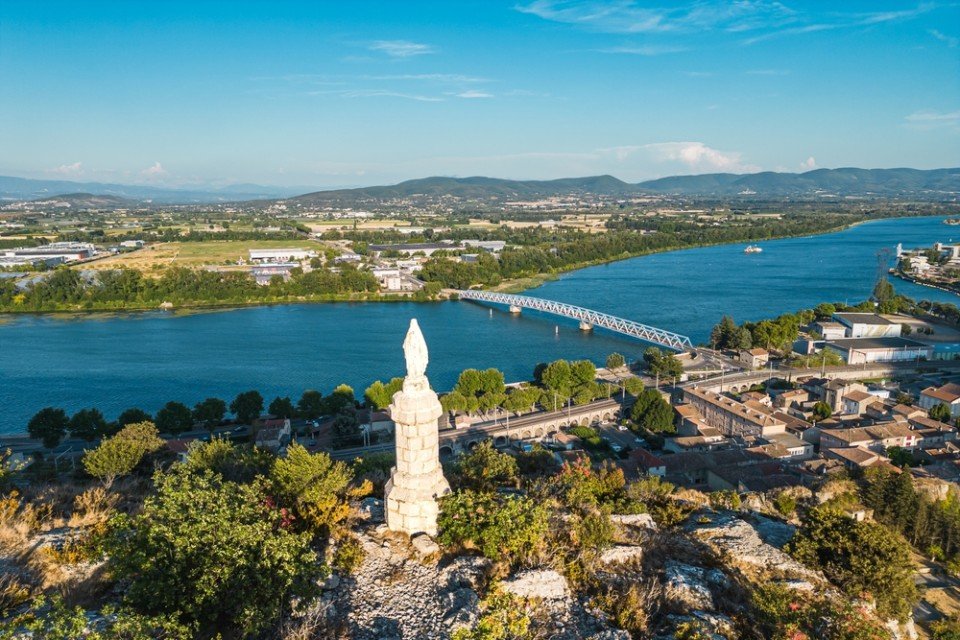
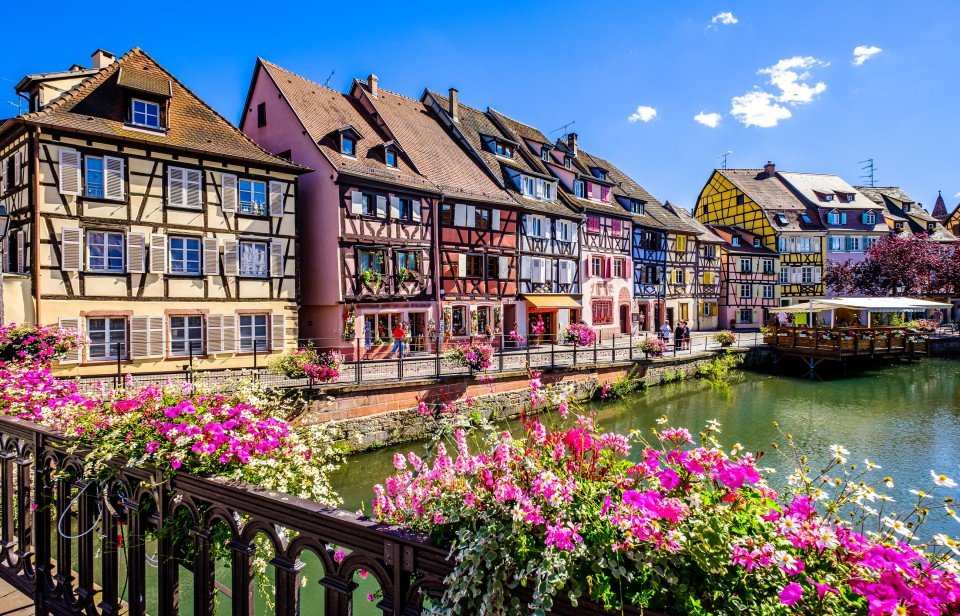

Although one might think that a name like “the beautiful island in the sea” might be a little too poetic, artists and painters have come to love the nature of this largest of the Brittany islands. “Les Aiguilles de Port Coton”, a famous painting by Claude Monet, depicts the wild southern coast and rocks exposed to wind and waves. The island has a ‘soft’ side too. Its northern shore has two ports and long sandy beaches. At the port of Le Palais is one of the historical gems of the island. Mentioned by Alexandre Dumas in his second book about the Three Musketeers, the Citadelle de Belle Ile had great strategic importance as access to the south of Brittany was controlled by Belle Ile and its smaller neighbours Houat and Hoed. The beautifully maintained fort is now a museum. There are other spectacular and unique fortifications along the island’s shore.

Visit Locronan, France’s most picturesque medieval village. Once there, you will have a guided visit and will see the church with its 15th century stained glass depicting the passion of Saint Ronan. At Le Guillou bakery you can taste the traditional Breton butter cake known as “kouign amann” before watching a group of Breton dancers in their traditional costumes, introducing you to Brittany’s rich culture and identity.
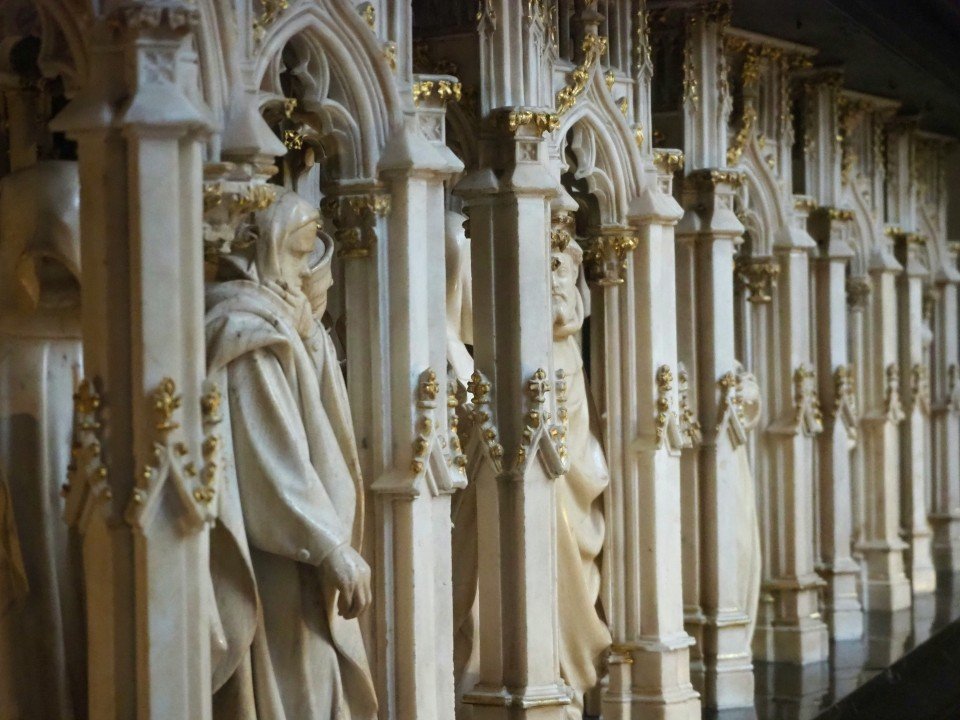
The city of Dijon, capital of the Bourgogne-Franche-Comté region, is world-renowned for its gastronomic delights and rich cultural heritage. Offering an enchanting blend of medieval and Renaissance architecture, Dijon is home to both the Palais des Ducs de Bourgogne and the iconic Notre-Dame de Dijon, a complement to the city's stellar reputation as a gastronomic haven.
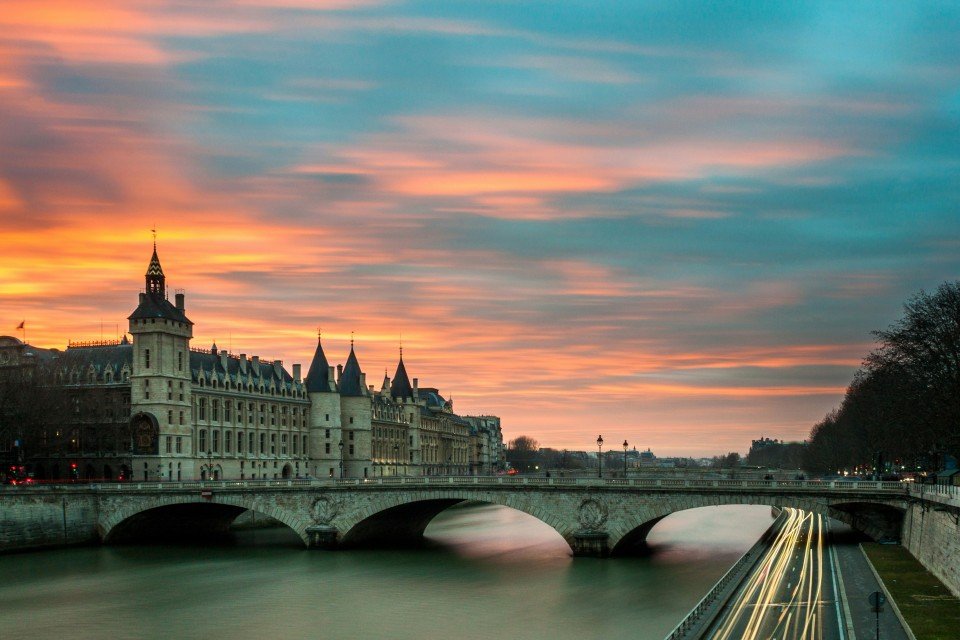
Seurre is a peaceful escape nestled along the Saône River, offering stunning landscapes and historical charm. Renowned for well-preserved medieval architecture, such as the Saint-Martin Church, and picturesque surrounding countryside, Seurre is a haven for culture and nature enthusiasts alike to explore.
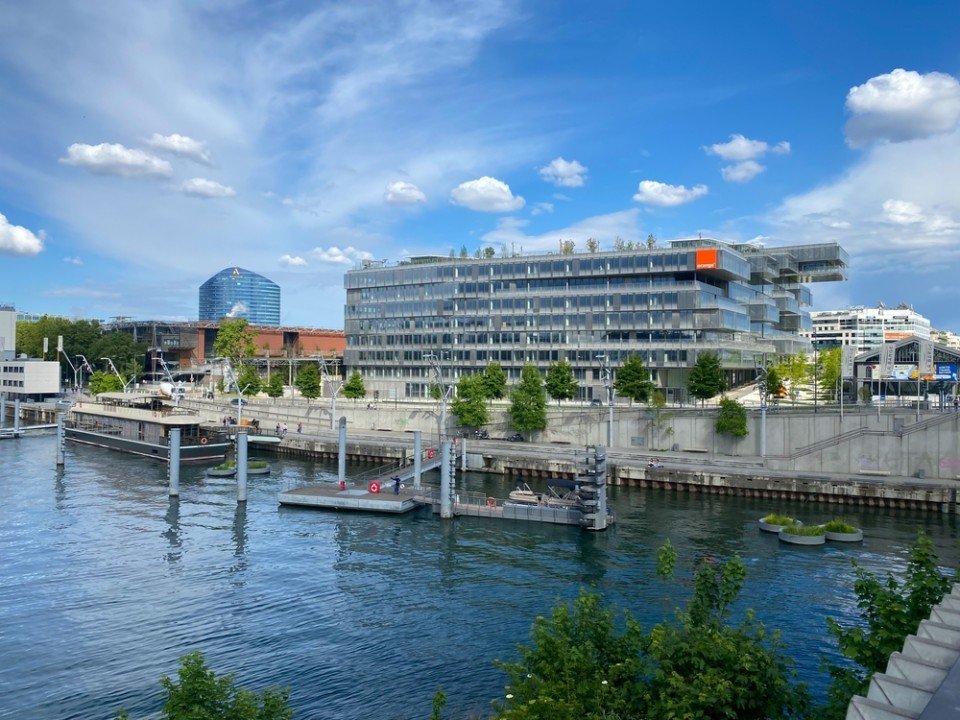
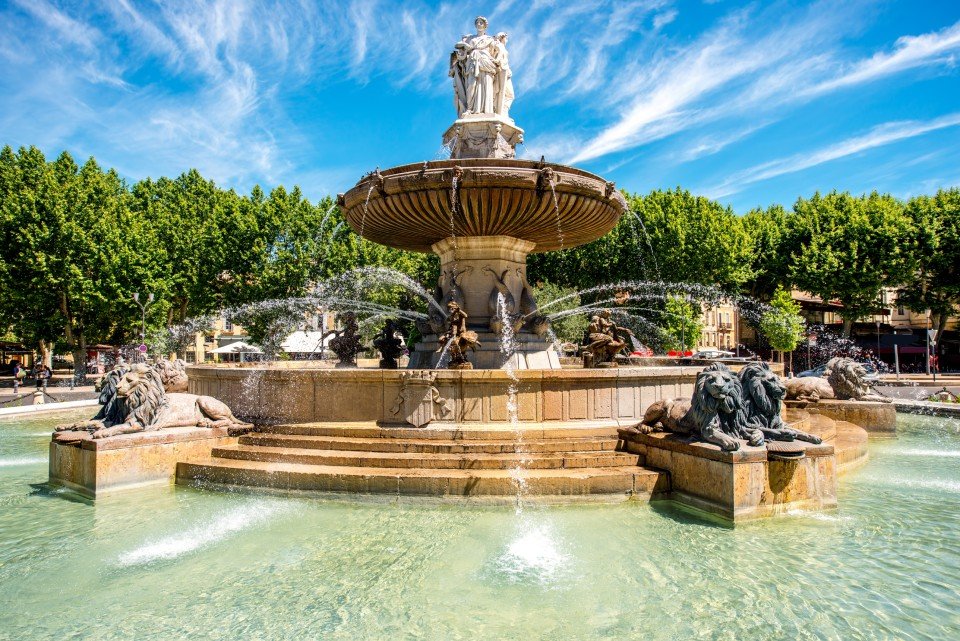
Beaulieu-sur-Mer, commonly referred to simply as Beaulieu, is a seaside commune on the French Riviera between Nice and the Principality of Monaco.


Cologne is a city in western Germany located across the Rhine river. It is the oldest in Germany, dating back 2000 years and is considered the region’s cultural hub. The city is known for its iconic landmark of the twin-spired Cologne Cathedral set against the reconstructed Old Town buildings. When in Old Town, visit the historic Old Town Hall and the Roman Church Great St Martin, or take time out and sit at one of the traditional breweries and enjoy the scenery around you. Historical sites such as the Roman Dionysus mosaic and the medieval Overstolzenhaus are worth a visit too. Another iconic sight in Cologne is at Hohenzollern Bridge. Here, local and tourist couples affix padlocks to the railings of the bridge and swear their loyalty to each other, they then throw the key into the Rhein to ensure everlasting love. Cologne is home to over 30 stages providing cabaret, free ensembles, theatre and dance and also celebrates its openly gay culture.
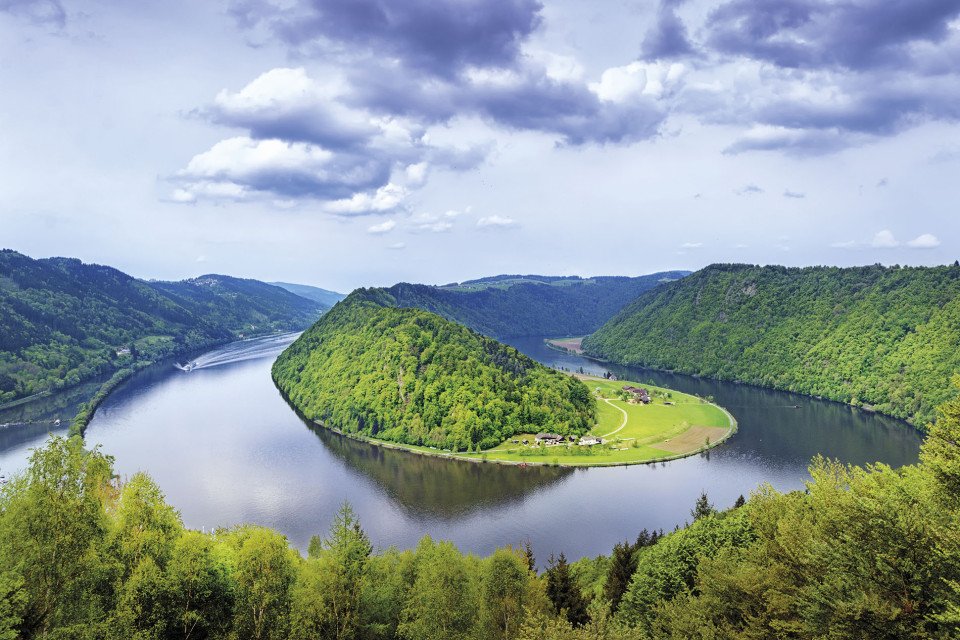
Passau is a German city located in the Southeast of Germany on the Austrian border. It is situated at the confluence of the rivers Danube, Inn and Ilz. The Three Rivers City, as it’s also known, is unique for its three contrasting currents of blue, green and black. Old Town of Passau is home to towering buildings of striking architecture: the majestic fortress Veste Oberhaus, the Pilgrimage Church Mariahilf and St Stephen's Cathedral. Many of Passau’s attractions can be found in this area, including the New Bishop’s Residence, the Gothic Town Hall, as well as many churches and museums. Visitors can stroll along the riverfront promenades and romantic lanes whilst enjoying the picturesque landscape. For modern art, The Museum of Modern Art and Glass Museum Passau are recommended as they offer something a bit different. Theatre and cabaret are a popular evening pastime, with performances at the former Prince Bishopric Theatre or some lively cabaret and Jazz at the Scharfrichterhaus. Visitors will also find many traditional local Bavarian and Austrian cafes and restaurants offering a cosy atmosphere with home cooked food from local produce.
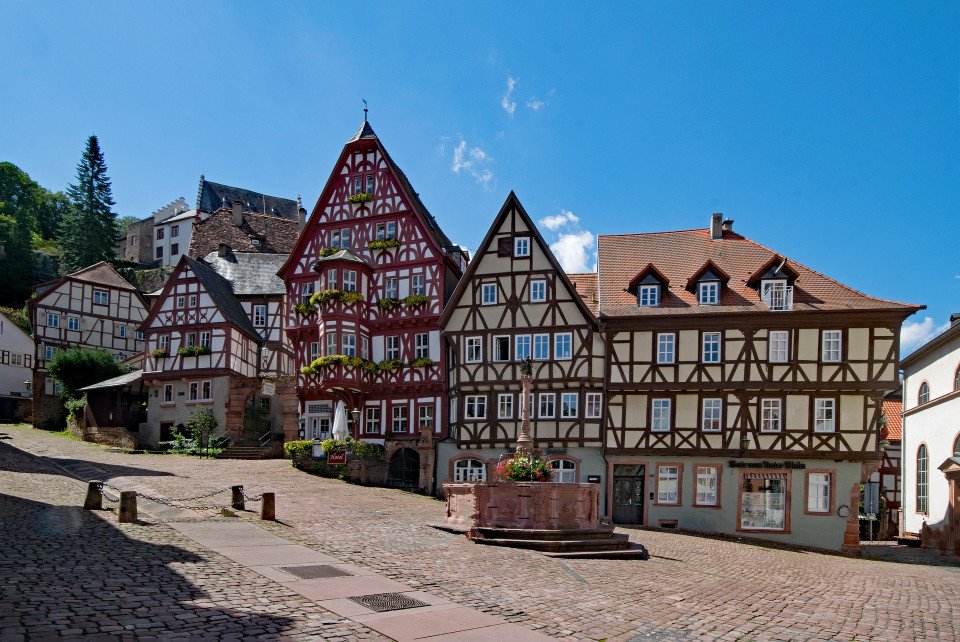
Miltenberg is a city located in Bavaria and Southern part of Germany. Located on the banks of the river Maine the city grew from its medieval roots through Viniculture, wine trade, fishery, and general river traffic, into the established and preserved town of today. Visit the Museum Stadt Miltenberg, housed in the half timbered house called the Alte Amtskellerei (The Provost’s Office) and discover the town’s history through collections depicting culture back to the Romans. A visit to castle Miltenberg is also recommended. The castle dates back to the 11th century and is now owned by the city administration. With the castle in need of rehabilitation, the Museum Burg Miltenberg was opened to exhibit classic icons and contemporary art in a historical and significant setting. The keep of the castle, which reaches twenty seven metres high, offers picturesque views of the Main Valley below and is the perfect setting to relax and enjoy some refreshments.
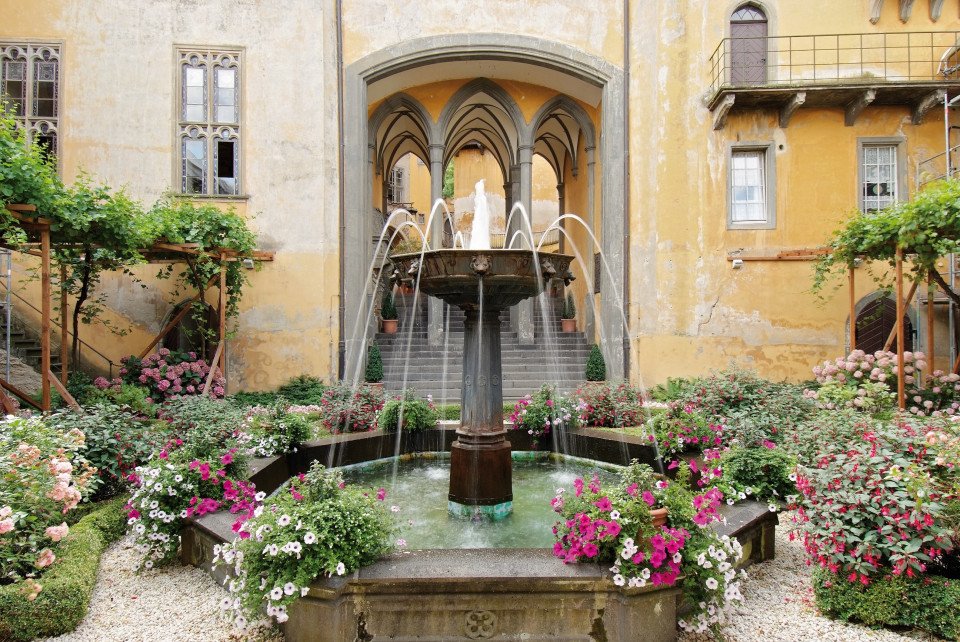
Located in the West of the country, Koblenz is one of the oldest cities in Germany. It is situated on both banks of the river Rhine, at its confluence with the Moselle River. The beginnings of Koblenz can be traced back to its military beginnings around 8 BC. The city is rich in its history and heritage and is easily explored on foot. Take the cable car crossing over the river Rhine for spectacular aerial views or enjoy the city from the one thousand year old fortress, Ehrenbreitstein. The upper middle Rhine Valley is a UNESCO World Heritage Site and its unique landscape can be enjoyed and discovered through the interactive multimedia journey at the Romanticum. Historical and architectural sites of interest include Stolzenfels Castle, the Electoral Palace of Koblenz and Old Town. From the romantic winding streets and small squares of Old Town, stroll through the alleyways from the Church of the Holy Virgin to the St Kastor Basilica and enjoy the picturesque buildings and squares along the way. Koblenz is also very popular for its Riesling and strong Spatburgunder wines since the Romans introduced it two thousand years ago.

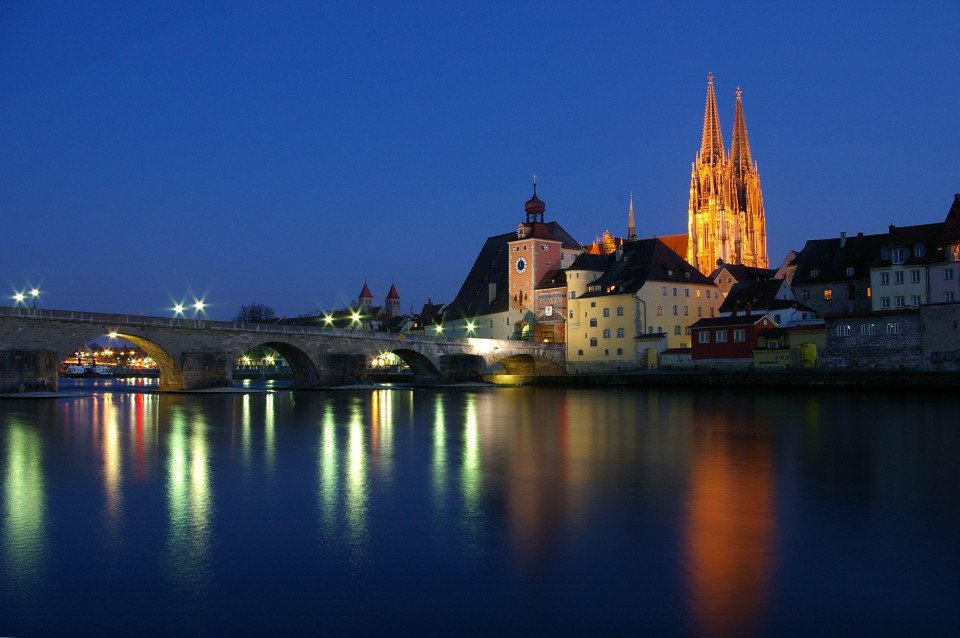
Regensburg is a medieval city of Bavaria in southeast Germany. It is situated on the northern point of the Danube River at its confluence with the Regen and Naab rivers. The city is famous for its iconic 12th Century stone bridge and sixteen arches, crossing the Danube into Old Town and is the oldest preserved bridge in Germany. Regensburg is also noted for its 13th Century Regensburg Cathedral and Gothic twin spires that feature prominently on the city’s skyline. Recently awarded UNESCO World Heritage status, the city is home to many preserved sites. Visit the the 2nd Century Porta Praetoria which served as the north gate to a Roman camp and St Peter’s Cathedral, with its French Gothic architecture. Also the 18th Century Thurn and Taxis Palace and the Old Town Hall, which is now home to the Imperial Diet Museum, are also worth a visit. Regensburg benefits from lots of parks and gardens for visitors to relax in, as well as walks and cycle paths along the banks of the rivers.
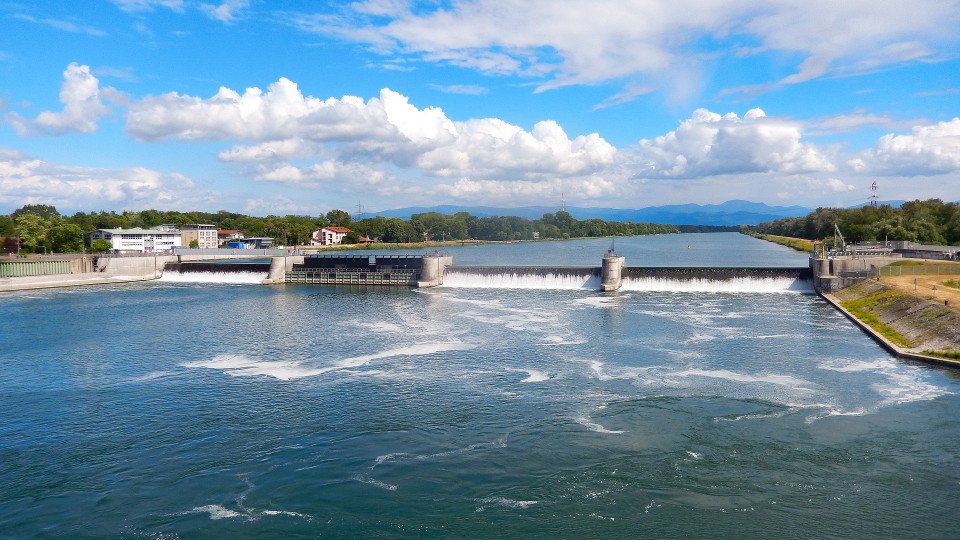
Breisach is a town located in Southwest Germany on the French border. The town is situated in the Rhine Valley on the banks of the river Rhine and dates back over four thousand years. Breisach and its history can be experienced through the City History Museum, which houses a permanent exhibition taking you from Stone Age through the Celtic, to the Romans and Middle Ages, right up to modern day. St Stephen's Cathedral is home to the city’s famous art treasures, the wheel wells, which are housed in the neighbouring Radbrunnenturm with the forty one metre deep water well. The cathedral is also home to many other treasures including the High Altar of Master HL and wall paintings by Martin Schongauer as well as High Gothic and Roman architecture. A visit to the Blue House, the former Jewish Community Centre, is highly recommended. Now owned by the Friends of Former Jewish Community House Breisach it exhibits memorials to Breisach’s Jewish heritage.
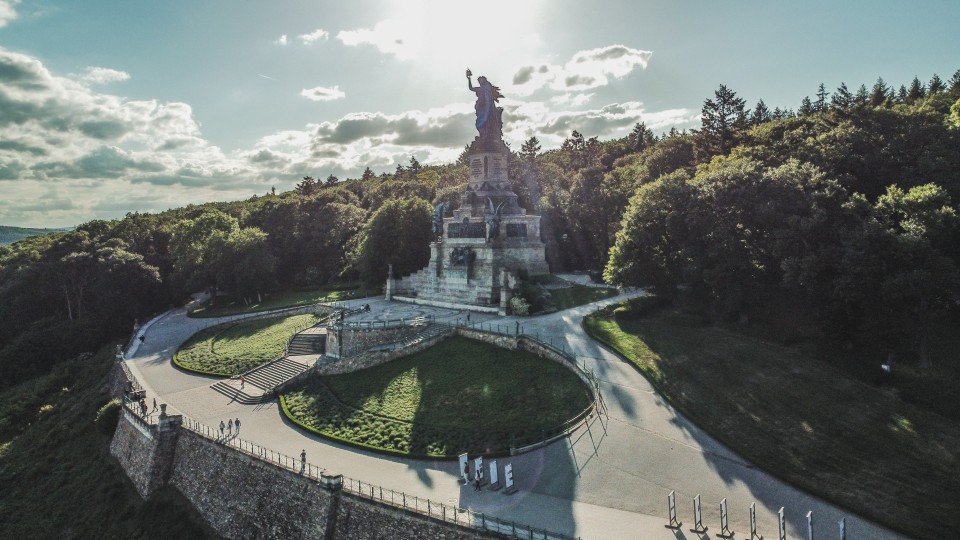
Rudesheim am Rhine is a town in the Rhine Valley in Germany and part of the UNESCO World Heritage Site of Rhine Gorge. It is known for its production of Riesling wine and has been popular for its wine making since ancient times. The Medieval Bromserburg Castle is home to the Rheingau Wine Museum and wine is a crucial part of Rudesheimer culture. The town is surrounded with vineyards and wineries, as well as many local wine bars and seasonal wine taverns. Wine tasting is a must do in Rudesheim and dining out is a great accompaniment. The local cuisine is seasonal and is closely intertwined with the wine growing traditions together with soups such as Zwiebelkuchen, Handkäs mit Musik and Spundekäs. Nordic Walking is popular around town, with five adventure trails around the vicinity, as well as many popular cycling routes. Great views of the town can be found from the water, the cable car to Niederwald Monument and the Monument itself. Old Town has the best examples of the town’s architecture with Eagle Tower, Oberstrasse and Rheinstein Castle some key sites to visit.
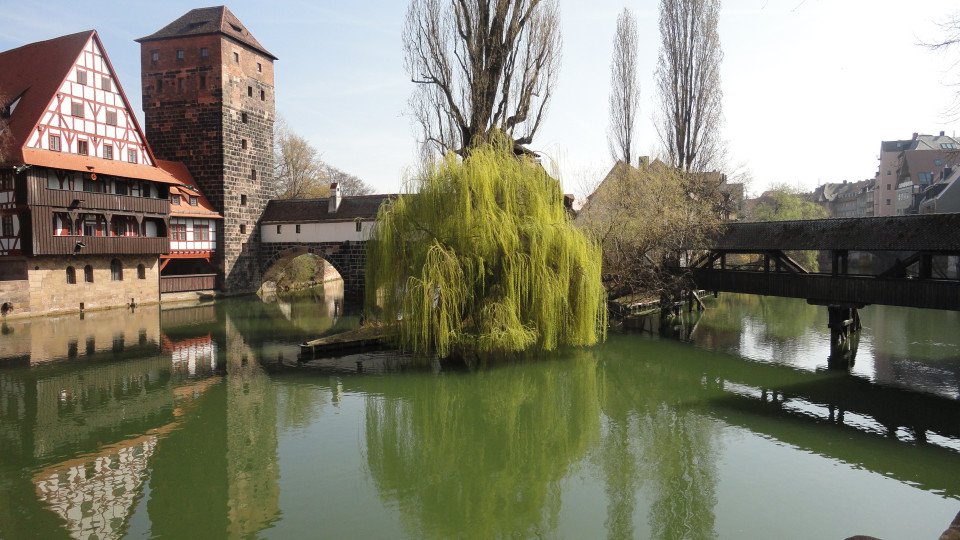
Nuremberg is a medieval city located in northern Bavaria in Germany. It is Bavaria's second largest city and is noted for its iconic red roofed buildings and medieval architecture. The imperial Castle overlooks Nuremberg and was one of the most important fortifications of the Roman Empire. For more significant cultural history, the Germanisches Nationalmuseum, one of the largest cultural history museums in the German speaking world, offers visitors exhibitions from Prehistoric all the way to present day. Walking tours around the city offer an enjoyable and active way to learn of Nuremberg’s history and culture. Through Old Town, discover fountains, wells, churches, and art treasures, as well as learning of the colourful past and cosmopolitan present of the city and its people. Nuremberg is also home to one of the oldest Christmas markets in Germany, the Nuremberg Christkindlesmarkt, where visitors can purchase traditional handmade decorations and enjoy the famous gingerbread, mulled wine, and grilled sausage from over one hundred and eighty wooden stalls.


Bamberg is a German town located over a landscape of seven hills and the confluence of Regnitz and Main rivers. The town is a UNESCO World Heritage Centre with Old Town home to structures dating back to the 11th century. An iconic landmark to visit in Bamberg is the town hall Altes Rathaus, located on an island in the Regnitz and covered in murals. Bamberg Cathedral, with its four towers and numerous stone carvings, is a striking example of Romanesque architecture. Head to the Market Gardeners District and visit the historical houses where centuries ago the town gardeners would grow and export produce such as onions, seeds and liquorice. In the town centre and heart of Little Venice, the rivers and arched bridges connecting the island city are reminiscent of Venice, with a lively atmosphere and modern shops set in historical surroundings. After a day shopping, head to one of the many Brewery pubs for some popular German beer. Bamberg is famous for its beer and is where its name originated from, with the town being populated by nine traditional breweries.
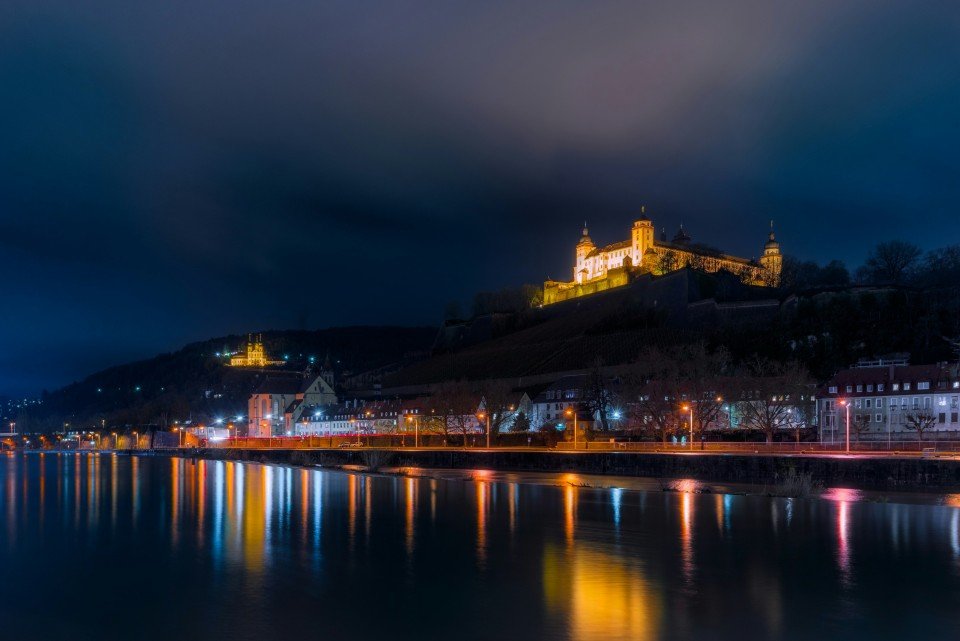
Würzburg is a city in Bavaria in southern Germany. It is located on the River Main and is famous for its lavish baroque architecture and Franconian wine. The Residence Palace is a UNESCO World Heritage Site and is highly recommended. It is a well known example of Baroque architecture with its acclaimed staircase, impressive frescos and imperial hall. Other impressive sites in Würzburg include the towering fortress of Festung Marienberg, the Alt Mainbrücke old bridge, which offers ideal views of the Marienberg, Dom St. Kilian cathedral and the many churches of Würzburg including the Romanesque Neumünster. Many of these sites have their own museums for visitors to learn of the history or view unique collections. Other museums of interest are the Mineralogical Museum, exhibiting the world of minerals and stones, and the Botanical Gardens, with various greenhouses and outdoor areas to enjoy. Wine lovers will find an abundance of wineries in Würzburg, offering cellar tours and wine tasting as well as traditional Bavarian cuisines and hospitality. Enjoy wine soup, Gerupfter (cheese spread) and Sauerbraten (braised beef in wine) in a friendly traditional wine tavern.
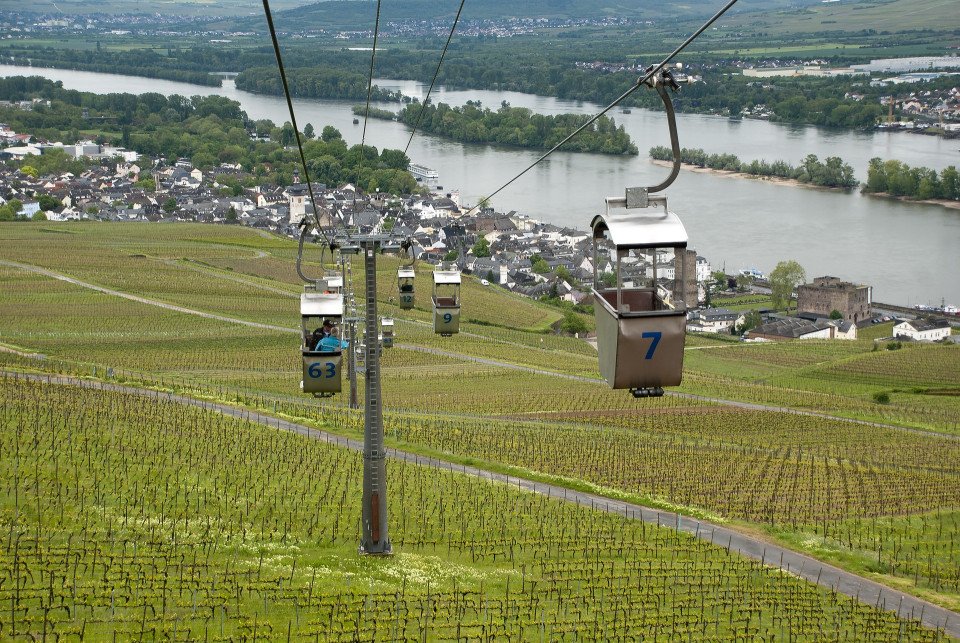
Rüdesheim is a popular stop on the Rhine, renowned for vineyards and medieval architecture. A notable feature of the town's vibrant cultural scene is the Drosselgasse, a narrow street paved with cobblestone and lined with wine taverns and local retailers, showcasing a delightful combination of local wine and traditional German hospitality. Encompassed by rolling vineyards and adorned with historic landmarks, Rüdesheim provides a quintessential German experience in a setting that seamlessly marries natural beauty with cultural richness.
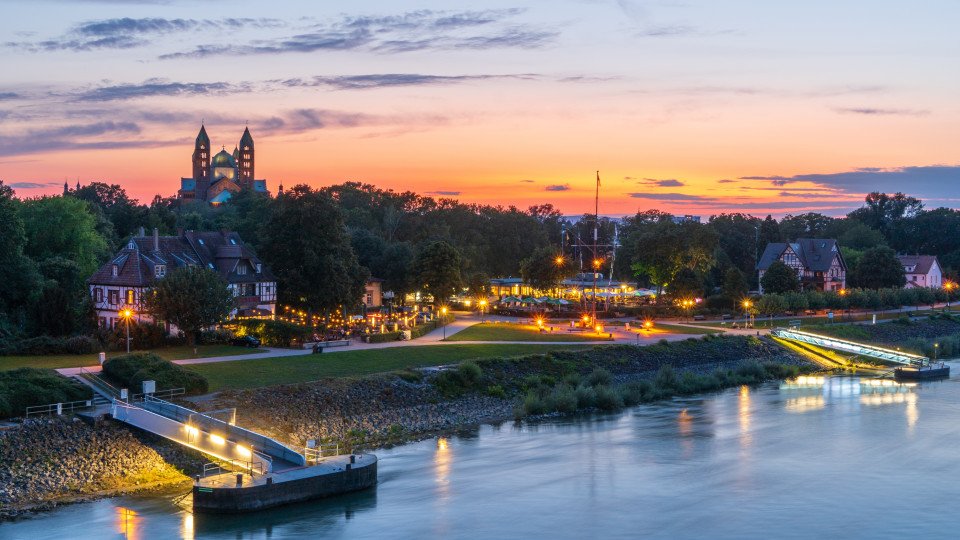
Speyer is a town located in southwest Germany situated beside the river Rhine. Originally founded by the Romans, it is one of the oldest settlements in Germany and is situated in the popular wine growing region of the Palatinate. A key attraction of Speyer is the Historical Museum of the Palatinate, which is one of the most celebrated culture-history museums in Germany. It features five permanent collections including Prehistory, Roman Times, Cathedral Treasury, Modern Era and Wine Museum. Not far from the museum, visitors will find the Imperial Cathedral, a UNESCO World Heritage Site, which is considered the largest preserved Romanesque church in Europe. Originally constructed by Konrad II, this magnificent and looming building was intended to demonstrate the Lord’s religio-political claim to power against the papacy. Speyer has been producing wine since its Roman beginnings and wine tasting, festivals and events are popular all year round. The town is popular for outdoor activities such as hiking and cycling as well as guided walking tours of the town.
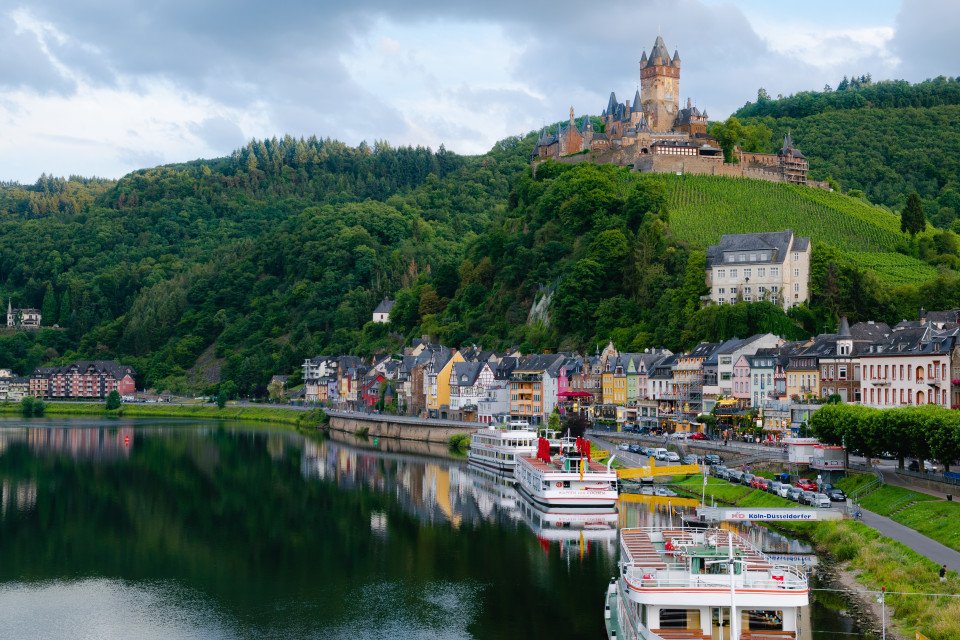
A town characterised by enchanting medieval charm, Cochem sits along the stunning Moselle River in Germany, overlooked by the fascinating hilltop Reichsburg Castle. Cochem's skyline looks as though it were lifted directly from a postcard, decorated with half-timbered houses, charming streets and the Moselle river meandering alongside. A reputable hub for impeccable Riesling wines, Cochem is also famed for its local vineyards, offering visitors a taste of traditional German wine production.
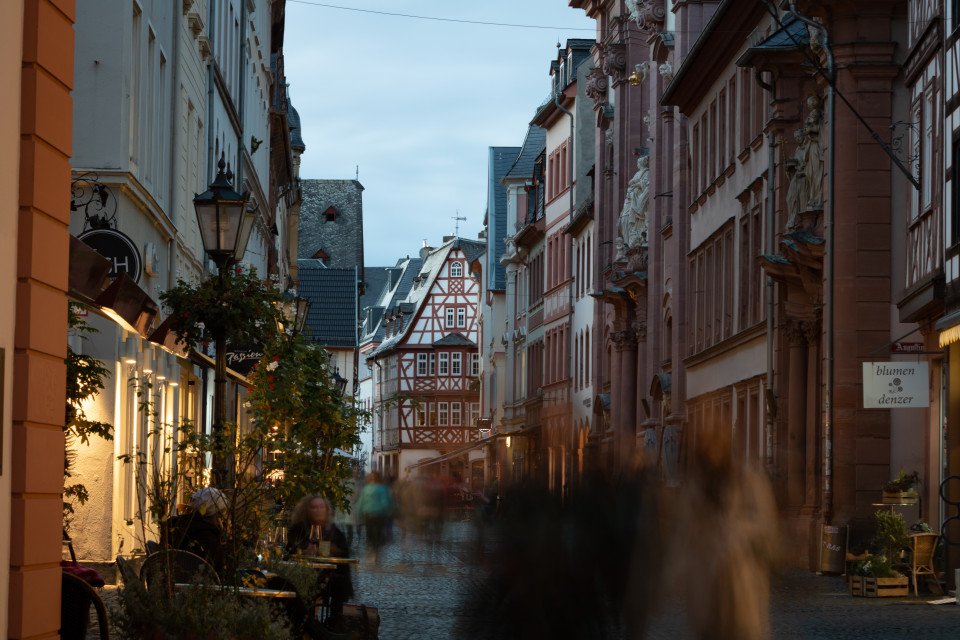
Situated on the banks of the Rhine, Mainz is a German city with an intricate history dating back to the Roman era, as the capital of the Rhineland-Palatine state. Celebrating its cultural heritage, Mainz is home to several iconic landmarks that represent the city's historical significance, including the Mainz Cathedral, the Old Town and the Gutenberg Museum, which honours the inventor of the printing press.
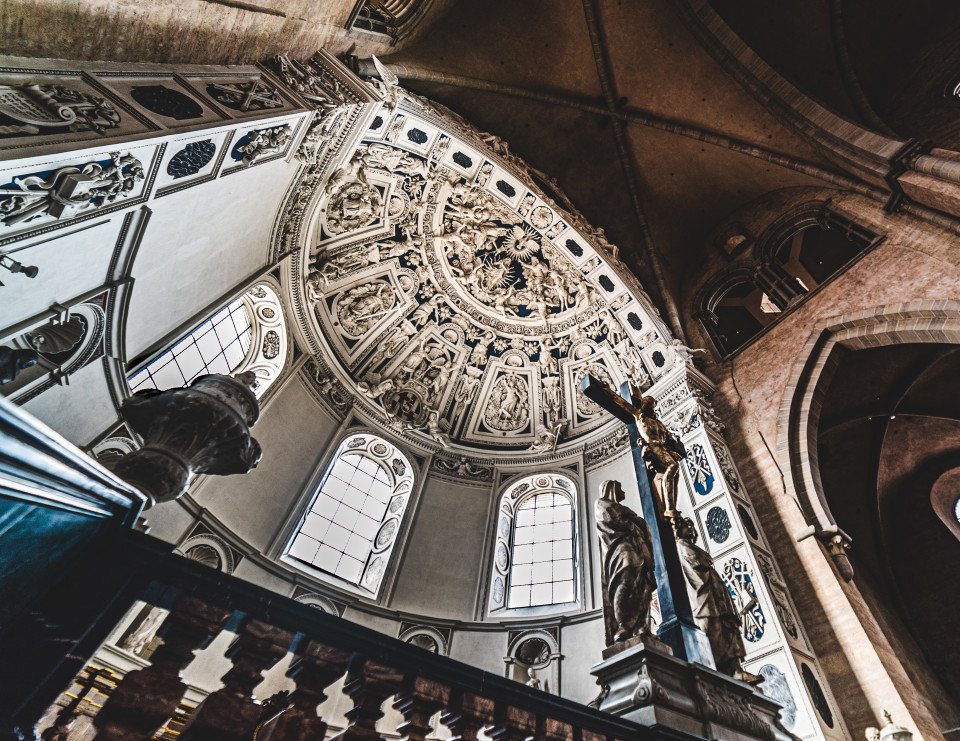
One of the oldest cities in Germany, Trier's rich history dates back over 2,000 years as the former capital of the Western Roman Empire. The city is home to an impressive array of well-preserved Roman ruins, including the iconic Porta Nigra, a massive city gate. What's more, Trier boasts several UNESCO World Heritage Sites, such as the Roman amphitheater and the Imperial Baths. Besides its captivating past, Trier also offers a unique blend of contemporary and traditional elements, with an enchanting old town, lively market squares and a vivid cultural scene.
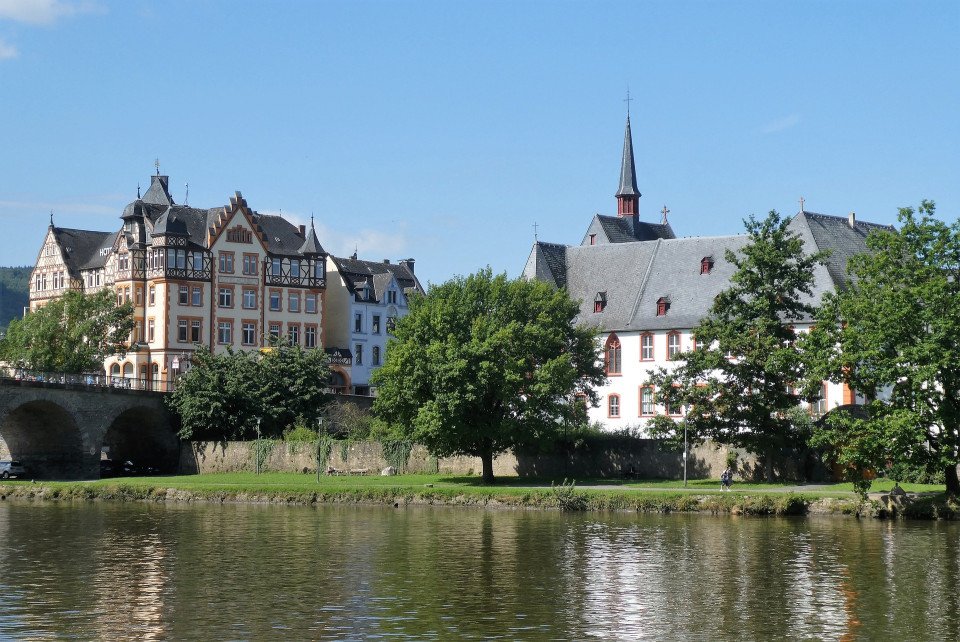
Bernkastel-Kues is an enchanting fairytale town situated along the Moselle River, Germany, with streets paved with cobblestone and lined with half-timbered houses. Famed for its medieval architecture, the lively market square is home to the iconic Spitzhäuschen (Pointed House), a narrow, gabled timber-framed building dating back to the 15th century. Alongside its rich cultural heritage, the town is renowned for its vineyards and wine production, offering its visitors delightful wine-tasting experiences and stunning views of the surrounding vine-covered hills.
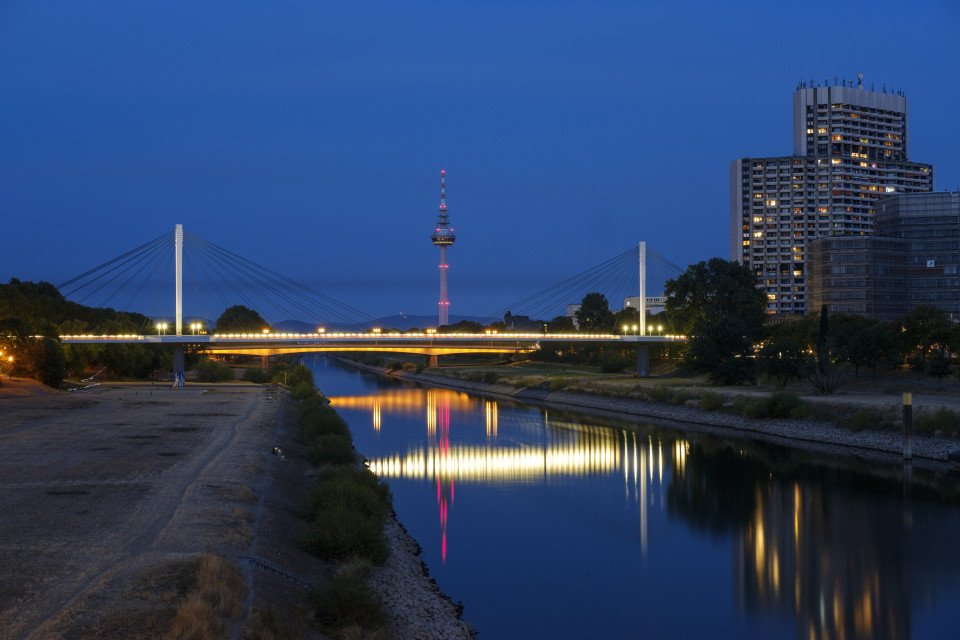
Mannheim, Germany, is a dynamic city known for its distinctive grid layout and vibrant cultural scene. Located at the confluence of the Rhine and Neckar rivers, it features the impressive Mannheim Palace and the lush Luisenpark. The city's modern architecture contrasts with its historical roots, while its thriving arts scene includes theaters, museums, and music festivals. Mannheim is also a key industrial and commercial hub, making it a blend of cultural richness and economic vitality.
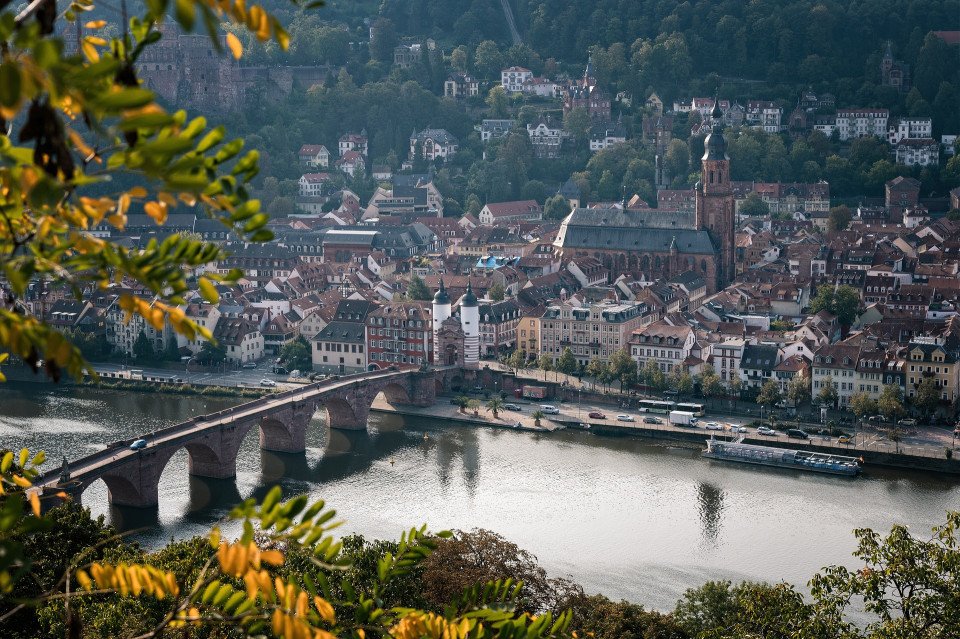
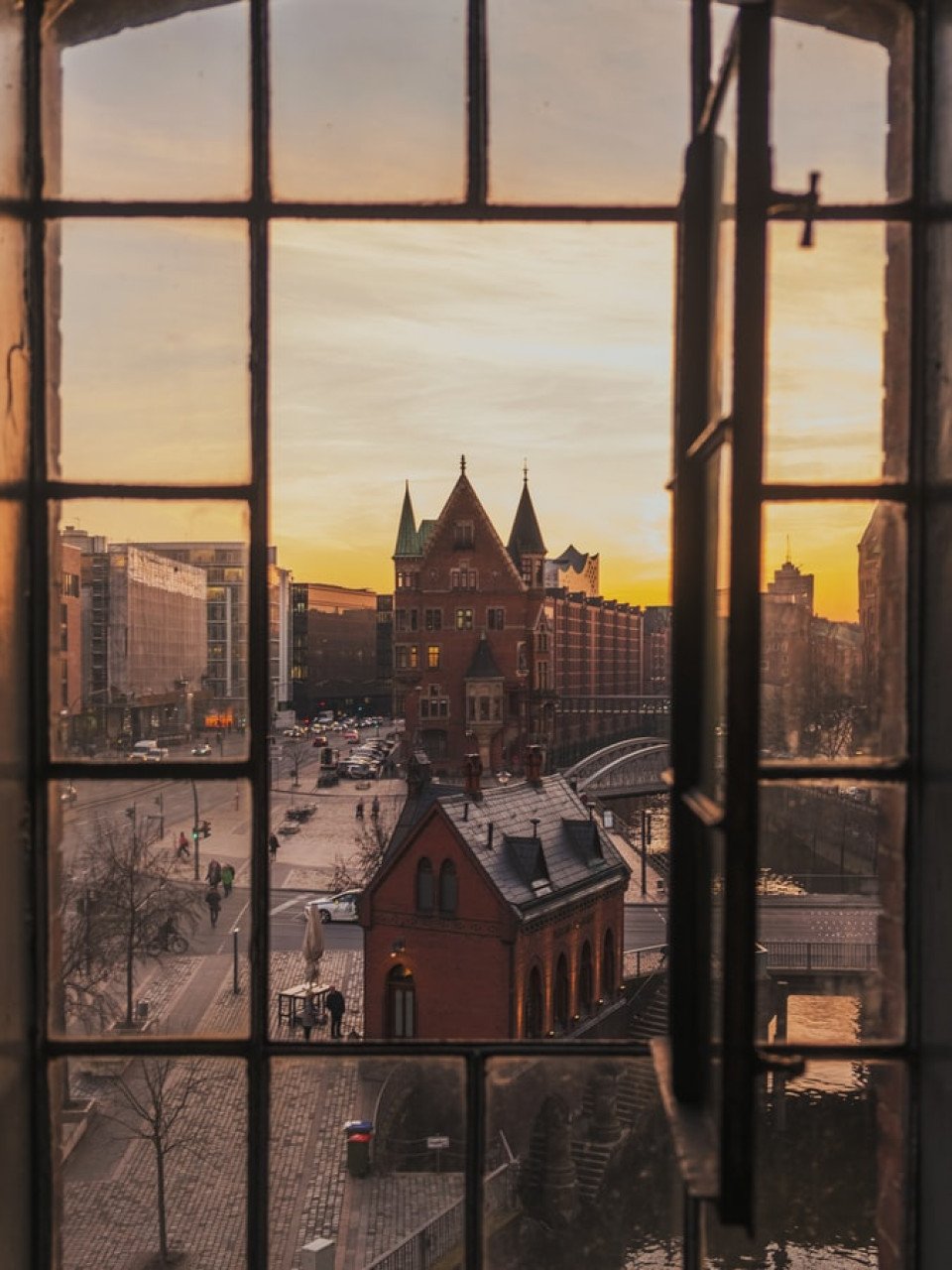
Hamburg is Germany’s second-largest city with a history dating back to Charlemagne. A major port, this vibrant city is home to art and culture, extensive shopping facilities, Baroque buildings and waterfront vistas. With its well-known fish market, art galleries and Museums together with several beautiful parks including a botanical garden, this is a city with something for everyone. British visitors who remember the Swinging Sixties may like to visit the streets around Grosse Freiheit, where an unknown pop group called The Beatles gave their first public performances in various local clubs before achieving worldwide fame.
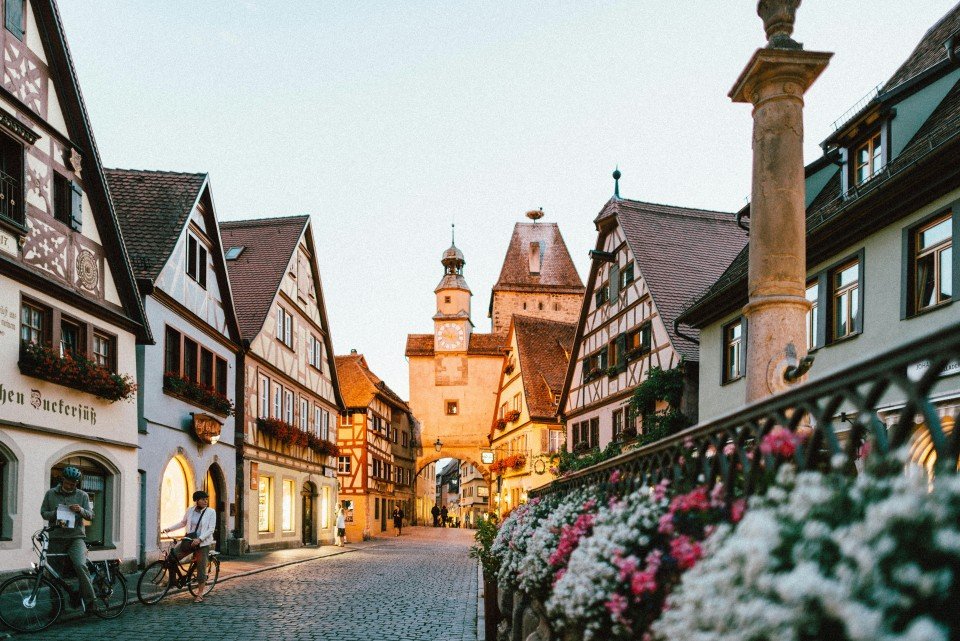
Located at the confluence of the Tauber and Main rivers, Wertheim is a German town best known for picturesque medieval architecture, including the impressive Wertheim Castle overlooking the quaint Old Town. The cobblestone streets are testament to the town's rich history, and the timber-framed houses paint a vivid picture of Germany's past.

Warnemünde, officially a suburb of Rostock, is a quaint seaside resort town with the best hotels and restaurants in the area, as well as 20 km (12 miles) of beautiful white-sand beach. It's been a popular summer getaway for families in eastern Germany for years.There is little to do in Warnemünde except relax, and the town excels brilliantly at that. However, Warnemünde is a major cruise-ship terminal. Whenever there is more than one ship at dock, the town explodes with a county fair–like atmosphere, and shops and restaurants stay open until the ships leave at midnight. The city celebrates the dreifache Anlauf, when three ships dock simultaneously, with fireworks.
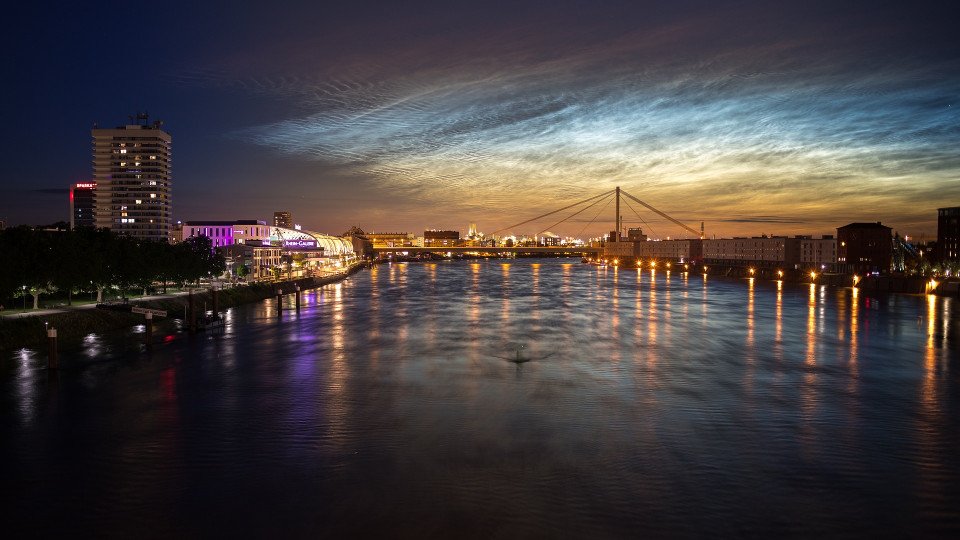
Ludwigshafen is situated on the Rhine in southwestern Germany, and is best known for its significance as a major chemical industry hub. Alongside its industrial brilliance, Ludwigshafen blends cultural attractions and rich history as home to the iconic Wilhelm-Hack-Museum, the Fredrich-Ebert-Park.
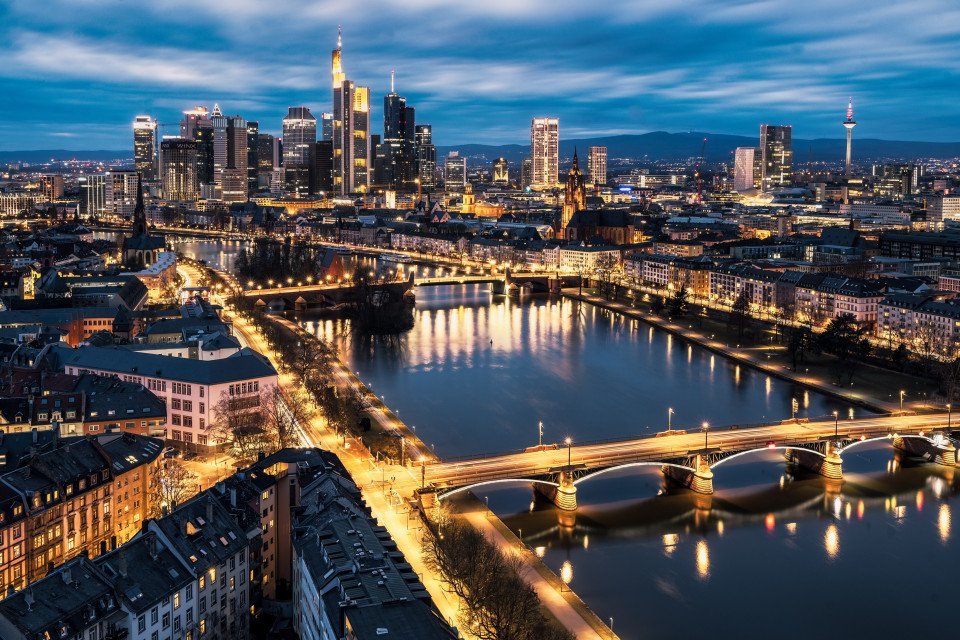
Frankfurt, birthplace of the iconic writer Johann Wolfgang von Goethe, boasts a wealth of cultural attractions, vibrant modernity and rich history. The cityscape is dominated by sleek skyscrapers, a showcase of the city's status as a dynamic metropolis and the financial capital of Europe. Home to world-class museums, diverse cuisine and lively markets, Frankfurt offers a varied array of experiences that complement its cosmopolitan character and enduring legacy.
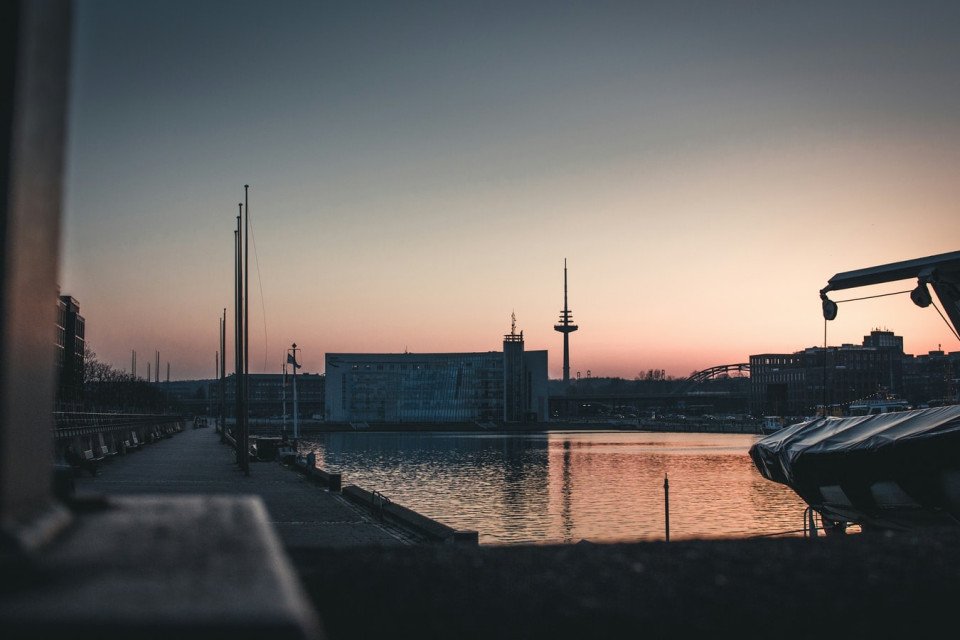
Known for the Kiel Canal and Kiel Week, the city boasts an important maritime history. Kiel is also a great place to sight-see, do some shopping and take part in one of the many festivals taking place there.
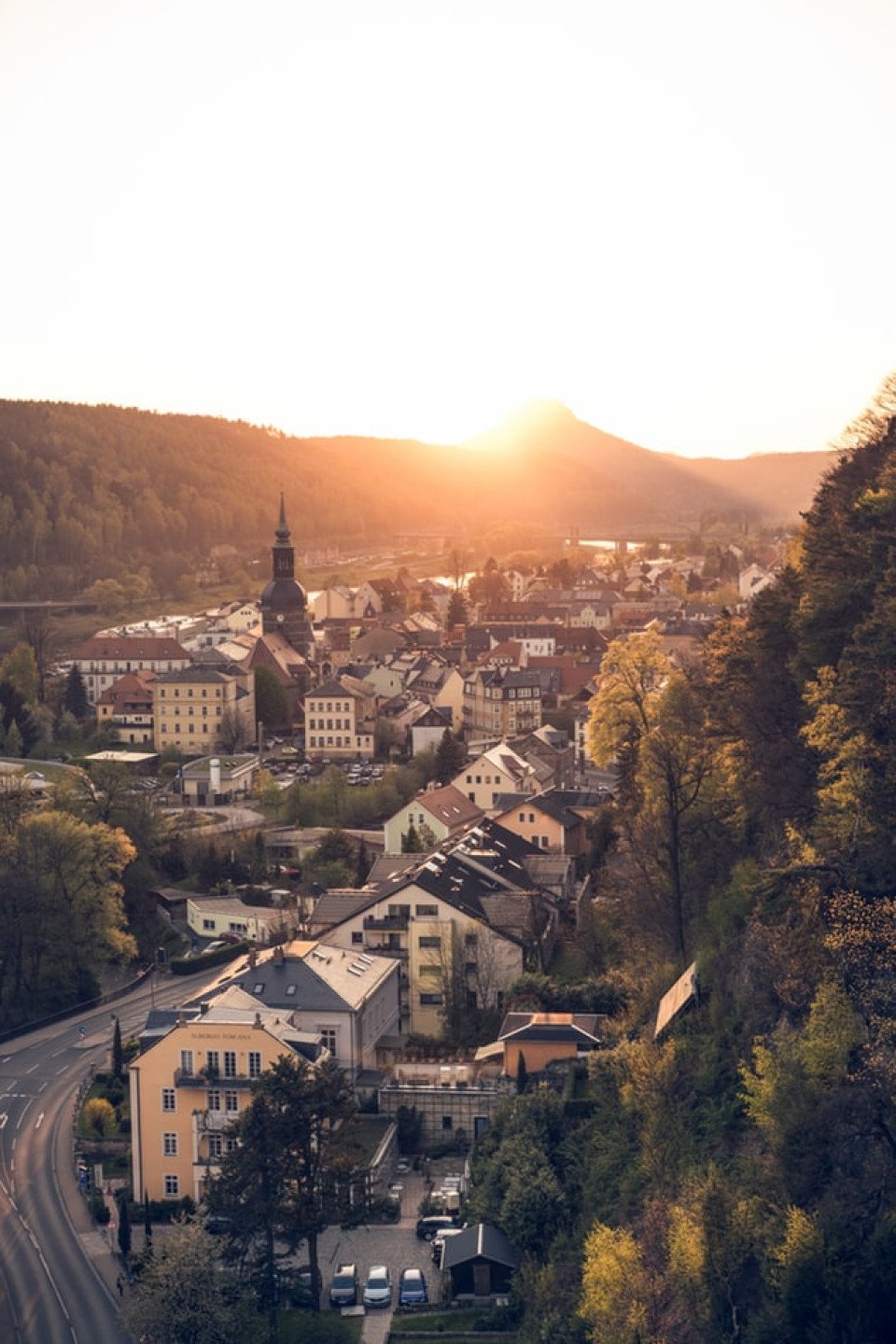
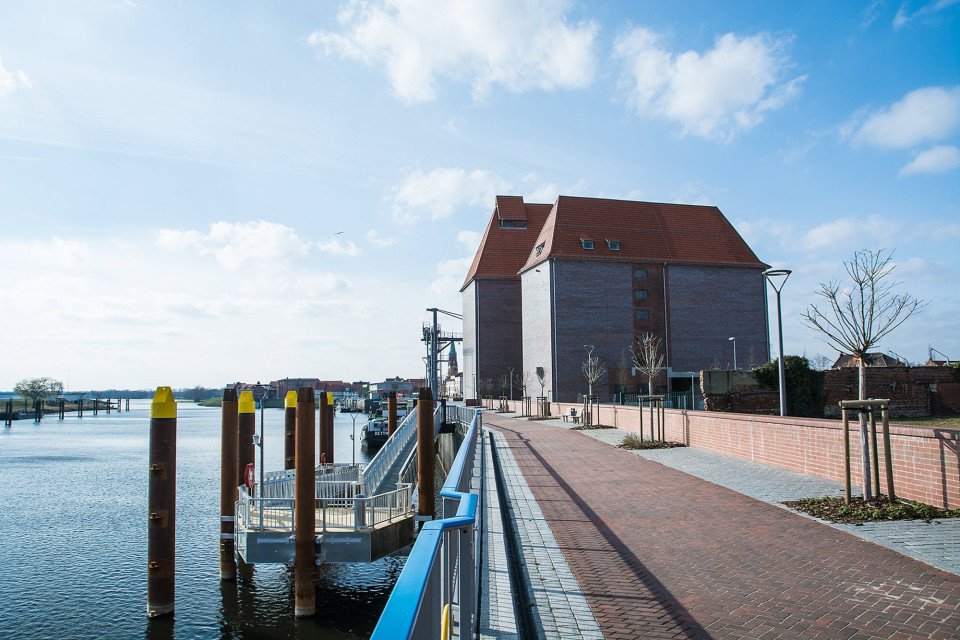
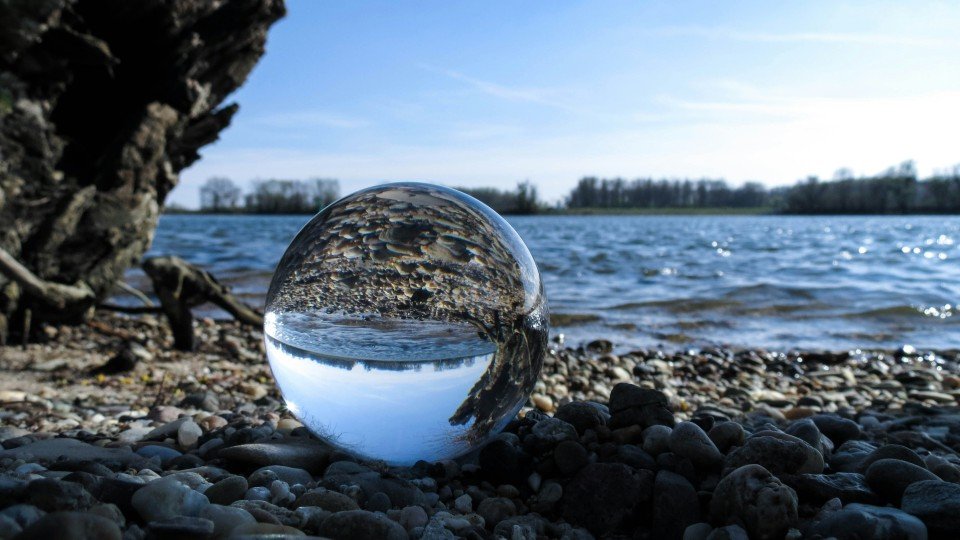
Deggendorf is a city and district capital located in Bavaria in Southeast Germany. The city is situated on the banks of the river Danube which provides a natural border from the south. Deggendorf is populated with many hills, creating plenty of outdoor space to walk, cycle, horse-ride, and hike around or downhill and cross country skiing in the winter months. The wooded mountainous backdrop to this city has given Deggendorf its title as the Gateway to the Bavarian Forest and visitors can enjoy panoramic views of the countryside between the Danube and the Bavarian Forest. Head back down into the historical town centre and pass through the Spitaltor town gate where Deggendorf’s first iconic landmark can be seen: the Church of St Peter and St Paul. Further into the centre is the Old Town House, featuring its Gothic tower and original night watchman's apartments. As well as historical sites, Deggendorf offers traditional Bavarian hospitality and a lively atmosphere in its bars and restaurants, together with the city square and broad market streets for modern and traditional shopping.
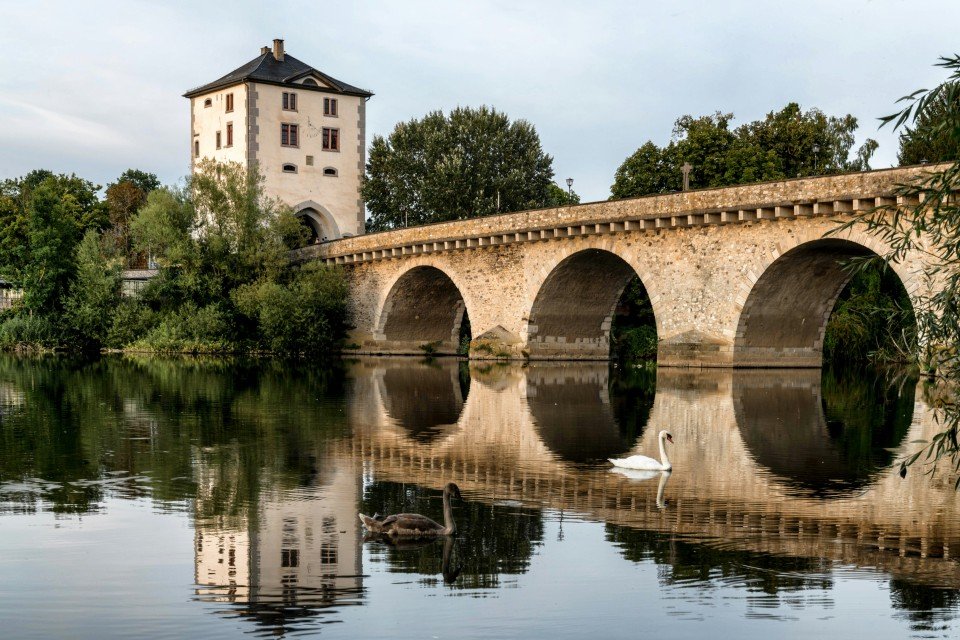
Lahnstein sits at the confluence of the Lahn and Rhine rivers, and is decorated with stunning medieval architecture such as the famed Lahneck Castle. The picturesque German town is bursting with character and rich history, located along the Rhine Gorge and offering a serene experience for visitors exploring Germany.
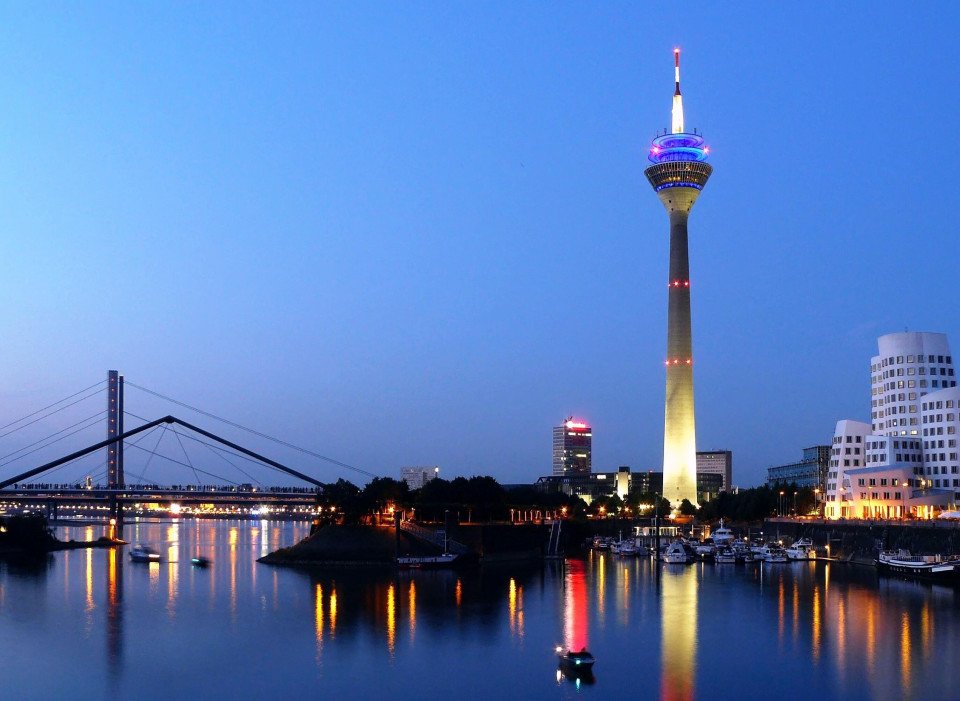
World-renowned for its vivacious arts and fashion scene, Düsseldorf sits along the Rhine River in western Germany and beautifully blends contemporary architecture with historic significance, offering its visitors a wonderfully diverse experience. Düsseldorf boasts an array of museums, galleries and boutiques, making it a key cultural hub.
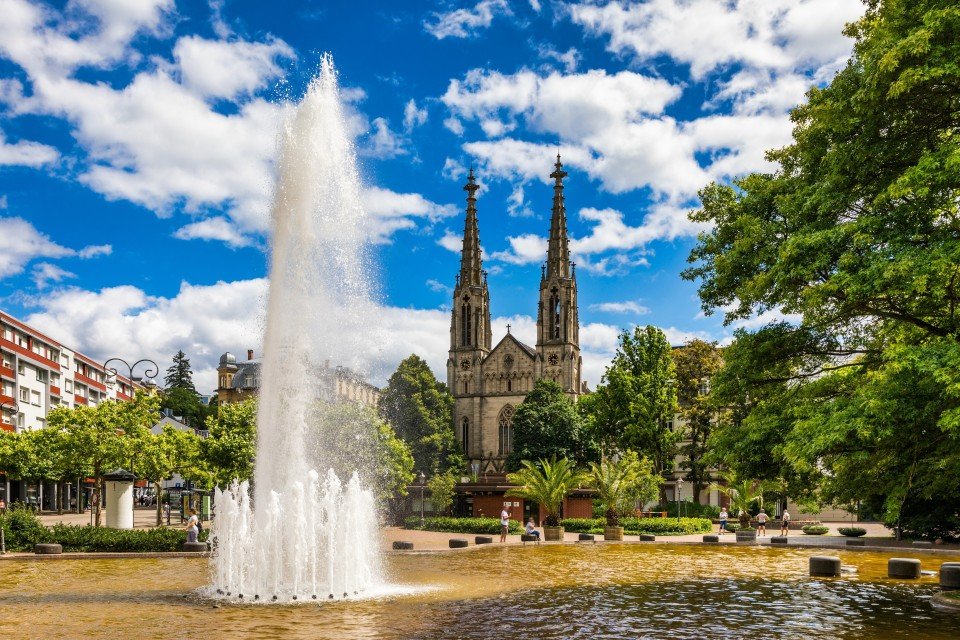
Baden-Baden is a spa town in southwestern Germany’s Black Forest, near the border with France. Its thermal baths led to fame as a fashionable 19th-century resort. Alongside the Oos River, park-lined Lichtentaler Allee is the town’s central promenade. The Kurhaus complex (1824) houses the elegant, Versailles-inspired Spielbank (casino). Its Trinkhalle has a loggia decorated with frescoes and a mineral-water fountain.
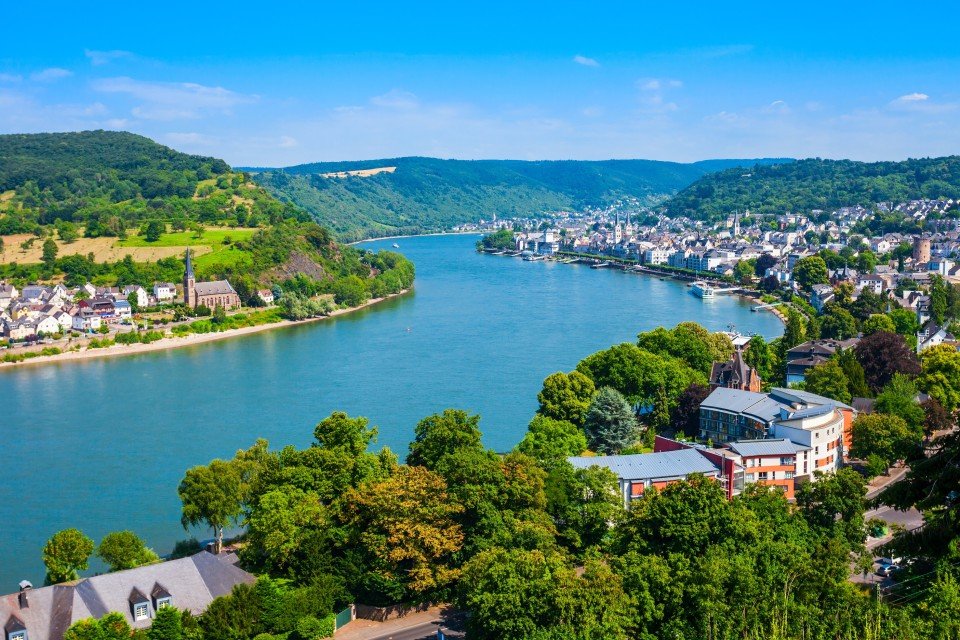
Boppard, Germany, is home to the iconic Romanesque St. Severus Church, a well-preserved medieval building that exudes timeless elegance and captivates visitors, situated along the scenic Rhine River. Surrounded by picturesque vineyards, stretching along the Rhine Valley hillsides, the town is known for its fine wine production, drawing attraction from wine enthusiasts worldwide. Boppard offers historical charm combined with natural beauty, complemented by warm German hospitality, making it a must-visit destination.
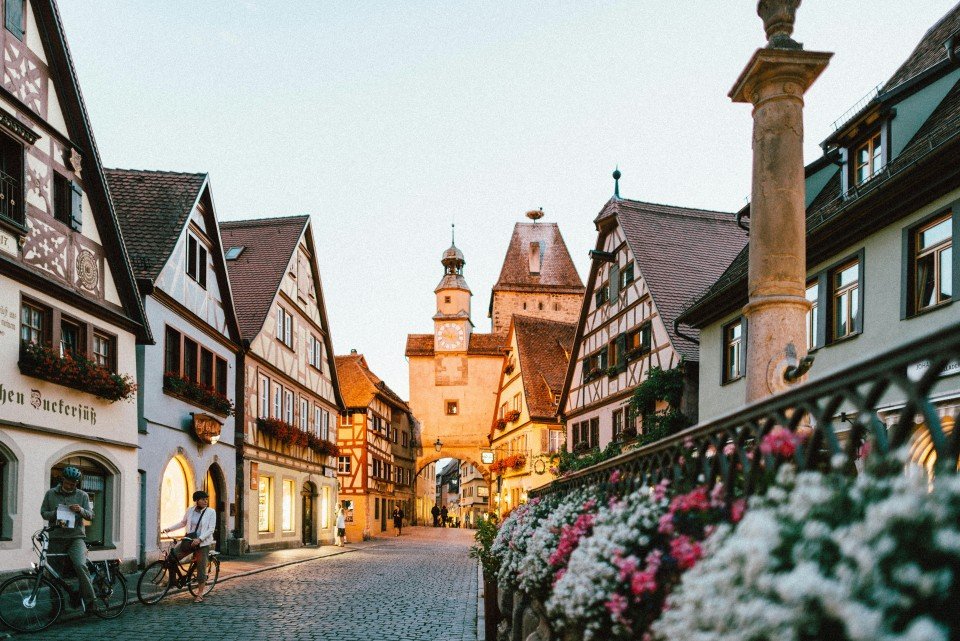
In the heart of Bavaria, Roth is home to charming streets, historic architecture and lush countryside, offering a tranquil retreat for visitors looking to explore nature and appreciate the outdoors. Famed for its annual world-renowned Challenge Roth triathlon, the town draws athletes and spectators from all over the world, bolstering community spirit.
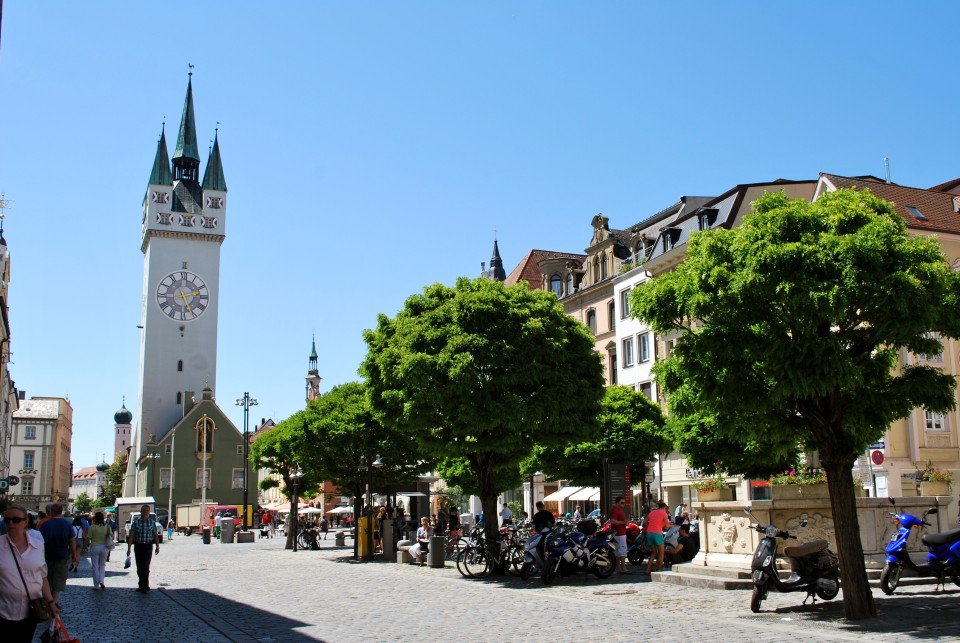
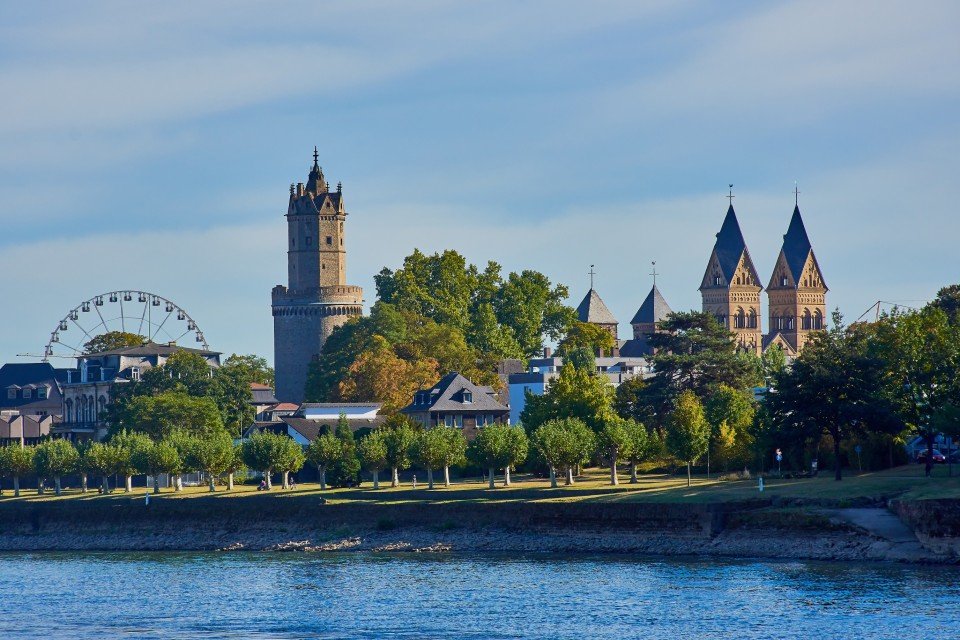
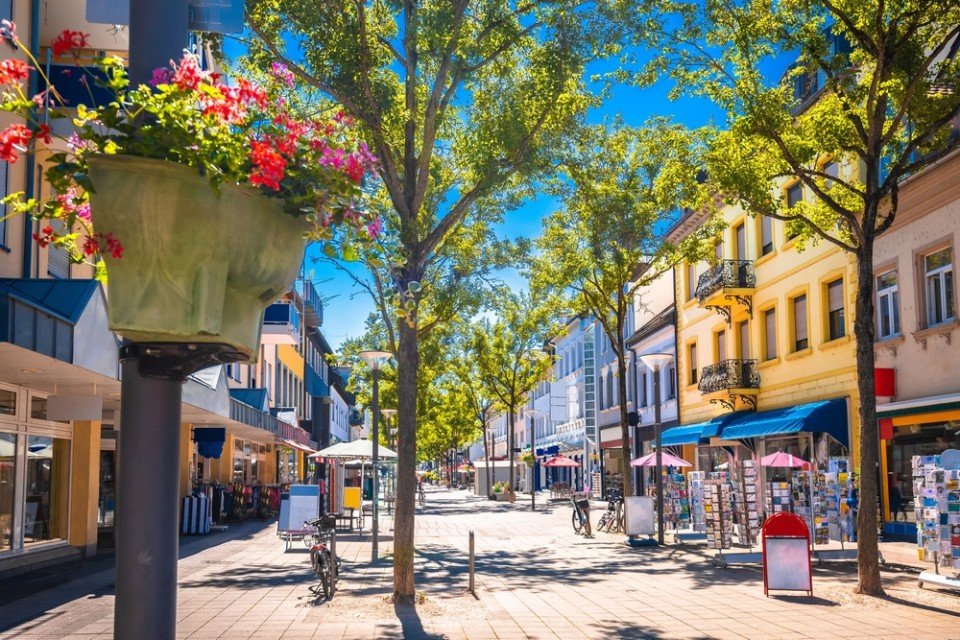
Kehl is a town located in southwest Germany on the River Rhine, across from the French City of Strasbourg. The town is not known as a tourist destination, however it benefits from idyllic landscape and a water-rich environment. Walk or cycle along the Reinpromenade or the garden of the Zweubüchter and enjoy a picnic at one of Kehl’s numerous excavation lakes. Nature lovers will enjoy spotting animals hiding along the rivers, lakes and bushes. Discover Kehl’s turbulent war and peace history with a guided tour of the centre and its surrounding villages. Visitors will also experience the town’s habitat and culture which is characterised through the half timbered houses and streets. Kehl town centre features a large pedestrian zone with many retail outlets, street cafes and outdoor dining to enjoy. A few minutes by public transport and visitors will find themselves in the centre of metropolitan Strasbourg.
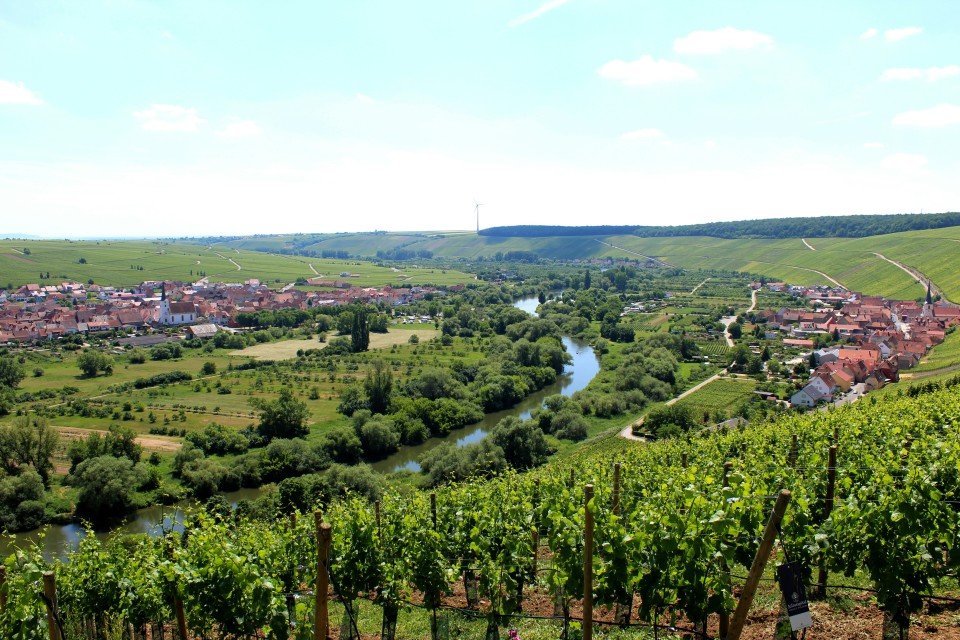
Situated in the Franconia wine region of Bavaria, Germany, Volkach is celebrated for its impressive vineyards and wine culture. Delightfully blending historic buildings, such as the Pilgrimage Church of Maria im Weingarten, with scenic landscapes adorned with vineyards, Volkach invited wine enthusiasts to explore its idyllic surroundings and savour the local wines.
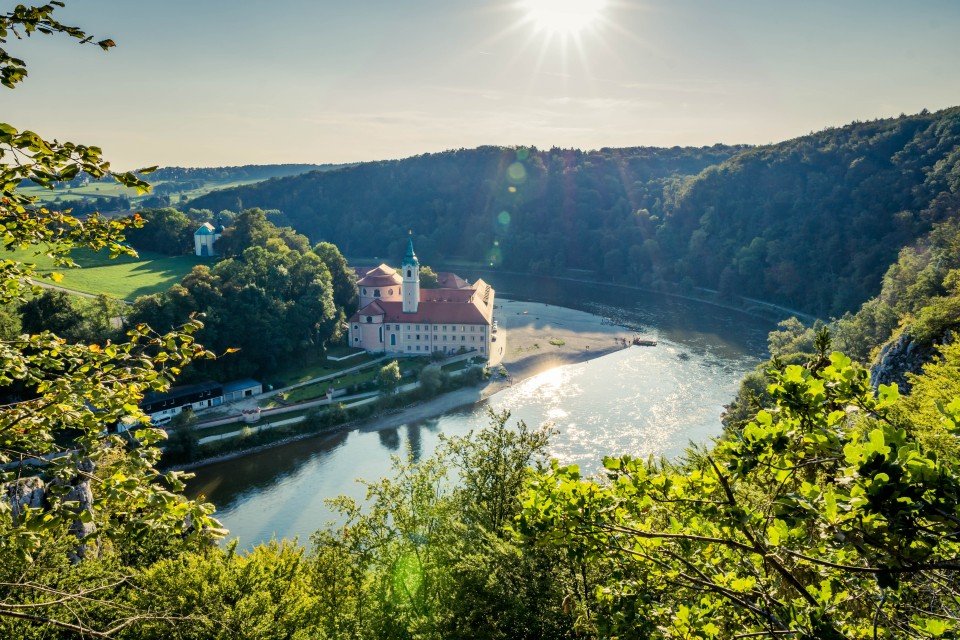
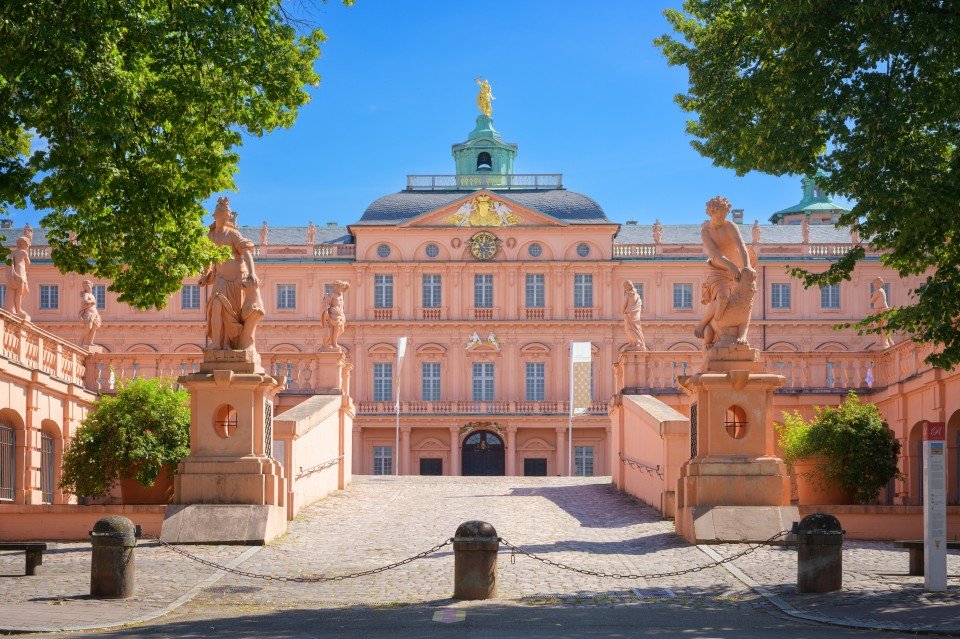
Rastatt, Germany, is a charming town in the Baden-Württemberg region, known for its Baroque architecture and historic significance. The centerpiece is the Rastatt Palace, a stunning example of Baroque grandeur with its beautiful gardens. The town offers picturesque streets, vibrant markets, and a rich cultural scene. Located near the Rhine River, Rastatt combines historical charm with a lively atmosphere, making it a delightful destination for exploring its architectural heritage and enjoying its local culture.
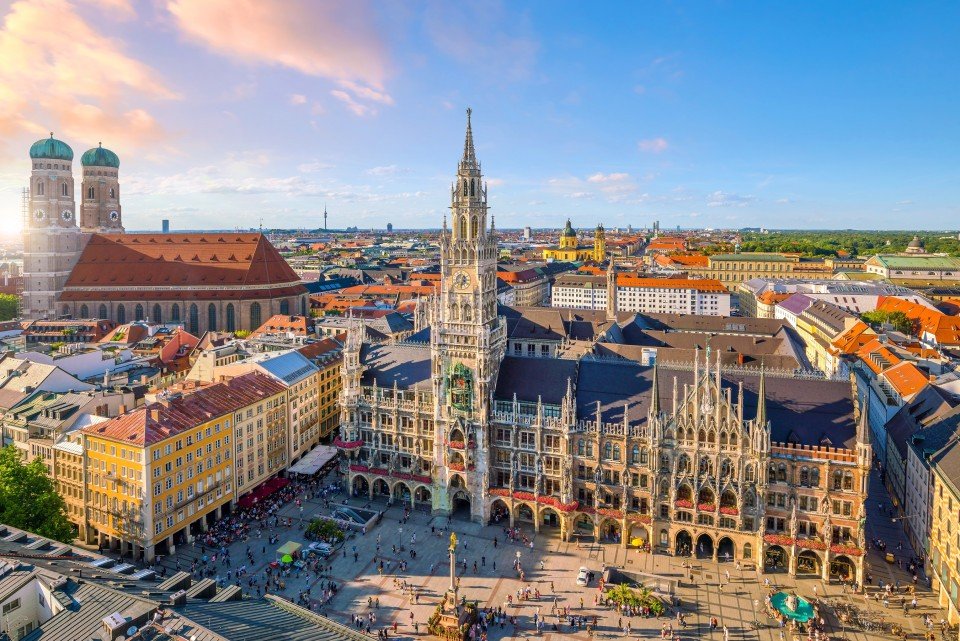
The third largest city in Germany, and one of the most prosperous and fastest growing, Munich is a city characterised by its lively energy blended seamlessly with its tranquil atmosphere. For tourists looking to explore the city and discover its rich history, or for those interested in the finest beers, stunning views or mind-blowing cuisine, Munich is host to an incredible variety of beer gardens, museums, parks, lakes, historical sites, retailers and restaurants, meaning that there really is something for everyone in Munich.
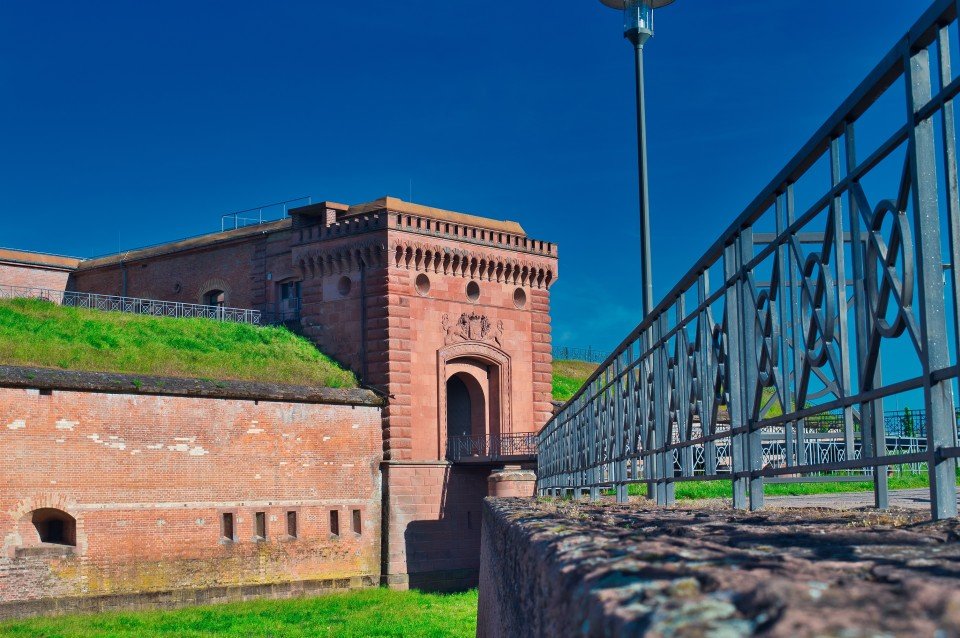
Germersheim is a town in the German state of Rhineland-Palatinate, of around 20,000 inhabitants. It is also the seat of the Germersheim district. The neighboring towns and cities are Speyer, Landau, Philippsburg, Karlsruhe and Wörth
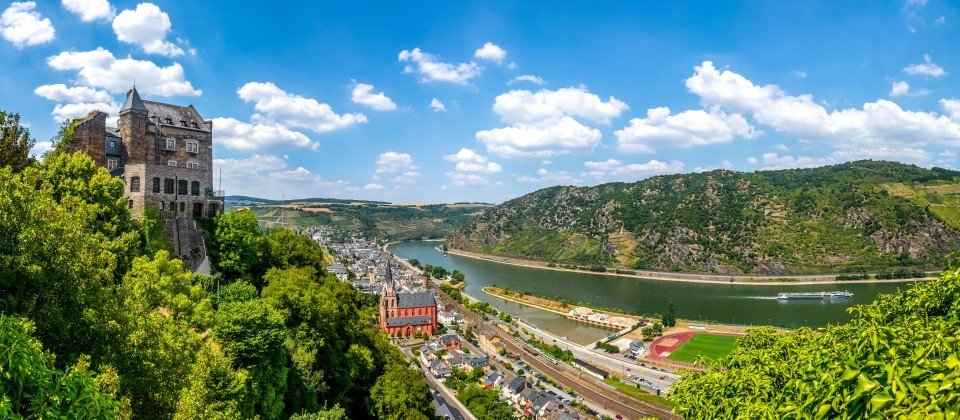
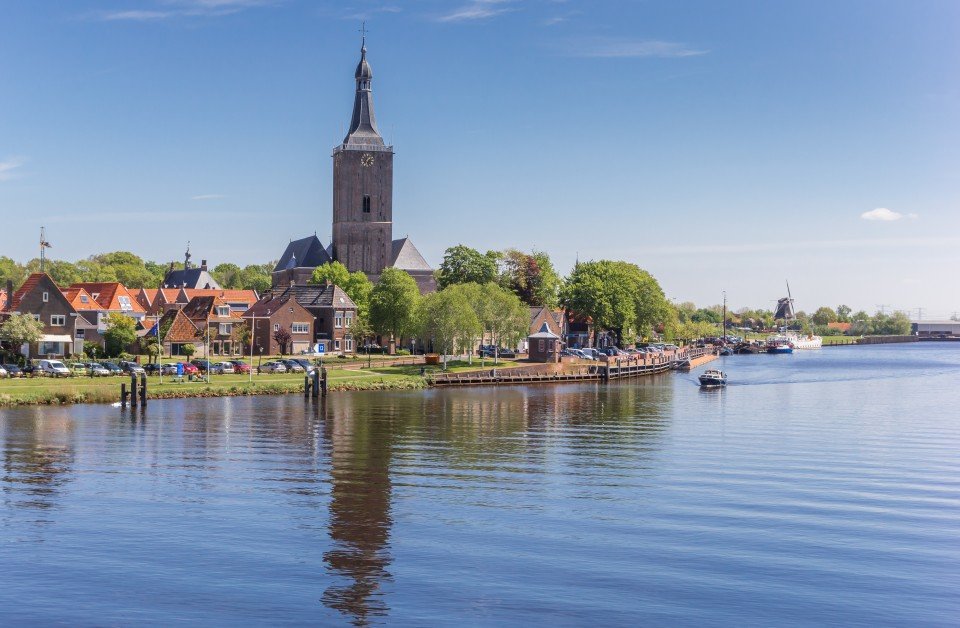
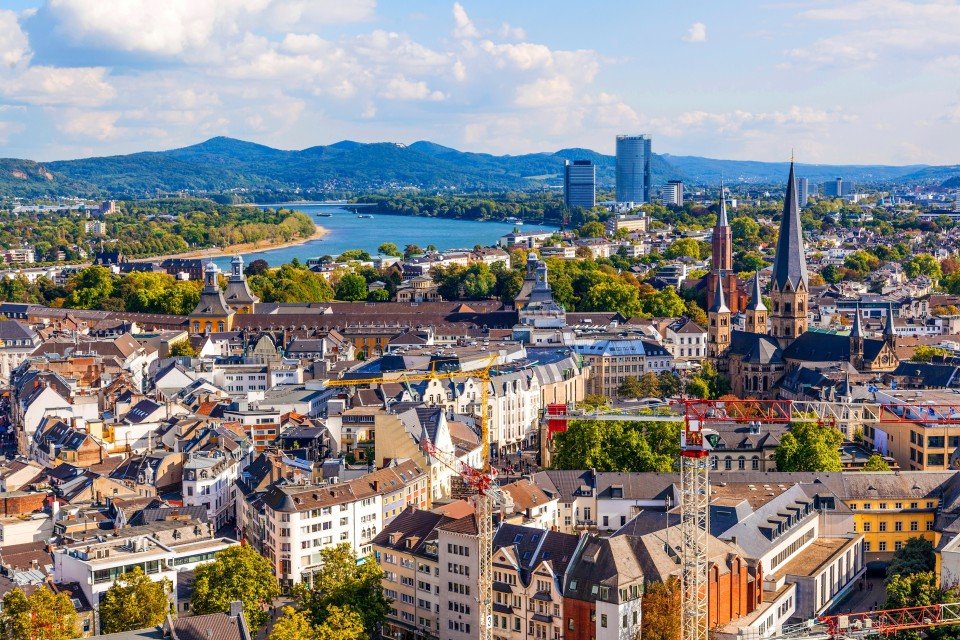
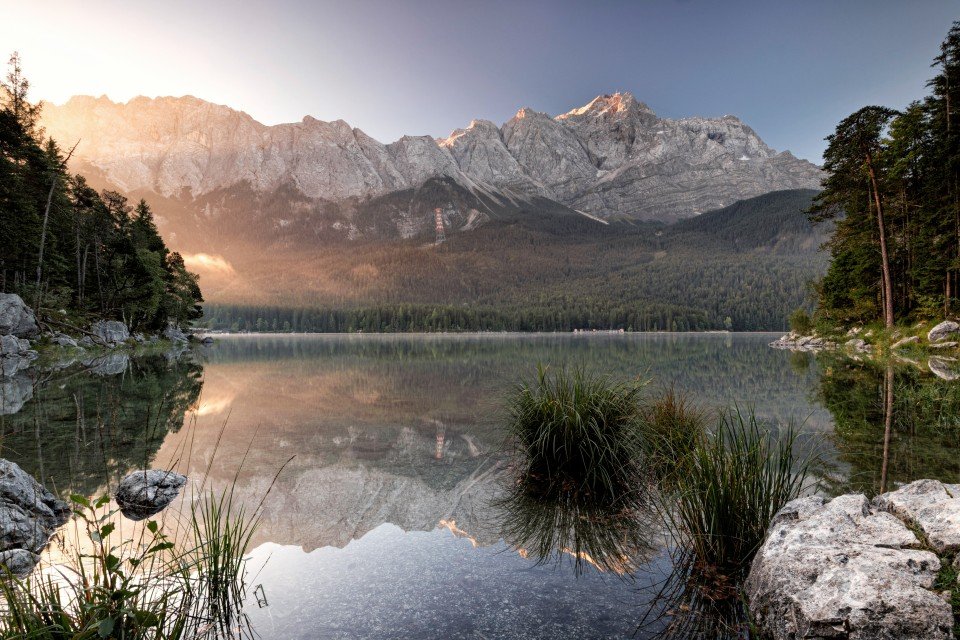
A charming town known for its winemaking traditions, Kitzingen is located in Bavaria alongside the Main River, home to historic landmarks including the Old Main Bridge and the Kitzingen Fortress, reflecting its medieval past. With festivals and events celebrating its wine culture, Kitzingen's vibrant atmosphere make it a must-visit destination for history enthusiasts, as well as those seeking a taste of regional Bavarian hospitality.
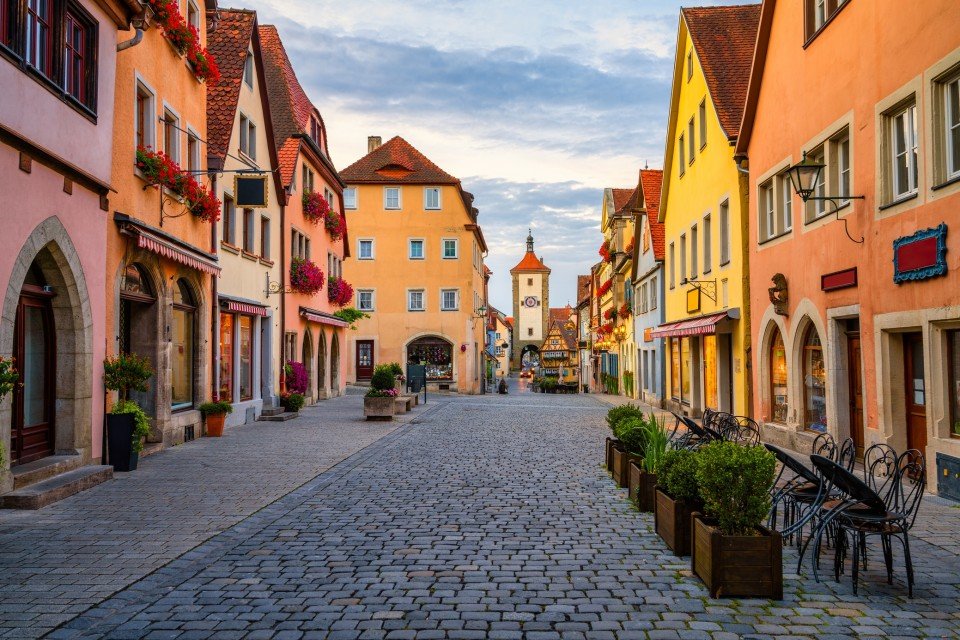
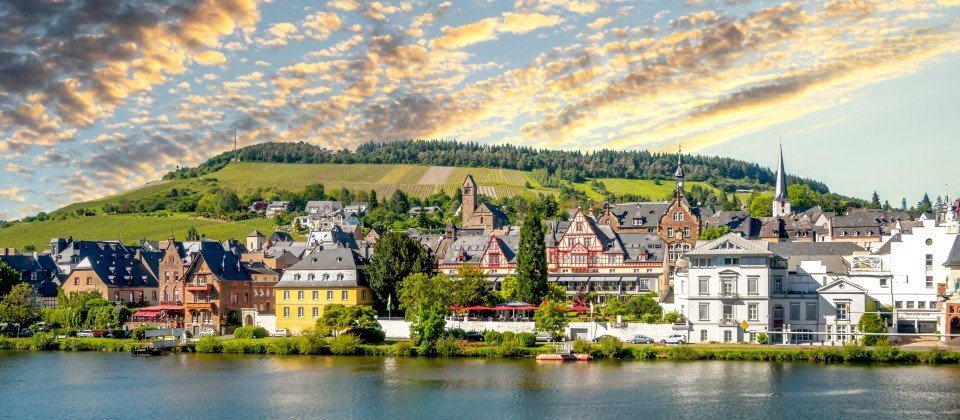
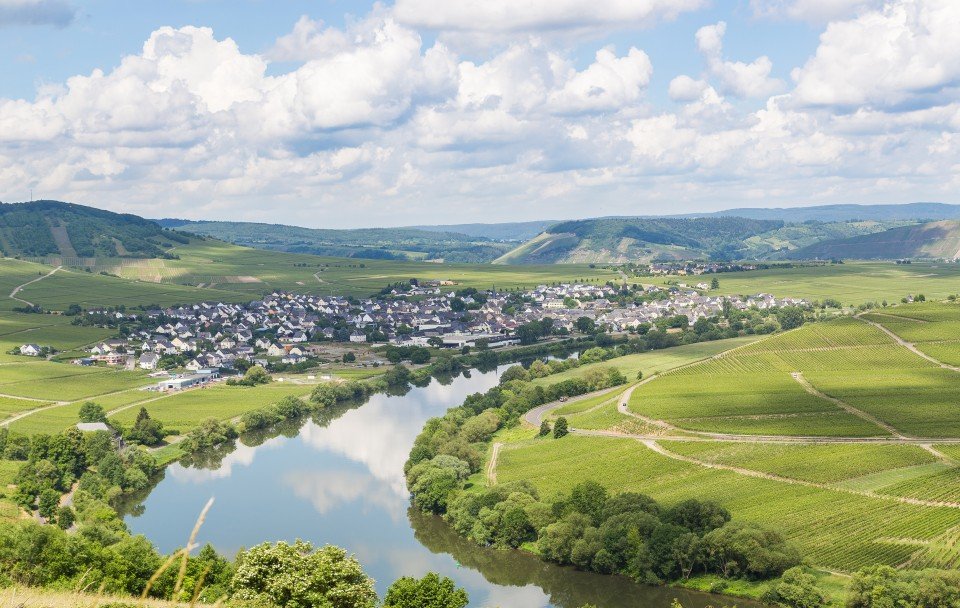

Travemünde is a beach resort with history: The town was founded in 1187 by Count Adolf III zu Schauenburg, who recognized the strategic value of its site at junction of the River Trave and the Baltic Sea. In 1329, Lübeck bought the village and its castle, thereby securing access to the Baltic for international trade. Fishing was the village's main source of income until the late 18th Century, when tourism entered the picture. Throughout the 50s and 60s, Travermunde was to Germany, what St. Tropez was to France. Even though that is perhaps not the case anymore (you’ll see no megayachts or Russian billions here), Travermunde has retained a very charming and inviting olde-worlde appeal of beach huts, boats and barbeques. A long river of sand greets the happy traveller who disembarks here and if the gentle Baltic sea and distinctive – and very comfortable – wicker strandkörbe (hooded beach seats), are not enough to keep you busy, then exploring the attractive riverfront is a worthwhile pastime. The stroll into town provides the perfect excuse to sample some of the excellent many draft beers on tap and for these feeling a bit peckish, the fish restaurants are reputed to be some of the best in the country. Do not miss a chance to taste the local speciality of young herring served with salad and salted, boiled potatoes that have been rolled in cumin. To work off your feast, then the short hike or cycle ride (bike hire shops are found almost everywhere) to the conservation area around Brodtener Steilufer is well worthwhile, and commands spectacular views.
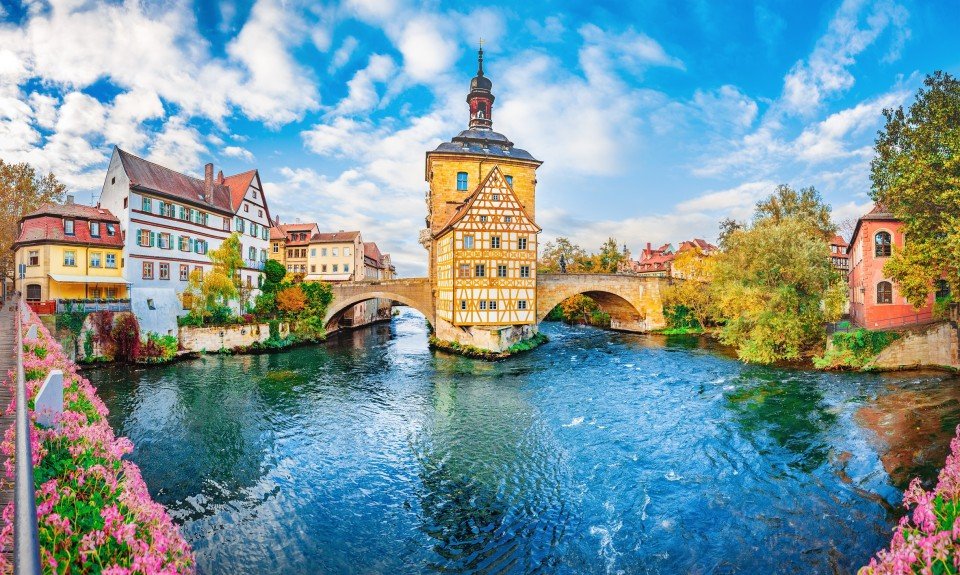
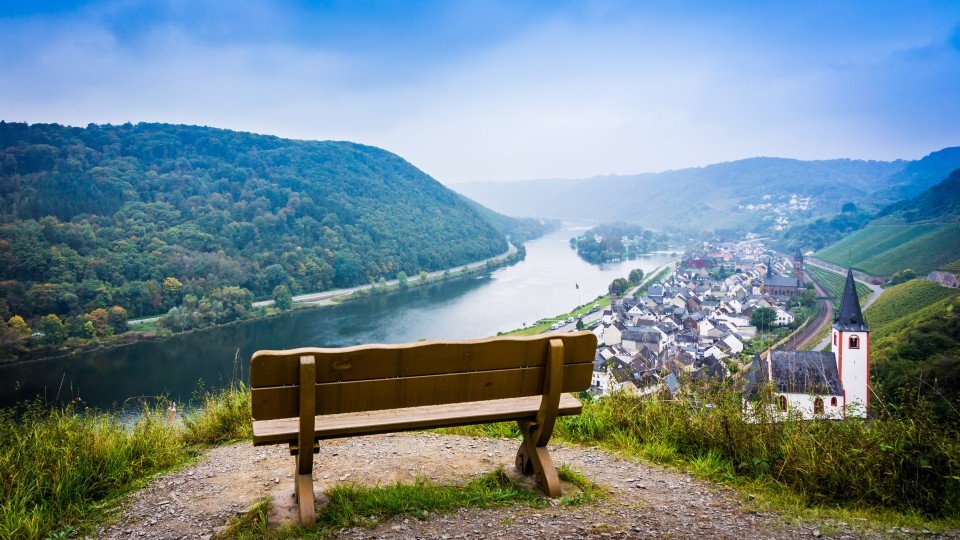

Bremerhaven was founded in 1139. In 1827 the decision was taken to make this small fishing town a huge deep-sea port, and today Bremerhaven, along with Bremen, forms the smallest of Germany’s federal states. This busy port is still part of the municipality of Bremen, and half of Germany’s fishing fleet deposit their catch here. Bremerhaven’s lighthouse, a famous landmark, dates back to 1853 and is the oldest working lighthouse on Germany's mainland North Sea coast. Bremerhaven is home to the German Shipping Museum, founded in 1971, which houses many interesting exhibits including a well-preserved 14th-century Hanseatic trading vessel, found at the bottom of the River Weser during dredging operations. Another attraction is the German Migration Museum, which tells the stories of Germans who migrated to the New World and of foreigners who have made their homes in Germany.
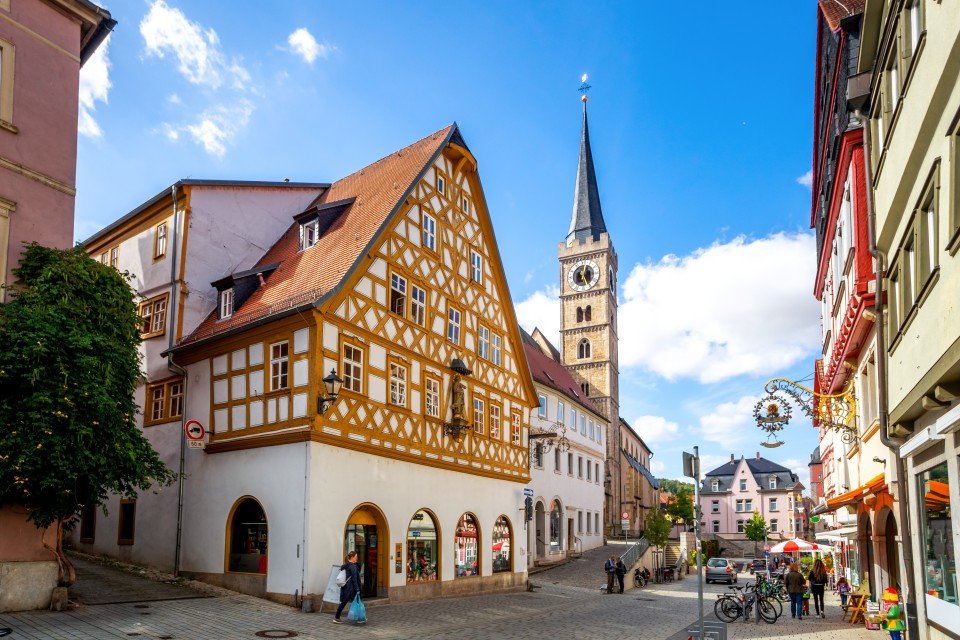

The charming seaside resort town of Ahlbeck, situated on the island of Usedom in north-east Germany, invites visitors to indulge in serene beaches, historic architecture and tranquil ambiance. Recognisable for its elegant pier, Ahlbeck offers panoramic views of the Baltic Sea and serves as a focal point for leisurely strolls and scenic sunsets. The town's well-preserved villas, built in the traditional Bäderarchitektur style, exude a nostalgic charm, harkening back to the golden age of seaside holidays in the late 19th century. Visitors can indulge in wellness treatments at luxurious spas, explore the lush parks and gardens, or sample freshly caught seafood at waterfront restaurants. With its timeless allure and idyllic coastal setting, Ahlbeck provides a tranquil escape for travellers seeking relaxation and rejuvenation by the sea.
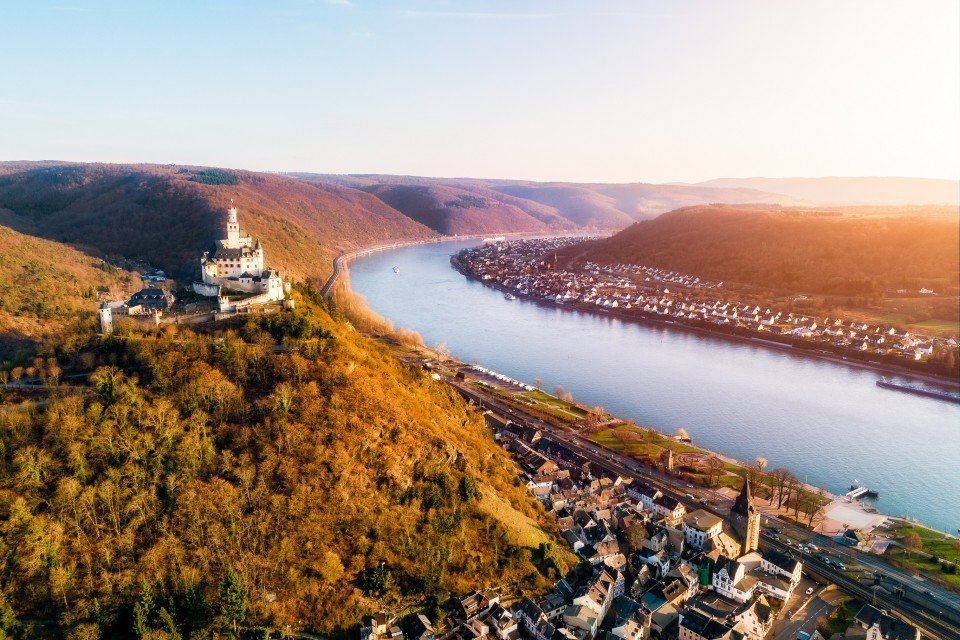

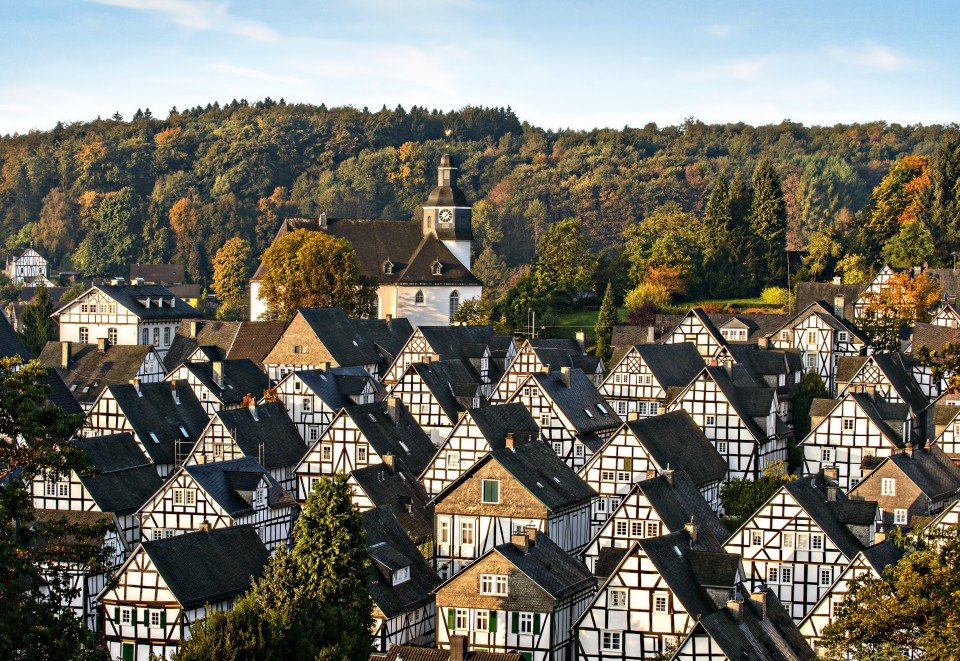
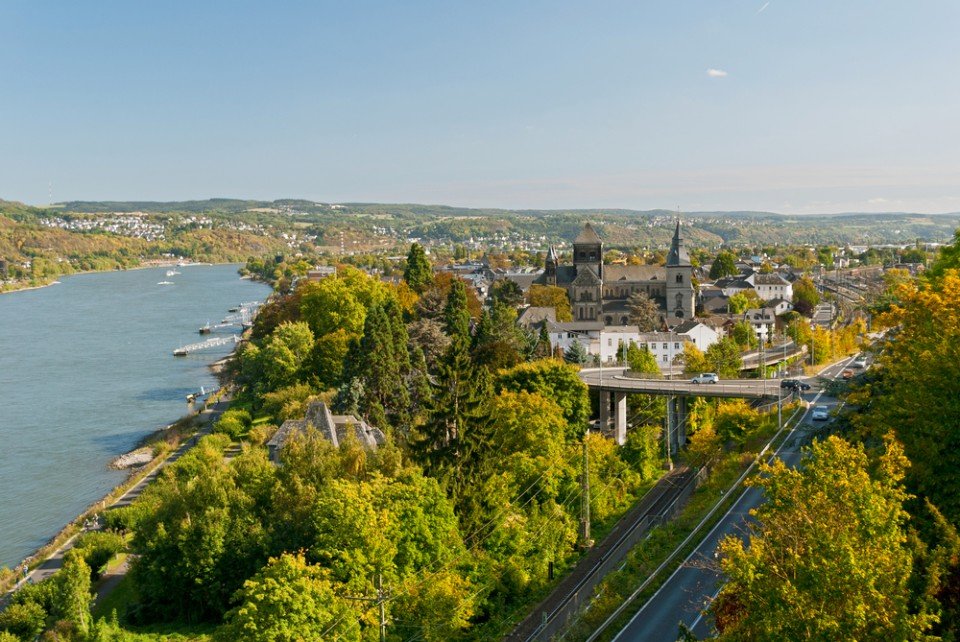
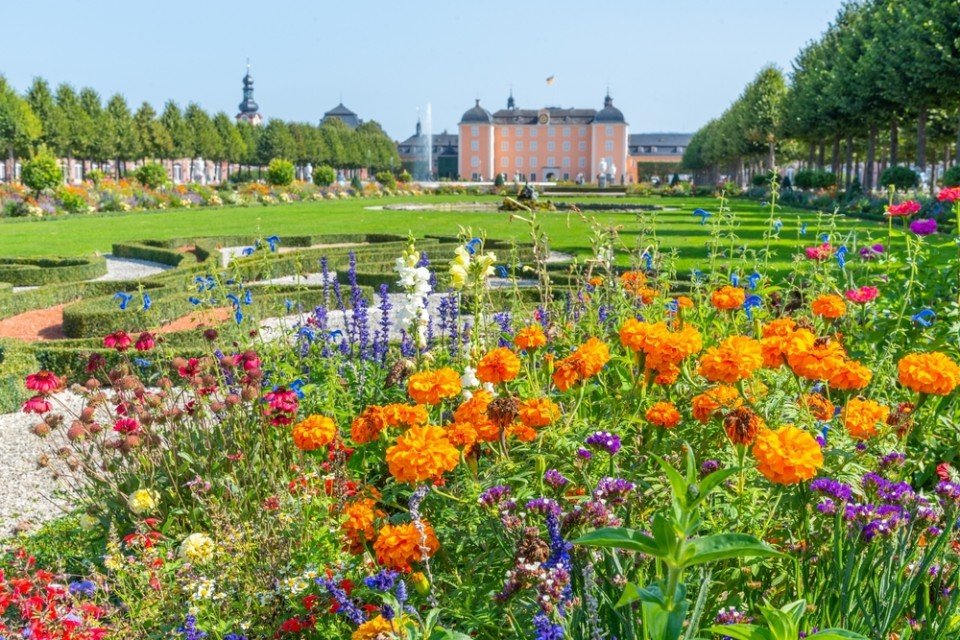
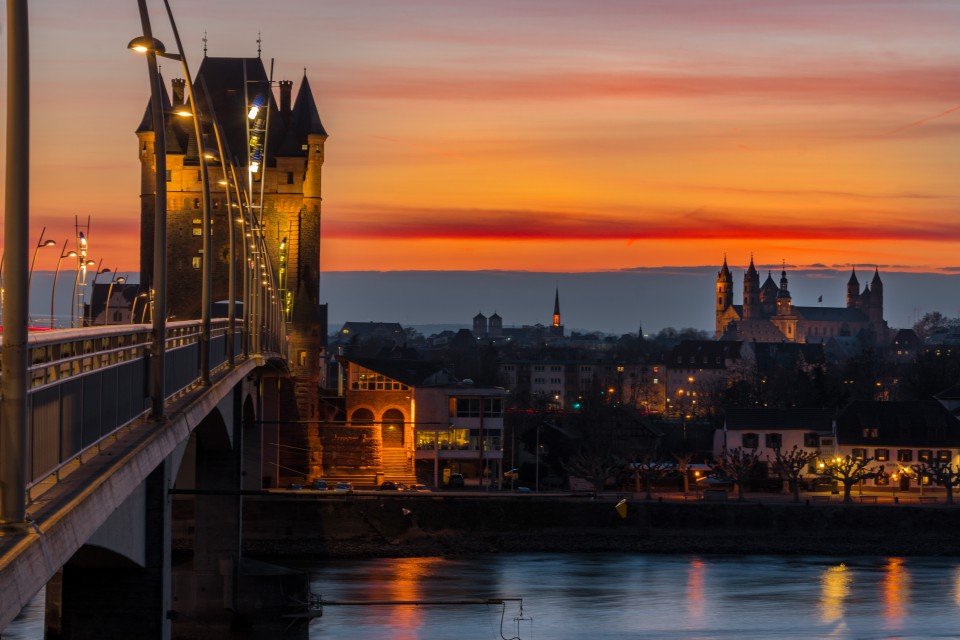
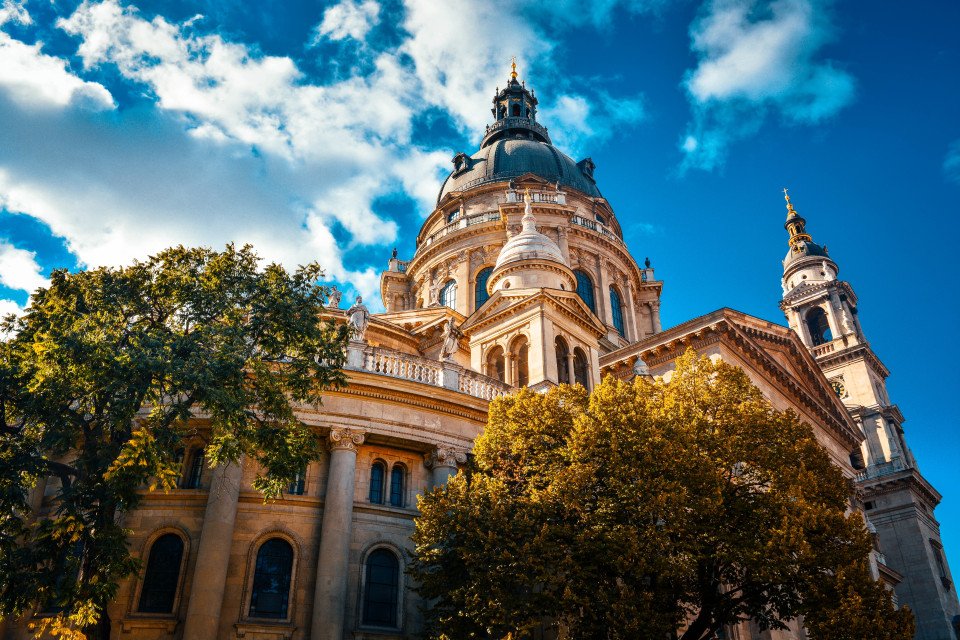
Budapest is the capital city of Hungary and is located over the River Danube. It is one of the largest cities in the European Union and much of its historical sites have been awarded UNESCO World Heritage Site status. Originally formed in 1873 by the joining of Buda, Pest and Old Buda, the city suffered heavy destruction during World War II and was rebuilt into the country's political, cultural and commercial hub it is now. Bridges and railways connect the city over the Danube, including the six small islands situated on the river themselves. Some of Budapest’s UNESCO World Heritage sites include Chain Bridge, Budapest Parliament, the striking Matthias church and the iconic Royal Palace visible from every location within Budapest City. The Castle Hills district architecture represents over a thousand years of the city's history with examples of Roman, Turkish, Gothic, Renaissance and Art Nouveau styles. Budapest also has a rich Jewish heritage and is home to the largest synagogue in Europe. The city has an abundance of restaurants offering international cuisines, as well as traditional Hungarian dishes ,including goulash soup, a very popular lunchtime dish. Hungarians enjoy their coffee so a traditional cafe is never hard to find.
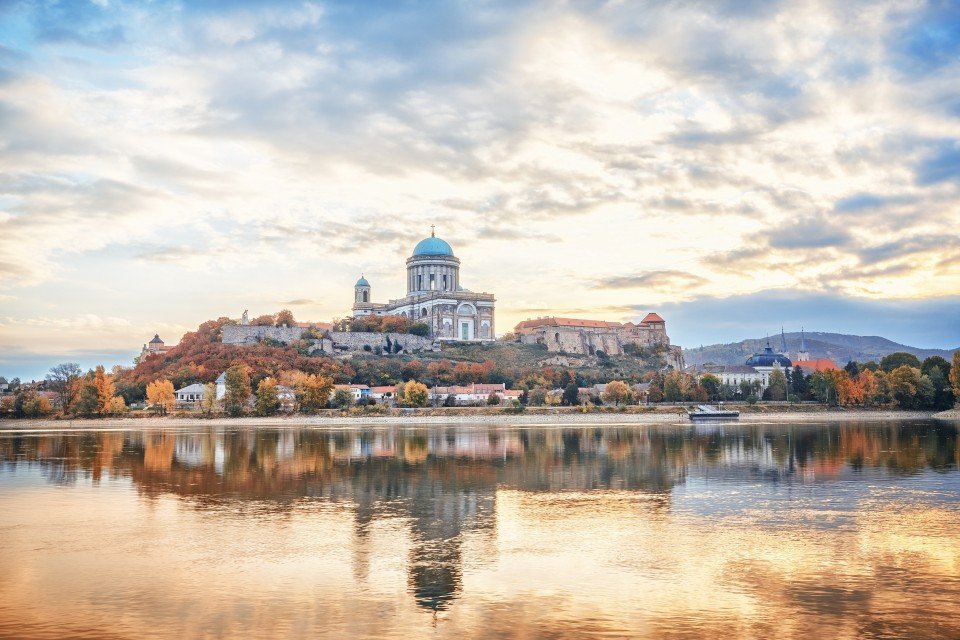
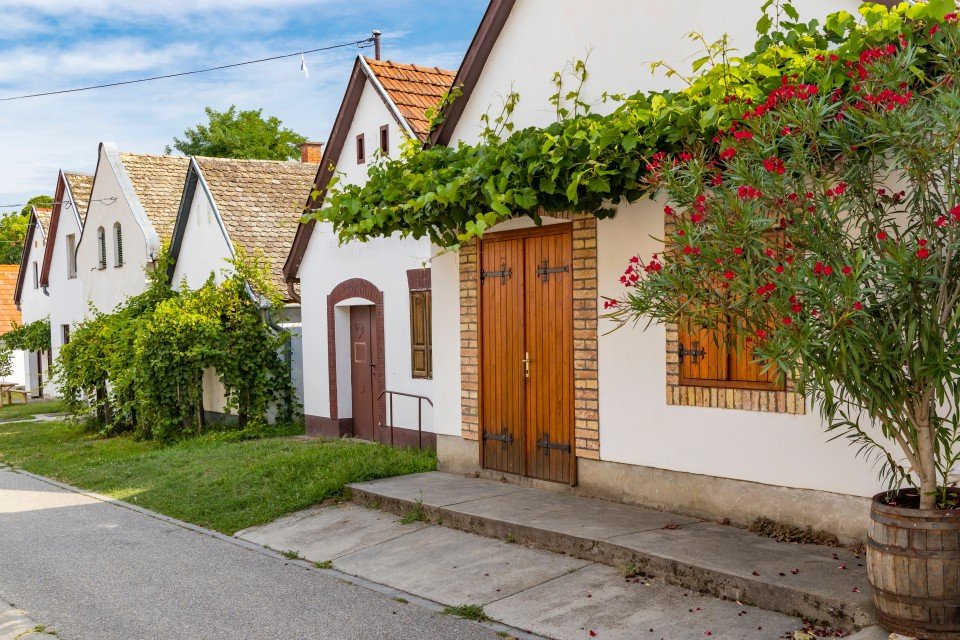
Known for its vibrant red paprika fields, Kalocsa is a delighing town situated along the banks of the Danube adorned with intricate architecture and famed for its culinary prowess. With a rich tapestry of cultural heritage and history, Kalocsa embodies traditional folklore and tradition, attracting a global audience of visitors to engage in its lively festivities.
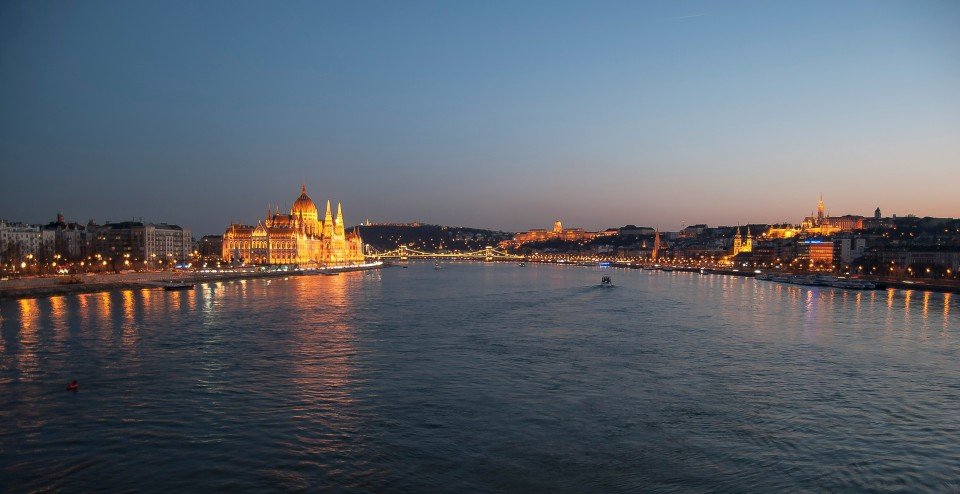
Mohács is situated on the banks of the Danube river in southern Hungary, celebrated for its significance in history and warfare strategy as the site of the 16th Century Battle of Mohács, which saw the Ottoman Empire defeat the Kingdom of Hungary in what became a pivotal event in history. The town offers a number of historical landmarks to reflect its diverse past, including the Mohács Castle and the Turkish House. Moreover, Mohács is host to the renowned Busójárás festival, a unique carnival featuring elaborate masks and traditional rituals.
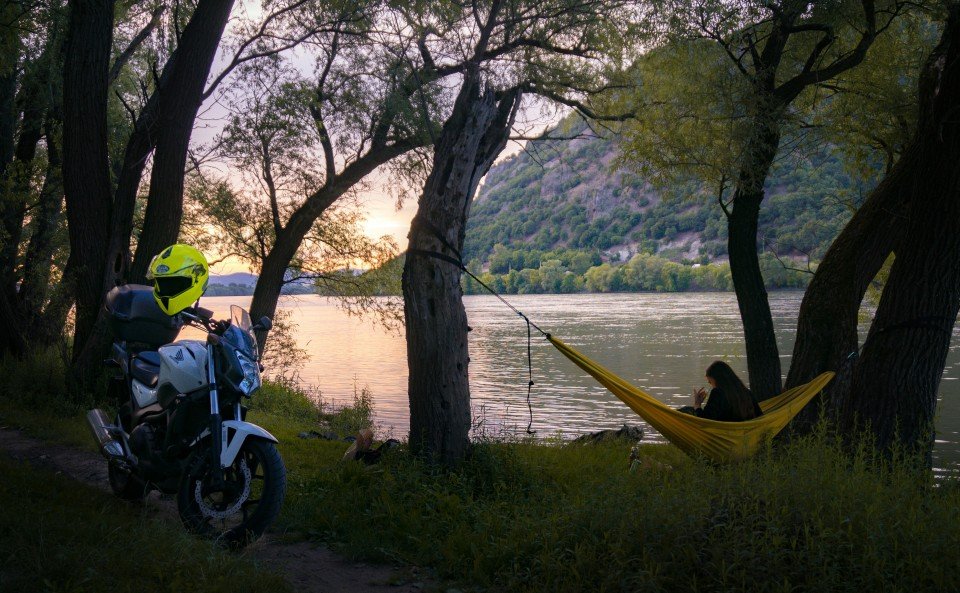
Visegrád, Hungary, is home to the magnificent Visegrád Castle, a medieval fortress that sits atop the hills and overlooks the Danube Valley. The old town boasts streets paved with cobblestone, centuries-old architecture and quaint cafes evoking a sense of warmth and nostalgia. With a vibrant atmosphere, scenic vistas and cultural landmarks, Visegrád offers a window into Hungary's fascinating past against a backdrop of stunning landscapes.
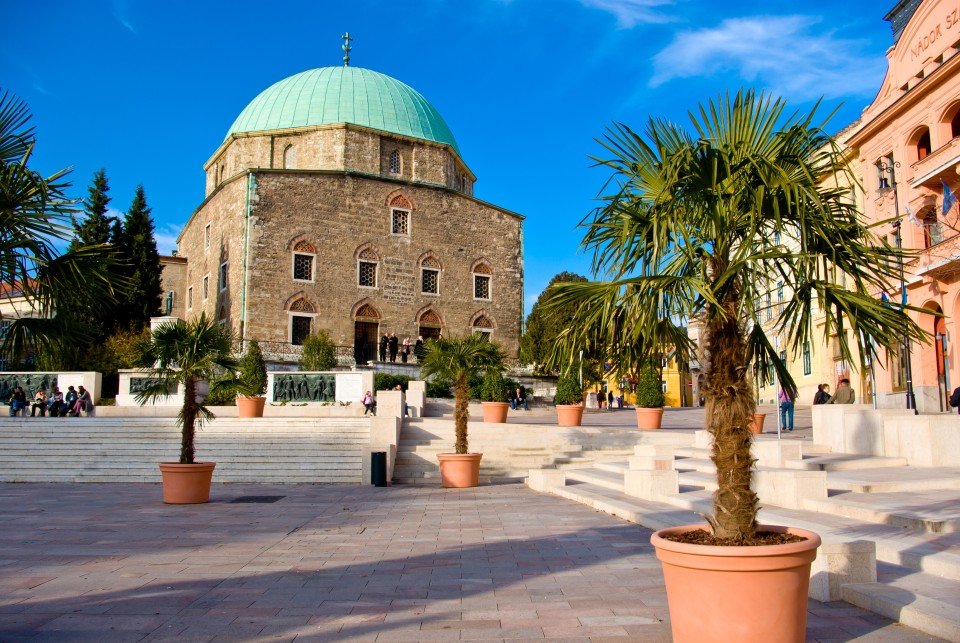


-custom_banner-banner_half.jpg)
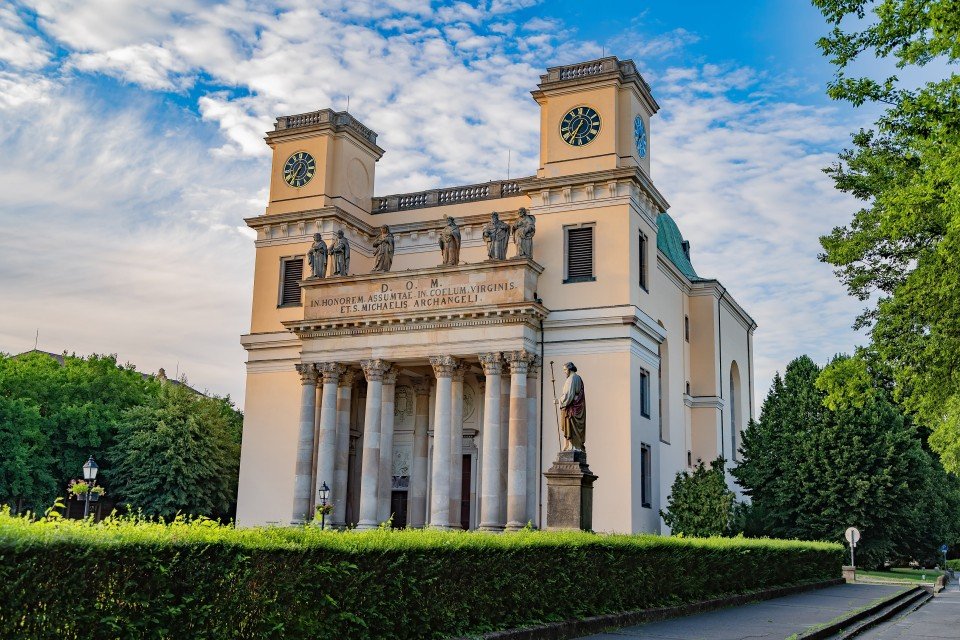
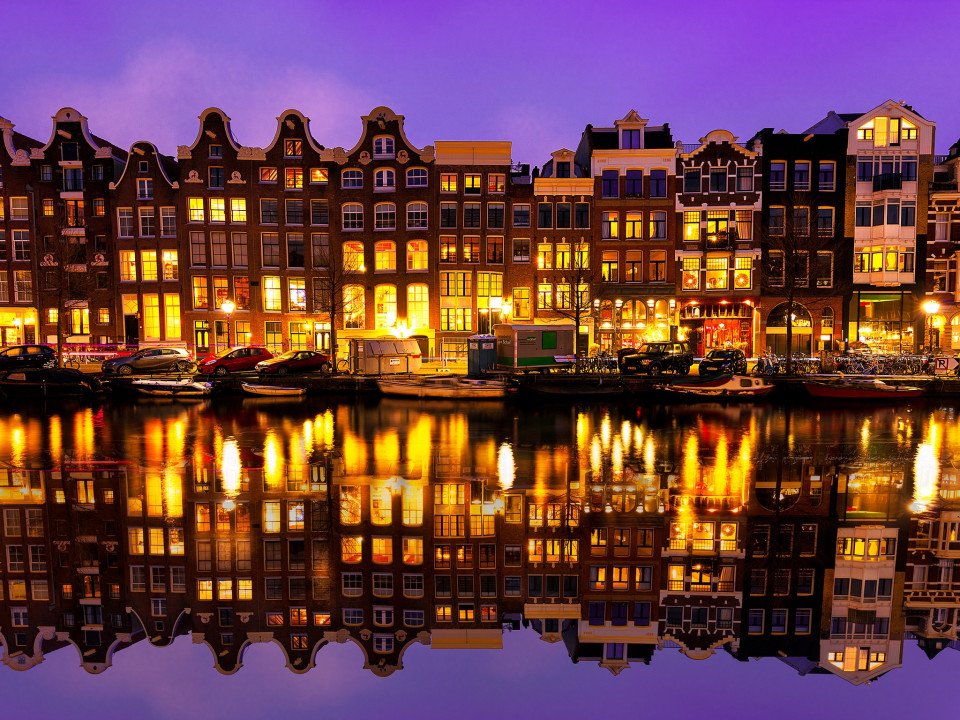
Amsterdam combines the unrivaled beauty of the 17th-century Golden Age city center with plenty of museums and art of the highest order, not to mention a remarkably laid-back atmosphere. It all comes together to make this one of the world's most appealing and offbeat metropolises in the world. Built on a latticework of concentric canals like an aquatic rainbow, Amsterdam is known as the City of Canals—but it's no Venice, content to live on moonlight serenades and former glory. Quite the contrary: on nearly every street here you'll find old and new side by side—quiet corners where time seems to be holding its breath next to streets like neon-lit Kalverstraat, and Red Light ladies strutting by the city's oldest church. Indeed, Amsterdam has as many lovely facets as a 40-carat diamond polished by one of the city's gem cutters. It's certainly a metropolis, but a rather small and very accessible one. Locals tend to refer to it as a big village, albeit one that happens to pack the cultural wallop of a major world destination. There are scores of concerts every day, numerous museums, summertime festivals, and, of course, a legendary year-round party scene. It's pretty much impossible to resist Amsterdam's charms. With 7,000 registered monuments, most of which began as the residences and warehouses of humble merchants, set on 160 man-made canals, and traversed by 1,500 or so bridges, Amsterdam has the largest historical inner city in Europe. Its famous circle of waterways, the grachtengordel, was a 17th-century urban expansion plan for the rich and is a lasting testament to the city’s Golden Age. This town is endearing because of its kinder, gentler nature—but a reputation for championing sex, drugs, and rock ’n’ roll does not alone account for Amsterdam's being one of the most popular destinations in Europe: consider that within a single square mile the city harbors some of the greatest achievements in Western art, from Rembrandt to Van Gogh. Not to mention that this is one of Europe's great walking cities, with so many of its treasures in the untouted details: tiny alleyways barely visible on the map, hidden garden courtyards, shop windows, floating houseboats, hidden hofjes(courtyards with almshouses), sudden vistas of church spires, and gabled roofs that look like so many unframed paintings. And don’t forget that the joy lies in details: elaborate gables and witty gable stones denoting the trade of a previous owner. Keep in mind that those XXX symbols you see all over town are not a mark of the city's triple-X reputation. They're part of Amsterdam's official coat of arms—three St. Andrew's crosses, believed to represent the three dangers that have traditionally plagued the city: flood, fire, and pestilence. The coat's motto ("Valiant, determined, compassionate") was introduced in 1947 by Queen Wilhelmina in remembrance of the 1941 February Strike in Amsterdam—the first time in Europe that non-Jewish people protested against the persecution of Jews by the Nazi regime.
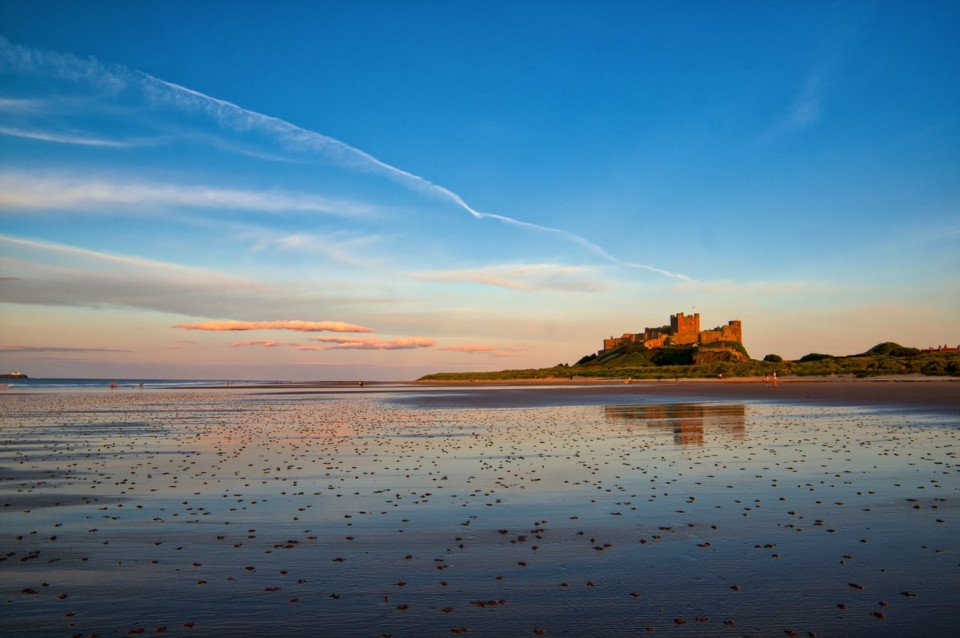
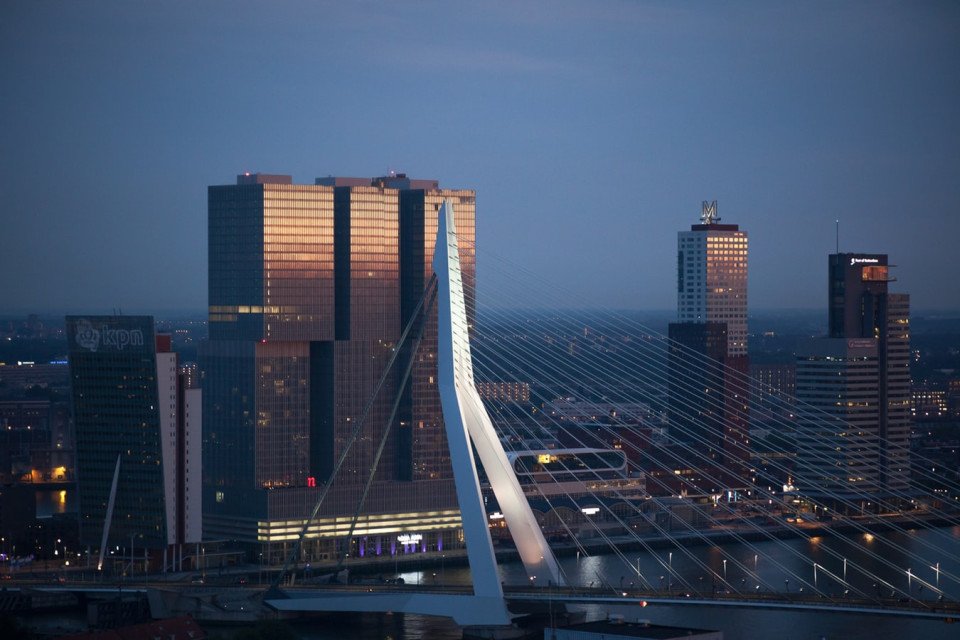
Rotterdam is a city that's a long way removed from most people's stereotypical notion of the Netherlands. There are few, if any, canals to be found here nor are there any quaint windmills. There is, however, a thriving modern city which is one of the busiest ports in the entire world.
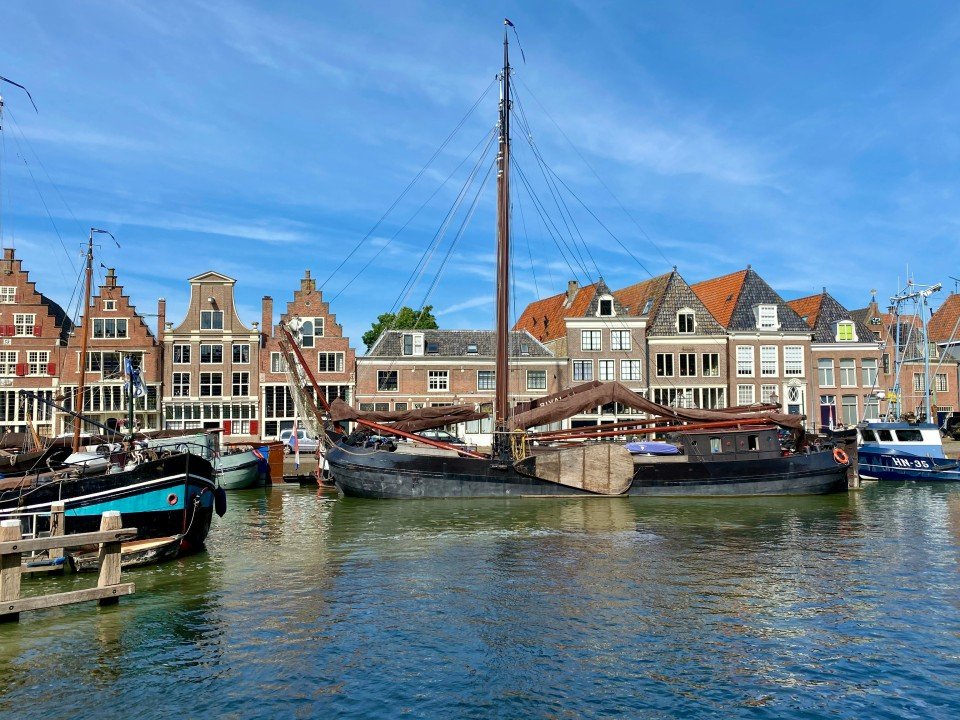
Hoorn was once a vital centre for trade and shipping during the Dutch Golden Age, thanks to its location on the shores of the IJsselmeer. A picturesque town with a rich maritime history, Hoorn's beautifully well-preserved architecture, including the imposing Hoofdtoren (Main Tower), reflect the town's cultural tapestry and the prosperity of the era. Visitors are invited to meander the cobblestone streets, take in the scenic harbour and take a trip to the Westfries Museum, immersing themselves in Hoorn's maritime history and old-world character.
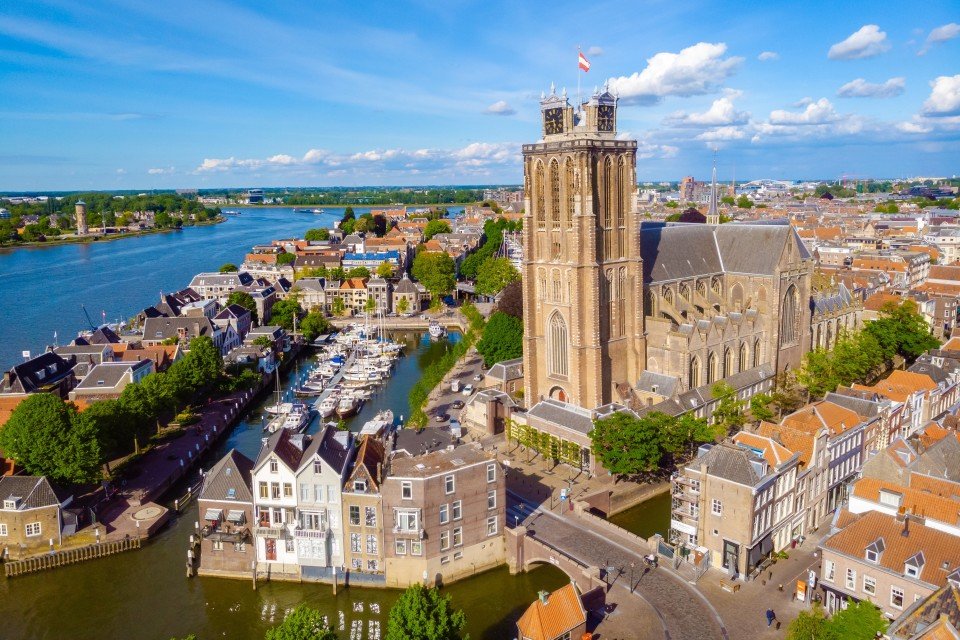
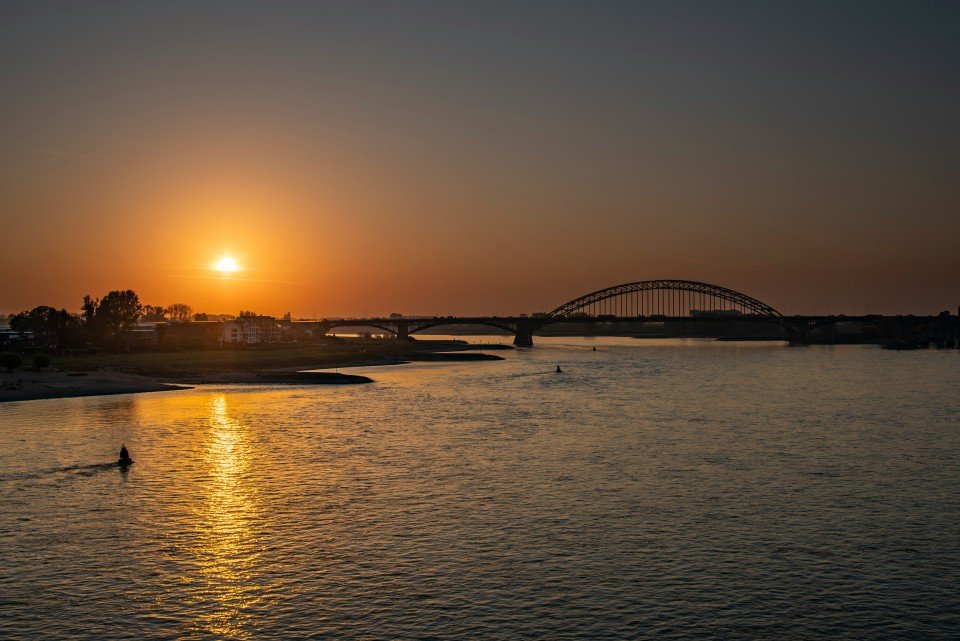
Nijmegen, one of the oldest cities in the Netherlands, boasts a rich cultural heritage and stunning landscapes, adorned with Roman ruins such as Valkhof Park, offering a glimpse into the city's ancient past. The bustling city centre is populated by quaint cafes, boutique shops and lively squares that burst with activity year-round.
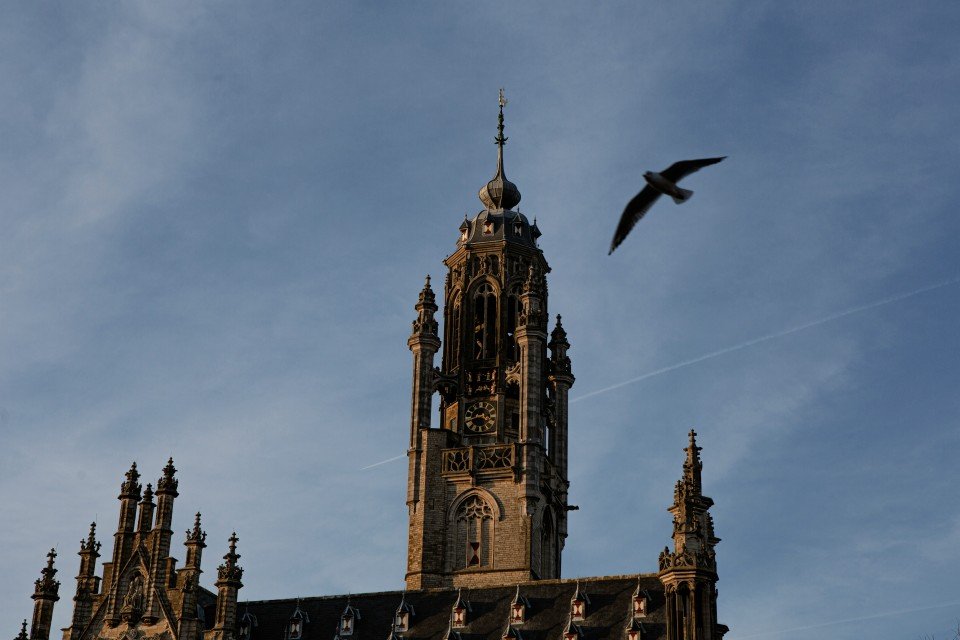
Situated in the province of Zeeland, in the Netherlands, Middleburg is a city famed for historic charm and maritime heritage. The captivating city centre is adorned with well-preserved medieval buildings, paved with cobblestone and home to notable landmarks such as the imposing abbey complex of Lange Jan (Long John) and the impressive Town Hall. Thanks to a rich history combined with cultural attractions, Middleburg delightfully blends Dutch tradition with scenic beauty.
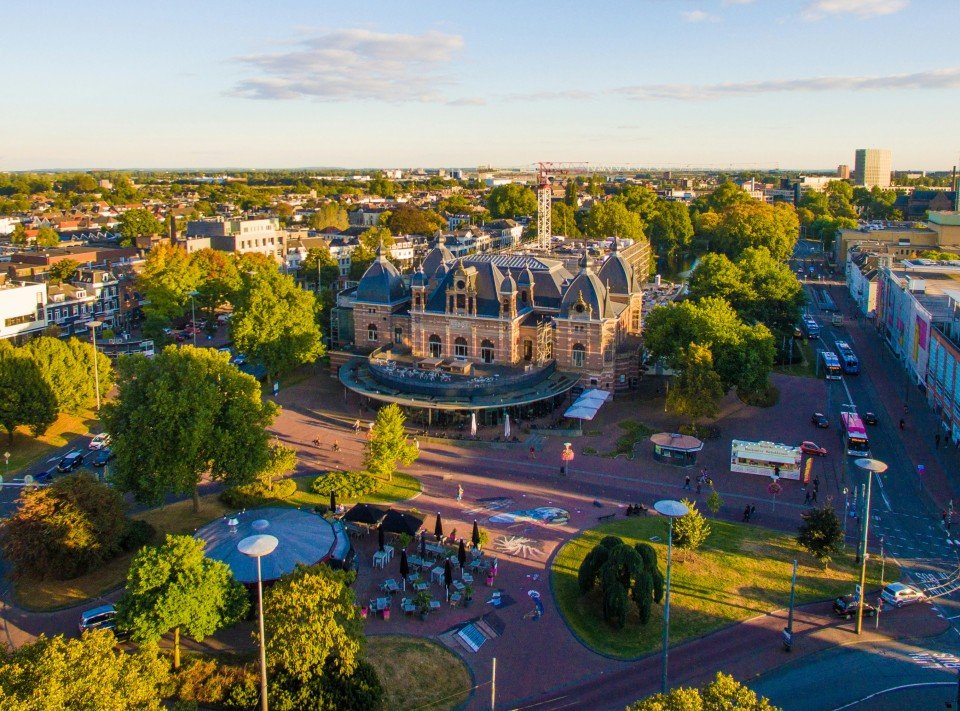
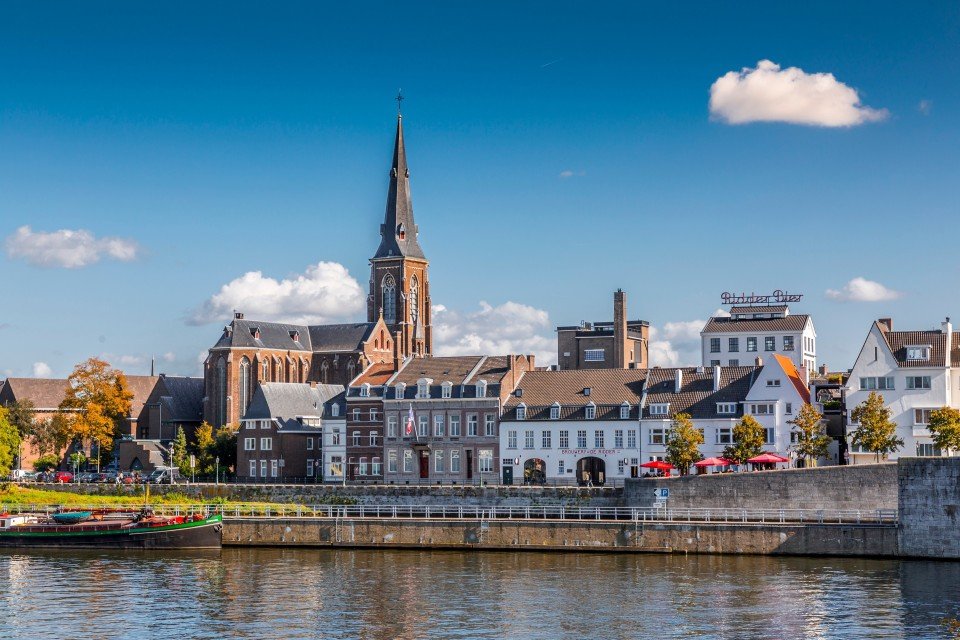
Maastricht is a Dutch city with an allure that extends beyond its landmarks, renowned for cobblestone streets, medieval era churches and vibrant cuisine. Boasting a rich tapestry of architectural marvels spanning several centuries, such as the Saint Servatius Bridge, Maastricht exudes a blend of history, culture and modernity.
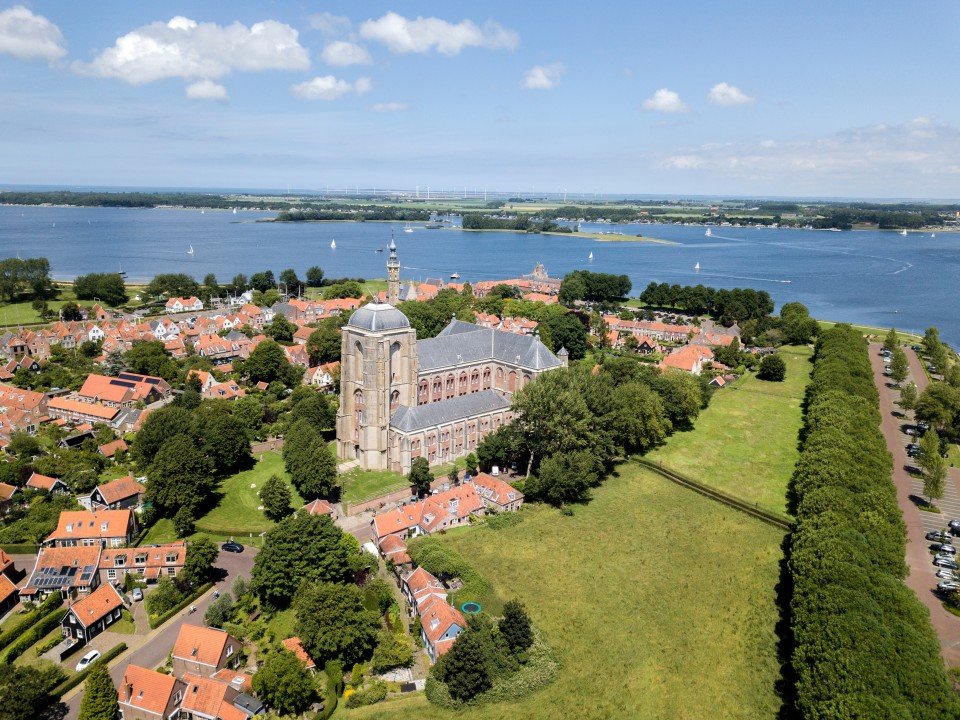
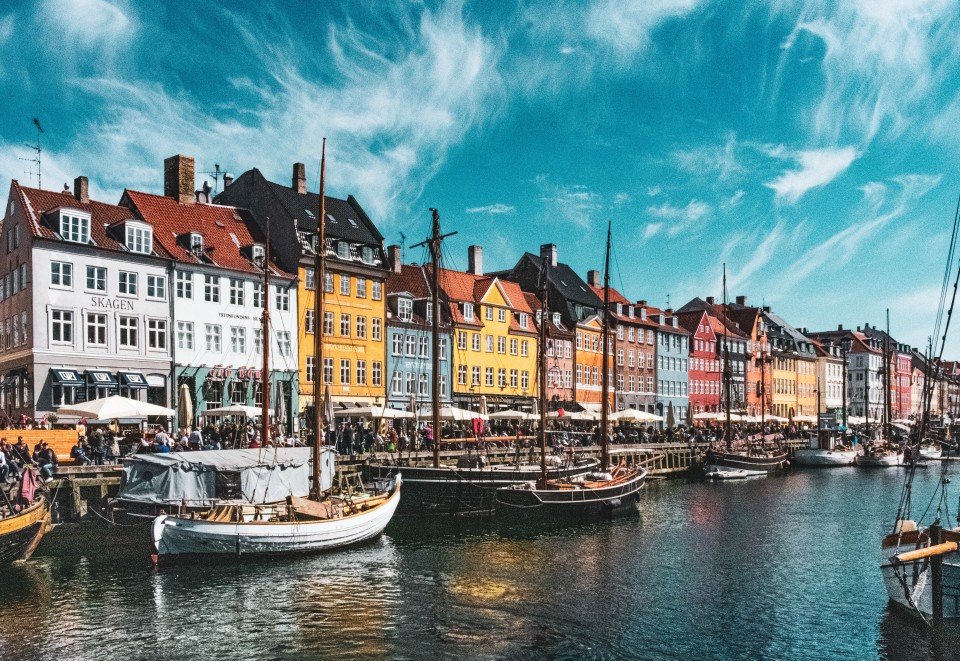
Willemstad, an enchanting Dutch town with a rich maritime heritage, is located in the South-West of the Netherlands. A UNESCO World Heritage Site, Willemstad boasts captivating pastel-coloured buildings showcasing a unique Dutch colonial style. Alongside its stunning beauty, Willemstad is also renowned for its 17th-century fortifications such as the incredible Fort Amsterdam.

North Holland’s ‘Gate to the North Sea’, IJmuiden has four harbours: the Vissershaven, Haringhaven, IJmondhaven and the Seaport Marina - the latter used by pleasure craft. It is the largest Dutch fishing port, but is a relatively young town: it grew up in the 1870s when the North Sea Canal was opened. During World War II, the German Navy demolished much of the town and built huge fortified concrete bunkers for their torpedo boats and submarines. After 1945, the town was rebuilt by the architect Willem Marinus Dudok. He designed IJmuiden’s most impressive building, the Stadhuis van Velsen, which houses local government offices. For cruise passengers IJmuiden is the gateway to Amsterdam, the Dutch capital and one of Europe’s truly great cities, where elegant canals are lined by old brick gabled houses, and superb art galleries and museums are home to some of the world’s best-known paintings. Please note that complimentary shuttle buses operate from the port to the centre of IJmuiden, not to Amsterdam.
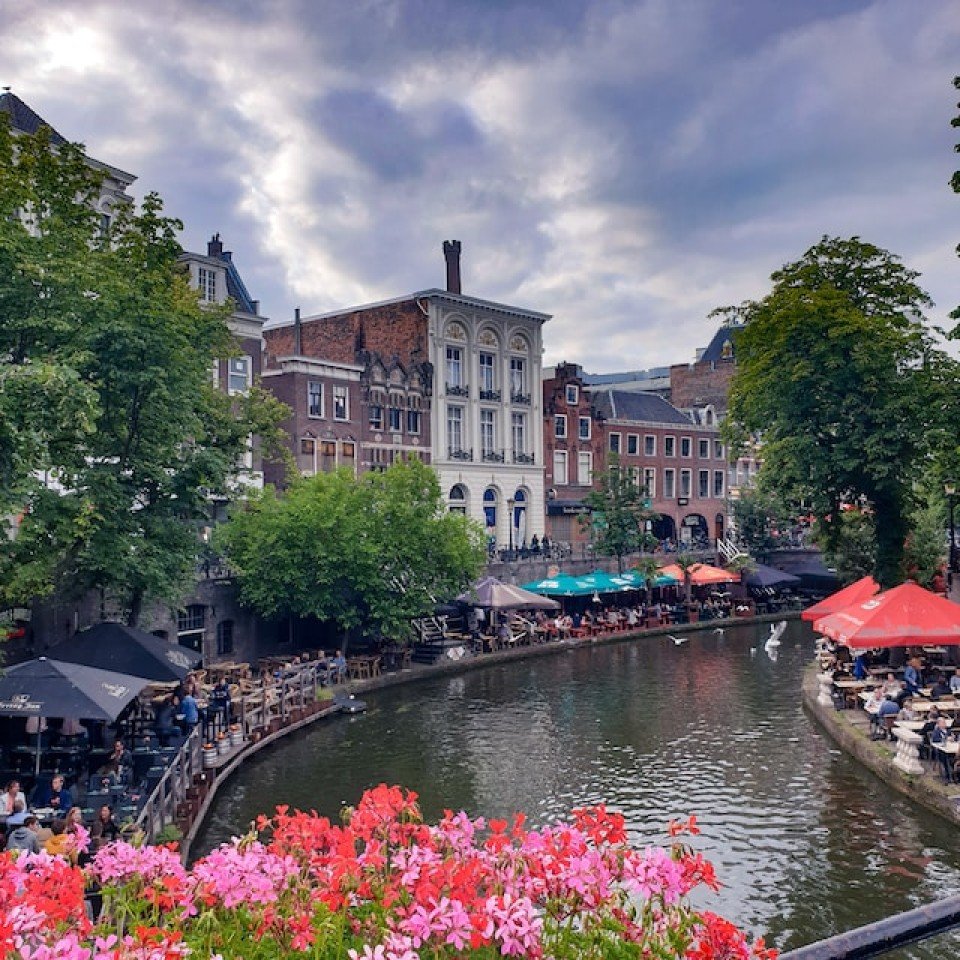
Utrecht is a city in the Netherlands, known for its medieval center. It has tree-lined canals, Christian monuments and a venerable university. The iconic Domtoren, a 14th-century bell tower with city views, stands opposite the Gothic Cathedral of St. Martin on central Domplein square. The Museum Catharijneconvent shows religious art and artifacts in a former monastery.
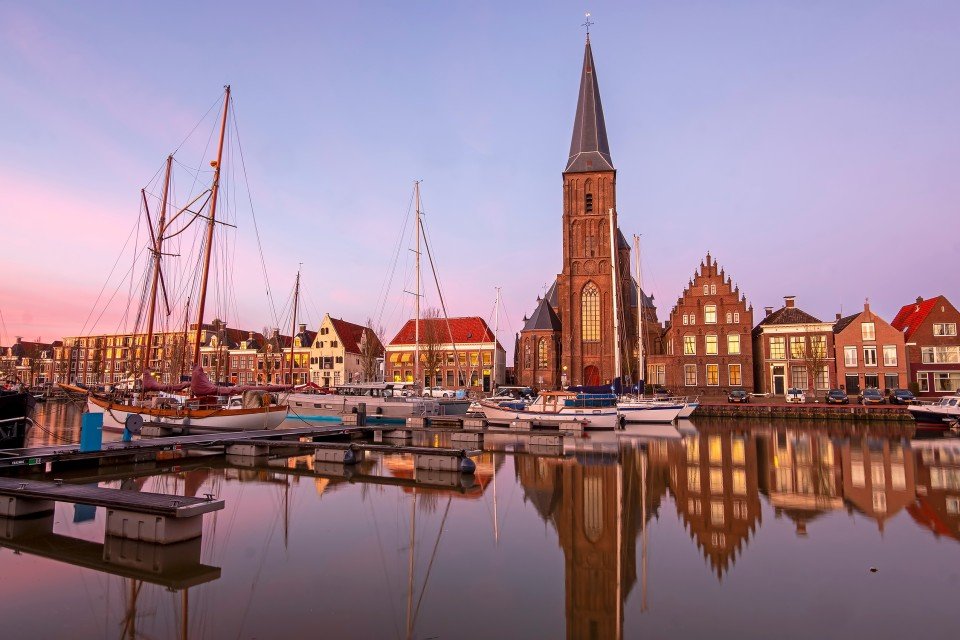
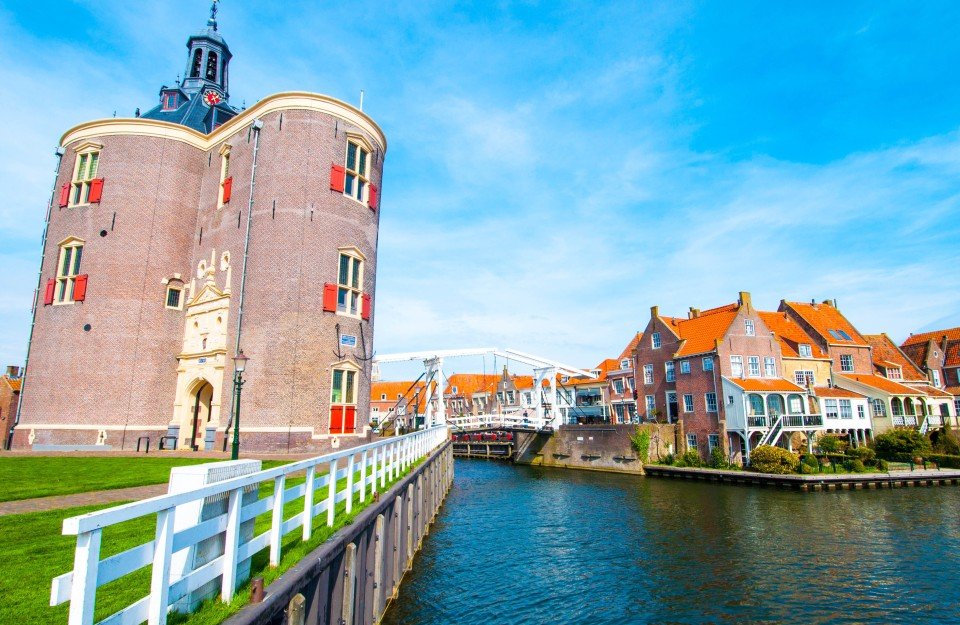
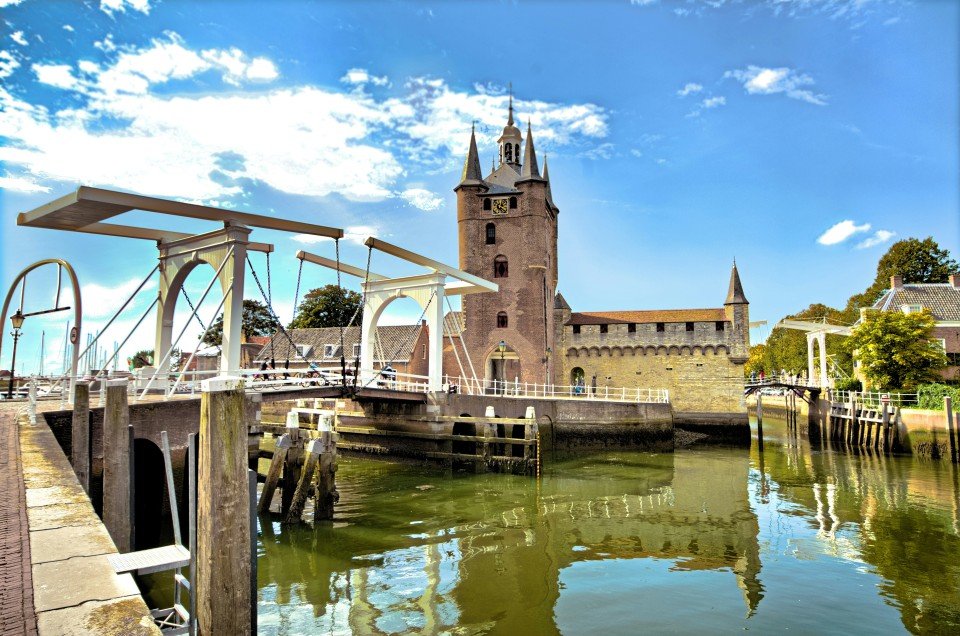
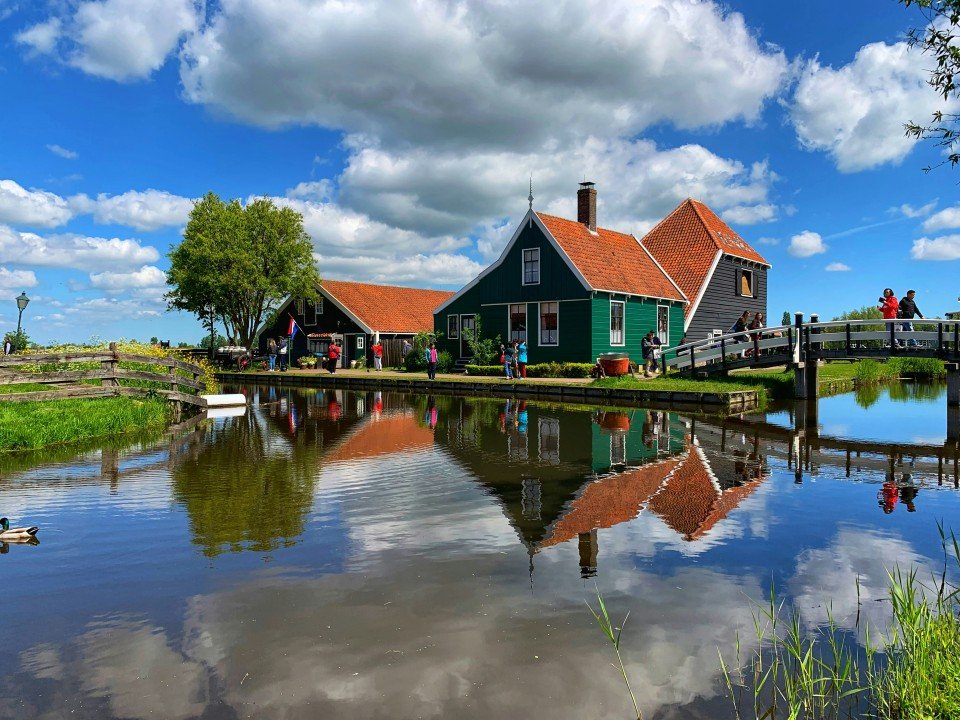
Zaandam, famous for its iconic windmills, colourful wooden houses and charming canals, is a postcard-worthy town located just north of Amsterdam. With a blend of old-world charm and contemporary allure, Zaandam tells a story of Dutch heritage and tradition complemented by modern amenities, including shopping venues, cultural hotspots and culinary variety.
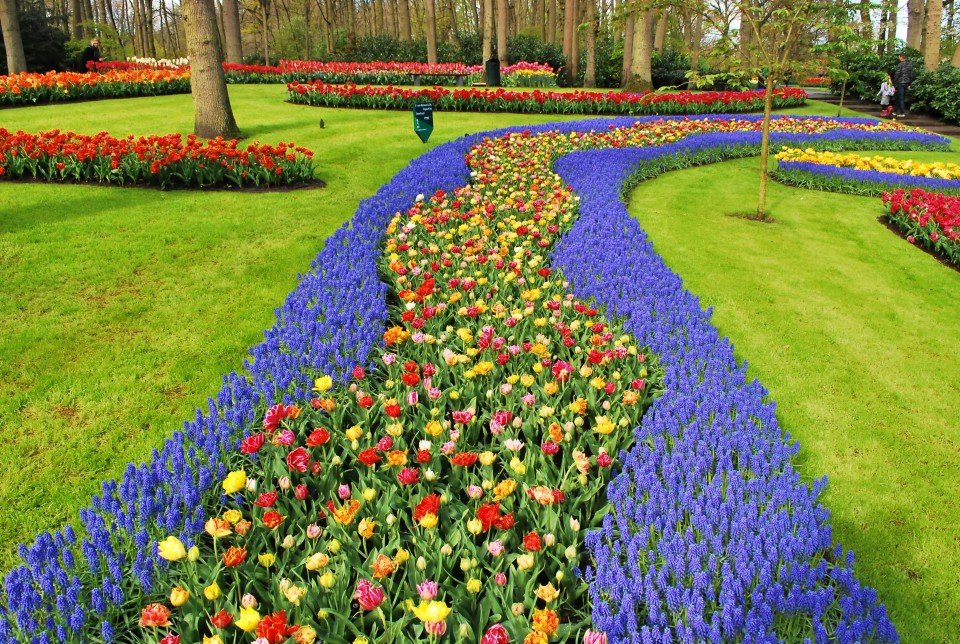
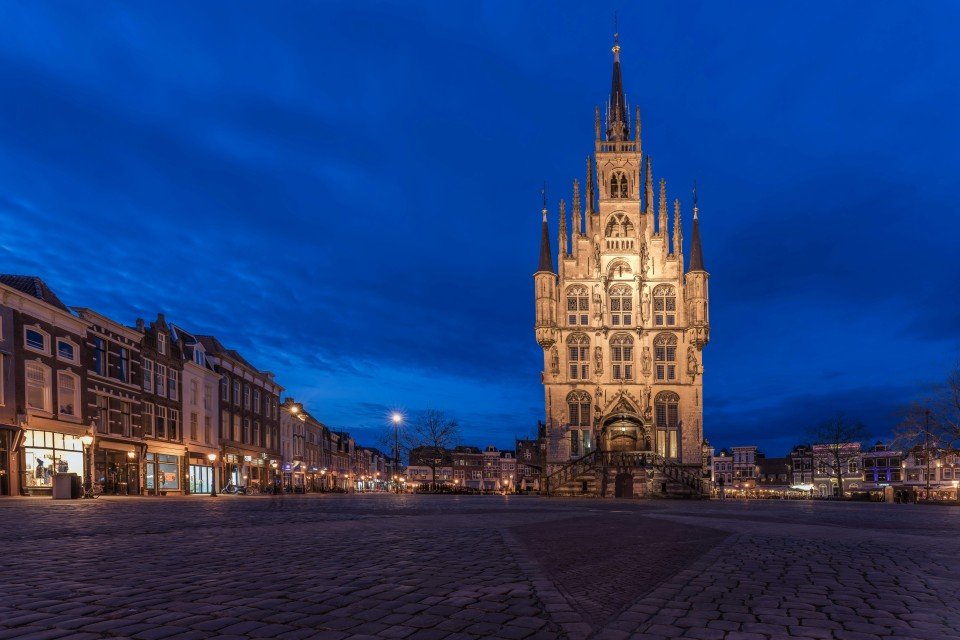
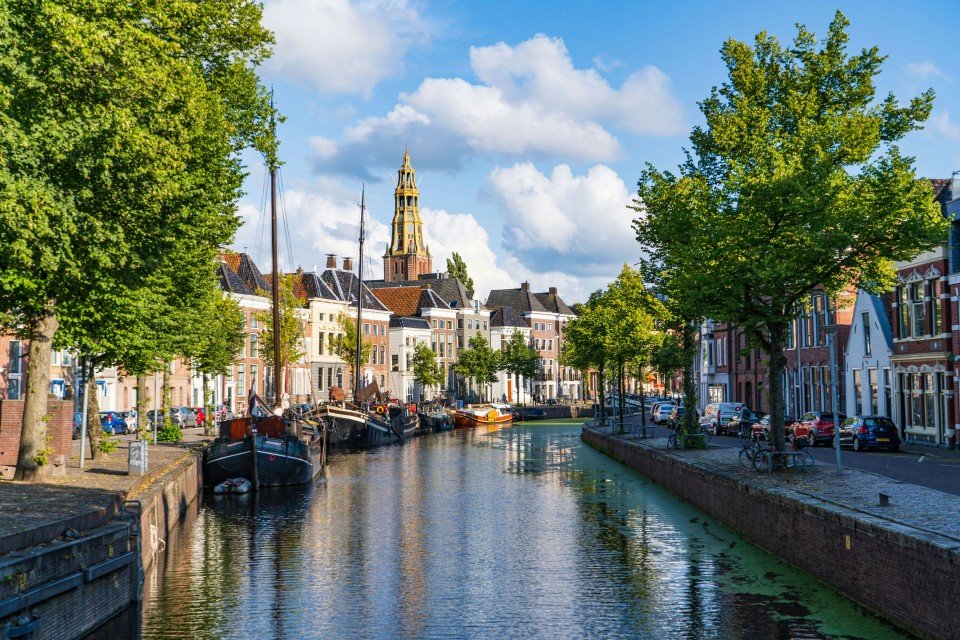
Cuijk, Netherlands, is a picturesque town on the banks of the Meuse River in North Brabant. Known for its rich history, Cuijk features the striking St. Martin's Church and remnants of Roman settlements. The town offers scenic views, lush parks, and charming streets. Cultural events, such as the annual Vierdaagse Nijmegen, highlight Cuijk's vibrant community spirit. With its blend of historical sites, natural beauty, and warm local hospitality, Cuijk provides a serene and inviting atmosphere for visitors.
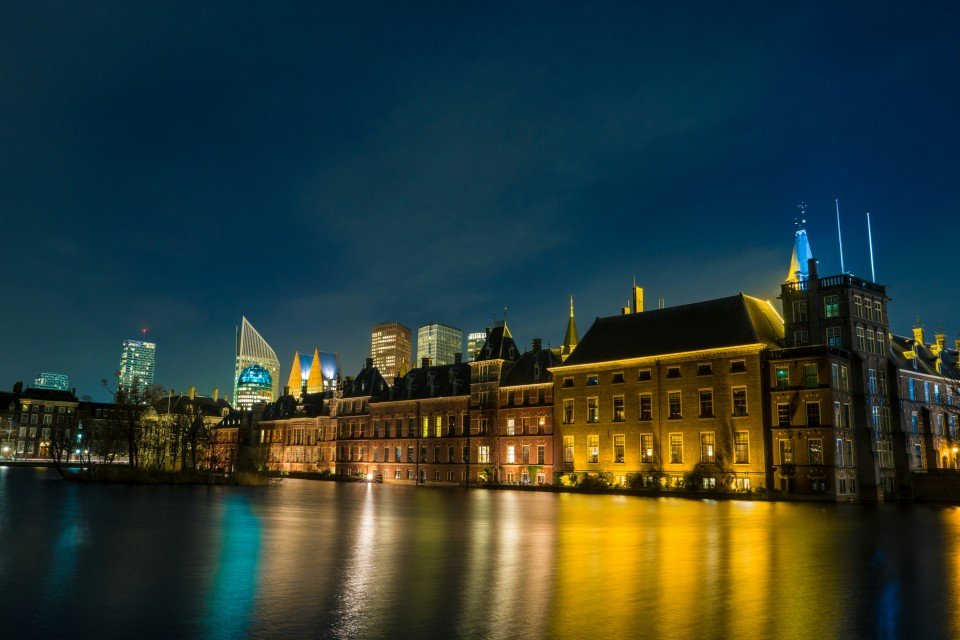
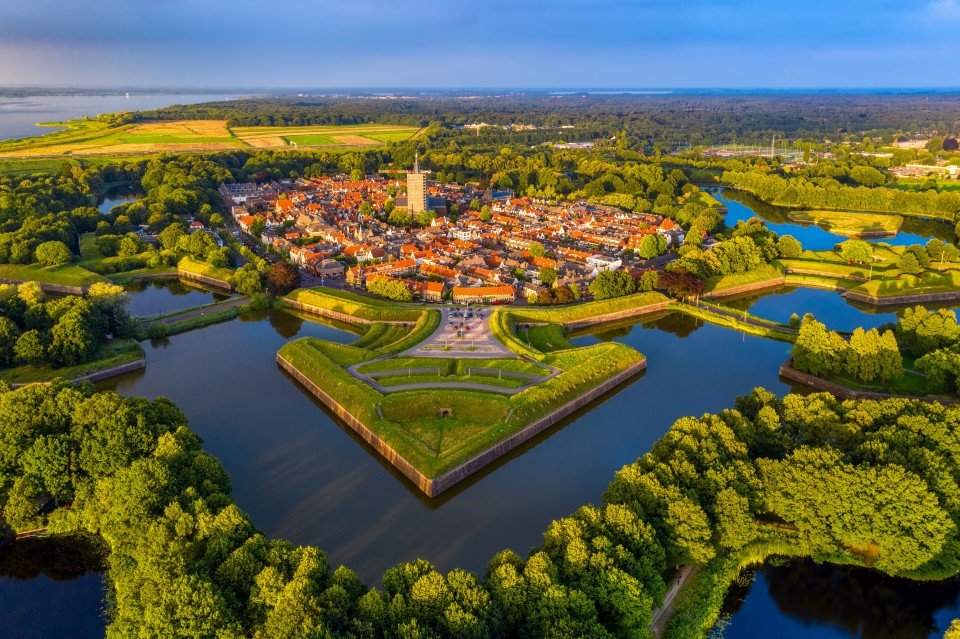
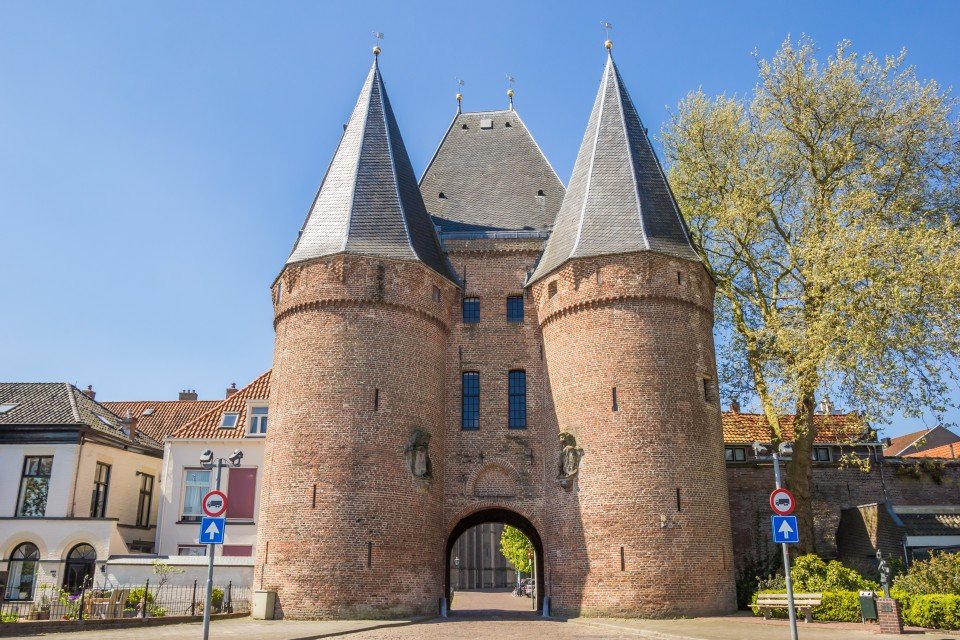
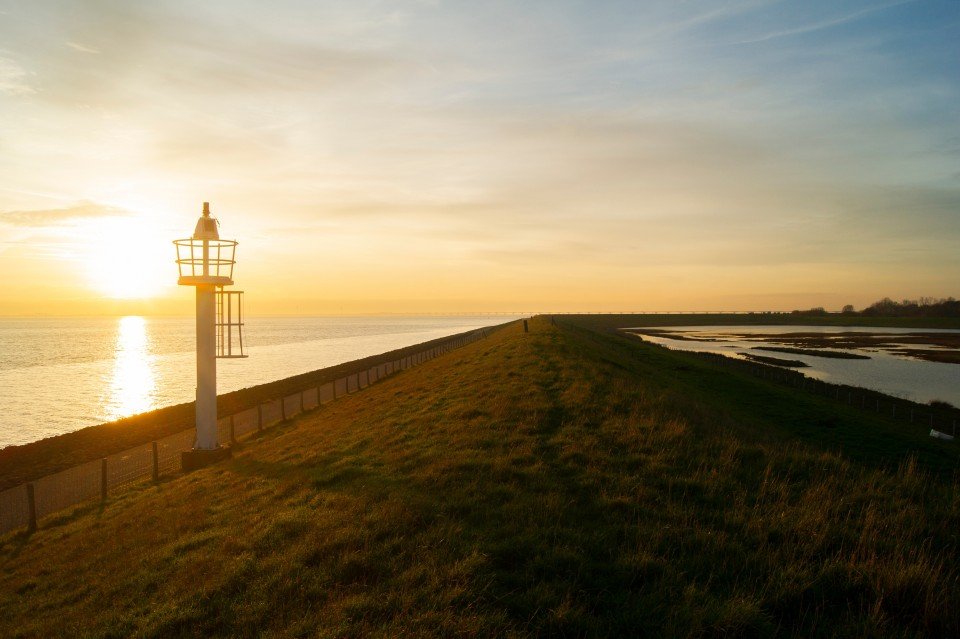
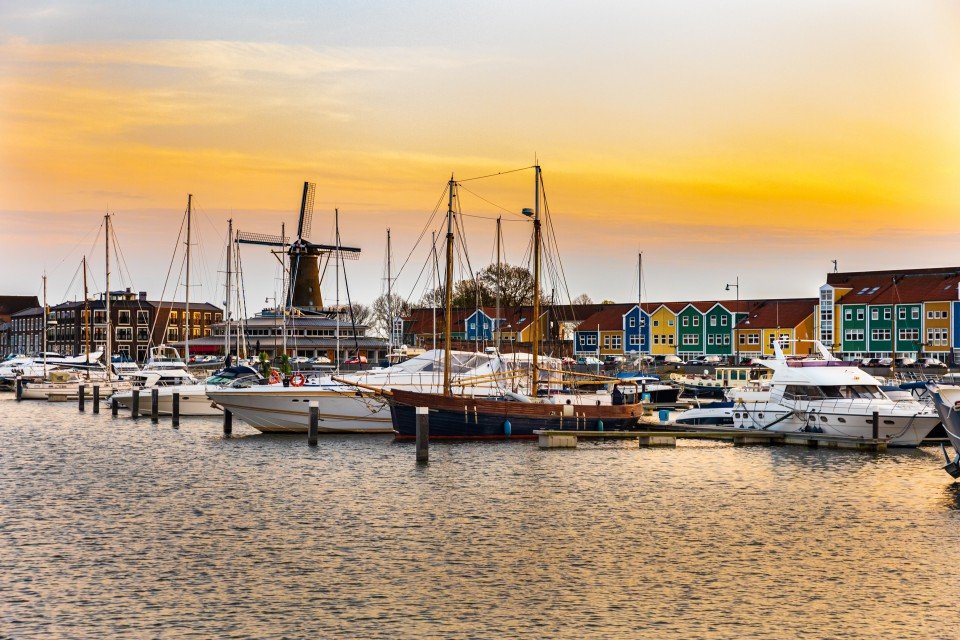
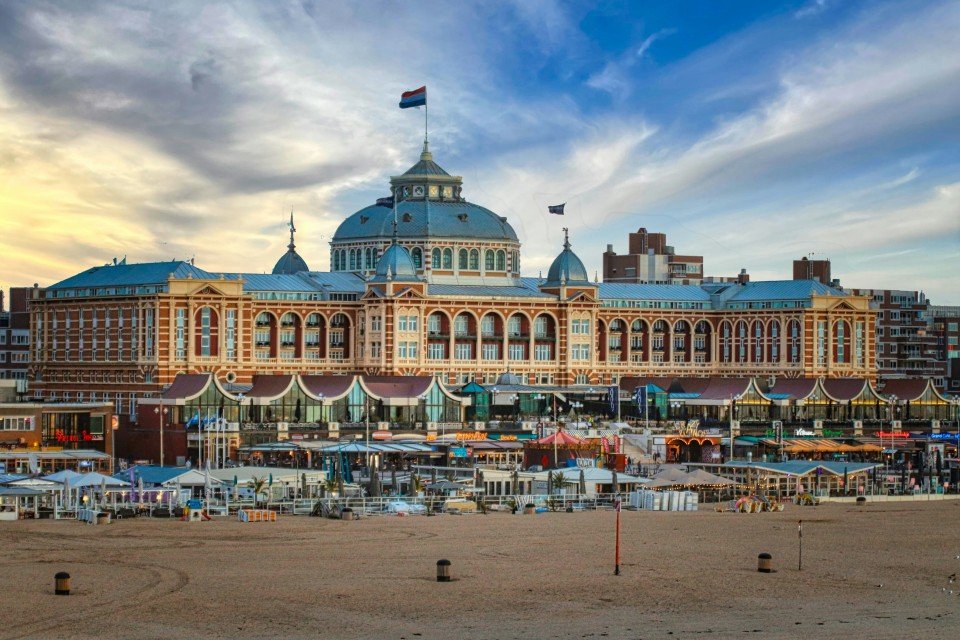
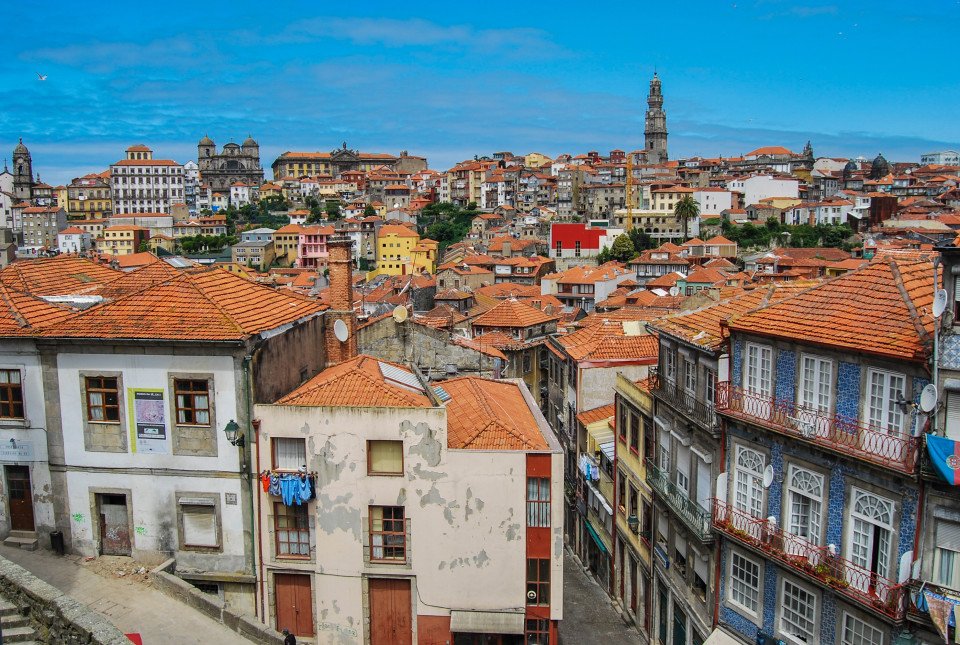
Lively, commercial Oporto is the second largest city in Portugal after Lisbon. Also called Porto for short, the word easily brings to mind the city's most famous product - port wine. Oporto's strategic location on the north bank of the Douro River has accounted for the town's importance since ancient times. The Romans built a fort here where their trading route crossed the Douro, and the Moors brought their own culture to the area. Oporto profited from provisioning crusaders en route to the Holy Land and enjoyed the riches from Portuguese maritime discoveries during the 15th and 16th centuries. Later, port wine trade with Britain compensated for the loss of the spice trade and the end of gold and gem shipments from Brazil. In the 19th century, the city went through a period of new prosperity with the rise of industries. In its wake followed the building of workers' quarters and opulent residences. Since the declaration of Oporto as a World Heritage Site by UNESCO, the city aims to build up a cultural reference that will provide it with a new image, based on deep historical roots. Among the attractions that make Oporto such an interesting place are its graceful bridges spanning the Douro River, a picturesque riverfront quarter and, most notable, its world-famous port wine lodges. Although Oporto is a bustling centre and home to many different businesses, the source of its greatest fame is the rich, sweet fortified red wine we know as port.

Sometimes known as Peso da Régua, Régua is a key hub situated in the Duoro Valley and serving as a central location for the region's wine production. Home to a number of port wine lodges and museums, the town offers stunning views of the surrounding vineyards combined with a unique insight into the legacy and craftmanship of Portugal's iconic fortified wine.
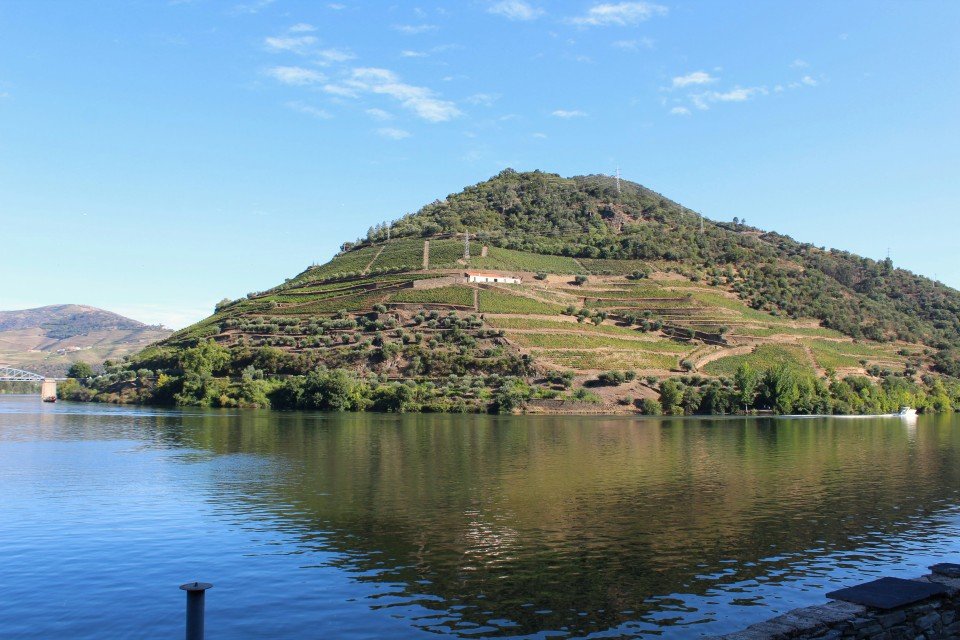
Situated in the heart of the Douro Valley, Pinhão is a charming riverside town characterised by terraced vineyards and traditional wine estates, locally known as quintas. Visitors are invited to explore historic wineries and savour the rich flavours of the region's iconic port wines.
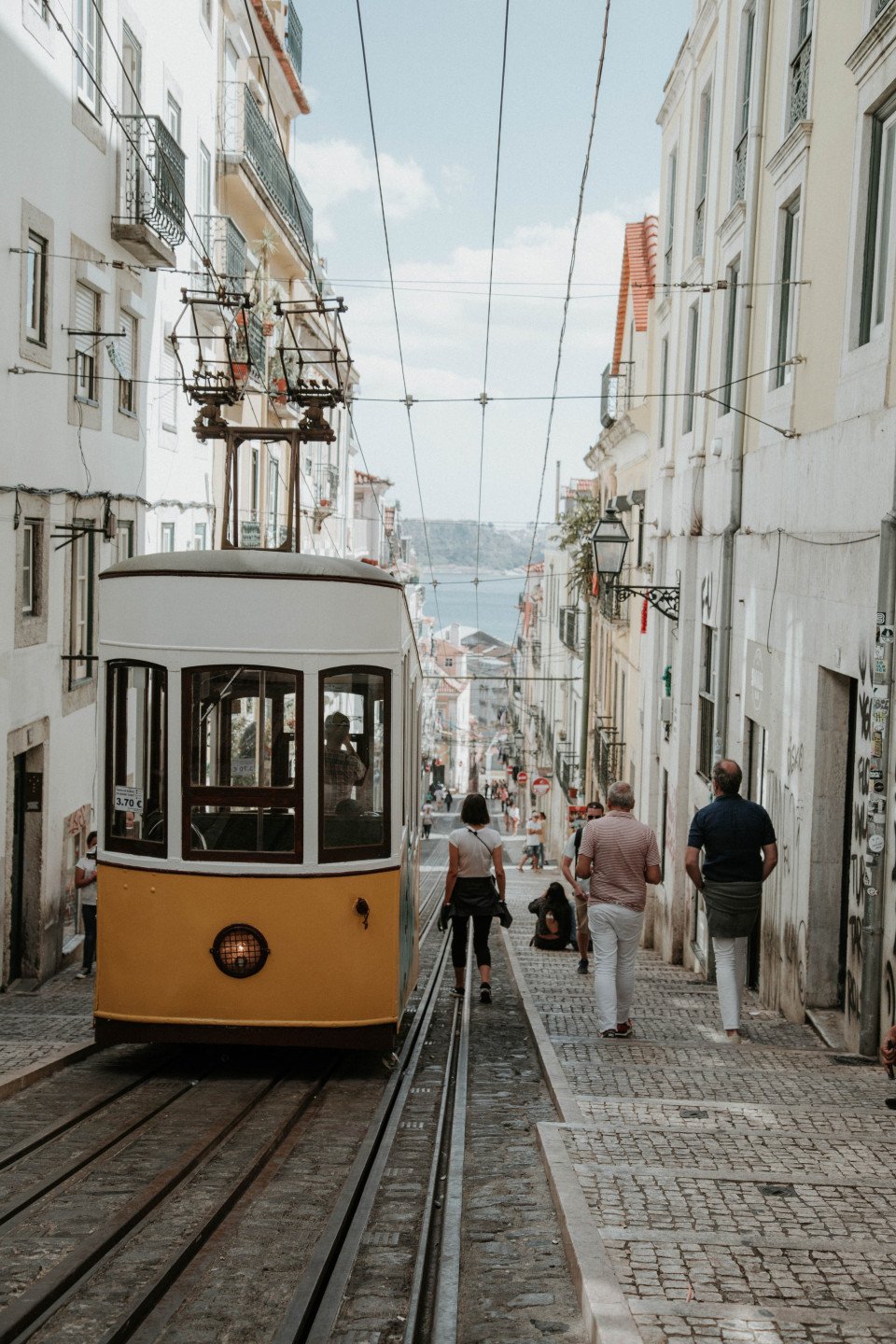
Set on seven hills on the banks of the River Tagus, Lisbon has been the capital of Portugal since the 13th century. It is a city famous for its majestic architecture, old wooden trams, Moorish features and more than twenty centuries of history. Following disastrous earthquakes in the 18th century, Lisbon was rebuilt by the Marques de Pombal who created an elegant city with wide boulevards and a great riverfront and square, Praça do Comércio. Today there are distinct modern and ancient sections, combining great shopping with culture and sightseeing in the Old Town, built on the city's terraced hillsides. The distance between the ship and your tour vehicle may vary. This distance is not included in the excursion grades.
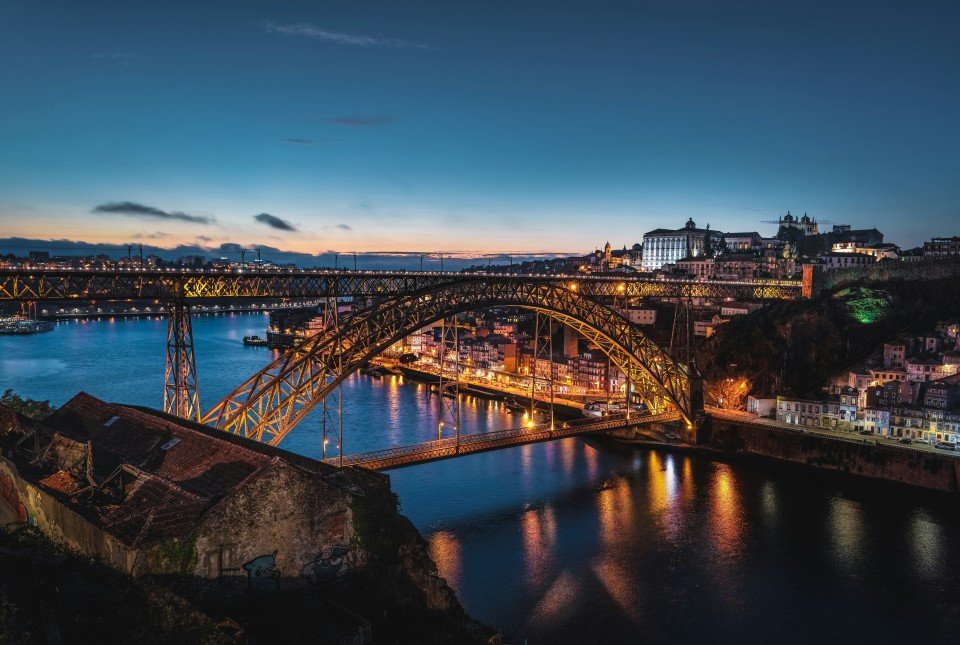
Blessed with rural charm, the tranquil village of Barca d'Alva is known for its tranquillity, serenity, and proximity to the Douro River. Situated in northeastern Portugal, the village provides a peaceful starting point for exploring the scenic beauty and vineyard-covered hillsides of the Douro Valley.
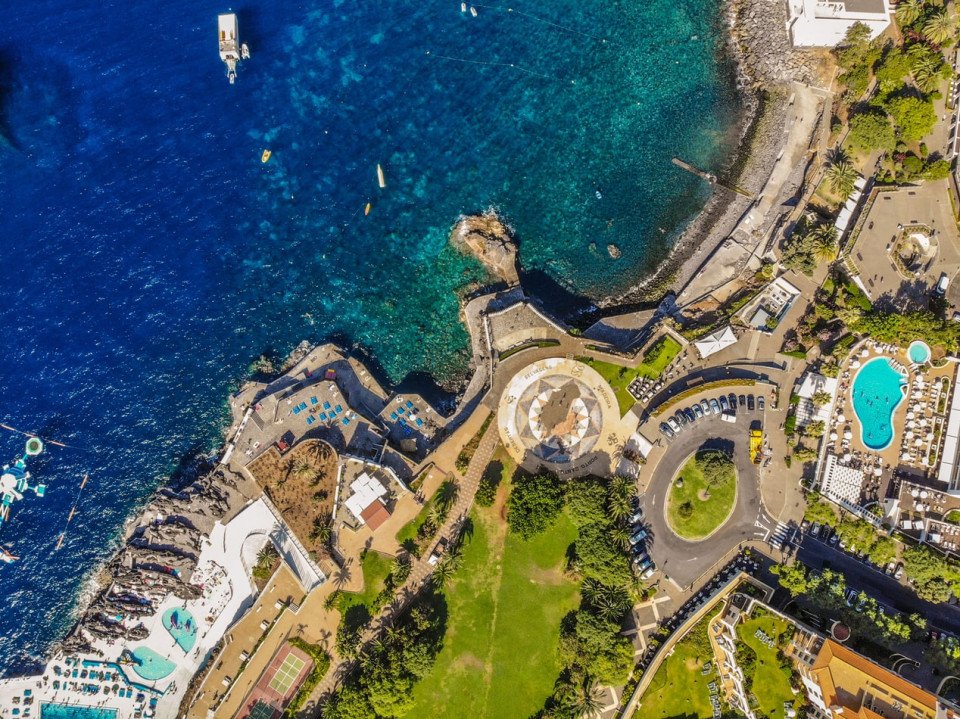
Formed by a volcanic eruption, Madeira lies in the Gulf Stream, about 500 miles due west of Casablanca. Discovered by Portuguese explorer João Gonçalves Zarco in 1419, this beautiful island became part of Portugal’s vast empire and was named for the dense forest which cloaked it - 'Madeira' means 'wood' in Portuguese. Sugar plantations first brought wealth here, and when King Charles II of England granted an exclusive franchise to sell wine to England and its colonies, many British emigrants were drawn to the capital, Funchal. Today’s travellers come to Madeira for the varied and luxuriant scenery, from mountain slopes covered with vines to picturesque villages and a profusion of wild flowers. The natural beauty of the island has earned it many pseudonyms such as ‘The Floating Garden of the Atlantic’, 'The Island of Eternal Springtime' and ‘God’s Botanical Gardens’ and our selection of excursions aim to show you why.
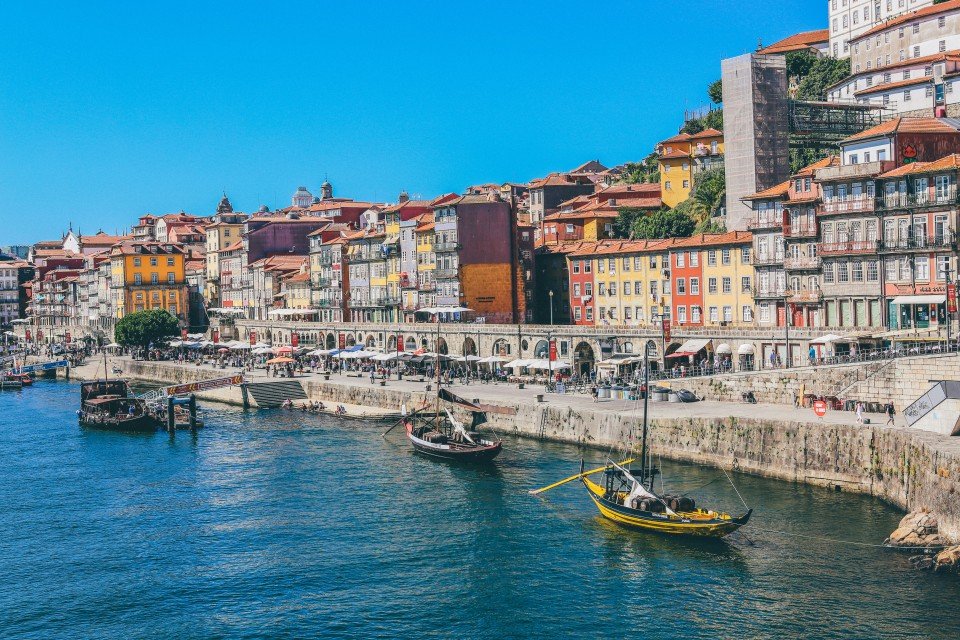
Nestled amongst the scenic landscape between the Tâmega and Douro rivers, the quaint village of Entre-os-Rios is known for brilliant landscapes and historical bridges. Despite the unfortunate collapse of the Hintze Ribeiro Bridge in 2001, the village has since worked towards reconstruction and emerged as a serene, picturesque destination within the Douro Valley.
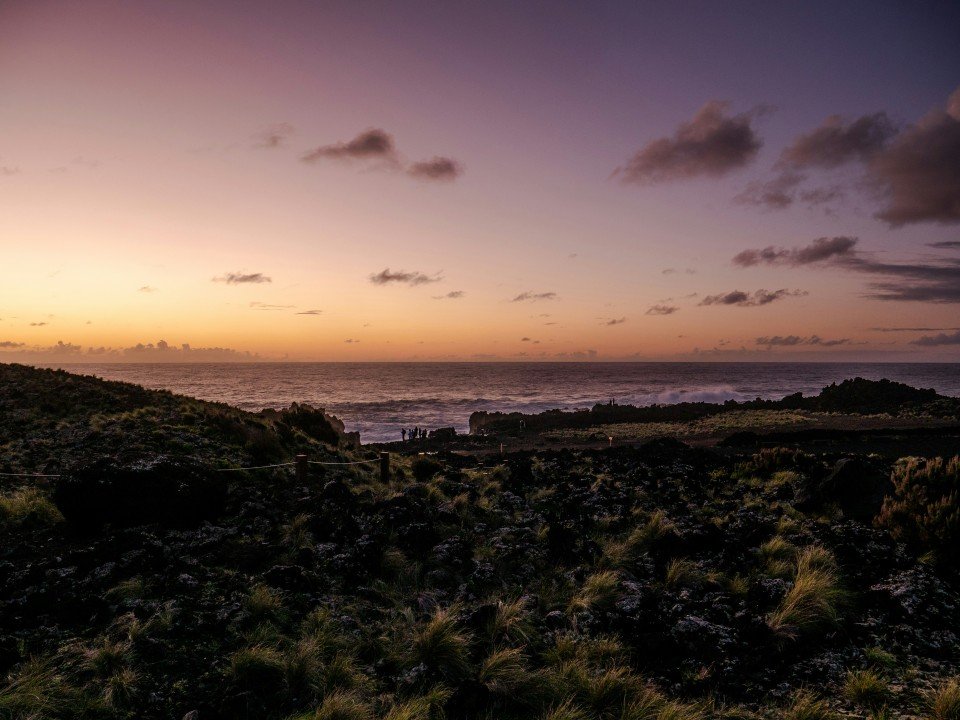
Offering solace on the long journey across the Atlantic, Ponta Delgada is the Azores Islands' largest city, and a welcome relief for any weary sailor. Located on an archipelago of Portuguese islands, some 1,100 miles from the mainland, you can explore humbling volcanic scenery, as well as Sao Miguel's verdant landscape - which glows with colour when the hydrangeas that the Azores are known for bloom into life during the summer months. The striking black and white facade of the Church of Sao Jose welcomes you to the city itself, while you can head to the markets to pick up the pineapples, tea leaves and coffee beans that add a little flavour to the island. As the largest city of the Azores, Ponta Delgada is well stocked with places to eat delicious local seafood, or pick up a little shopping, as you enjoy setting your feet on dry land, following a long journey at sea. Volcanic firepower has carved these stunning islands, and a journey up to Caldeira das Sete Cidades is a must do, where you can hike beside the water-filled crater, and admire views of steep green walls, and the uninterrupted Atlantic Ocean stretching beyond them. Lagoa de Fogo offers yet more humbling views, with the crater lake dropping off sharply to rippled ocean far below.

Portimão is a major fishing port, and significant investment has been poured into transforming it into an attractive cruise port as well. The city itself is spacious and has several good shopping streets—though sadly many of the more traditional retailers have closed in the wake of the global economic crisis. There is also a lovely riverside area that just begs to be strolled (lots of the coastal cruises depart from here). Don’t leave without stopping for an alfresco lunch at the Doca da Sardinha ("sardine dock") between the old bridge and the railway bridge. You can sit at one of many inexpensive establishments, eating charcoal-grilled sardines (a local specialty) accompanied by chewy fresh bread, simple salads, and local wine.

Ever since the Romans constructed a fort here and began using it as a trading post, Oporto has been a prosperous commercial centre. In the 15th and 16th centuries the city benefited from the wealth generated by Portugal’s maritime discoveries, and later, the establishment of a lucrative wine trade with Britain compensated for the loss of the spice trade. Today, Portugal’s second-largest city is a thriving, cosmopolitan place and is famous for its production of the fortified, sweet 'port' wine. Its historic centre is a UNESCO World Heritage Site and the city was also awarded the status of European Capital of Culture in 2001. A large sandbar prevents ships from sailing into Oporto itself, so for over a century they have used nearby Leixões instead, a man-made seaport constructed nine miles from the city. Leixões is one of Portugal's major sea ports and is also home to one of the country's oldest football clubs, winners of the Taça de Portugal cup in 1961.
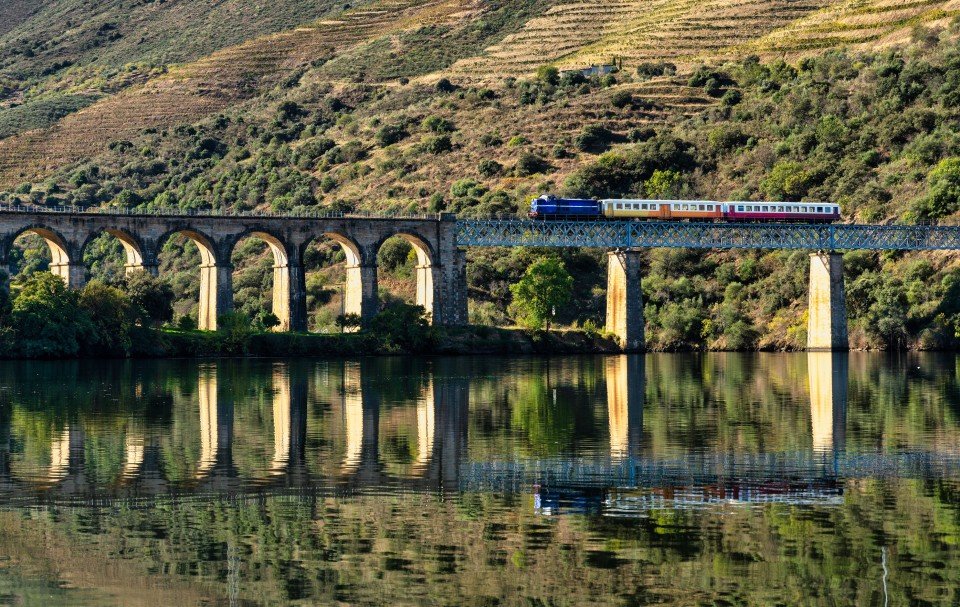
Pocinho is a remote village in northern Portugal, along the banks of the Douro River. With its tranquil charm and natural beauty, the village exudes a quaint allure and a sense of peaceful seclusion that offers respite from the hustle and bustle of the world beyond.
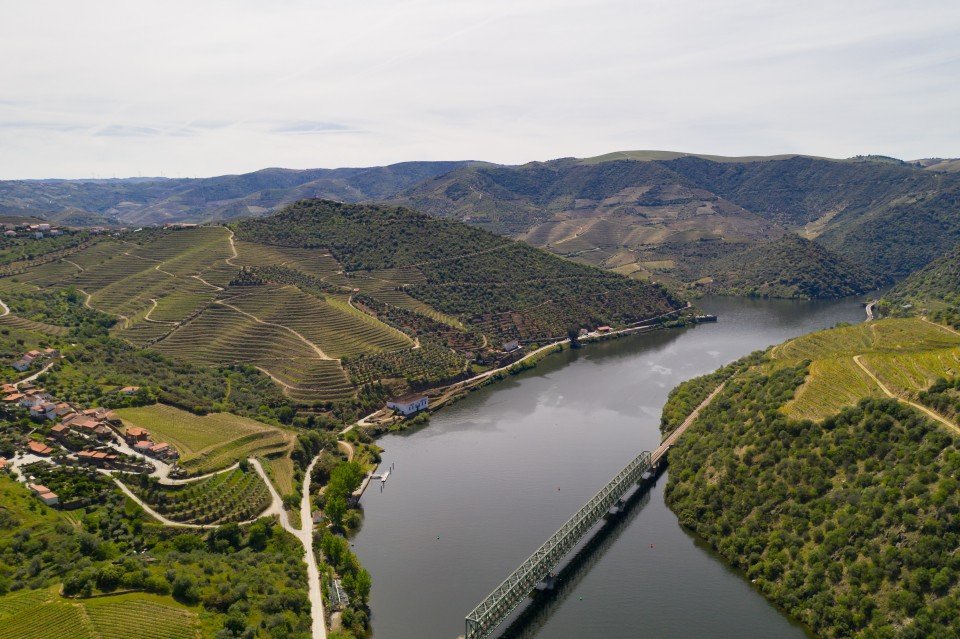

Set on the five-sided island of Faial, Horta is decorated with a colourful cacophony of artworks, which have been daubed across its concrete marina by visitors from around the globe. Left behind by sailors, they tell thrilling stories of life on the high seas. Sitting in the midst of the vast Atlantic, 1,100 miles away from the Portuguese mainland, Horta is the ideal pit-stop for yachts traversing the Atlantic, and one of the world's most visited marinas. The tapered, imposing peak of the Pico volcano, on neighbouring Pico Island, provides a glorious backdrop to the jostling yacht masts of the marina. For the ultimate view, however, you'll need to head up to Faial's own volcanic treasure - Caldeira. Look out from this colossal crater, to absorb the extraordinary views, and a demonstration of a volcano's ability to create as well as destroy. The crater is a natural reserve that blooms with wildflowers and lush green scenery, and scattered sky-blue hydrangeas. Flowers spread colour right across these islands - and you can learn more about the native species at the Faial Botanical Garden.
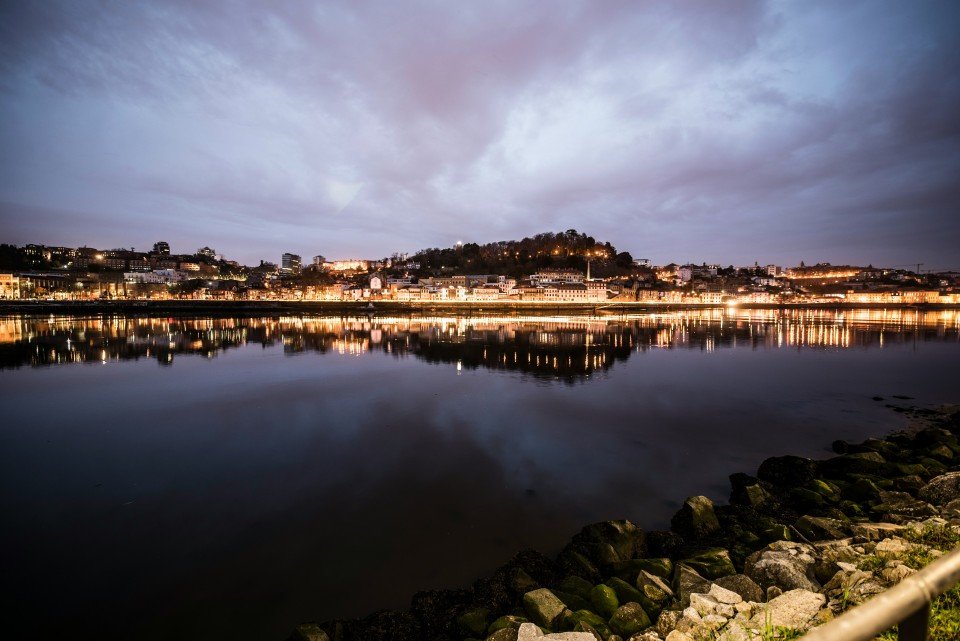
Situated along the banks of the Douro, Caldas de Aregos is renowned as an ultimate destination for relaxation and wellness for centuries, thanks to its natural thermal springs believed to have healing properties and therapeutic benefits. Against a backdrop of historic architecture, charming riverside landscapes and a welcoming atmosphere, Caldas de Aregos is a must-visit retreat for tranquillity and rejuvenation.
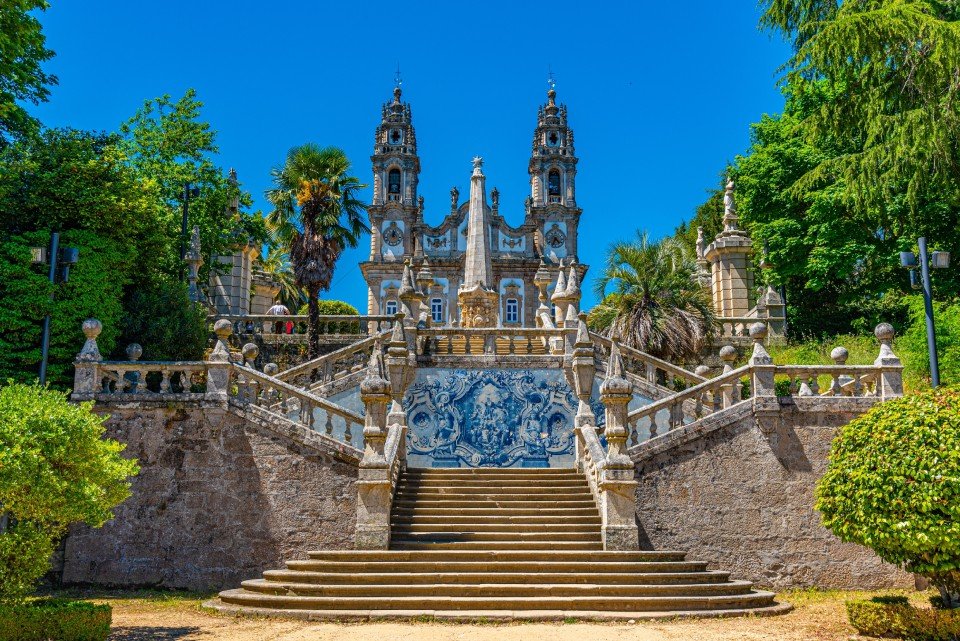
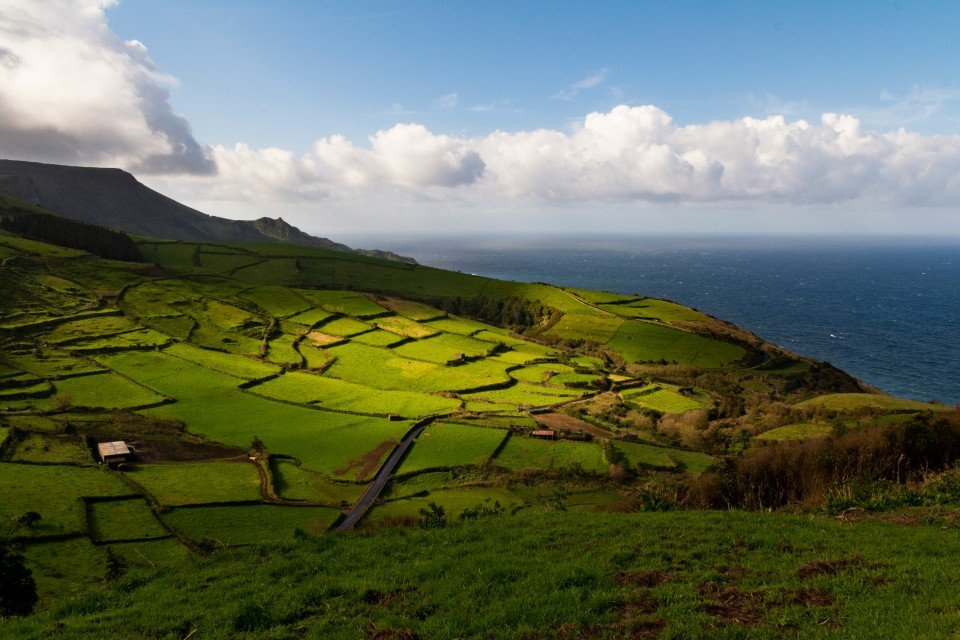
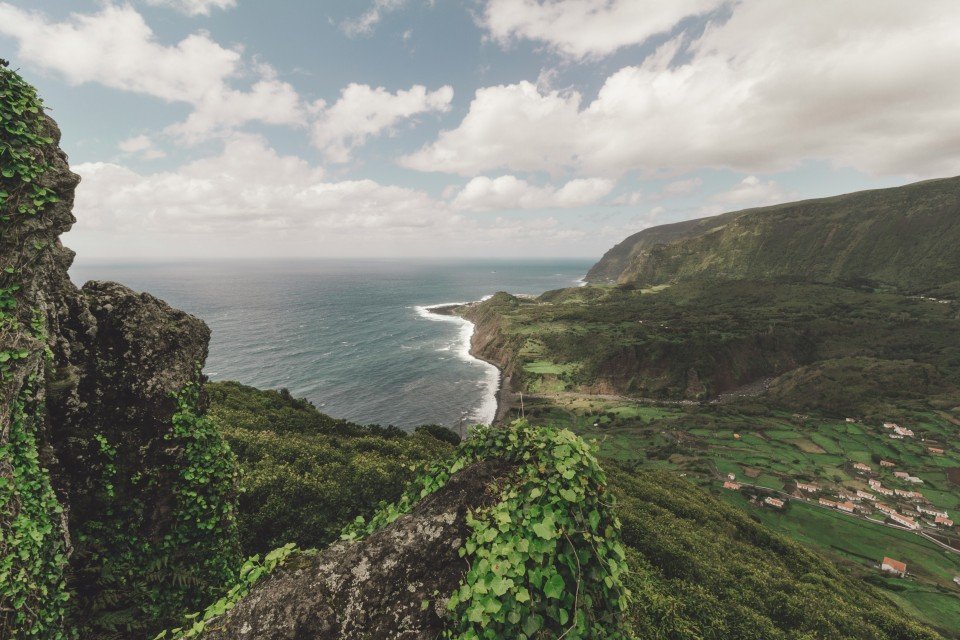
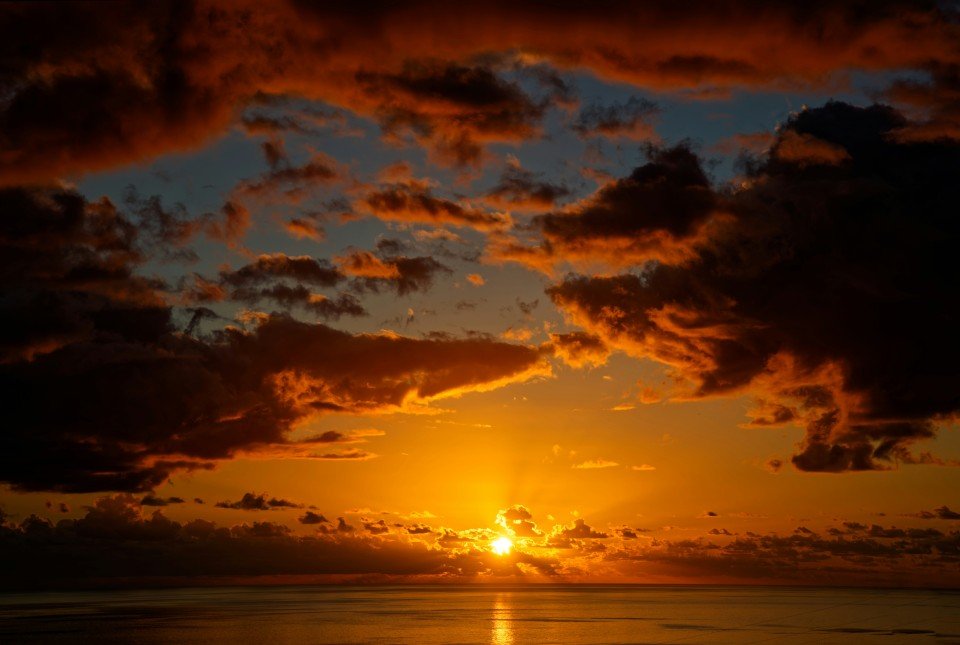
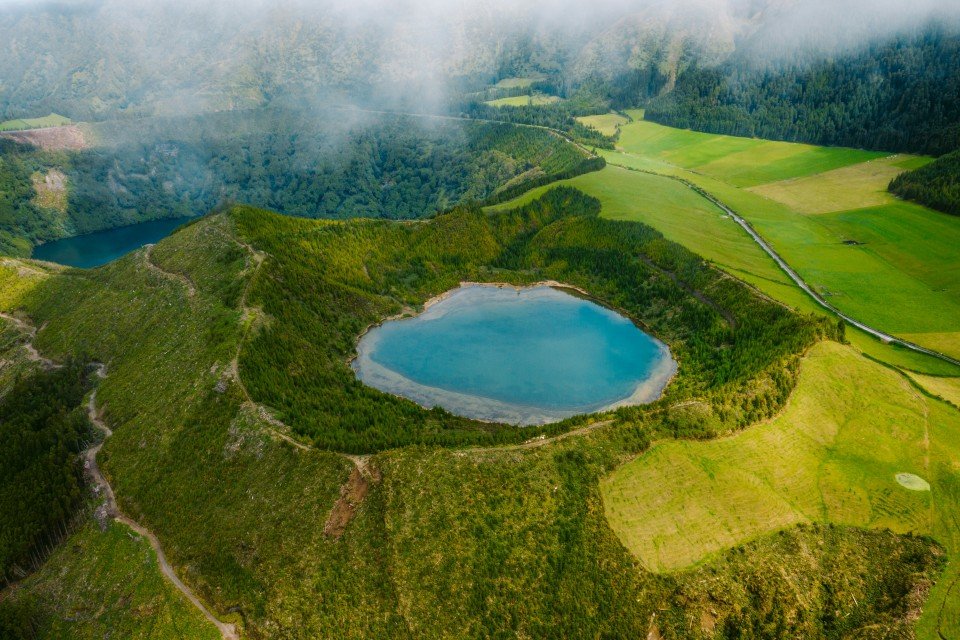
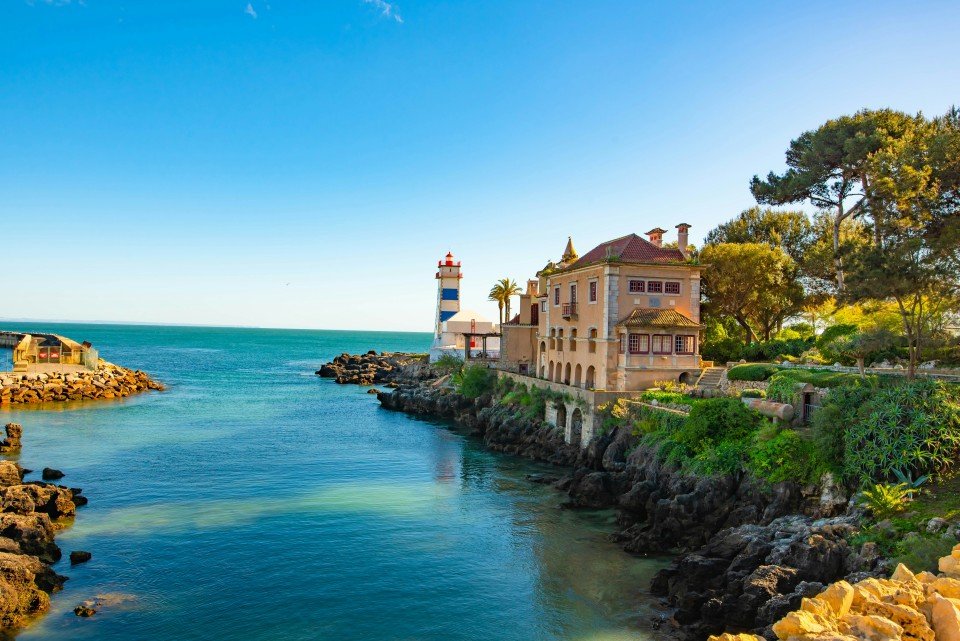
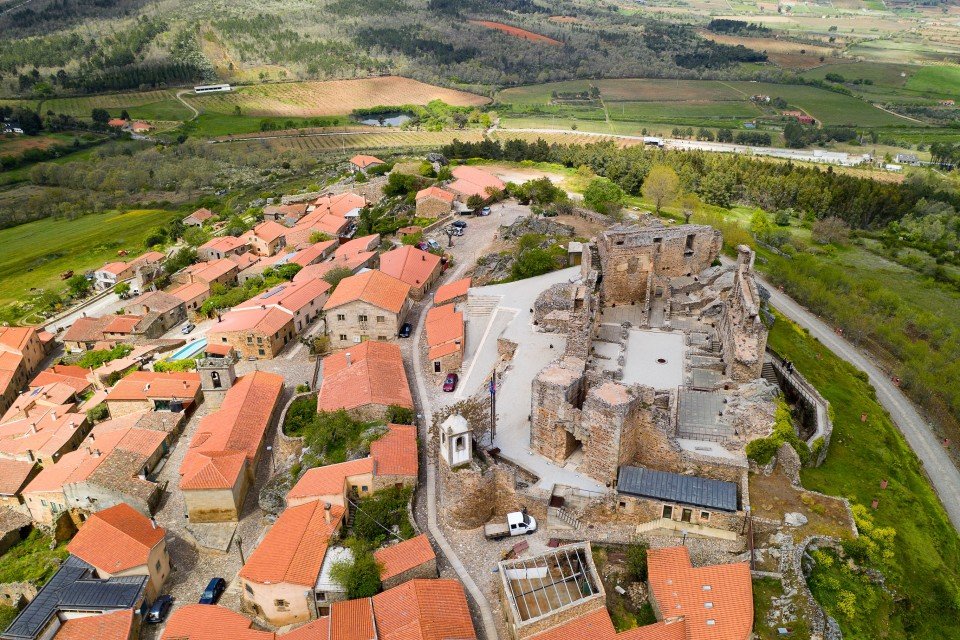
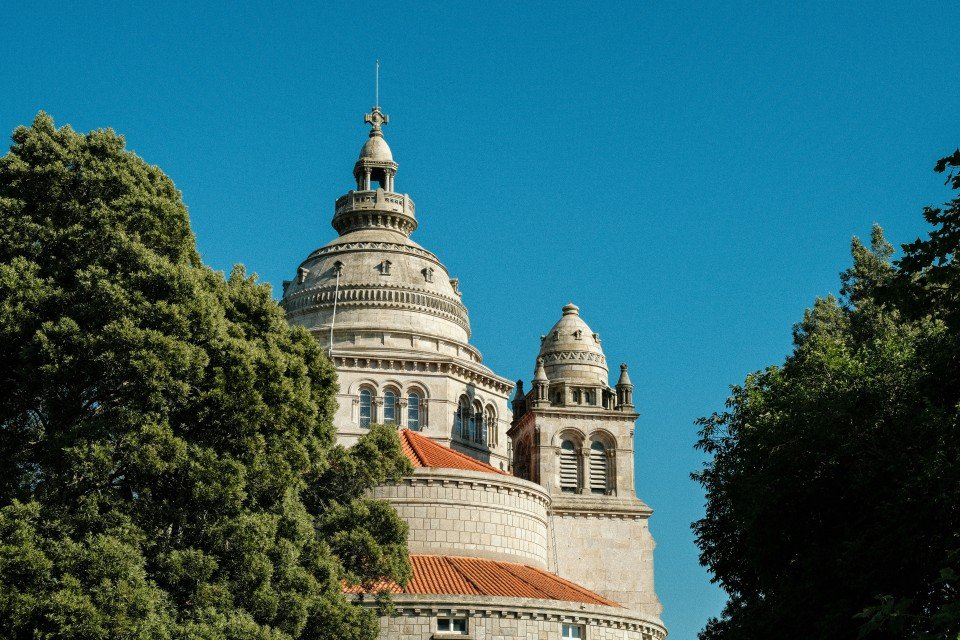
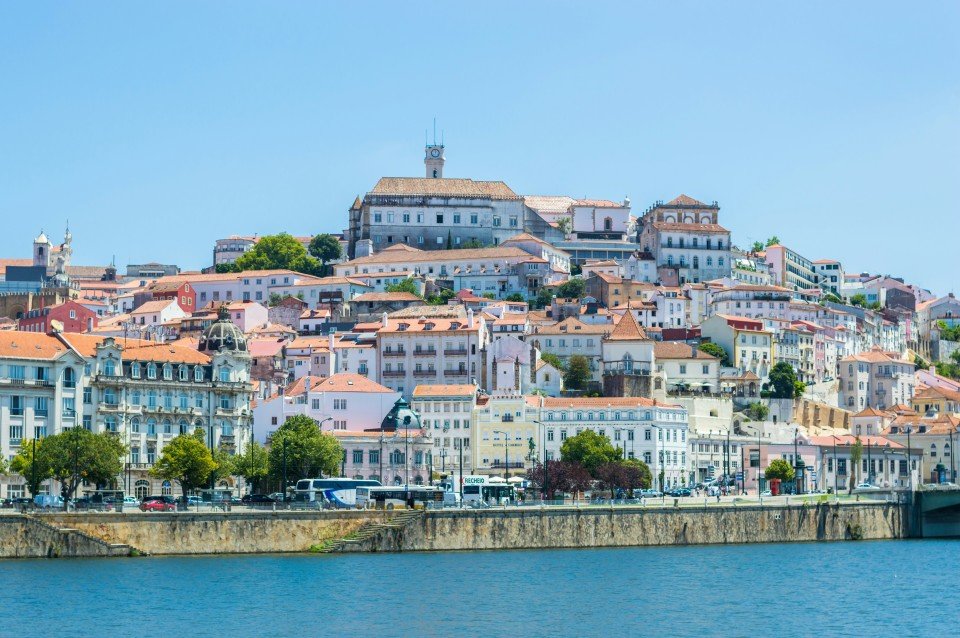
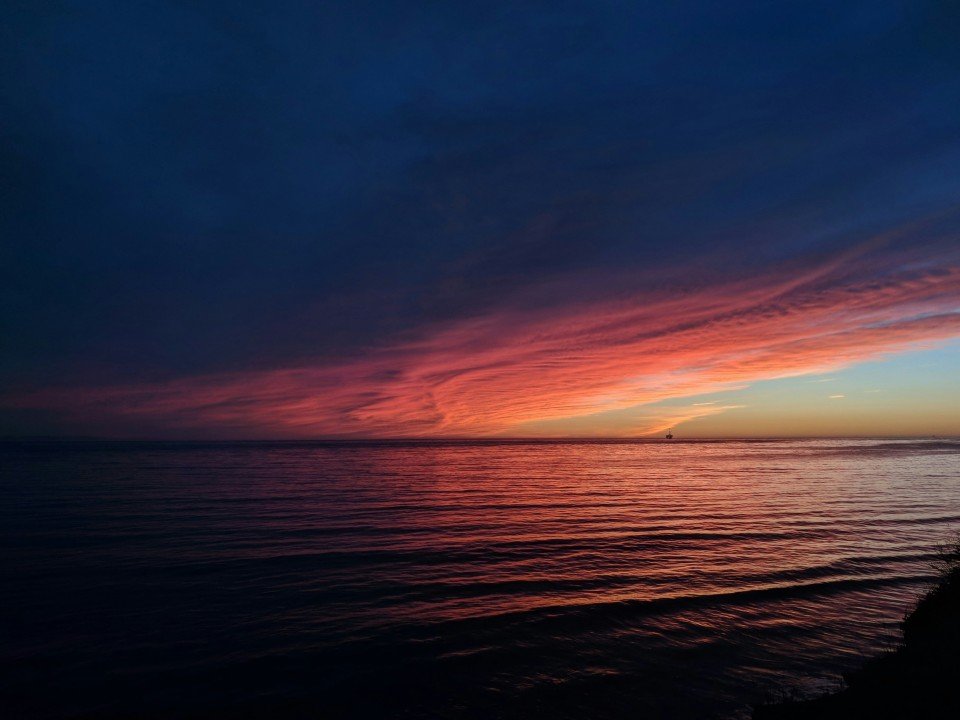
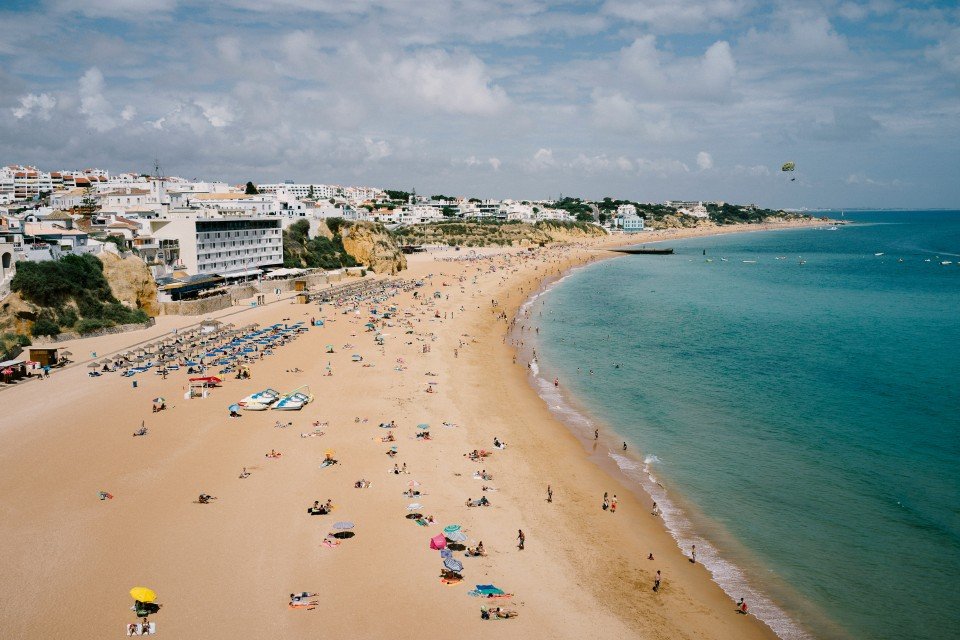

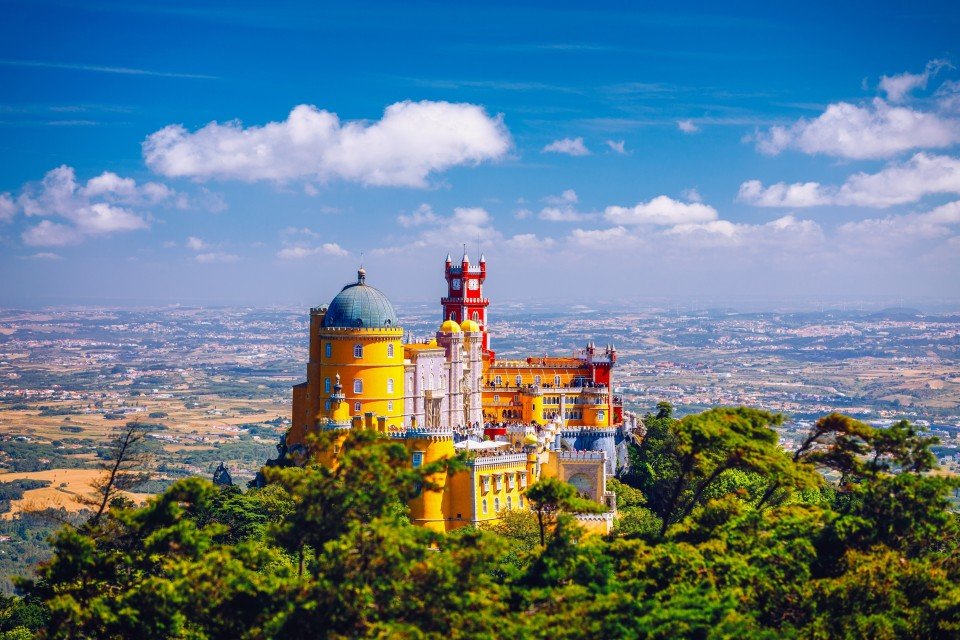
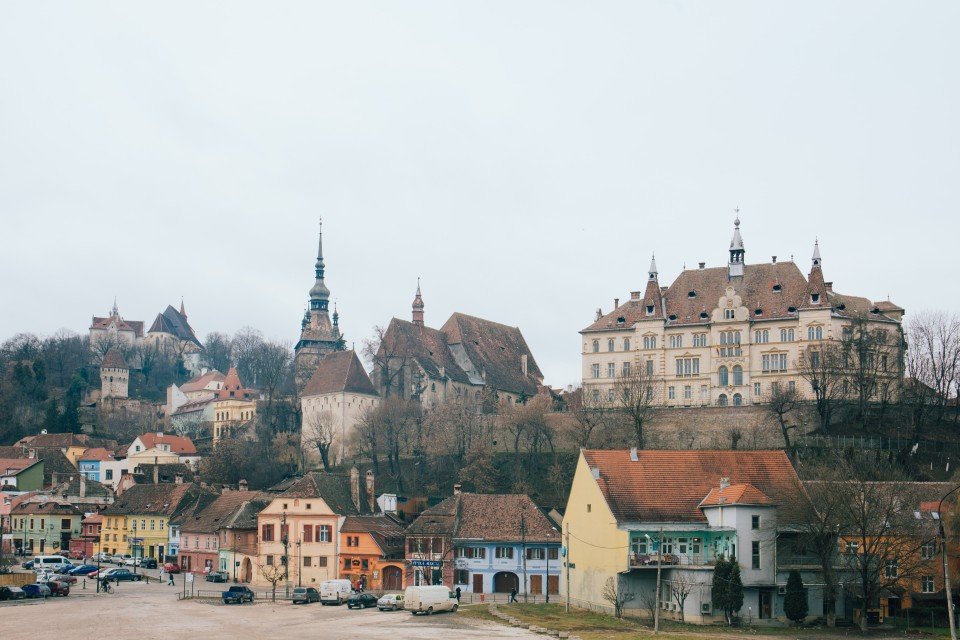
Sitting on the banks of the Danube River, Giurgiu is a Romanian city best known for its historical significance, home to landmarks such as the Clock Tower and the Giurgiu Fortress. What's more, Giurgiu acts as a vital transportation hub that connects Romania to Bulgaria via the Danube Bridge, and is also recognised for its agriculture.
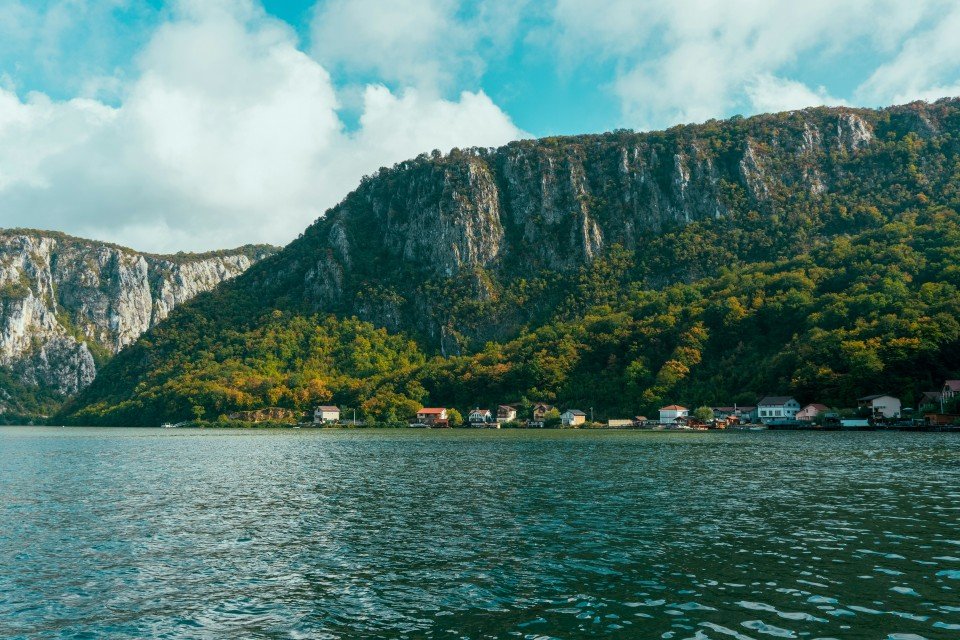
As the River Danube flows through the Carpathian Mountains, the breath-taking gorge known as the Iron Gates is formed, creating a natural border between Serbia and Romania. Characterised by steep limestone cliffs towering dramatically over the water, painting a magnificent landscape, this awe-inspiring stretch of the Danube is not only rich in natural beauty but also holds significance culturally and historically, home to archaeological remnants that date back to ancient times. The Iron Gates Dam is also situated within the Iron Gates, one of Europe's largest hydro-electric power stations, only further enhancing the gravity of the geographical marvel.
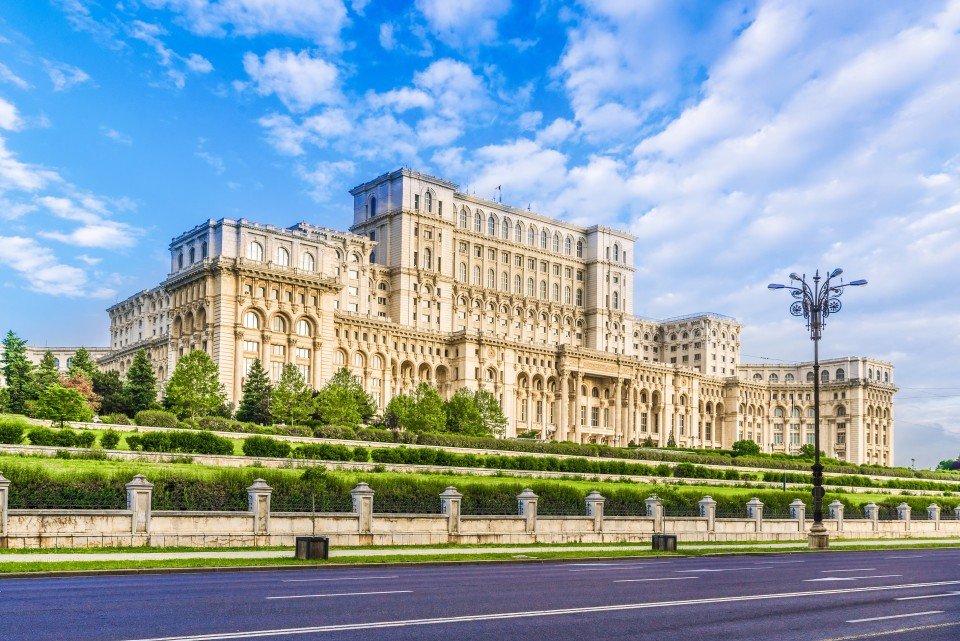
Bucharest, in southern Romania, is the country's capital and commercial center. Its iconic landmark is the massive, communist-era Palatul Parlamentului government building, which has 1,100 rooms. Nearby, the historic Lipscani district is home to an energetic nightlife scene as well as tiny Eastern Orthodox Stavropoleos Church and 15th-century Curtea Veche Palace, where Prince Vlad III (“The Impaler”) once ruled.
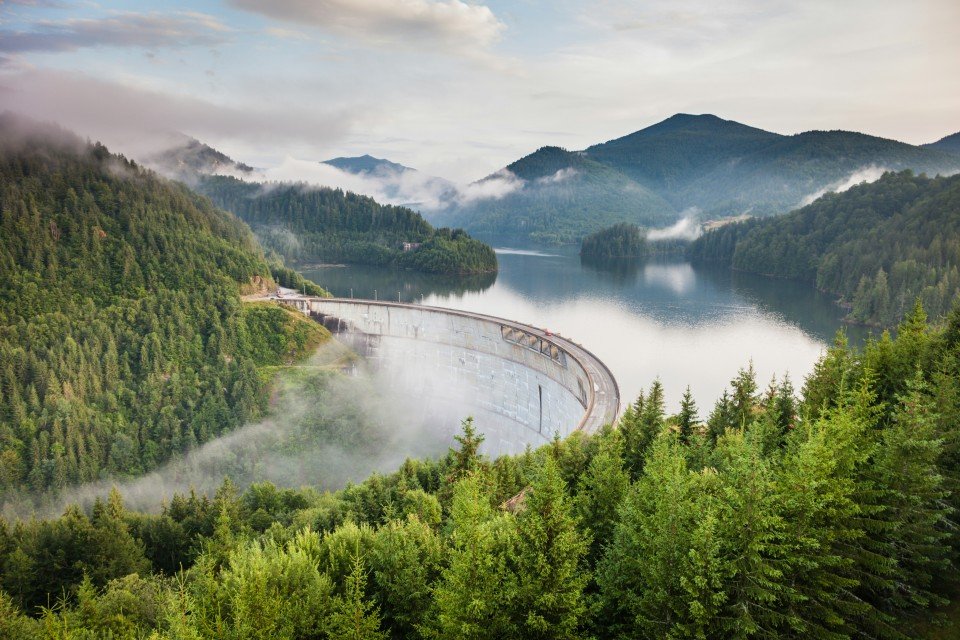
Oltenita is an embodiment of culture and history, situated along the banks of the Danube in Romania. Located the Călărași County, Oltentia is characterised by charm, serenity and tradition, boasting a vibrant community where age-old customs are observed with fervour by the locals. Visitors are immersed in the warmth and hospitality that exudes from the town, exploring enchanting streets rich with timeless allure.
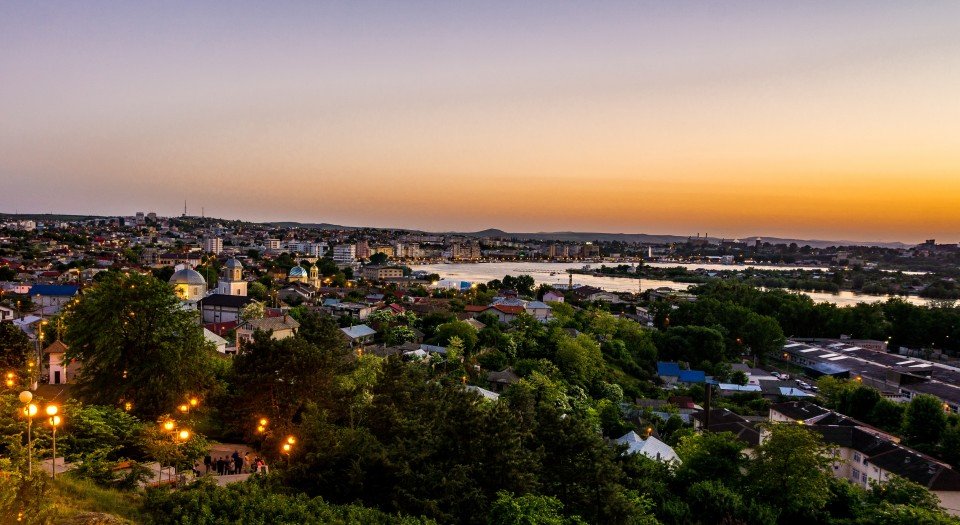
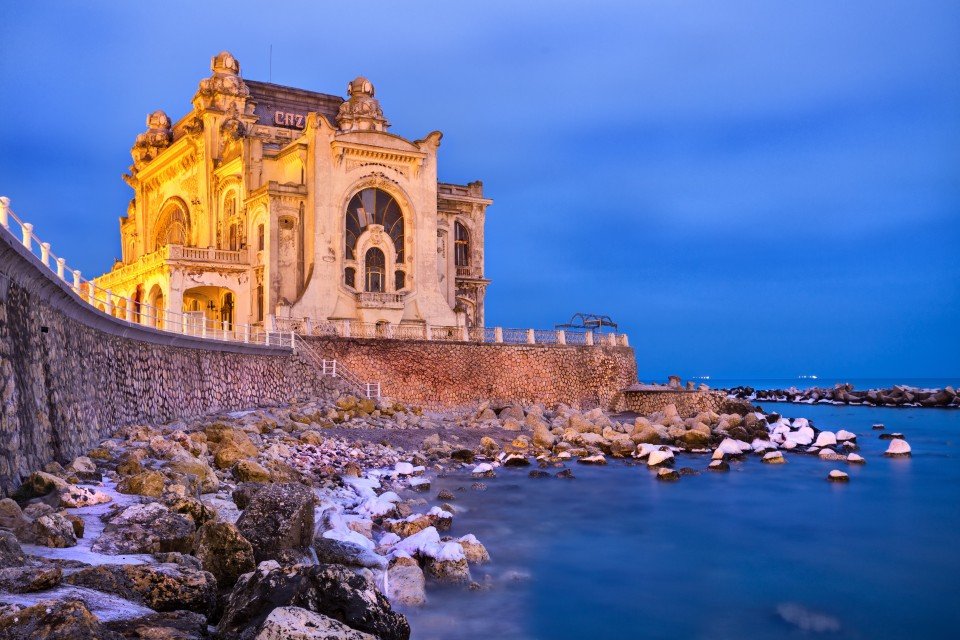
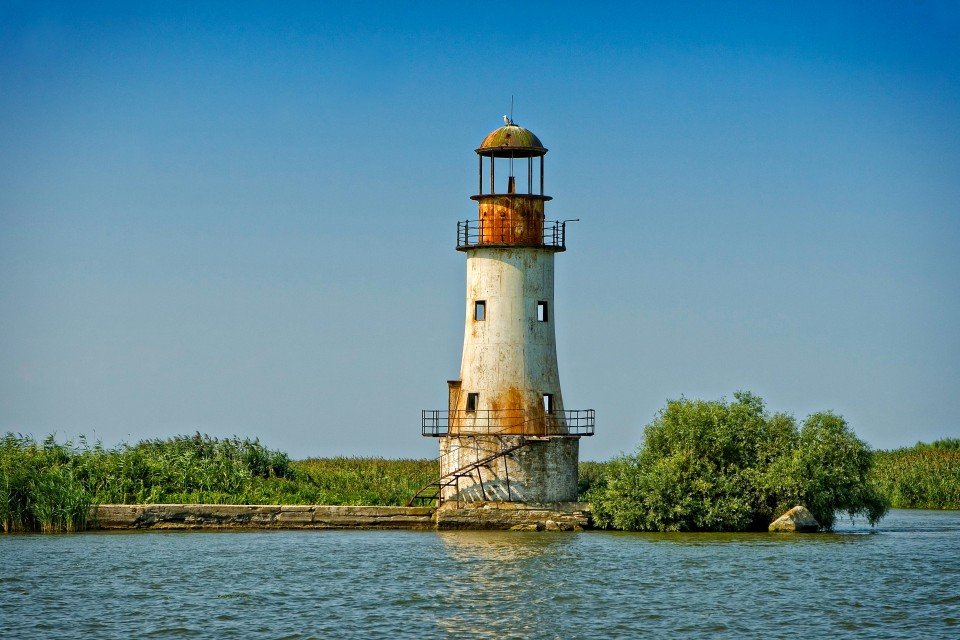
In the heart of the Danube Delta, Sfântu Gheorghe is a haven of natural beauty and ecological diversity, exuding tranquillity amidst lush greenery and meandering waterways. Named after Saint George, the town is recognised for its stunning landscapes, abundant wildlife, marshlands and river channels, with a unique blend of Romanian and Lipovan culture, tradition and folklore woven into daily life.
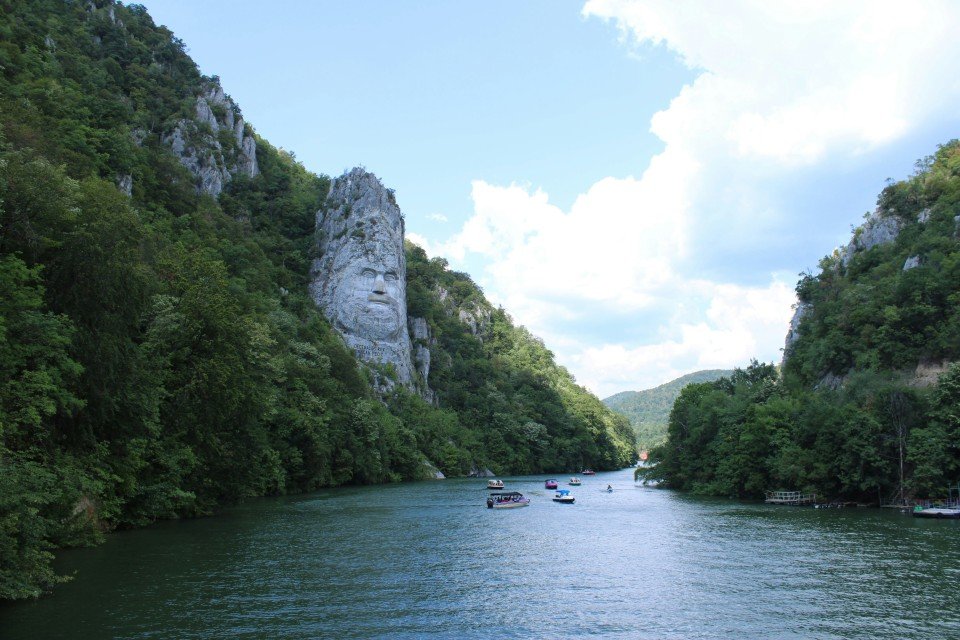
Hârșova, Romania, is a town steeped in history with a strategic location alongside the Danube, making it a significant crossroads throughout the ages with remnants of ancient civilians adorning the landscape. Hârșova's cultural heritage is eloquently showcased through iconic landmarks, notably the stunning bridge that spans the Danube and the Ethnographic Museum, which serves as a powerful representation of the town's significance in history, as well as offering visitors a window into its vibrant past.
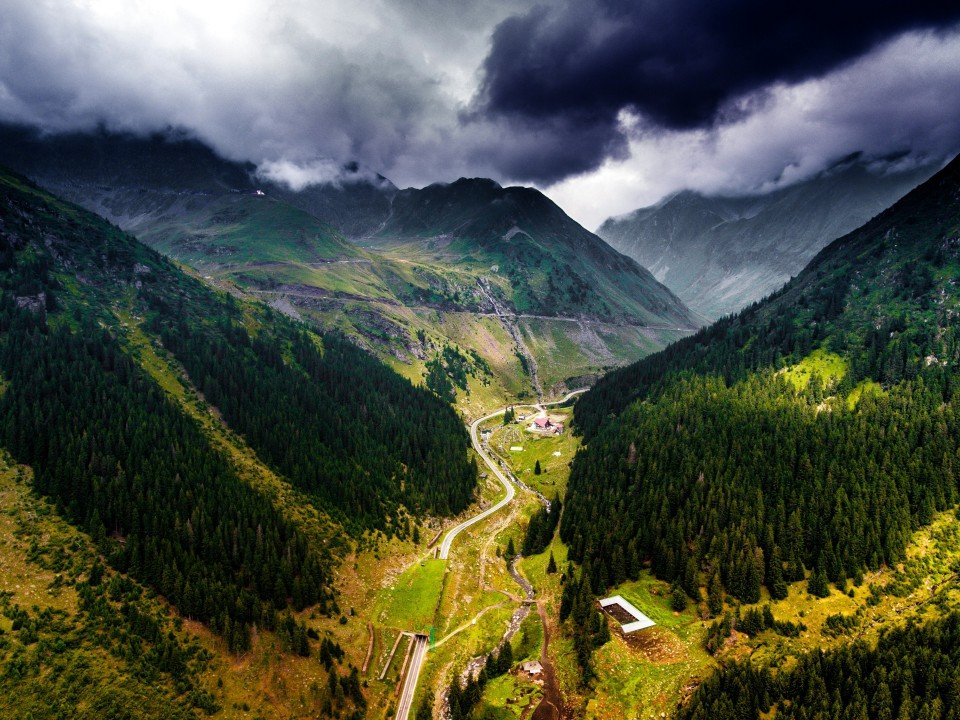
Fetești is located in the Ialomița County, Romania, and is a lively town bursting with modern vitality and historical depth. Resting along the banks of the Danube, Fetești acts as a crucial transportation hub that connects various regions of Romania, fostering a rich cultural exchange over the centuries. This blend of influences is evident in the diverse culinary traditions, architecture and bustling markets adorned with local produce.
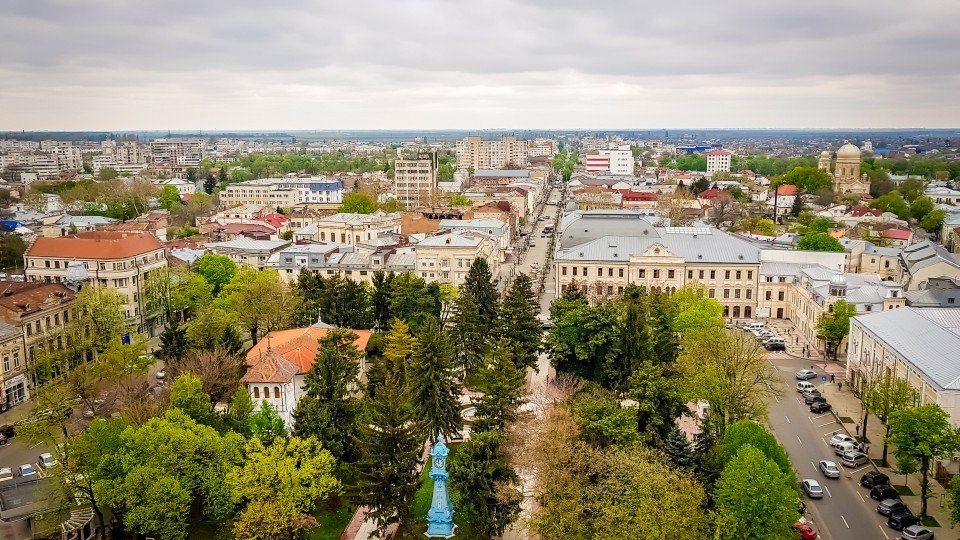
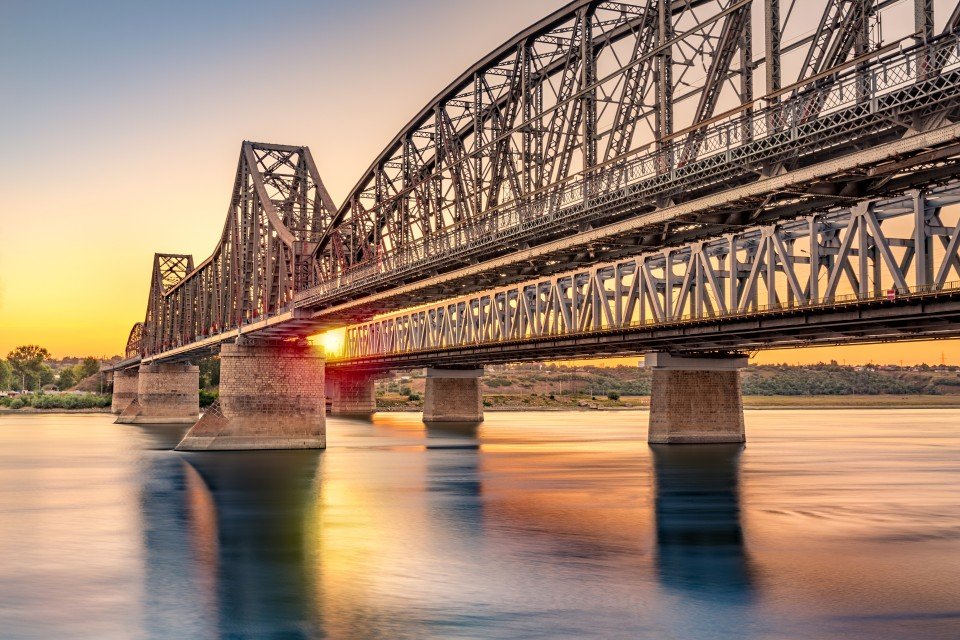
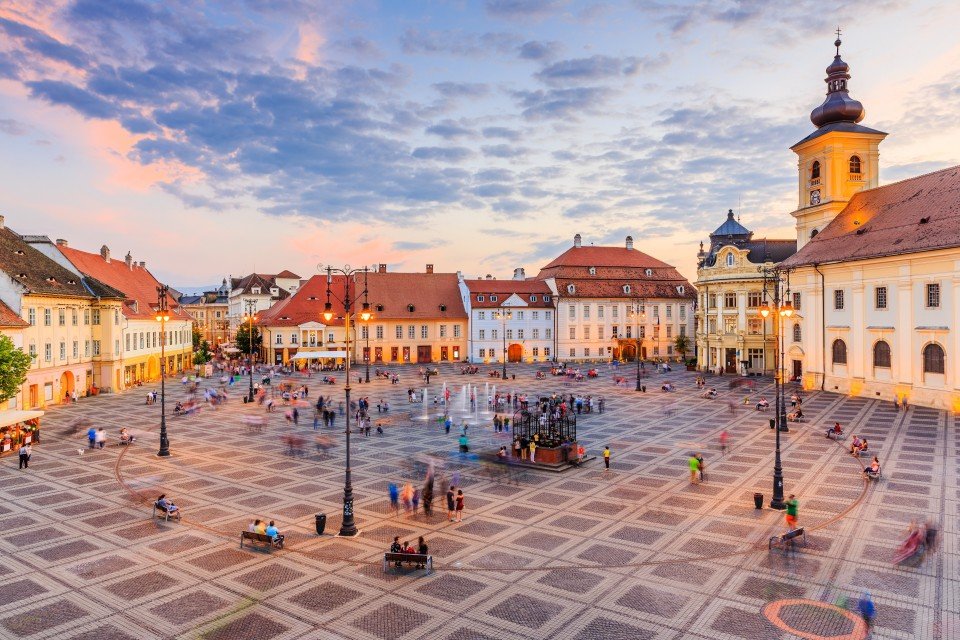
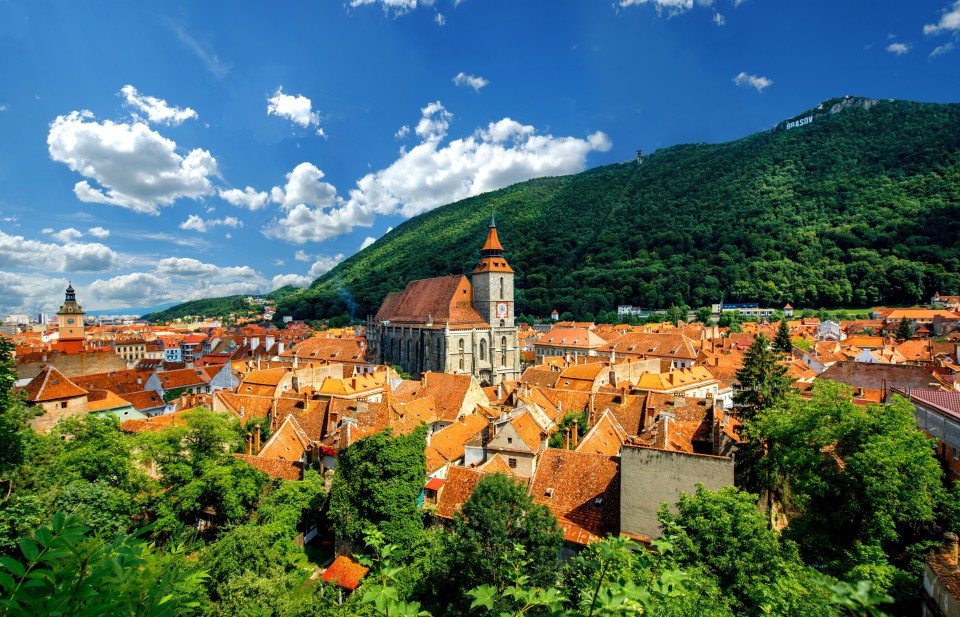
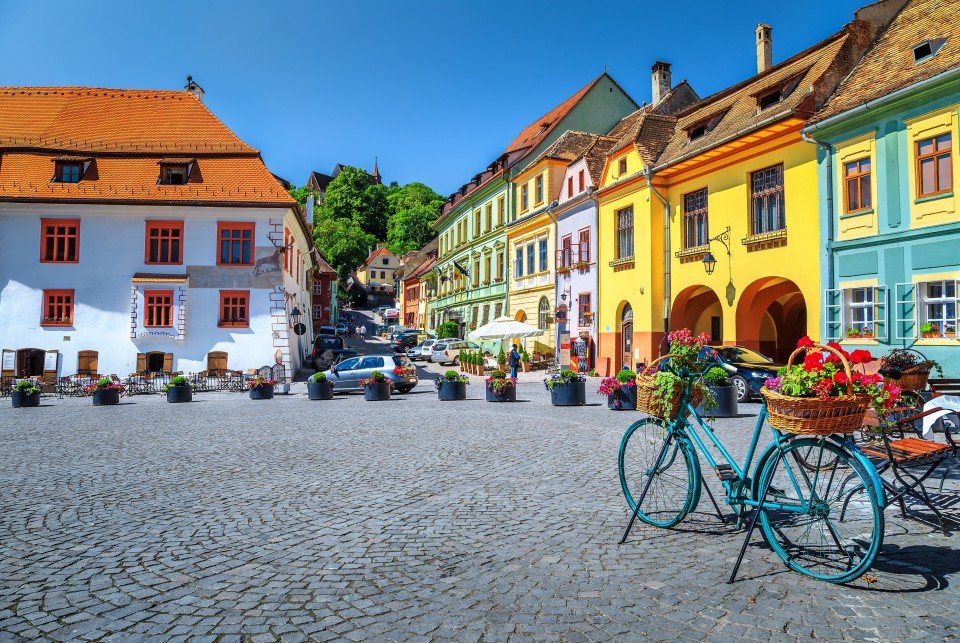
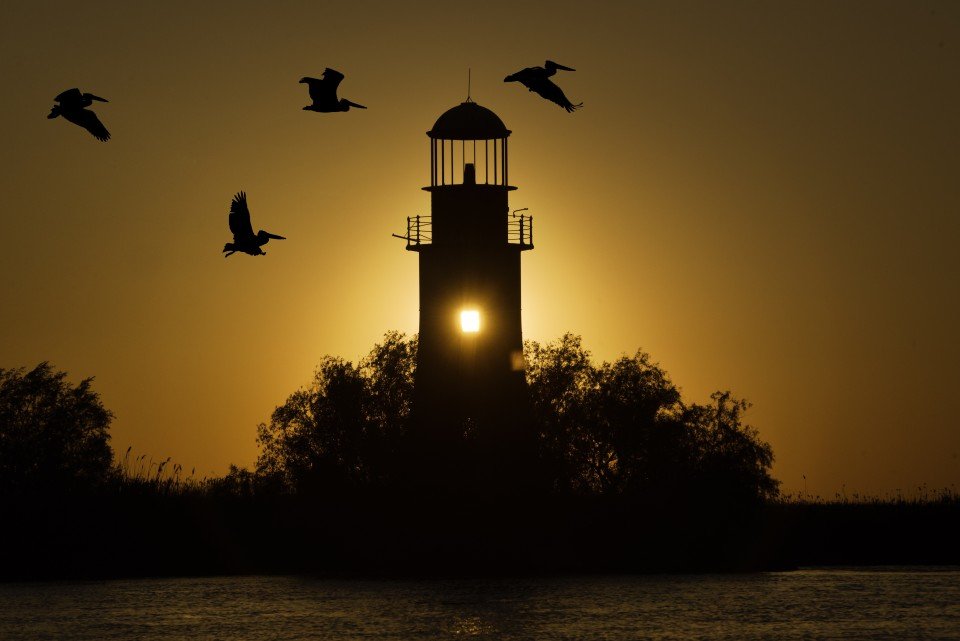
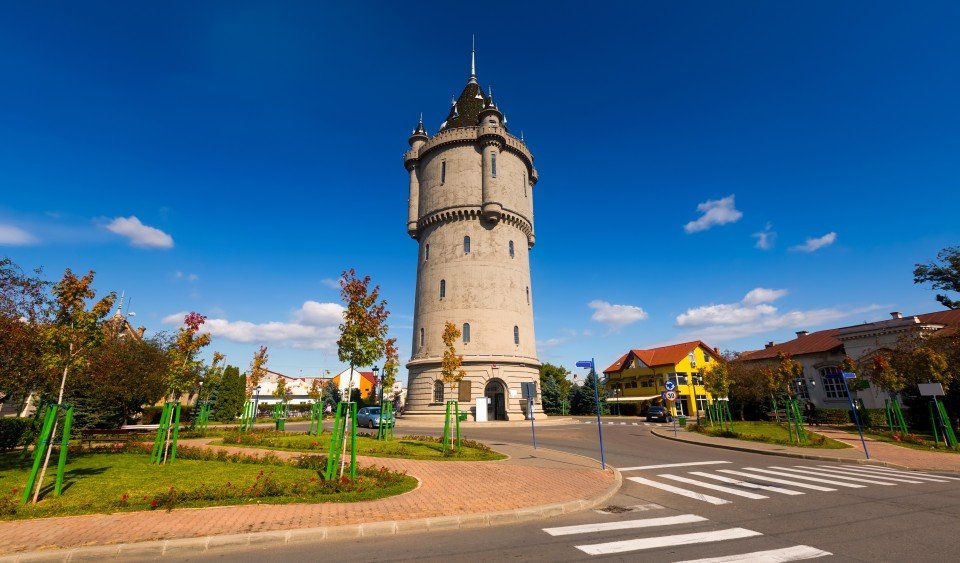
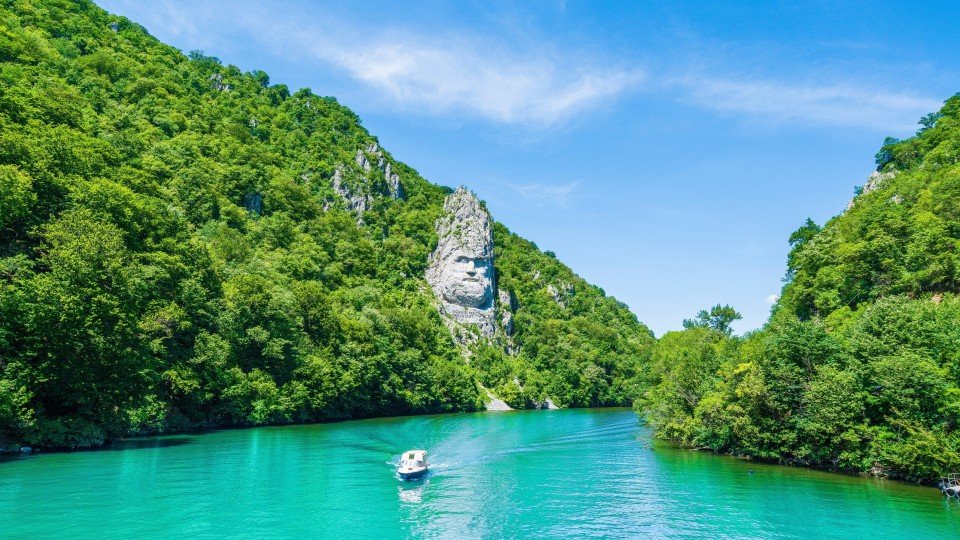
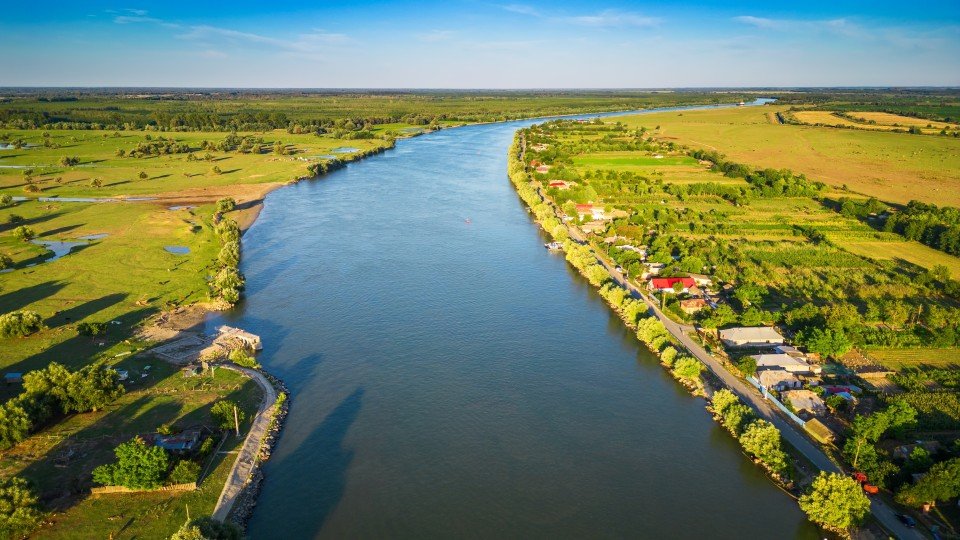
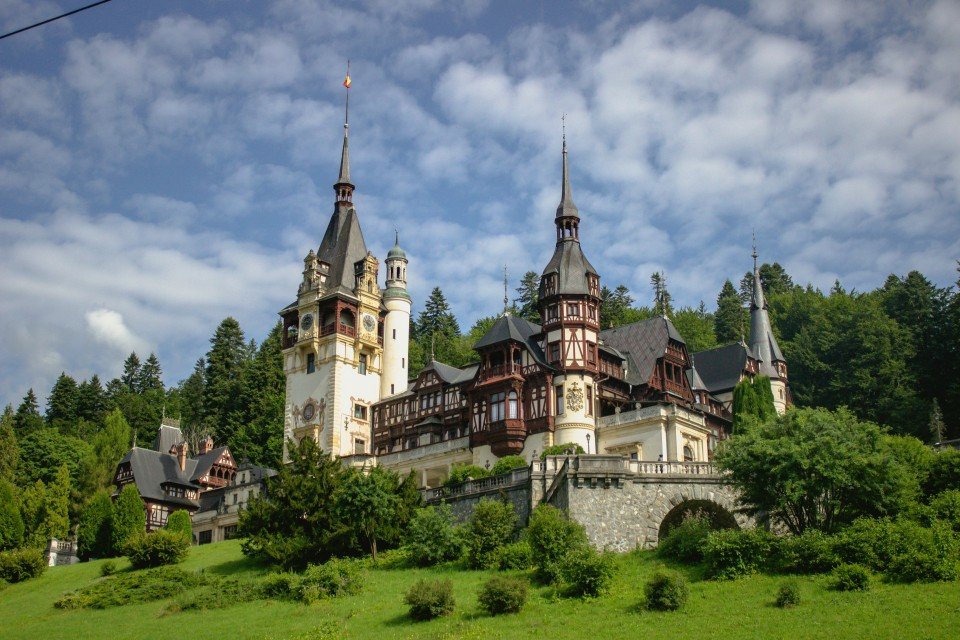
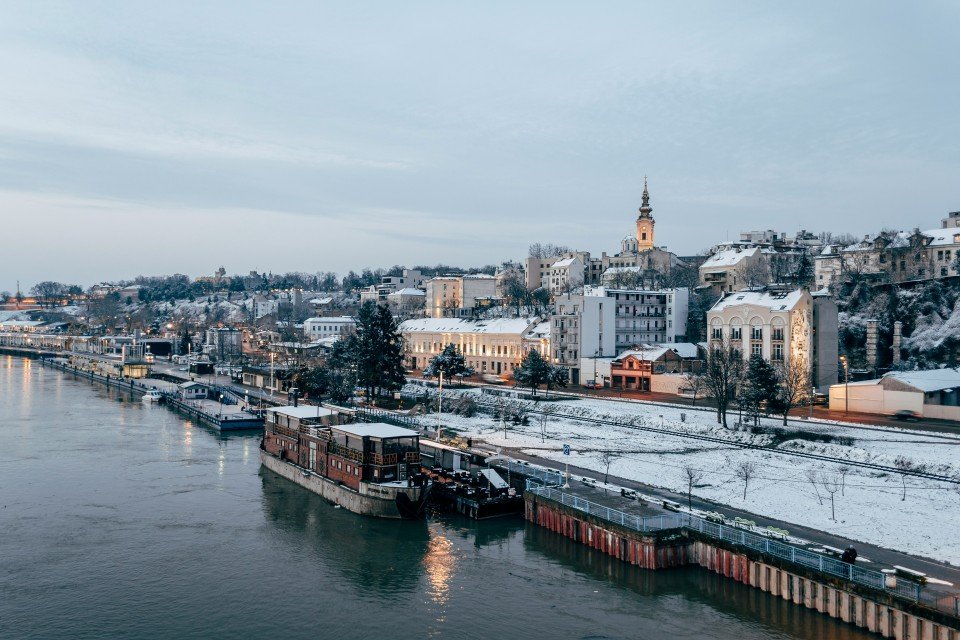
Belgrade, Serbia's capital, is characterised by its rich cultural tapestry, resilient spirit and lively nightlife. Situated at the confluence of the Sava and Danube, Belgrade beautifully blends history with modernity, offering visitors the opportunity to explore the magnificent Belgrade Fortress, wander through the bohemian Skadarlija district, and enjoy the city's vibrant culinary scene. Adorned with an amalgamation of architectural styles, reflecting the deep and complex history of the city, Belgrade embodies the resilience and vitality of Serbia.
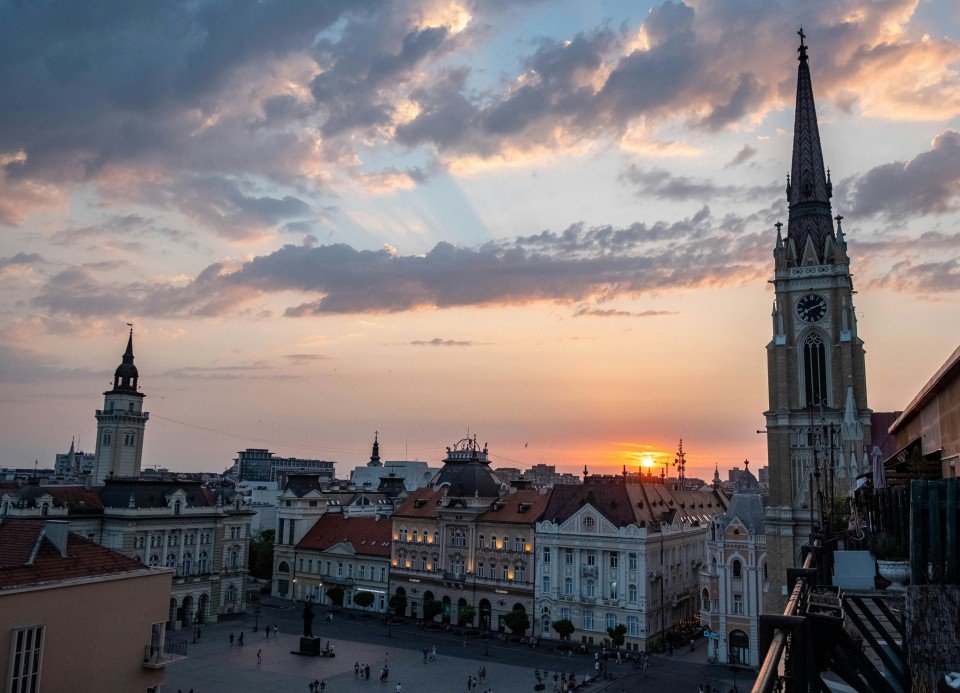
Novi Sad, situated in the north of Serbia, is recognised for its stunning landscapes, cultural richness and historical architecture. The famous Petrovaradin Fortress dominates the city scape, and plays host annually to the EXIT music festival, drawing crowds from across the globe. With its enticing old town, colourful culinary scene and welcoming feel, sitting along the banks of the Danube, Novi Sad offers a delightful blend of history, entertainment and Serbian hospitality.
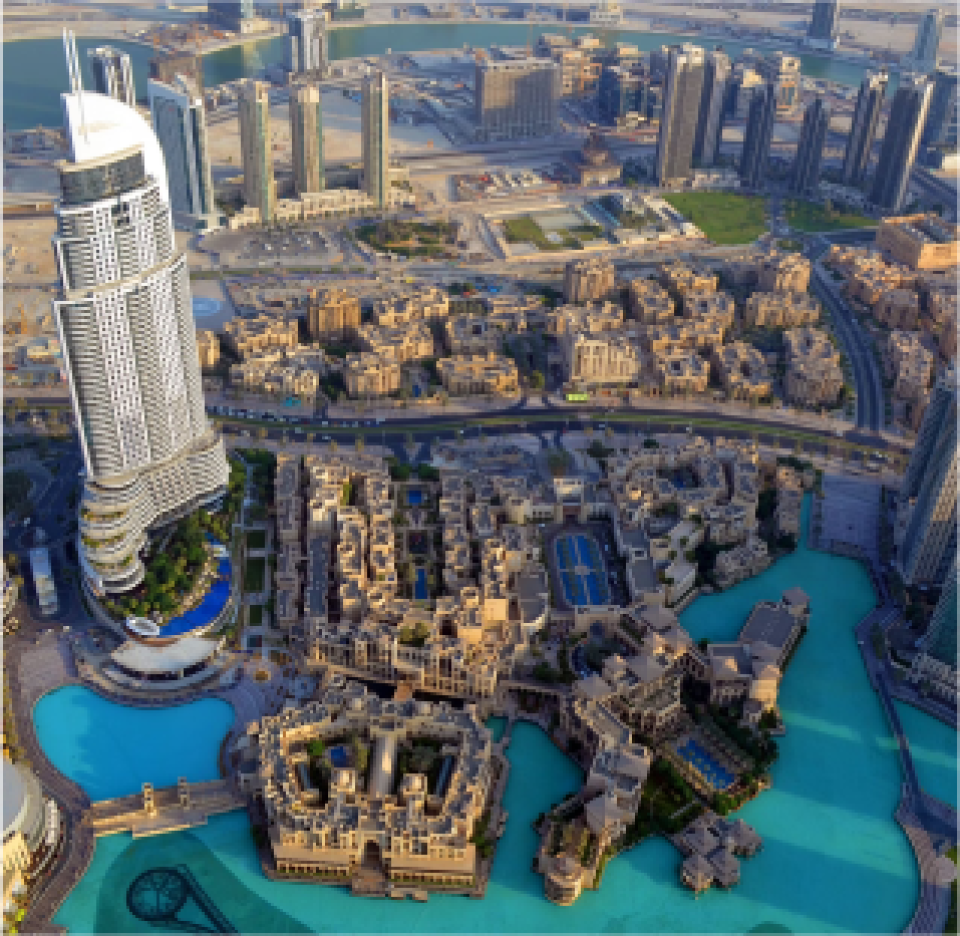
Sitting on the banks of the Danube, Golubac is a small town best recognised for its medieval fortress standing prominently atop a hill overlooking the river. With a storied history dating back to the 14th century, The Golubac Fortress is a significant cultural landmark that has been instrumental to the region's defence.
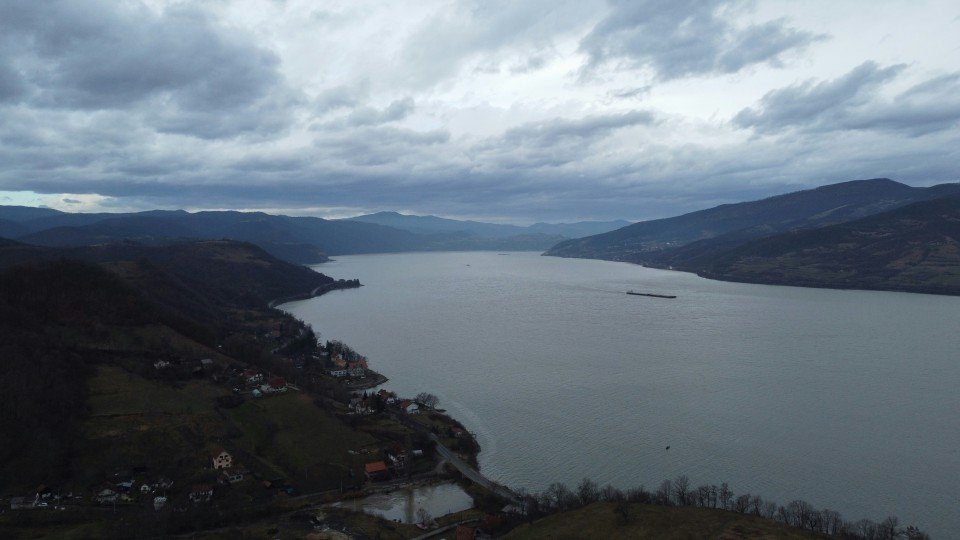
Donji Milanovac offers a breathtaking backdrop for exploration and relaxation, situated at the confluence of the Danube and the Iron Gate Gorge. Steeped in natural beauty, the town boasts stunning vistas of rugged cliffs and serene waters, adorned with archaeological sites including the Lepenski Vir, an ancient settlement dating back thousands of years.
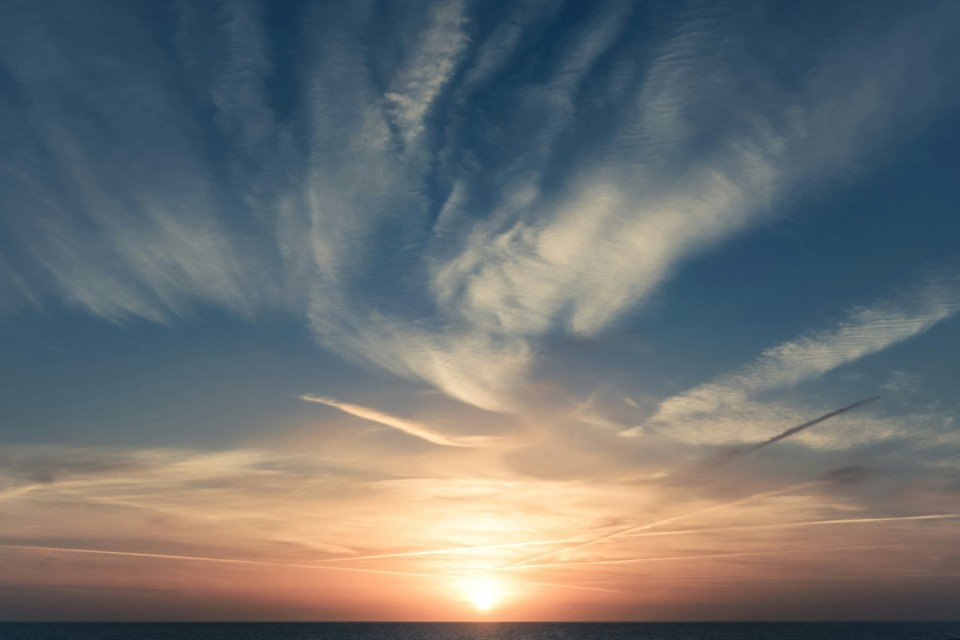
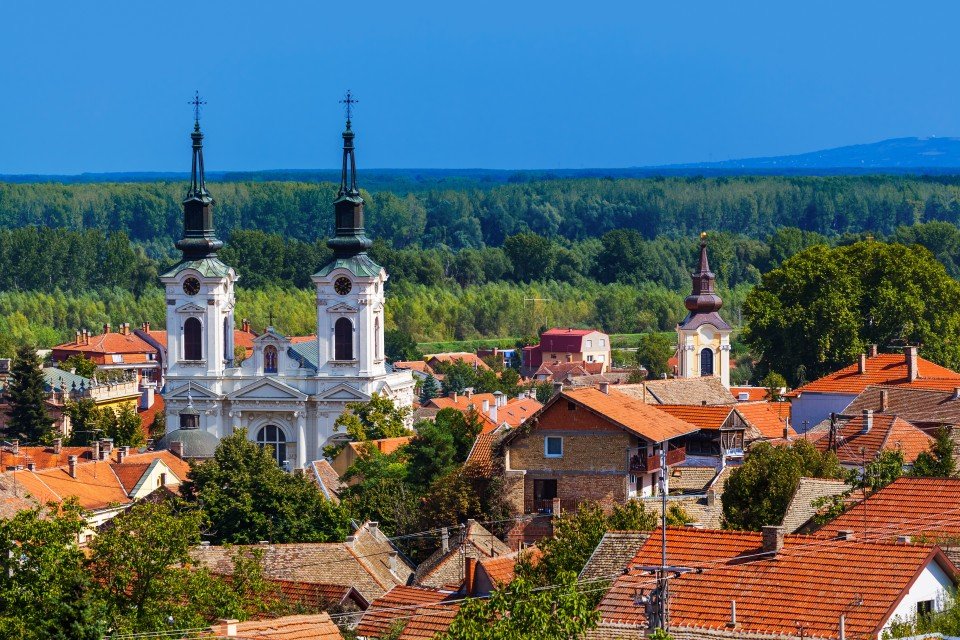
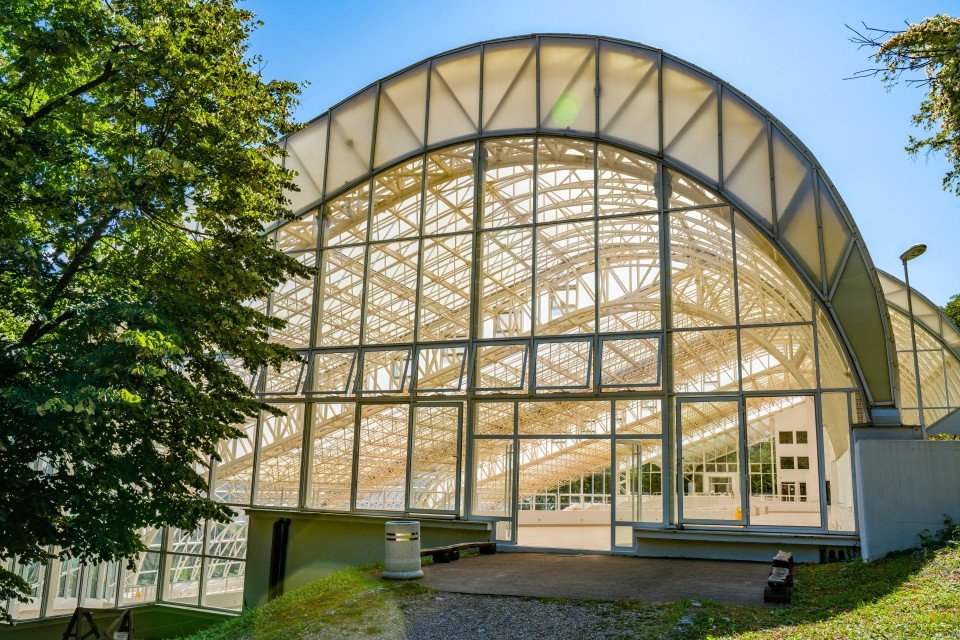
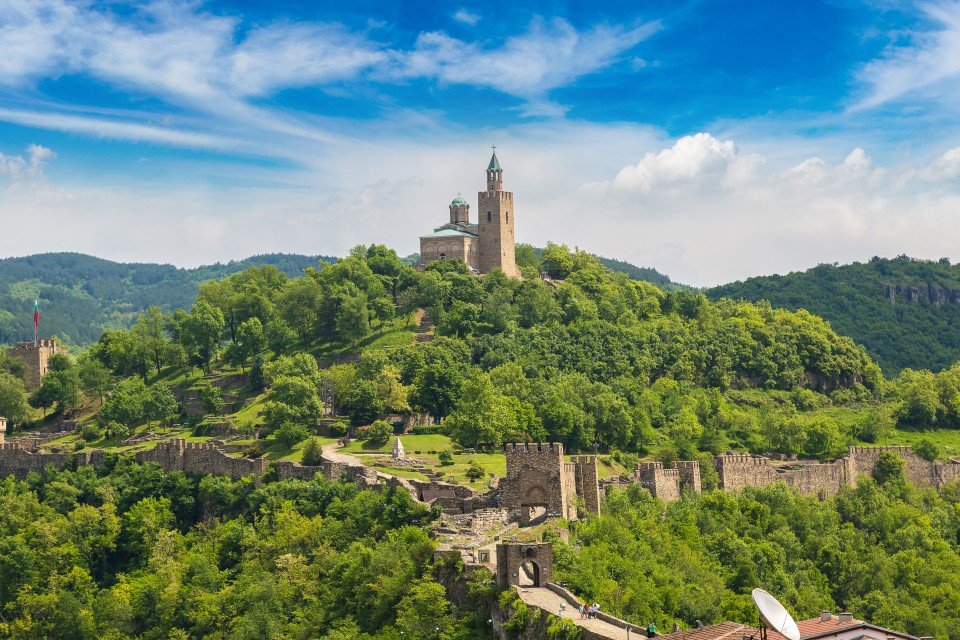
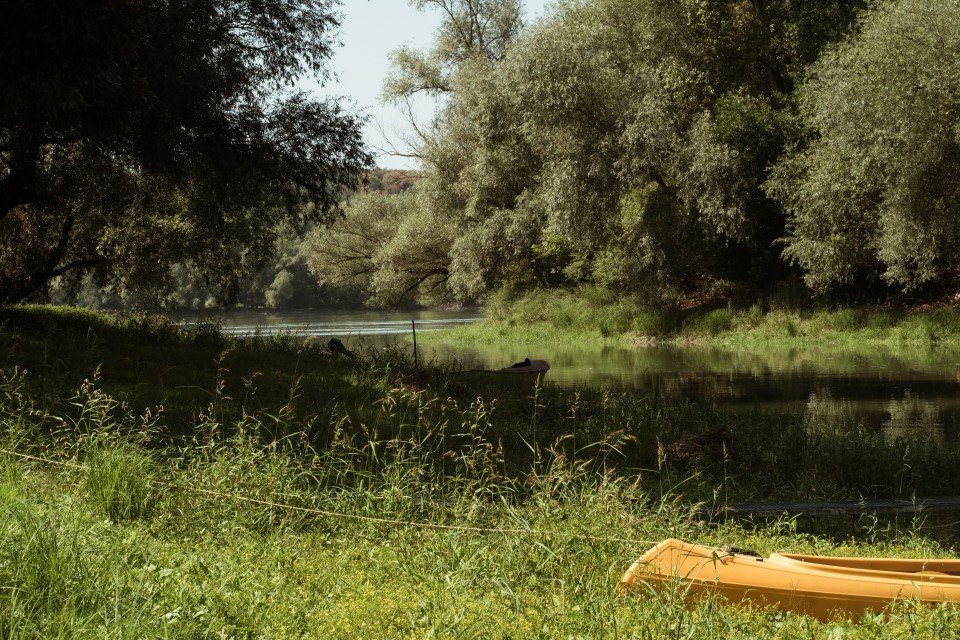

Bratislava is the capital city of Slovakia and is located along the Danube a river on the borders of Austria and Hungary. The city is surrounded by the Little Carpathians Mountains and vineyards as well as its iconic reconstructed Bratislava Castle overlooking Old Town. The castle offers a picturesque view of the city, the neighbouring countries and is home to the Museum of History. Bratislava offers a blend of historic and modern attractions including the Old Town Hall, now home to the Bratislava City Museum, the UFO Bridge, Martin’s Cathedral, Michael’s Gate and Blue Church St Elizabeth’s. Bratislava is home to one of the oldest city parks in Central Europe and is popular with walkers, runners and cyclists as is the city forest park and foothills of the Carpathian Mountains. The city is popular for its locally brewed beers and has many micro-breweries and underground beer cellars. The local cuisine of Bratislava is an eclectic influence of European cultures including Slovak, Hungarian, Austrian and German and serves as a reminder of the history of this cosmopolitan city. However, visitors will find an array of offerings to suit all tastes with lunch being the main meal of the day and roast goose with lokse considered a signature dish of the area.

The infinite variety of street life, the nooks and crannies of the medieval Barri Gòtic, the ceramic tile and stained glass of Art Nouveau facades, the art and music, the throb of street life, the food (ah, the food!)—one way or another, Barcelona will find a way to get your full attention. The capital of Catalonia is a banquet for the senses, with its beguiling mix of ancient and modern architecture, tempting cafés and markets, and sun-drenched Mediterranean beaches. A stroll along La Rambla and through waterfront Barceloneta, as well as a tour of Gaudí's majestic Sagrada Famíliaand his other unique creations, are part of a visit to Spain's second-largest city. Modern art museums and chic shops call for attention, too. Barcelona's vibe stays lively well into the night, when you can linger over regional wine and cuisine at buzzing tapas bars.

If you look north of the cathedral (La Seu, or the seat of the bishopric, to Mallorcans) on a map of the city of Palma, you can see around the Plaça Santa Eulàlia a jumble of tiny streets that made up the earliest settlement. Farther out, a ring of wide boulevards traces the fortifications built by the Moors to defend the larger city that emerged by the 12th century. The zigzags mark the bastions that jutted out at regular intervals. By the end of the 19th century, most of the walls had been demolished; the only place where you can still see the massive defenses is at Ses Voltes, along the seafront west of the cathedral.A torrent (streambed) used to run through the middle of the old city, dry for most of the year but often a raging flood in the rainy season. In the 17th century it was diverted to the east, along the moat that ran outside the city walls. Two of Palma's main arteries, La Rambla and the Passeig d'es Born, now follow the stream's natural course. The traditional evening paseo (promenade) takes place on the Born.If you come to Palma by car, park in the garage beneath the Parc de la Mar (the ramp is just off the highway from the airport, as you reach the cathedral) and stroll along the park. Beside it run the huge bastions guarding the Almudaina Palace; the cathedral, golden and massive, rises beyond. Where you exit the garage, there's a ceramic mural by the late Catalan artist and Mallorca resident Joan Miró, facing the cathedral across the pool that runs the length of the park.If you begin early enough, a walk along the ramparts at Ses Voltes from the mirador beside the cathedral is spectacular. The first rays of the sun turn the upper pinnacles of La Seu bright gold and then begin to work their way down the sandstone walls. From the Parc de la Mar, follow Avinguda Antoni Maura past the steps to the palace. Just below the Plaça de la Reina, where the Passeig d'es Born begins, turn left on Carrer de la Boteria into the Plaça de la Llotja (if the Llotja itself is open, don't miss a chance to visit—it's the Mediterranean's finest Gothic-style civic building). From there stroll through the Plaça Drassana to the Museu d'Es Baluard, at the end of Carrer Sant Pere. Retrace your steps to Avinguda Antoni Maura. Walk up the Passeig d'es Born to Plaça Joan Carles I, then right on Avenida de La Unió.
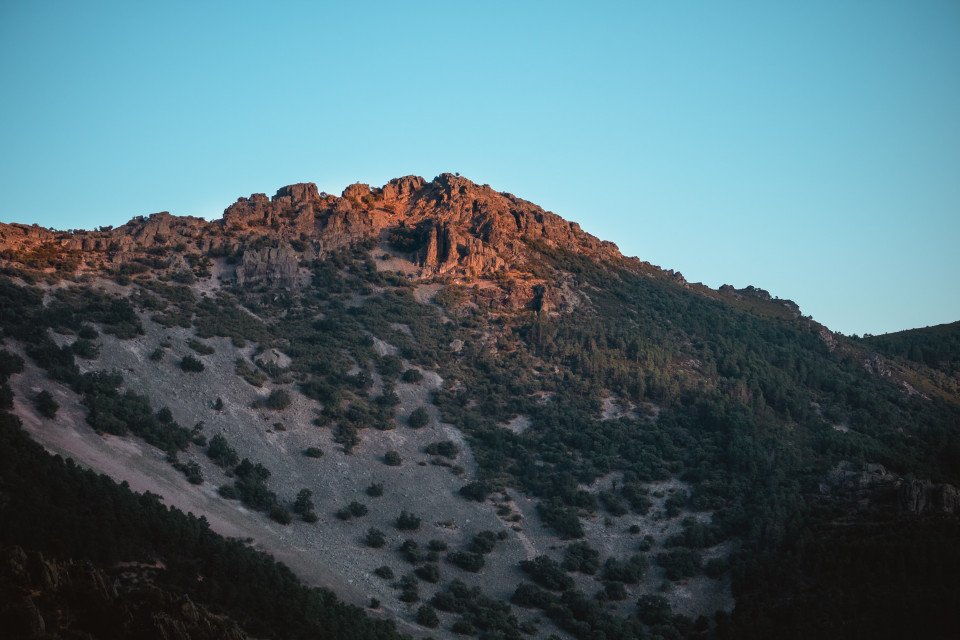
Famed for its 12th Century prestigious university, Salamanca captivates visitors with an impressive blend of history, culture and academia. Home to architectural marvels, such as the ornately decorated Plaza Mayor and stunning Salamanca Cathedral, Salamanca showcases centuries of artistic heritage alongside a lively nightlife buzzing with vibrant tapas bars, cafes and flamenco venues.

Believed to be the oldest town on the Iberian Peninsula, the Andalusian port of Cádiz enjoys a stunning location at the edge of a six-mile promontory. The town itself, with 3,000 years of history, is characterised by pretty white houses with balconies often adorned with colourful flowers. As you wander around be sure to take a stroll through the sizeable Plaza de Espãna, with its large monument dedicated to the first Spanish constitution, which was signed here in 1812. Cádiz has two pleasant seafront promenades which boast fine views of the Atlantic Ocean, and has a lovely park, the Parque Genoves, located close to the sea with an open-air theatre and attractive palm garden. Also notable is the neo-Classical cathedral, capped by a golden dome.
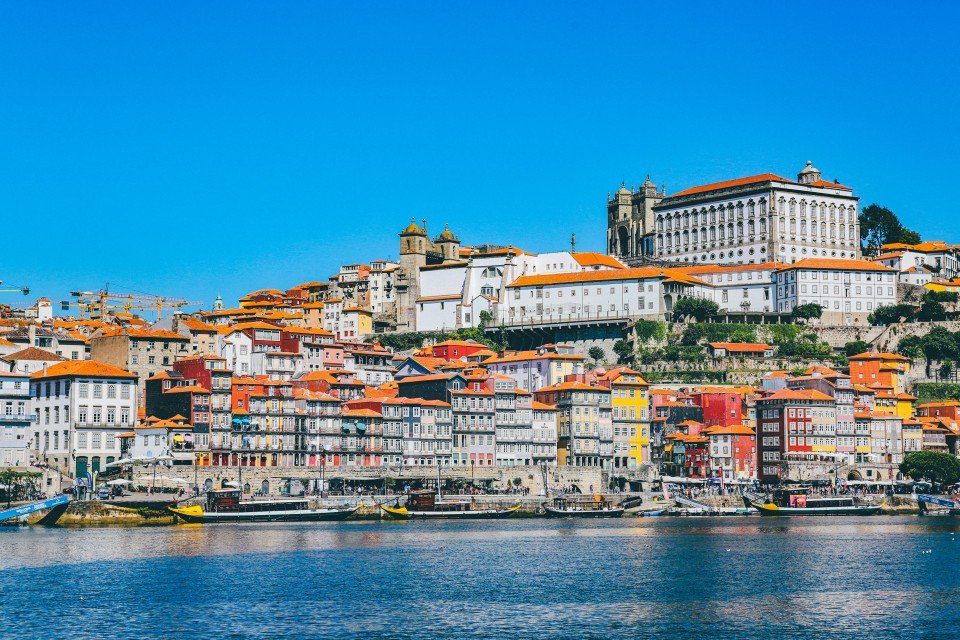
A gateway to the Douro Valley, Vega de Terrón is a port town offering its visitors access to the breathtaking landscapes and magnificent vineyards of the region. Located close to the Spanish border in North-East Portugal, near the Spanish town of Barca d'Alva, the town serves as a strategic base to explore both Portuguese and Spanish cultural gems.
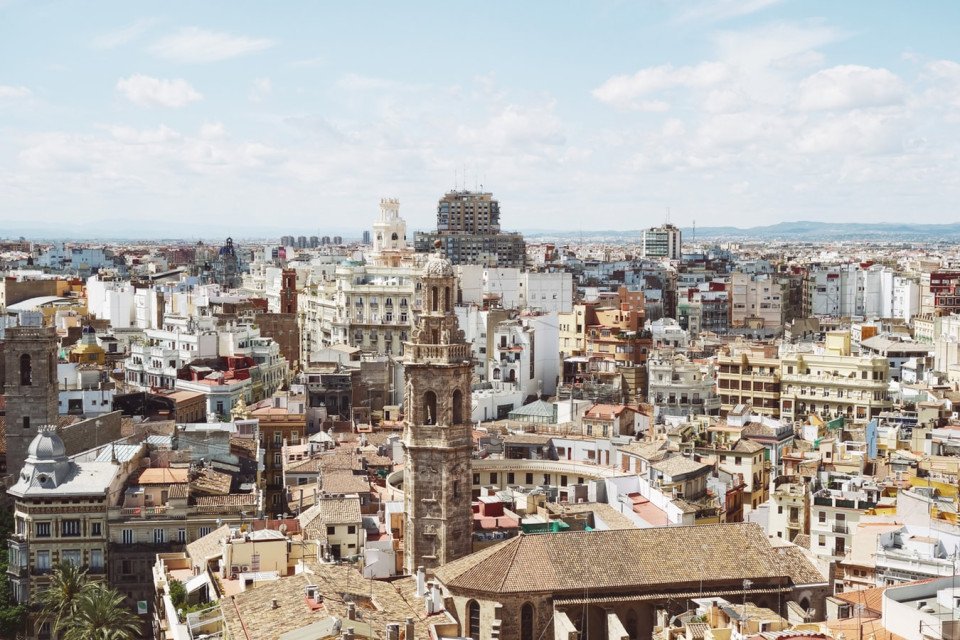
Valencia, Spain's third-largest municipality, is a proud city with a thriving nightlife and restaurant scene, quality museums, and spectacular contemporary architecture, juxtaposed with a thoroughly charming historic quarter, making it a popular destination year in year out. During the Civil War, it was the last seat of the Republican Loyalist government (1935–36), holding out against Franco’s National forces until the country fell to 40 years of dictatorship. Today it represents the essence of contemporary Spain—daring design and architecture along with experimental cuisine—but remains deeply conservative and proud of its traditions. Though it faces the Mediterranean, Valencia's history and geography have been defined most significantly by the River Turia and the fertile huerta that surrounds it.The city has been fiercely contested ever since it was founded by the Greeks. El Cid captured Valencia from the Moors in 1094 and won his strangest victory here in 1099: he died in the battle, but his corpse was strapped into his saddle and so frightened the besieging Moors that it caused their complete defeat. In 1102 his widow, Jimena, was forced to return the city to Moorish rule; Jaume I finally drove them out in 1238. Modern Valencia was best known for its frequent disastrous floods until the River Turia was diverted to the south in the late 1950s. Since then the city has been on a steady course of urban beautification. The lovely bridges that once spanned the Turia look equally graceful spanning a wandering municipal park, and the spectacularly futuristic Ciutat de les Arts i les Ciències (City of Arts and Sciences), most of it designed by Valencia-born architect Santiago Calatrava, has at last created an exciting architectural link between this river town and the Mediterranean. If you're in Valencia, an excursion to Albufera Nature Park is a worthwhile day trip.
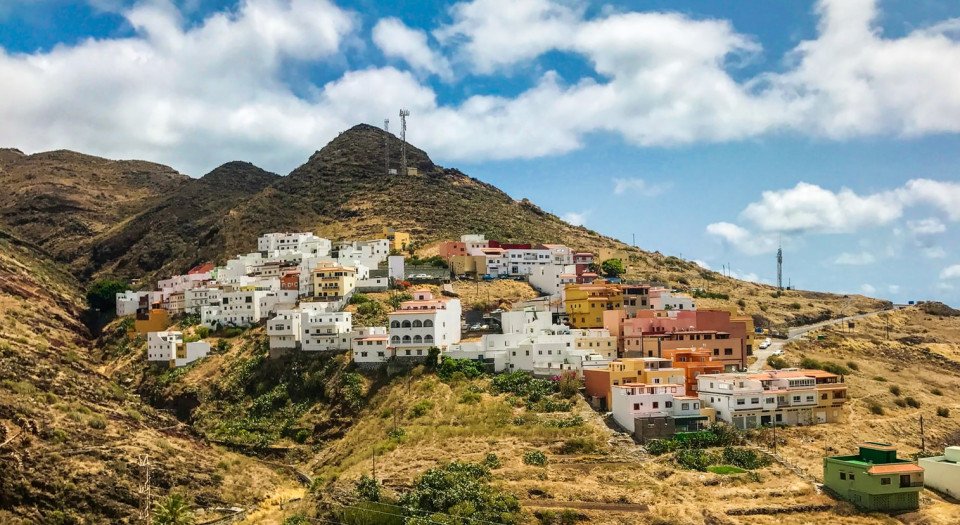
The largest of the Canary Islands, Tenerife is a beautiful and scenic island which enjoys year-round sunshine and is dominated by Mount Teide. The mountain range runs through the centre of the island, with fertile valleys on the northern side. In the central part of the range is the gigantic natural crater of the Cañadas del Teide, about 14 miles in diameter. Santa Cruz, the island’s pretty capital, was originally a small fishing village but has now grown into a modern city, and also contains 16th-century civic buildings and ornate private mansions. Near the pier is the Santa Cruz Palmetum, a Botanical Garden covering an area of 29 acres, specialising in palms.
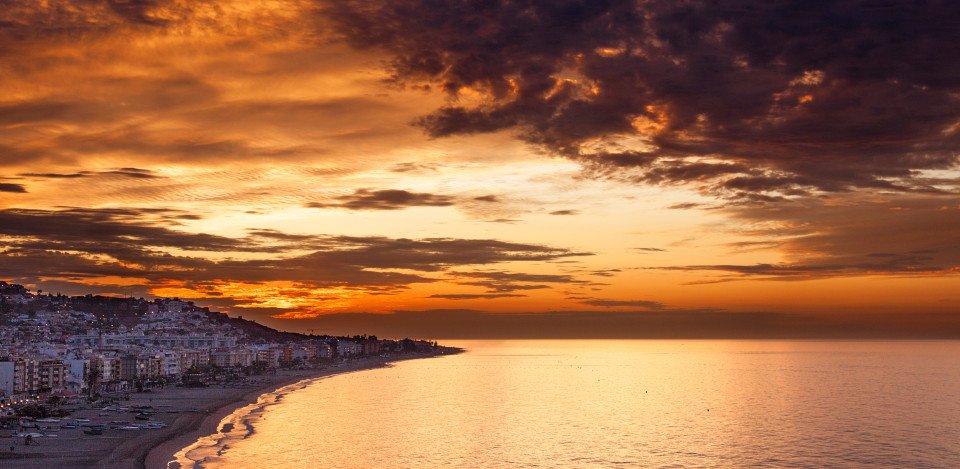
As you sail into Malaga you will notice what an idyllic setting the city enjoys on the famous Costa del Sol. To the east of this provincial capital, the coast along the region of La Axarqua is scattered with villages, farmland and sleepy fishing hamlets - the epitome of traditional rural Spain. To the west stretches a continuous city where the razzmatazz and bustle creates a colourful contrast that is easily recognisable as the Costa del Sol. Surrounding the region, the Penibéetica Mountains provide an attractive backdrop overlooking the lower terraced slopes which yield olives and almonds. This spectacular mountain chain shelters the province from cold northerly winds, giving it a reputation as a therapeutic and exotic place in which to escape from cold northern climes. Malaga is also the gateway to many of Andalusia's enchanting historic villages, towns and cities.
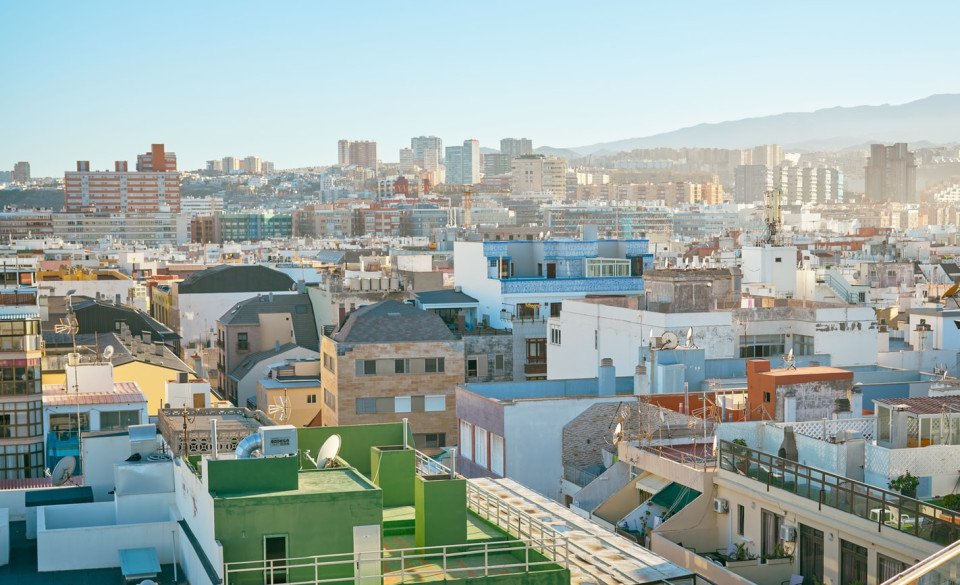
Perhaps the prettiest of the Canary Islands, Gran Canaria is an almost circular isle with the peak of Pozo de Las Nieves, its highest point, at the centre. With a wealth of natural beauty and all the exciting attractions of city life in the capital, the island offers the best of both worlds. You will no doubt wish to see the sights of the capital’s old quarter, which dates back to the 15th century and encompassses the Vegueta and Triana districts, and wherever you go you can enjoy the glorious subtropical climate, perfect for growing exotic palms and fruits.

A Mediterranean city and naval station located in the Region of Murcia, southeastern Spain, Cartagena’s sheltered bay has attracted sailors for centuries. The Carthaginians founded the city in 223BC and named it Cartago Nova; it later became a prosperous Roman colony, and a Byzantine trading centre. The city has been the main Spanish Mediterranean naval base since the reign of King Philip II, and is still surrounded by walls built during this period. Cartagena’s importance grew with the arrival of the Spanish Bourbons in the 18th century, when the Navidad Fortress was constructed to protect the harbour. In recent years, traces of the city’s fascinating past have been brought to light: a well-preserved Roman Theatre was discovered in 1988, and this has now been restored and opened to the public. During your free time, you may like to take a mini-cruise around Cartagena's historic harbour: these operate several times a day, take approximately 40 minutes and do not need to be booked in advance. Full details will be available at the port.

Also known as ‘La Isla Bonita’ (the beautiful island), La Palma is typified by lush forests of pine, laurel and fern which contrast with the rugged splendour of the gigantic Taburiente crater. The island is dotted with attractive villages, which are a delight to discover, and the capital Santa Cruz also makes for an interesting day of exploration. Perched on the edge of the volcanic crater of La Caldereta, Santa Cruz comfortably blends modern architecture with old colonial buildings. Perhaps visit the fascinating Natural History Museum, stroll around the historic quarters and the Plaza de Espana or travel a few miles outside the city to the exquisite Church of Our Lady. If you enjoy shopping, you can find reasonably priced silver jewellery, leather goods and beautifully embroidered clothes, tablecloths and napkins, a speciality of the Canary Islands.
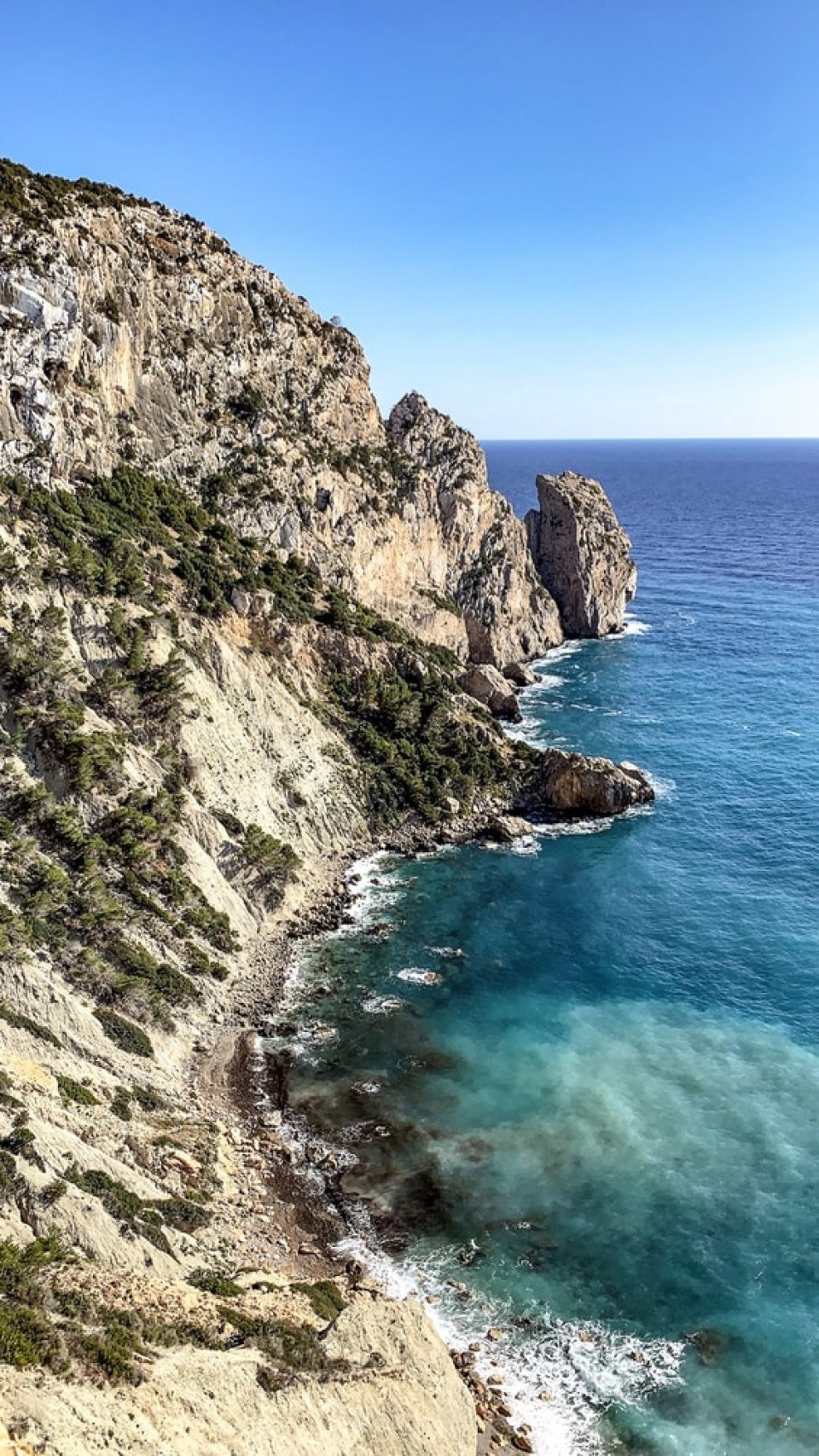
Hedonistic and historic, Eivissa (Ibiza, in Castilian) is a city jam-packed with cafés, nightspots, and trendy shops; looming over it are the massive stone walls of Dalt Vila —the medieval city declared a UNESCO World Heritage site in 1999—and its Gothic cathedral. Squeezed between the north walls of the old city and the harbor is Sa Penya, a long labyrinth of stone-paved streets that offer some of the city's best offbeat shopping, snacking, and exploring. The tourist information office on Vara de Rey has a useful map of walks through the old city.
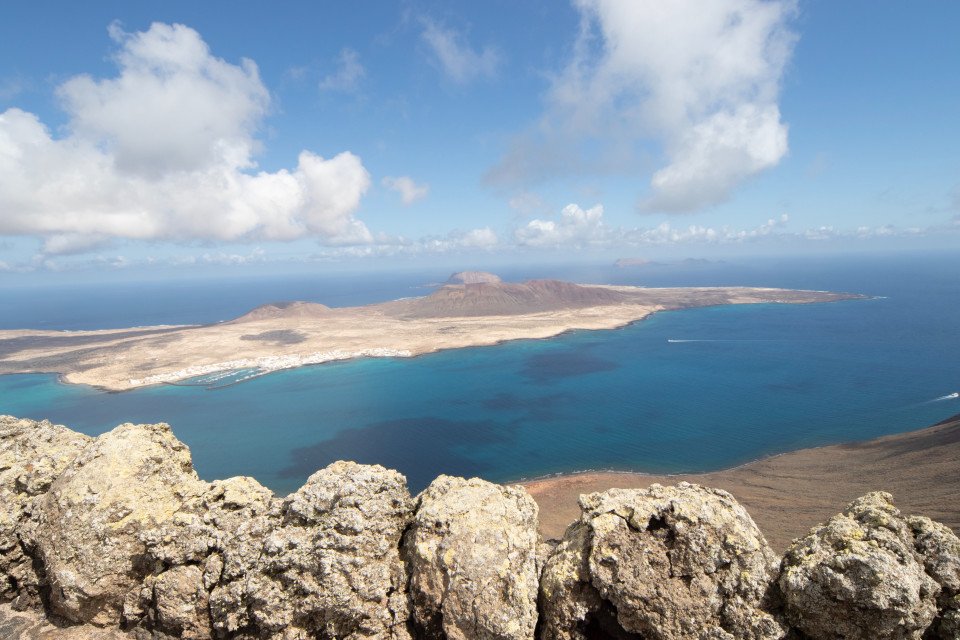

A volcanic island designated a UNESCO Biosphere Reserve, Lanzarote’s dramatic landscapes were shaped by an explosive past. Today, its pretty beaches and virtual absence of rain together with duty-free shopping make the island an extremely desirable destination. The main port and capital, Arrecife, is a pleasant town with a modern seafront and colourful gardens. Outside the capital there is plenty to explore, from the dazzling white salt flats of Janubio and the rugged terrain of Fire Mountain to the eerie caves of Los Verdes and an array of unspoilt fishing villages scattered around the coast. The island is home to a great selection of restaurants and local specialities including garbanzos compuestos – a chickpea stew; papas arrugadas – potatoes with carrots, peas, ham and green pepper; and of course, plenty of fresh seafood. Please note that those planning to participate in one of the shore excursions from this port may need to take an early lunch on board ship to suit the excursion schedules.
-banner_half.jpg)
La Coruña, the largest city in Spain's Galicia region, is among the country's busiest ports. The remote Galicia area is tucked into the northwest corner of the Iberian Peninsula, surprising visitors with its green and misty countryside that is so much unlike other parts of Spain. The name "Galicia" is Celtic in origin, for it was the Celts who occupied the region around the 6th-century BC and erected fortifications. La Coruña was already considered an important port under the Romans. They were followed by an invasion of Suevians, Visigoths and, much later in 730, the Moors. It was after Galicia was incorporated into the Kingdom of Asturias that the epic saga of the Pilgrimage to Santiago (St. James) began. From the 15th century, overseas trade developed rapidly; in 1720, La Coruña was granted the privilege of trading with America - a right previously only held by Cadiz and Seville. This was the great era when adventurous men voyaged to the colonies and returned with vast riches. Today, the city's significant expansion is evident in three distinct quarters: the town centre located along the isthmus; the business and commercial centre with wide avenues and shopping streets; and the "Ensanche" to the south, occupied by warehouses and factories. Many of the buildings in the old section feature the characteristic glazed façades that have earned La Coruña the name "City of Crystal." Plaza Maria Pita, the beautiful main square, is named after the local heroine who saved the town in 1589 when she seized the English standard from the beacon and gave the alarm, warning her fellow townsmen of the English attack.

Time in Bilbao (Bilbo, in Euskera) may be recorded as BG or AG (Before Guggenheim or After Guggenheim). Never has a single monument of art and architecture so radically changed a city. Frank Gehry's stunning museum, Norman Foster's sleek subway system, the Santiago Calatrava glass footbridge and airport, the leafy César Pelli Abandoibarra park and commercial complex next to the Guggenheim, and the Philippe Starck AlhóndigaBilbao cultural center have contributed to an unprecedented cultural revolution in what was once the industry capital of the Basque Country.Greater Bilbao contains almost 1 million inhabitants, nearly half the total population of the Basque Country. Founded in 1300 by Vizcayan noble Diego López de Haro, Bilbao became an industrial center in the mid-19th century, largely because of the abundance of minerals in the surrounding hills. An affluent industrial class grew up here, as did the working class in suburbs that line the Margen Izquierda (Left Bank) of the Nervión estuary.Bilbao's new attractions get more press, but the city's old treasures still quietly line the banks of the rust-color Nervión River. The Casco Viejo (Old Quarter)—also known as Siete Calles (Seven Streets)—is a charming jumble of shops, bars, and restaurants on the river's Right Bank, near the Puente del Arenal bridge. This elegant proto-Bilbao nucleus was carefully restored after devastating floods in 1983. Throughout the Casco Viejo are ancient mansions emblazoned with family coats of arms, wooden doors, and fine ironwork balconies. The most interesting square is the 64-arch Plaza Nueva, where an outdoor market is pitched every Sunday morning.Walking the banks of the Nervión is a satisfying jaunt. After all, this was how—while out on a morning jog—Guggenheim director Thomas Krens first discovered the perfect spot for his project, nearly opposite the right bank's Deusto University. From the Palacio de Euskalduna upstream to the colossal Mercado de la Ribera, parks and green zones line the river. César Pelli's Abandoibarra project fills in the half mile between the Guggenheim and the Euskalduna bridge with a series of parks, the Deusto University library, the Meliá Bilbao Hotel, and a major shopping center.On the left bank, the wide, late-19th-century boulevards of the Ensanche neighborhood, such as Gran Vía (the main shopping artery) and Alameda de Mazarredo, are the city's more formal face. Bilbao's cultural institutions include, along with the Guggenheim, a major museum of fine arts (the Museo de Bellas Artes) and an opera society (Asociación Bilbaína de Amigos de la Ópera, or ABAO) with 7,000 members from Spain and southern France. In addition, epicureans have long ranked Bilbao's culinary offerings among the best in Spain. Don't miss a chance to ride the trolley line, the Euskotram, for a trip along the river from Atxuri Station to Basurto's San Mamés soccer stadium, reverently dubbed "la Catedral del Fútbol" (the Cathedral of Football).

Dating from Roman times, the Galician city of Vigo has a fine natural harbour and is renowned as the biggest fishing port in the world. It is also full of history - it was in this fjord-like quay that the English and Dutch defeated the French and Spanish fleets in 1702. Today, the attractive marinas stand in contrast to the industrialised areas of the city, while further exploration will reveal the characteristic 17th-century architecture and attractive countryside beyond. The charming Old Town is a delight, with its labyrinth of winding narrow streets and shaded squares. Nearby is the Cathedral city of Tui, and further to the north is the pilgrimage centre of Santiago de Compostela, which can be reached by car in approximately 1¼ hours.

One of the best ways to arrive in Catalonia is by sea, especially via the Costa Brava. This coastline, also known as the Rugged or Wild Coast, stretches from Blanes to the French border. Its name aptly refers to the steep cliff of ancient twisted rocks, which runs its entire length and is bounded inland by the Catalan mountain ranges. The intensity of the coast’s colour, the ruggedness of the rocks and the scent of the plants all combine to add to its attraction. The history of this region is long and varied. Traces can be found of the advanced culture of the Iberians, Greeks, Romans, Visigoths and Arabs. With Wilfred I and the independence of Catalan countries, the Catalan dynasty was born. Later, in 1479, Catalonia became a part of unified Spain following the marriage of Isabel, Queen of Castile, and Fernando, King of Aragon. The port of Palamos, some 36 miles northeast of Barcelona, has been in existence for nearly 700 years thanks to its location on one of the deepest natural bays in the western Mediterranean. The town itself is the southernmost of a series of resorts popular with sun worshippers. For the most part, Palamos has managed to retain some of the charm of a fishing village. The port also serves as a gateway to such inland locations as Girona, the capital of the province. Art lovers may want to visit Figueras, famous for its bizarre Teatre-Museu Dali, the foremost of a series of sites associated with the eccentric surrealist artist, Salvador Dali. If you choose to stay in Palamos, you can enjoy the pleasant atmosphere of the town or spend some time at a nearby beach. The town has a long seagoing tradition and busy harbour. The fish auction, prompted by the arrival of the fishing boats, is a spectacle worth seeing. The Fishing Museum illustrates the history and the life of the families who live off the sea.

The second-largest of the Canaries after Tenerife, Fuerteventura is geologically the oldest of all the islands in the archipelago. It has the longest coastline and is blessed with gentle valleys and sweeping plains. Near the capital, Puerto del Rosario, there are lovely beaches, and other beaches in the north and south of the island can be compared with the best in the world. Among the features of the island are its windmills, dotted around the landscape - evidence of the island's traditional agriculture. Puerto del Rosario, the capital, is on the east coast and was originally a watering-hole used by local farmers for their goats. In the early 19th century, Maria Estrada opened a tavern here, which paved the way for the development of the port. It has been the island’s capital since 1860. Among its attractions are the old harbour area, with its narrow alleyways lined with picturesque Canarian-style houses, and the Church of Nuestra Senora del Rosario.
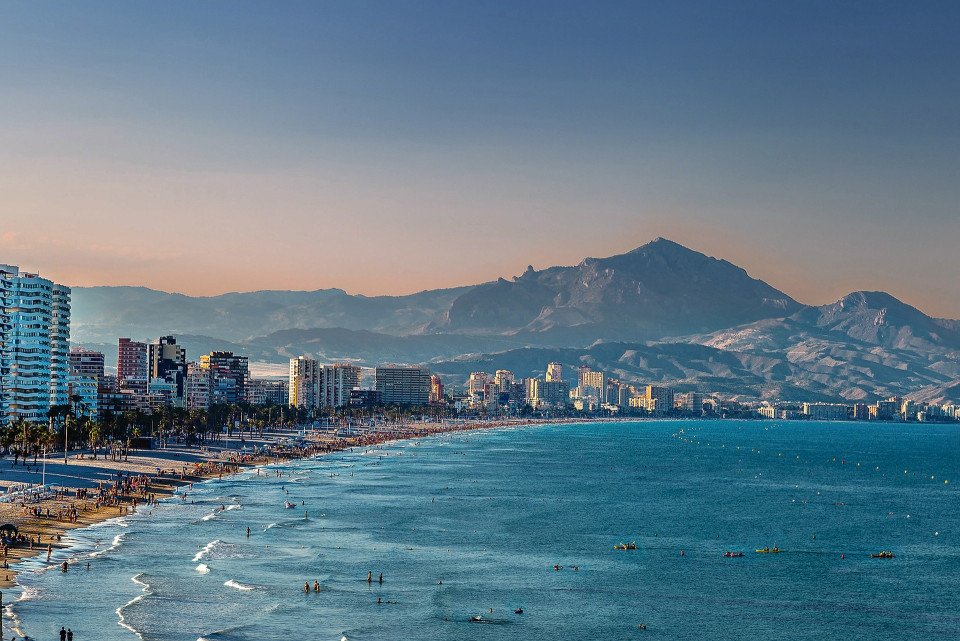
The provincial capital of the Valencian Community serves as a gateway to the huge influx of tourists that flock to the Costa Blanca resorts every year. Alicante is popular with holidaymakers who arrive for the warm, Mediterranean climate and seemingly endless golden beaches. However, there is much more to this city than sand and sun. With a picturesque waterfront, a hugely impressive castle, buzzing nightlife and a rich, complex history, Alicante is a fascinating destination all year round.
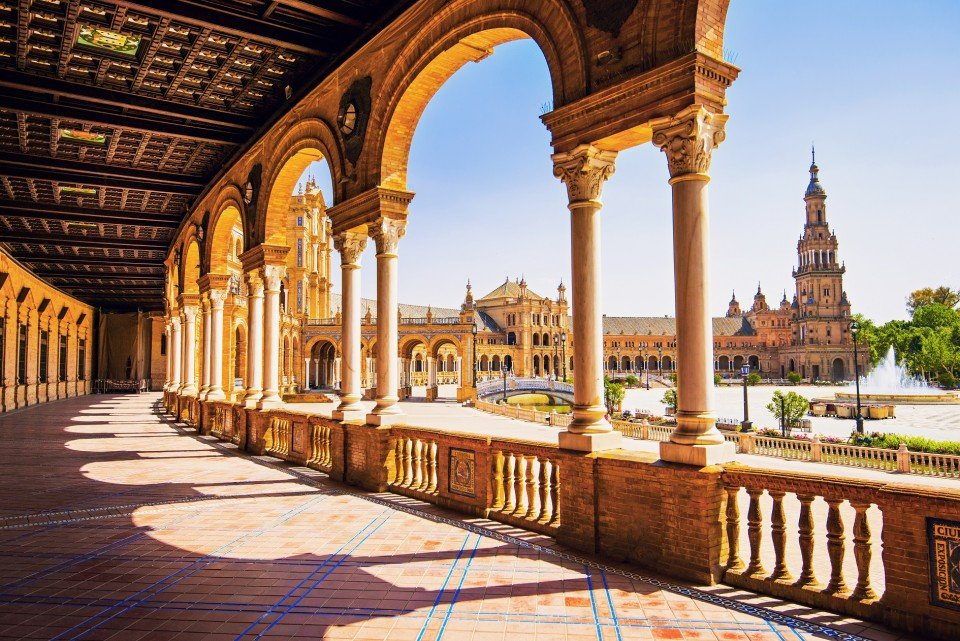
Whether you pronounce it Seville or Sevilla, this gorgeous Spanish town is most certainly the stuff of dreams. Over 2,200 years old, Seville has a mutli-layered personality; home to Flamenco, high temperatures and three UNESCO-World Heritage Sites, there is a noble ancestry to the southern Spanish town. Not forgetting that it is the birthplace of painter Diego Velazquez, the resting place of Christopher Columbus, the inspiration for Bizet’s Carmen and a location for Game of Thrones filming, Seville is truly more than just a sum of its parts. This city is a full on experience, a beguiling labyrinth of centuries old streets, tiny tapas restaurants serving possibly the best dishes you’ll taste south of Madrid and a paradise of Mudejar architecture and tranquil palm trees and fountain-filled gardens.

The capital of Menorca since 1721, Mahon has a impressive natural deep water harbour, which is one of the largest in the world. This, coupled with its strategic location, has made it a stronghold for many nations throughout history. Mahon has an abundance of historical buildings, the oldest being the Arch of Saint Roc which is all that remains of the wall that once encircled the whole town. The island was occupied by the British during the 18th century and Lord Nelson is thought to have stayed there. Indeed, San Antoni Mansion, located on the north side of the harbour, houses a collection of Nelson memorabilia. The legacy of colonial rule can be seen in the muted Georgian style of some of the buildings, but Mahon still boasts attractive examples of neo-Classical, Baroque and Romanesque architecture. With narrow streets to explore, pleasant shaded squares and welcoming pavement cafés, there is something for everyone to enjoy. Please be aware that most shops in town close for a siesta between 1330 and 1730.

El Ferrol has been inextricably linked to the sea for more than two millennia, being a major shipbuilding centre for most of its history. From its beginnings as a tiny fishing port in the 1st century BC, it endured conquests by Vandals, Suebis, Arabs and Christians. With the arrival of the Bourbons in the 18th century, Ferrol became a leading maritime centre, largely due to its large natural harbour on the Ferrol Inlet, an arm of the Atlantic. Now a large commercial port, Ferrol is also the gateway to the northern Spanish province of Galicia, a region noted for its green mountains, deep gorges and fast-flowing rivers. It is also well placed for visiting the medieval holy city of Santiago de Compostela. Interestingly, Ferrol's city centre is modelled on Lisbon in Portugal, a country with which it has strong historical and linguistic ties. The layout comprises of a rectangle lined with six parallel streets, with two squares on each side. These squares have the city's best shops, restaurants and bars.

The autonomous city of Melilla is a Spanish enclave located on the Mediterranean Rif coast of North Africa, bordering Morocco. Its chequered past embraced periods of Phoenician, Punic, Roman and Byzantine rule before it was conquered by Spain in 1497. The latter part of the 19th century and the first quarter of the 20th century saw hostilities between Rif berbers and the Spanish, with the latter finally reinstating their control in 1927. The city was used by General Franco as one of the staging points for the rebellion of 1936. As part of the Spanish protectorate, Melilla developed the architectural style of 'Modernisme', the Catalan version of Art Nouveau, and boasts the second most important concentration of Modernist works in Spain, after Barcelona.

Motril is located in the Spanish region of Andalucia on the Costa Tropical. It is the biggest town on the Costa with a thriving commercial, fishing and leisure port. An hour and a half's drive east of Malaga and within easy reach of the magnificent Sierra Nevada mountain range, Motril makes an ideal base for exploring the many delights of the Andalucian coastline and its hinterland. Halfway between the resorts of Malaga to the west and Almeria to the east, nestling in the foothills of the Sierra Lujar mountains, Motril is at the heart of one of the most fertile and productive agricultural areas of Spain. The Costa Tropical takes its name from its sub-tropical climate which enables the cultivation of exotic fruits and crops such as sugar cane, oranges, lemons, apples, avocadoes, mangoes and bananas. One of the sights of Motril is the 17th-century church of Nuestra Señora de la Cabeza, dedicated to the town's patron saint.


The Campo Valdés baths, dating back to the 1st century AD, and other reminders of Gijón's time as an ancient Roman port remain visible downtown. Gijón was almost destroyed in a 14th-century struggle over the Castilian throne, but by the 19th century it was a thriving port and industrial city. The modern-day city is part fishing port, part summer resort, and part university town, packed with cafés, restaurants, and sidrerías.

Known as the ‘Round Isle’, La Gomera is one of the oldest and smallest of the Canary Islands. Perhaps overshadowed by the obvious charms of its neighbour, Tenerife, from a distance this cone-shaped volcanic isle with its massive grey skyline can appear foreboding. But once ashore, a different world awaits discovery. Steep valleys and ravines hide a host of surprises such as terraced fields and laurel rain forests. The climb to the top of the island reveals breathtaking views and some rare flora and fauna in the mist-covered heights of Garajonay National Park, a UNESCO World Heritage Site. With a relatively modest tourist industry and less explored than its neighbouring islands, La Gomera is a fascinating place to visit. San Sebastian is the capital and main port of the island, set on the east coast and with a distinctly rural feel, with a few small plazas and colourful houses lining the hillside. The port is famous for its visit by Christopher Columbus, who stopped here in 1492 before sailing to the Americas.
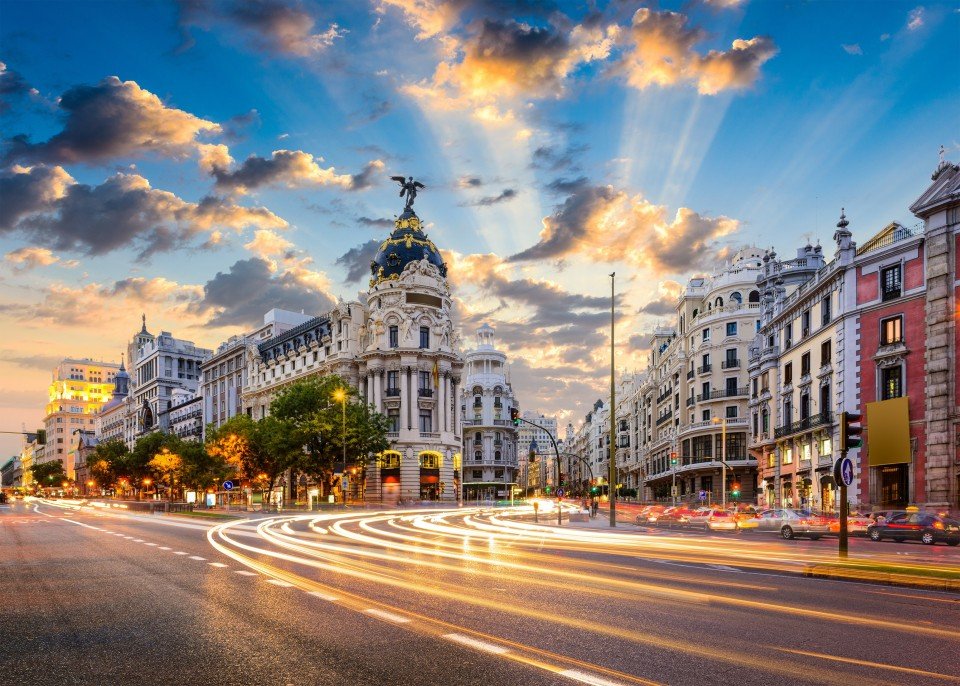

The autonomous city of Ceuta is a tiny Spanish city-enclave on the Moroccan side of the Straits of Gibraltar, separated from the Spanish mainland by just 12 miles. The city's strategic location has ensured it has endured a turbulent history, often being used as a trade and military outpost. Originally an old Carthaginian colony, it has since been held by the Romans, Vandals, Byzantines, and Arabs, and has been known as 'Abyla', 'Septem' and 'Cibta'. It was finally taken over by Spain in 1580 and has remained Spanish since then, with the name 'Ceuta'. Covering an area of just ten square miles, the enclave is dominated by the hill of Monte Hacho, sometimes believed to be the legendary Pillars of Hercules. With a fascinating mix of both Spanish and African influences and surrounded by massive 14th-century city walls, Ceuta has a charm and grandeur all of its own. As an autonomous region of Spain, Ceuta is part of the territory of the EU, but is considered a special low-tax zone. Leather goods, ceramics and embroidery are common purchases from the city.

Nestled in south-eastern Spain, Aguilas captivates visitors with stunning Mediterranean vistas and impressive cultural heritage. Home to charming beaches, architecture and a vibrant seaside promenade, Aguilas is an inviting spot for travellers to indulge in laid-back ambience and Spanish sun. Evidenced by its old fishing quarter and lively harbour, where colourful boats bob gently in the waters, the town is steeped in Maritime history and significance. Aguilas also hosts festivals, concerts and art exhibitions throughout the year, offering visitors a taste of authentic Spanish culture. Whether strolling along the palm-lined boulevards or savouring fresh seafood delicacies in local tavernas, Aguilas invites visitors to experience the essence of Spanish coastal living.
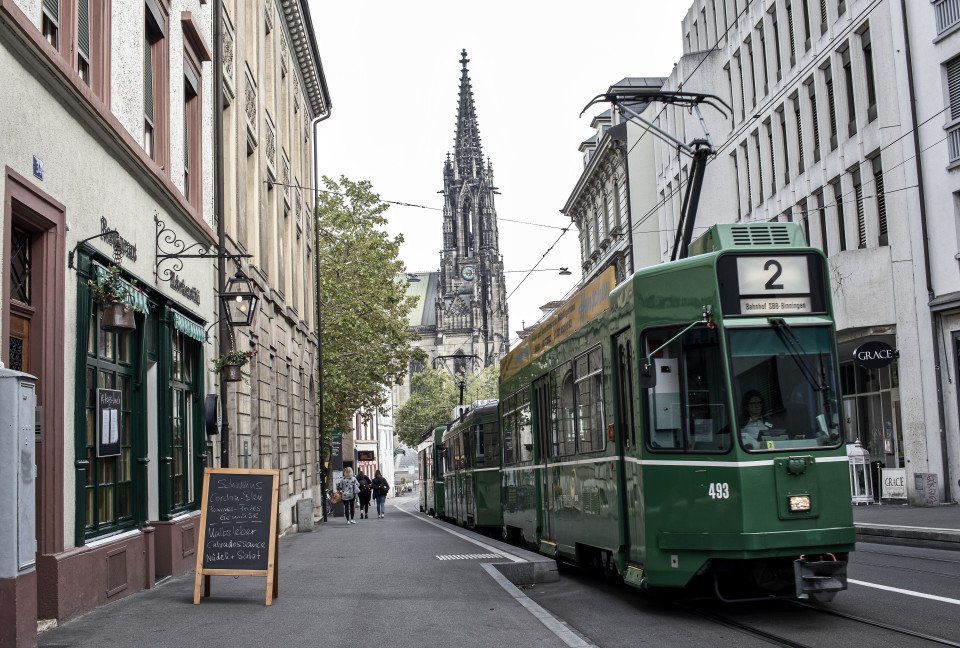
Basel is a city in northwestern Switzerland on the Swiss, French and German borders. It is located on the bend of the River Rhine and benefits from a Mediterranean climate. It is the third most populated city in Switzerland and has been the commercial hub for Swiss arts and culture since the Renaissance. In 1967 the people of Basel voted to acquire two paintings by Picasso, who was so moved by the Basel people that he donated 3 paintings and a study to the city's Kunstmuseum (Museum of Fine Arts). Visit the Augusta Raurica, one of the largest Roman archaeology parks in Switzerland, and enjoy a river crossings over the River Rhine by non-motorised ferries. During the summer months, time is spent outdoors, either swimming in the River Rhine, dining al fresco, enjoying open air concerts, cinema, street parties and festivals. Basel is home to over 20 restaurants that have won GaultMillau or Michelin awards, and boasts Switzerland's largest collection of theatre shows, including modern contemporary dance, touring and puppetry theatre.
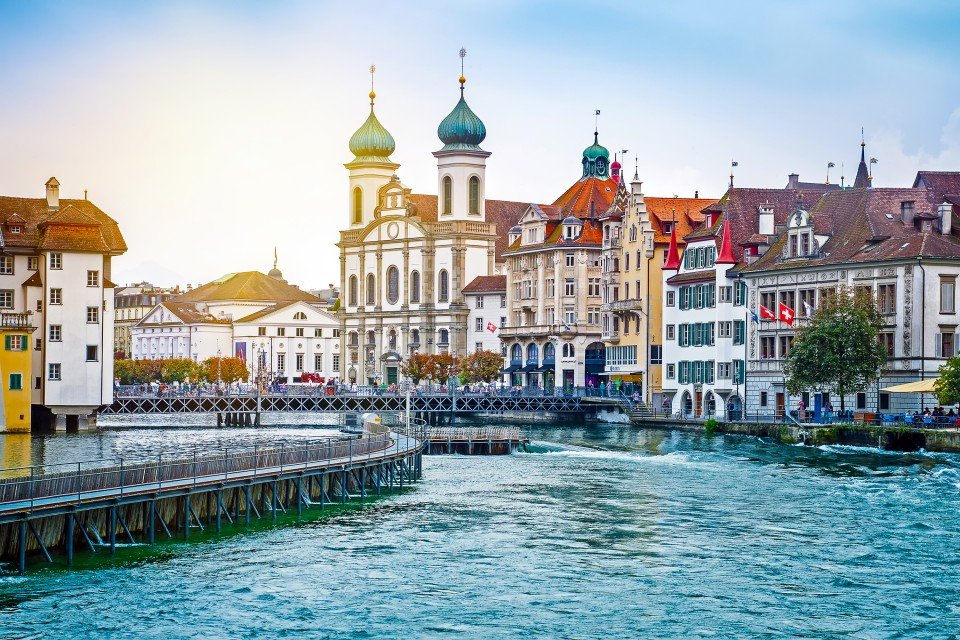
Lucerne, a compact city in Switzerland known for its preserved medieval architecture, sits amid snowcapped mountains on Lake Lucerne. Its colorful Altstadt (Old Town) is bordered on the north by 870m Museggmauer (Musegg Wall), a 14-century rampart. The covered Kapellbrücke (Chapel Bridge), built in 1333, links the Aldstadt to the Reuss River's right bank.

The city of Zurich, a global center for banking and finance, lies at the north end of Lake Zurich in northern Switzerland. The picturesque lanes of the central Altstadt (Old Town), on either side of the Limmat River, reflect its pre-medieval history. Waterfront promenades like the Limmatquai follow the river toward the 17th-century Rathaus
